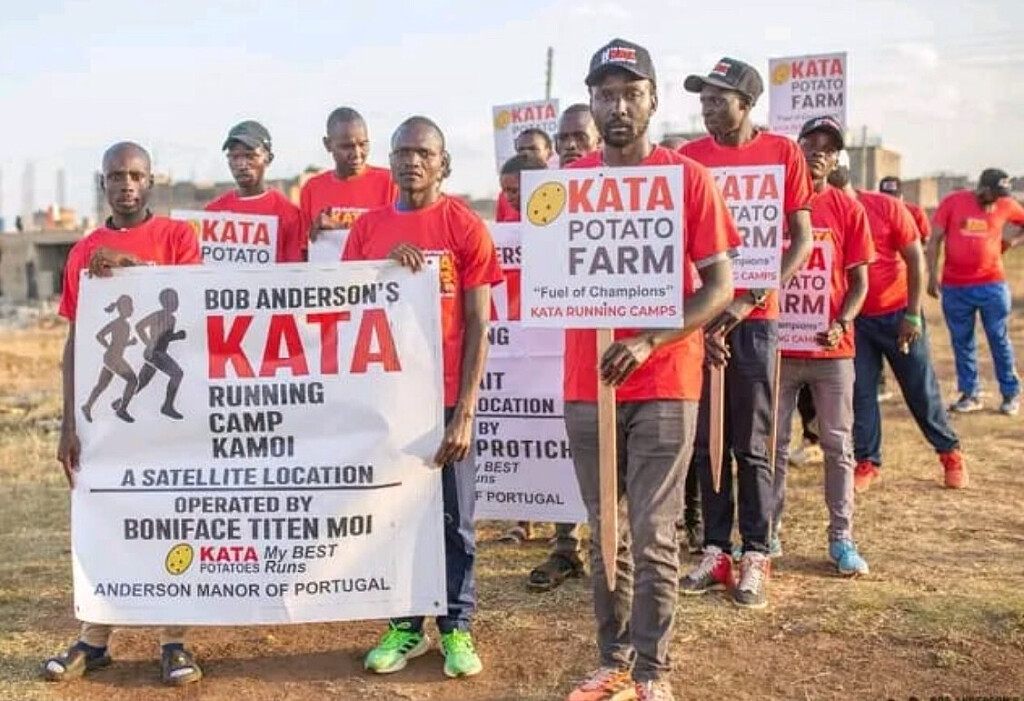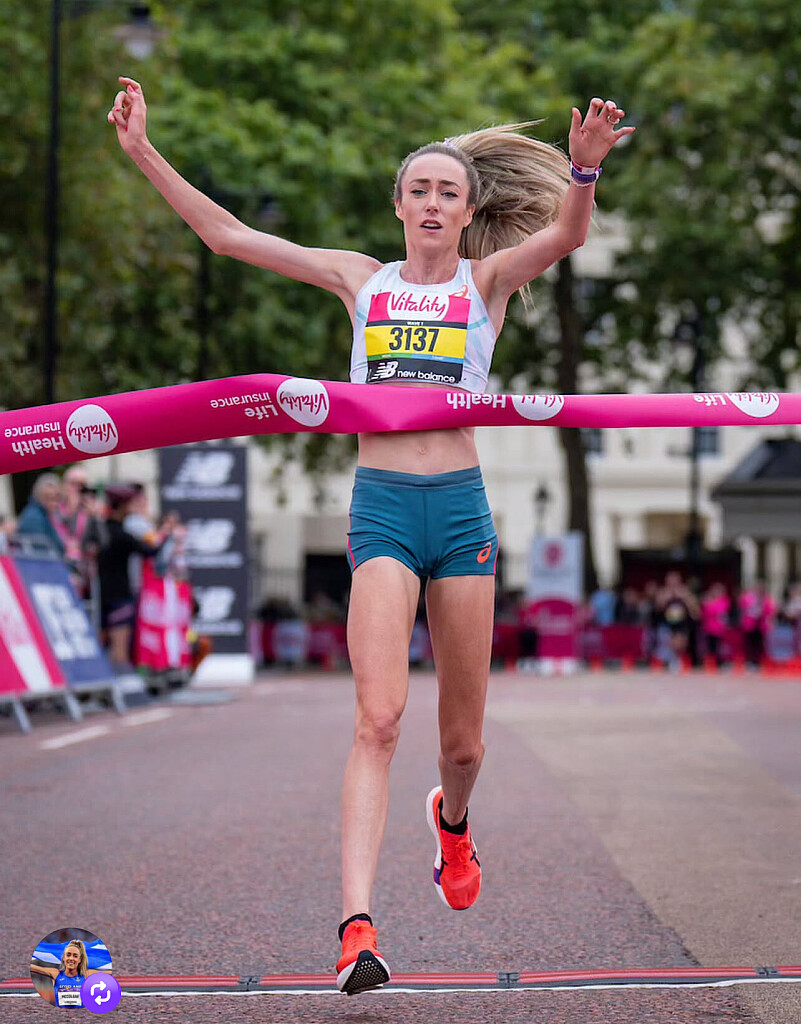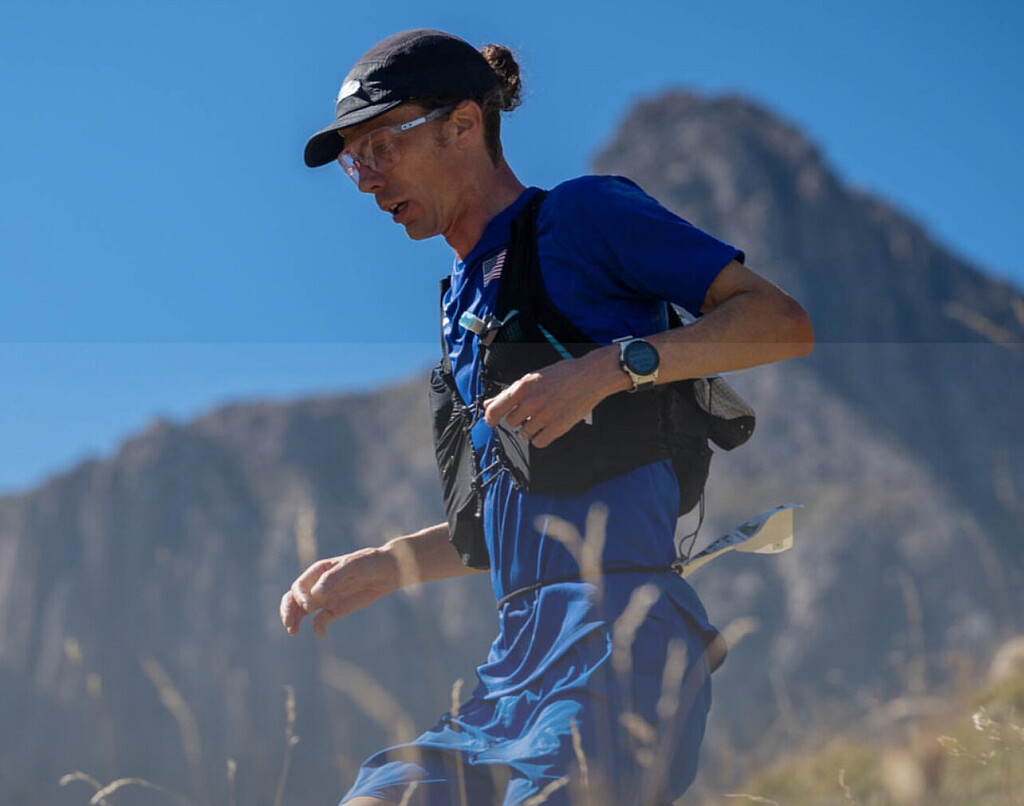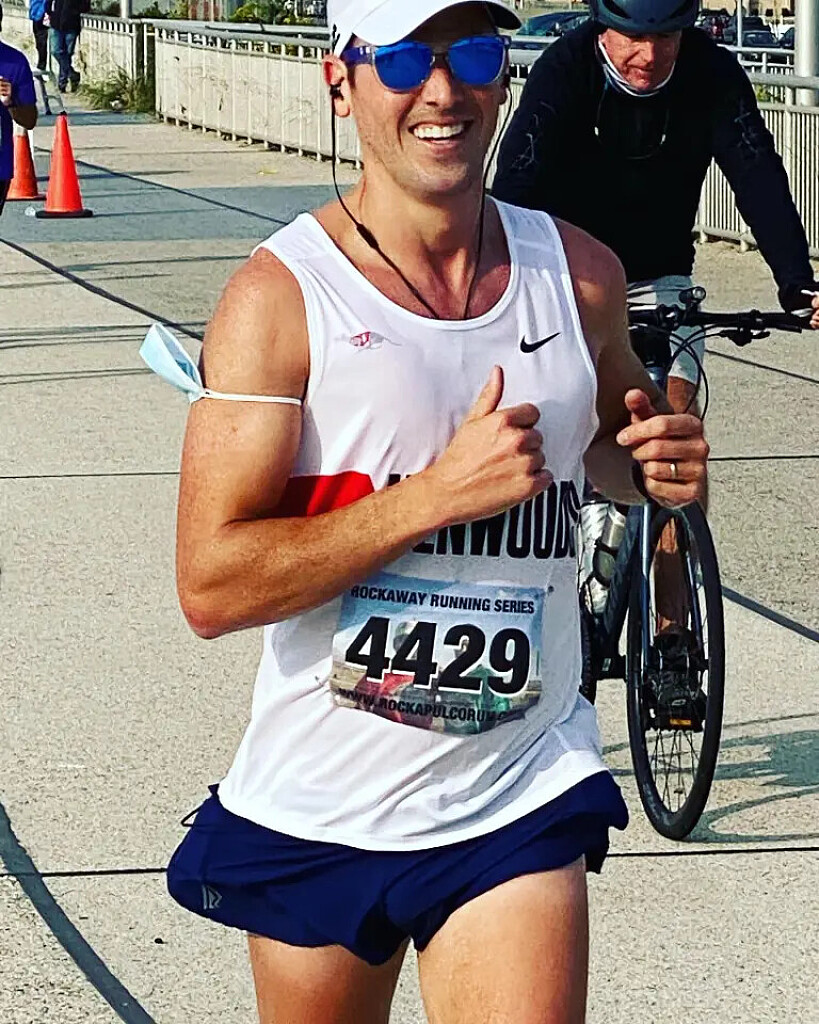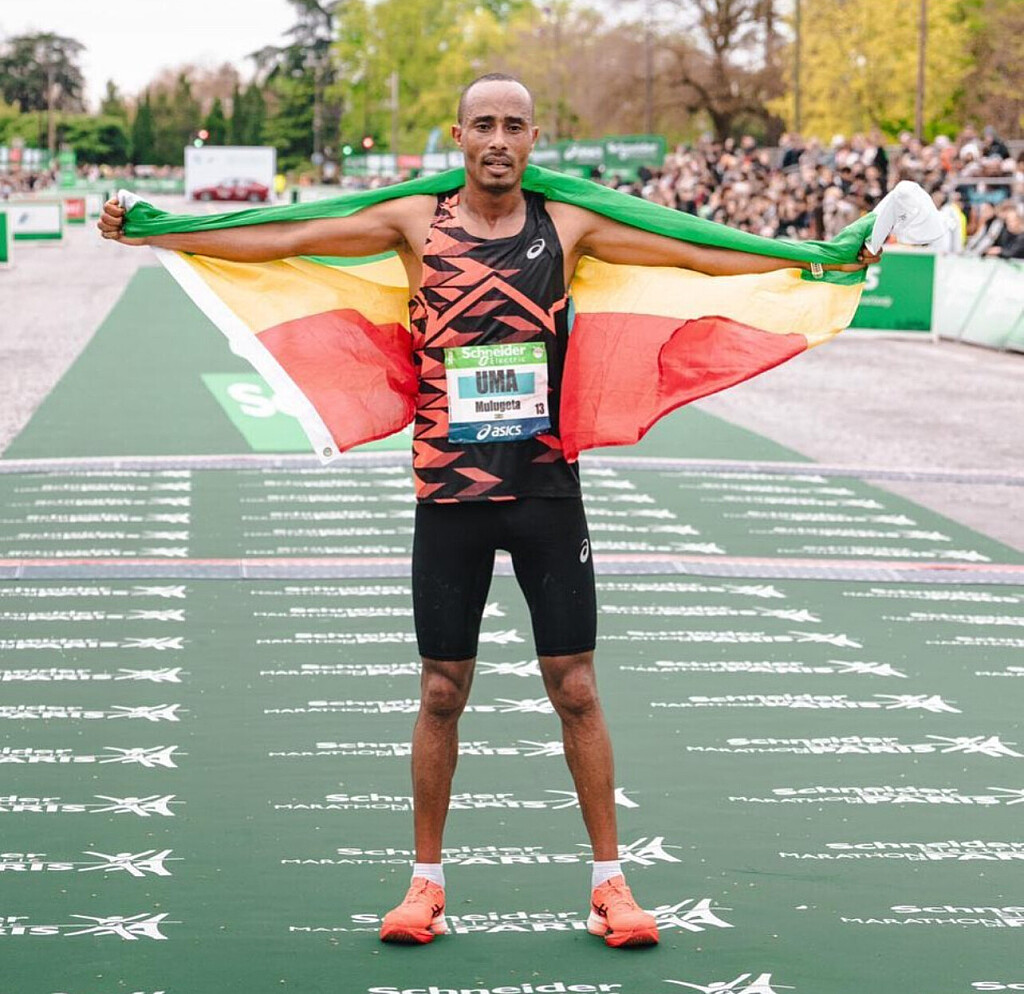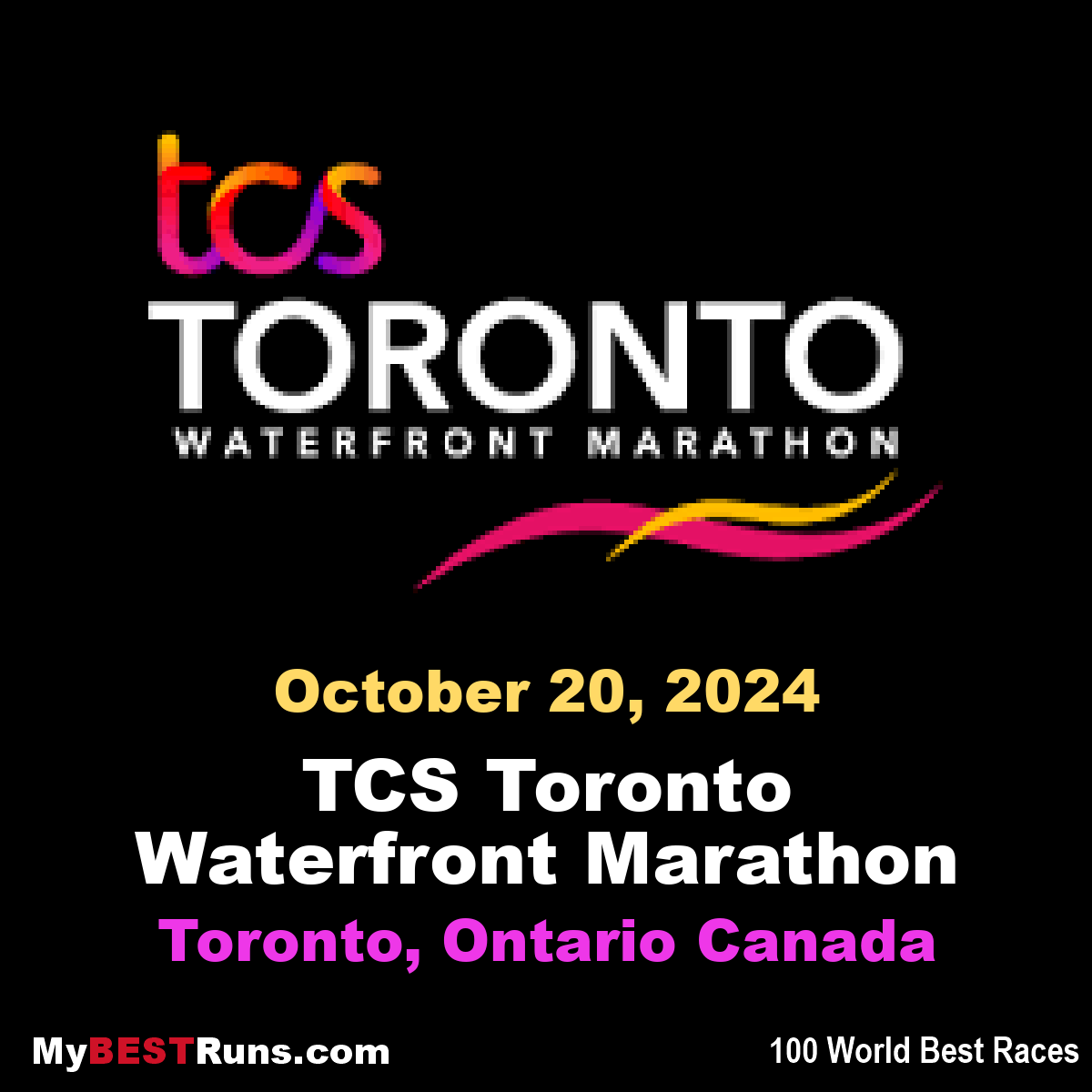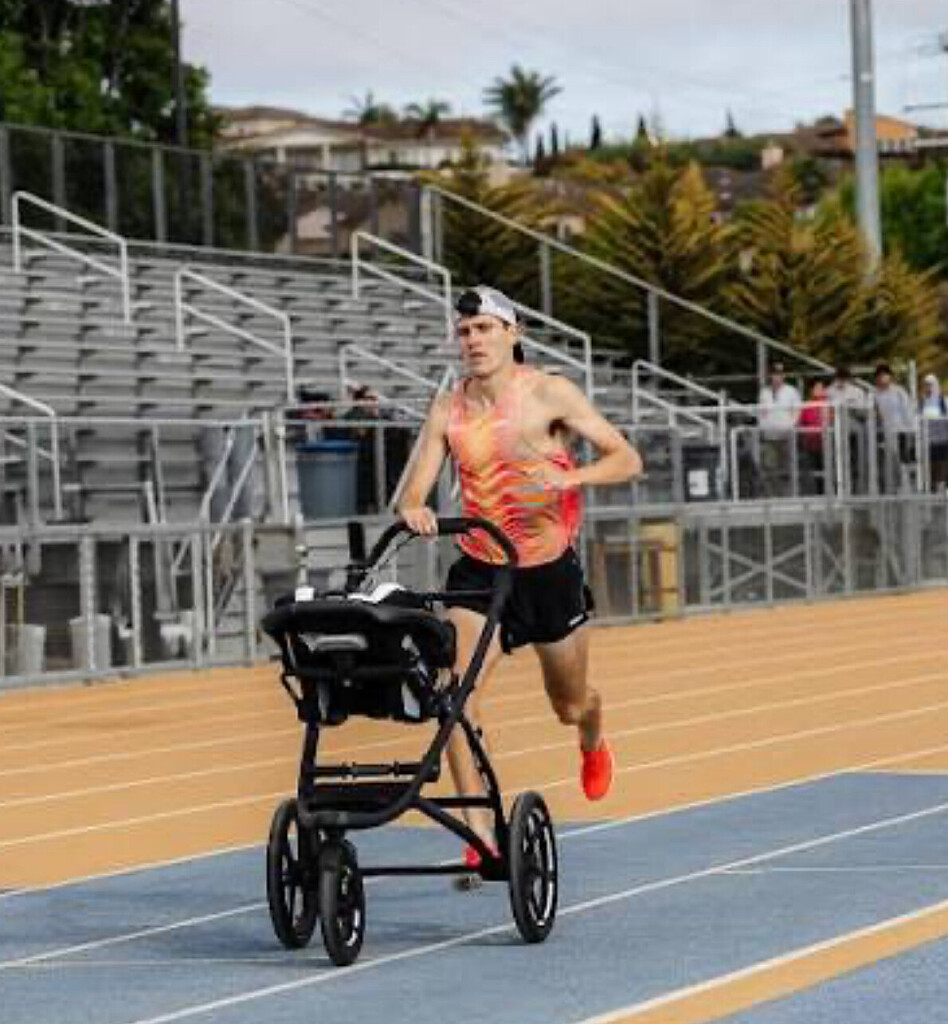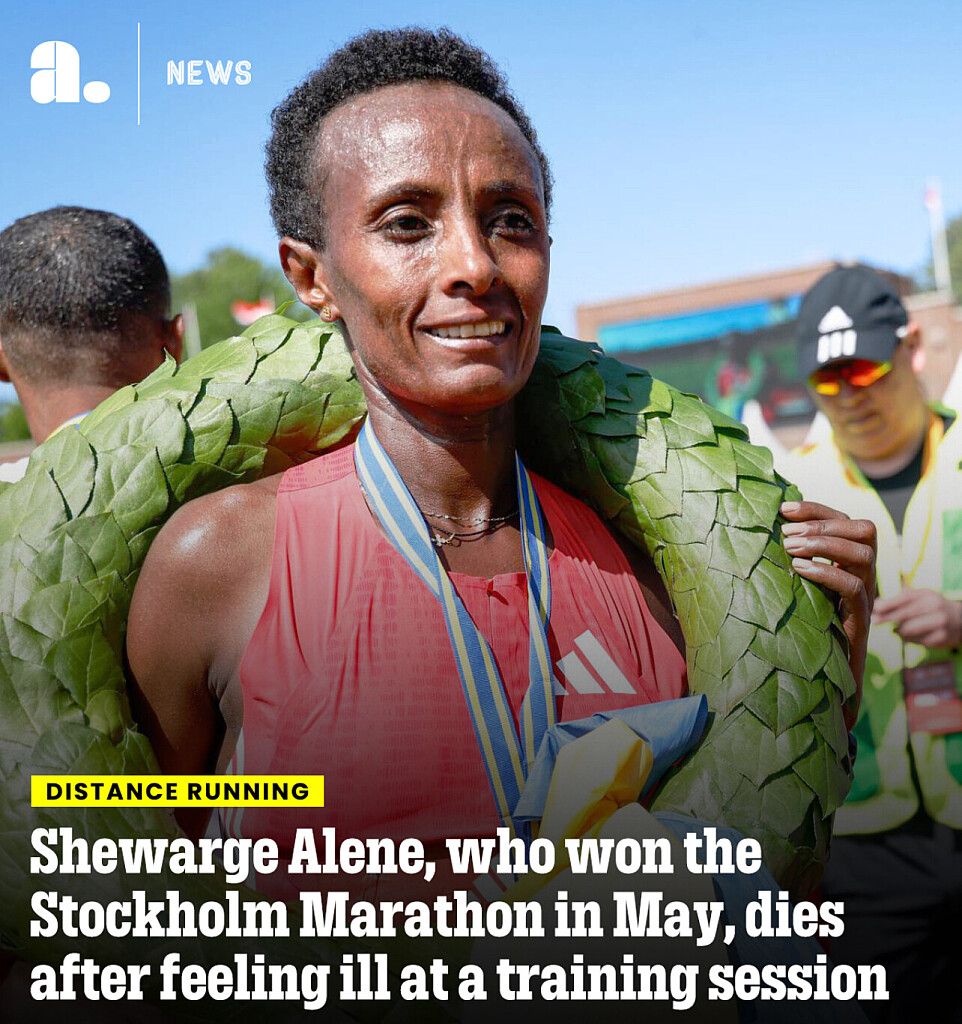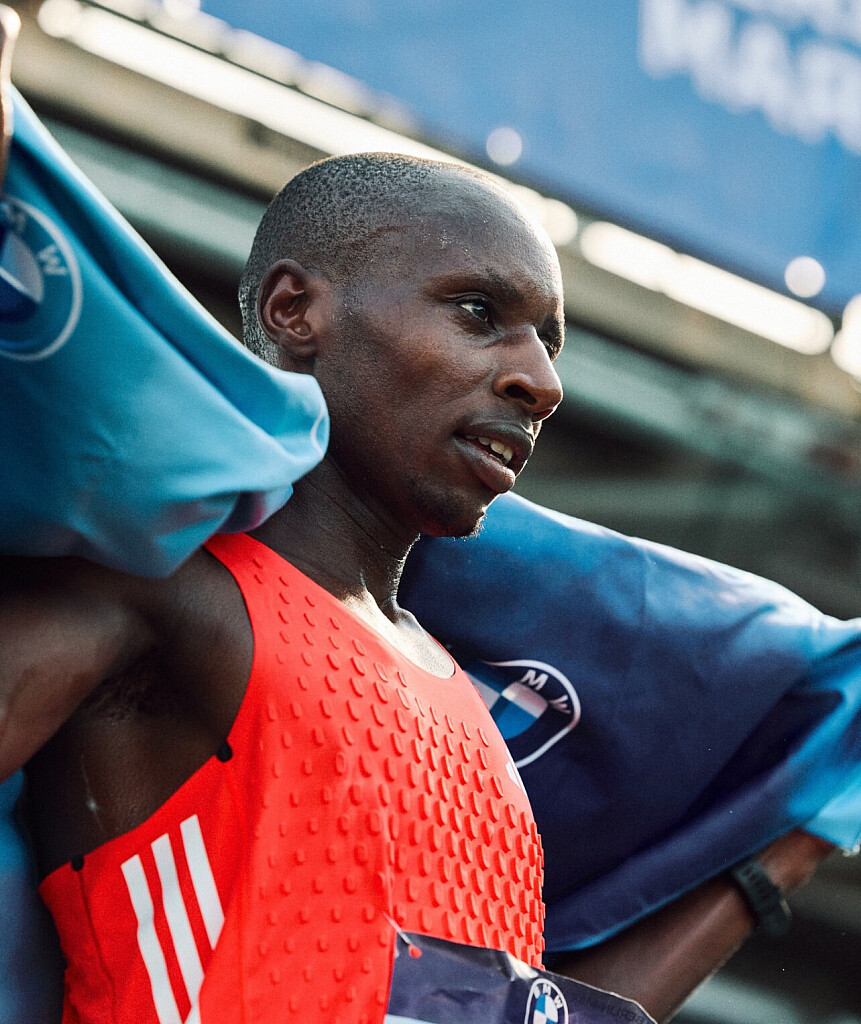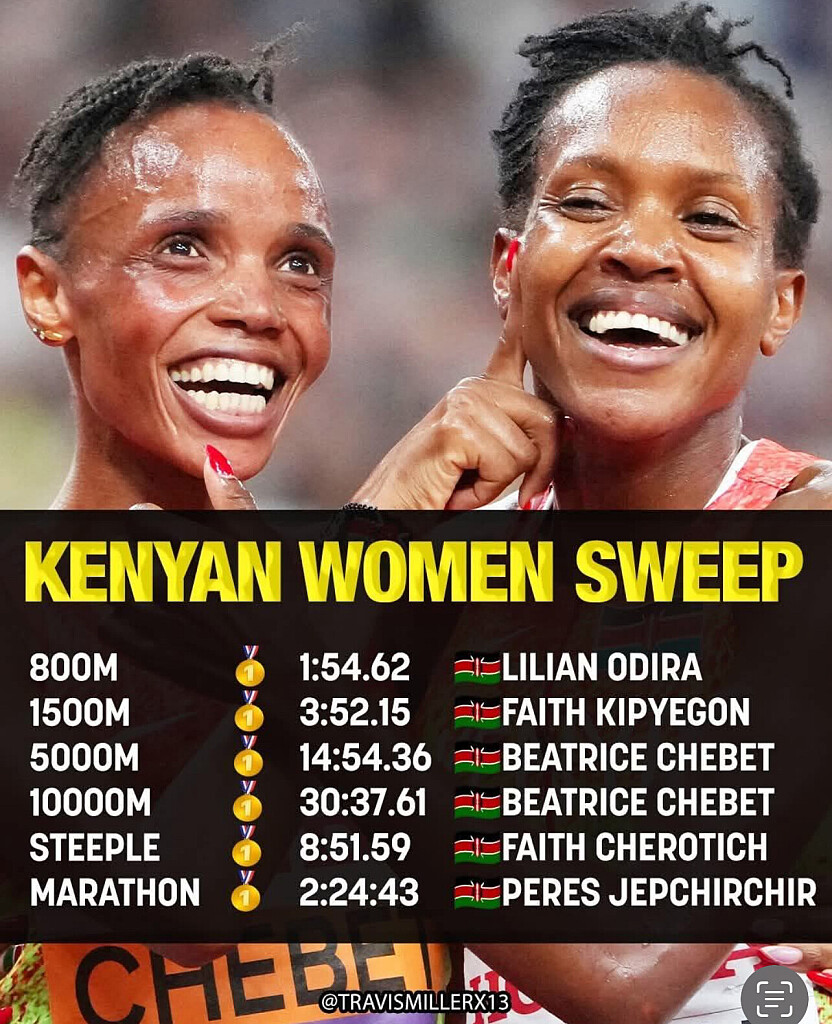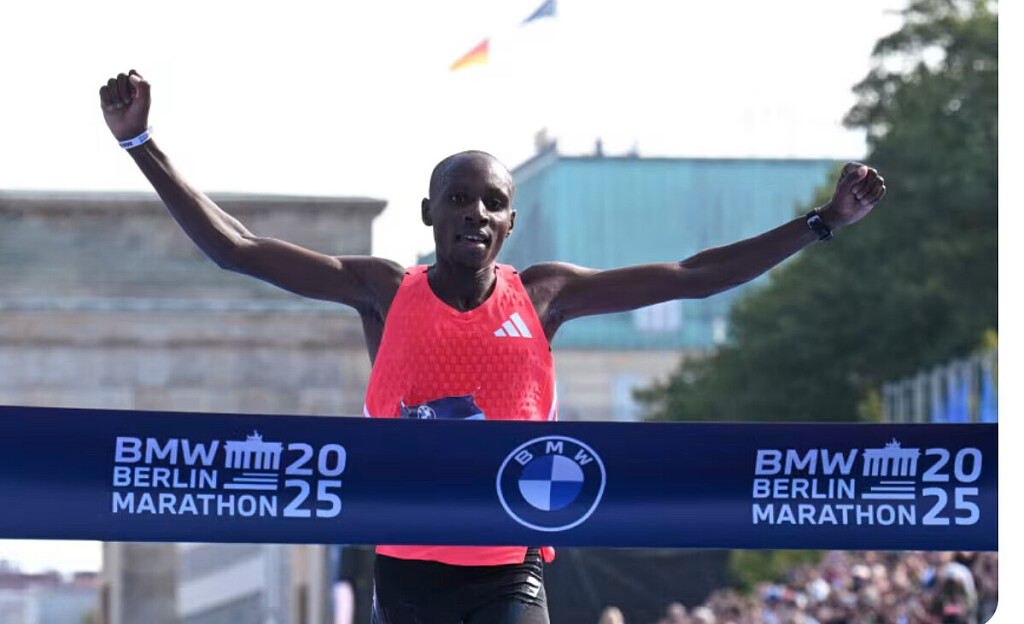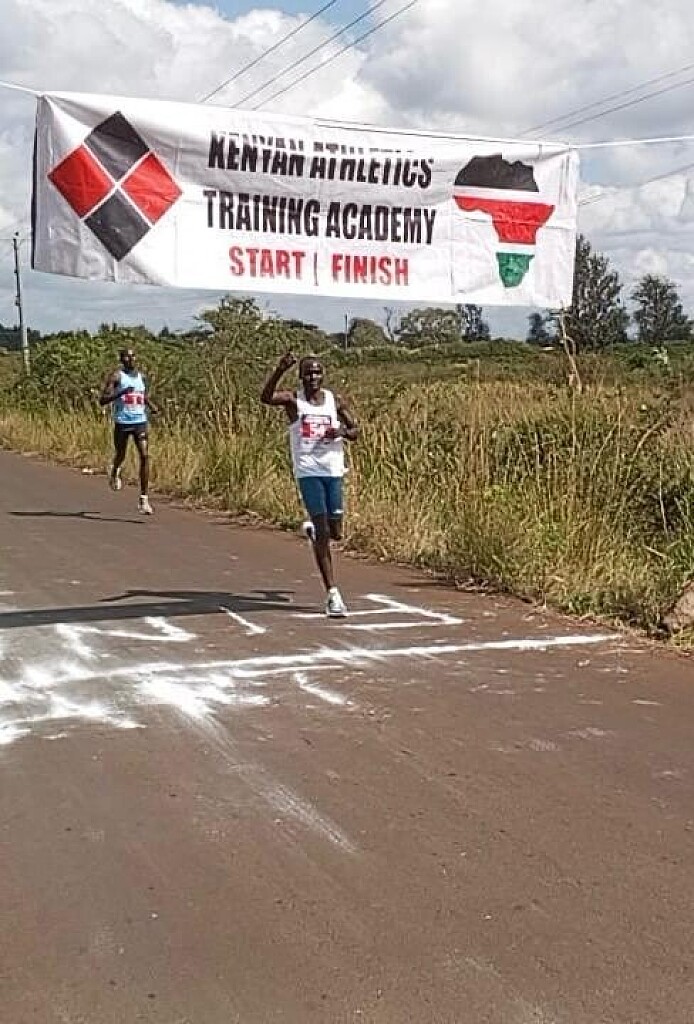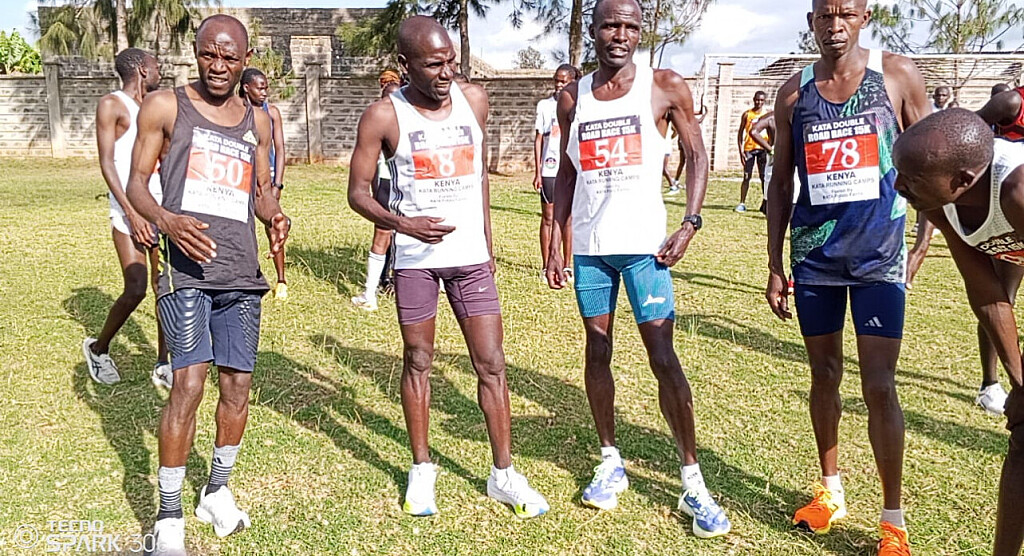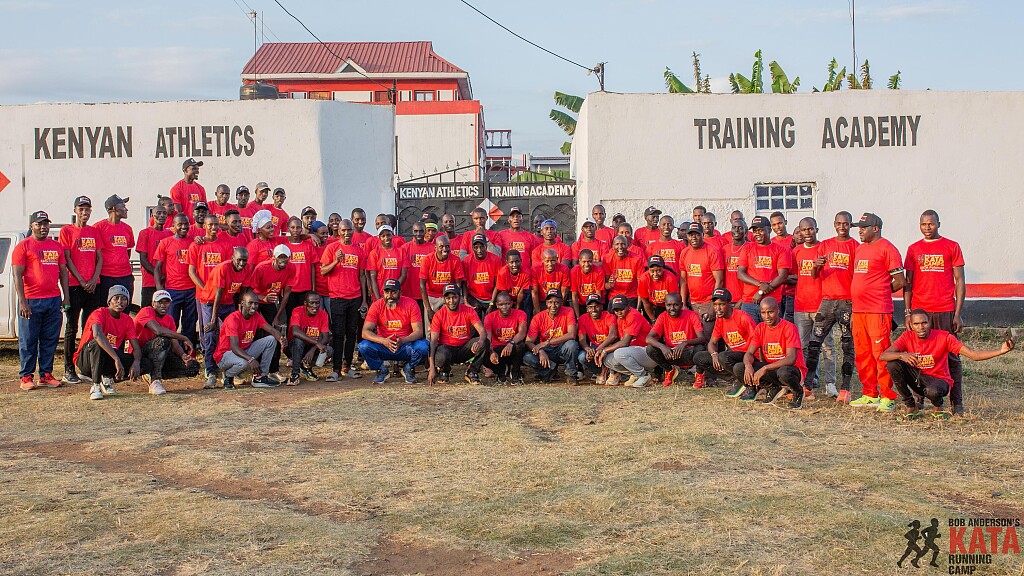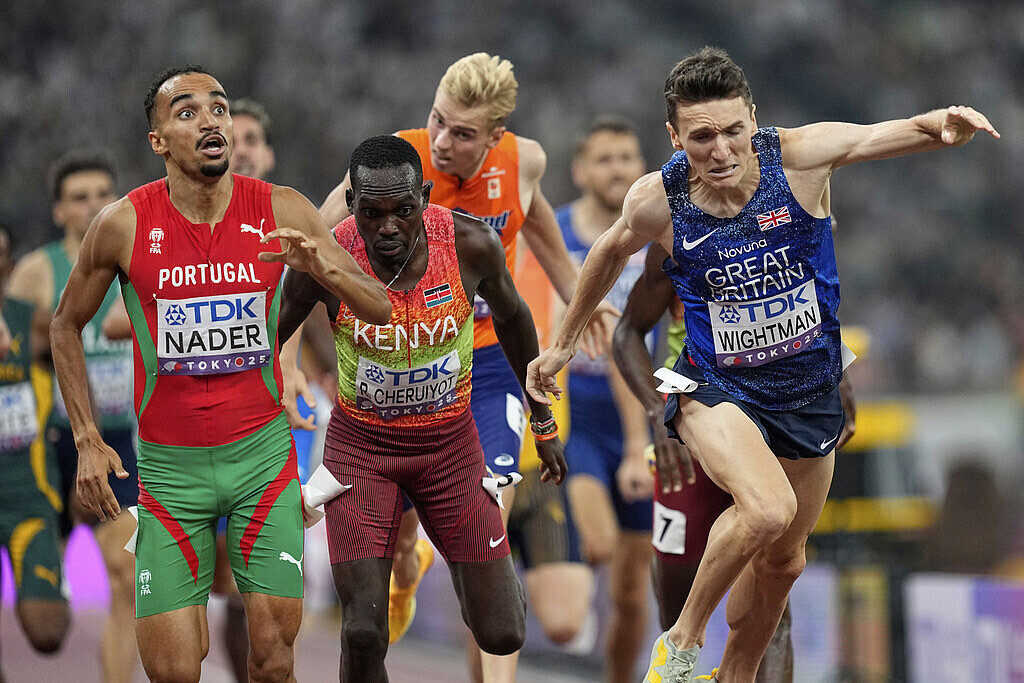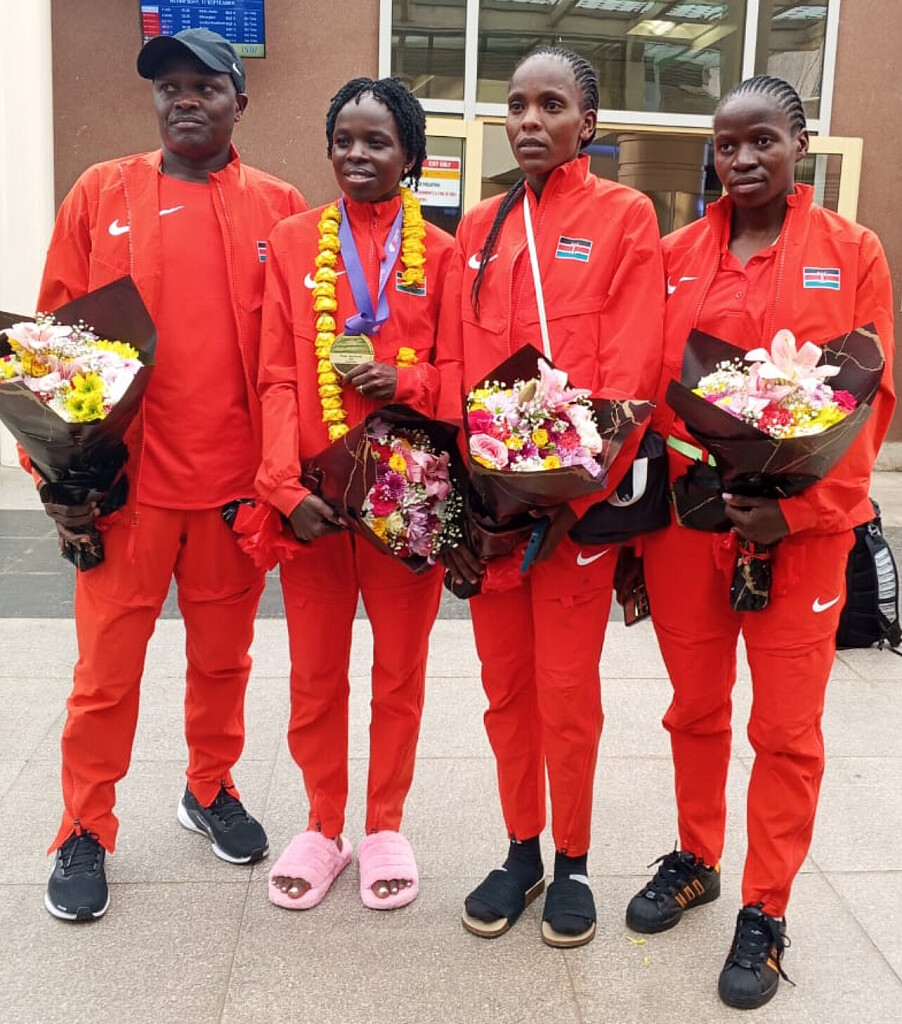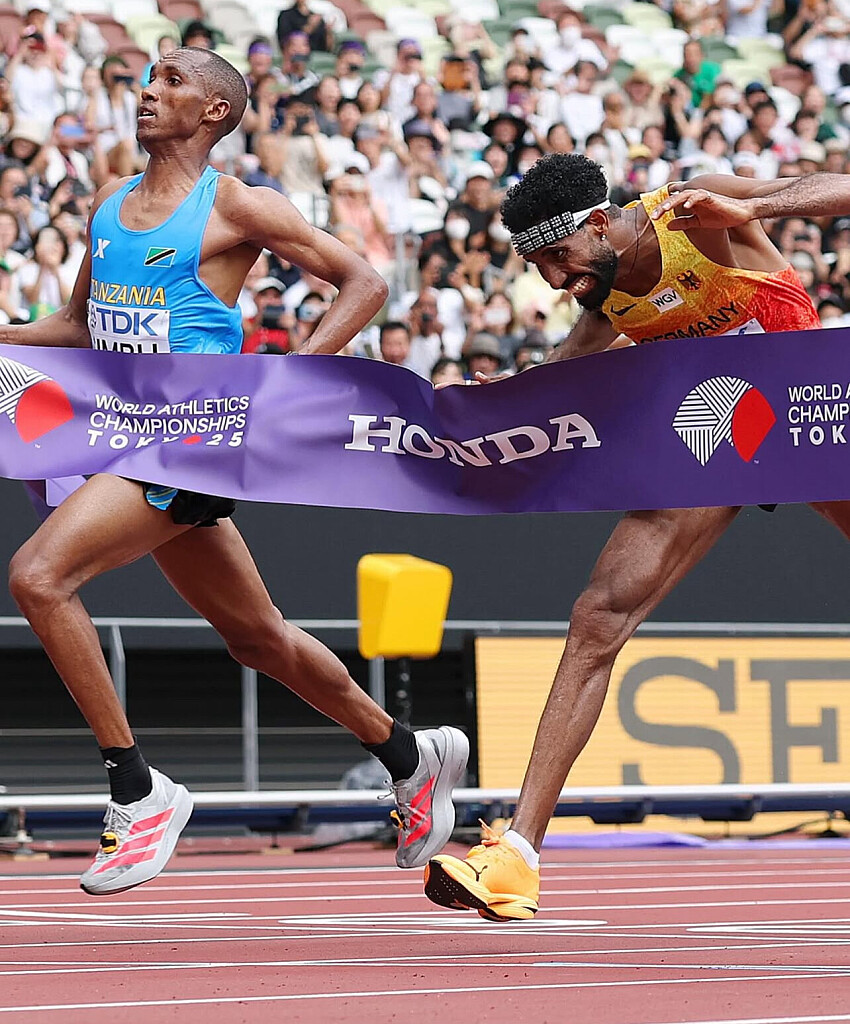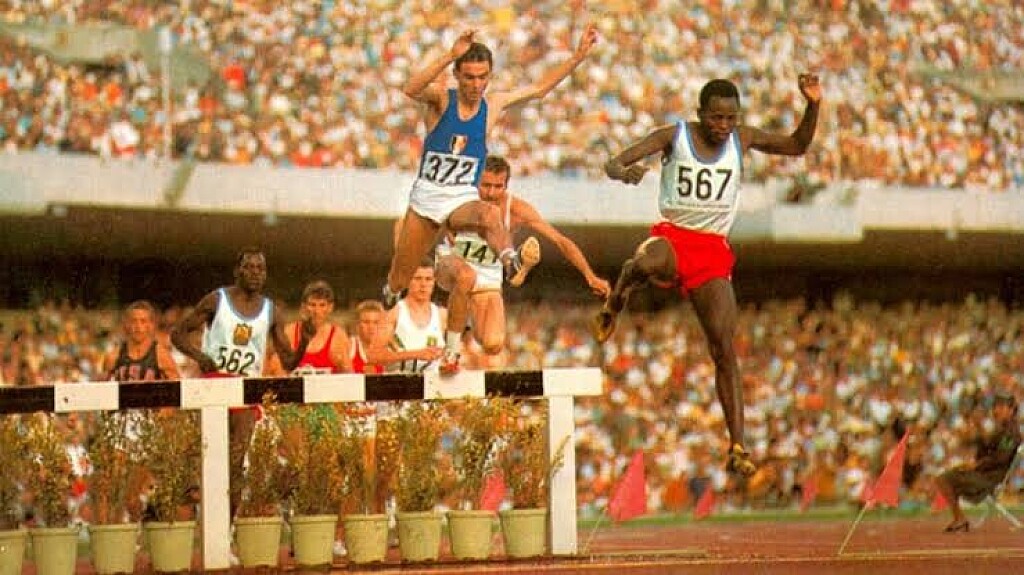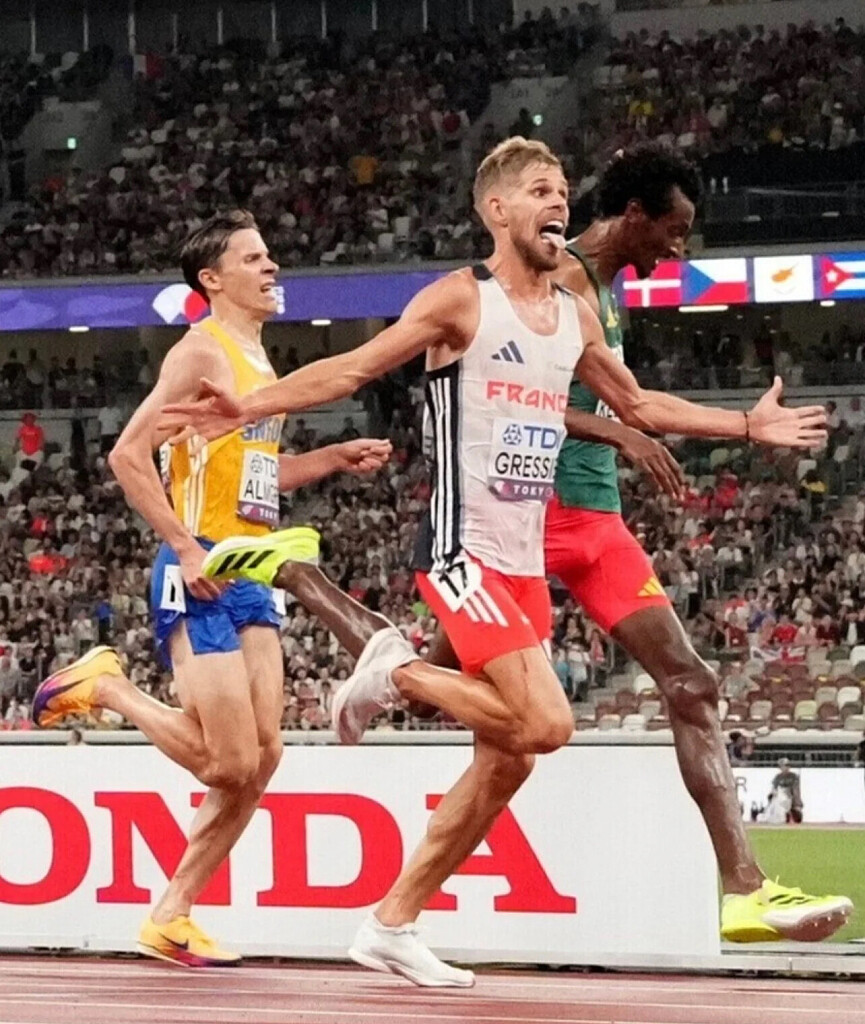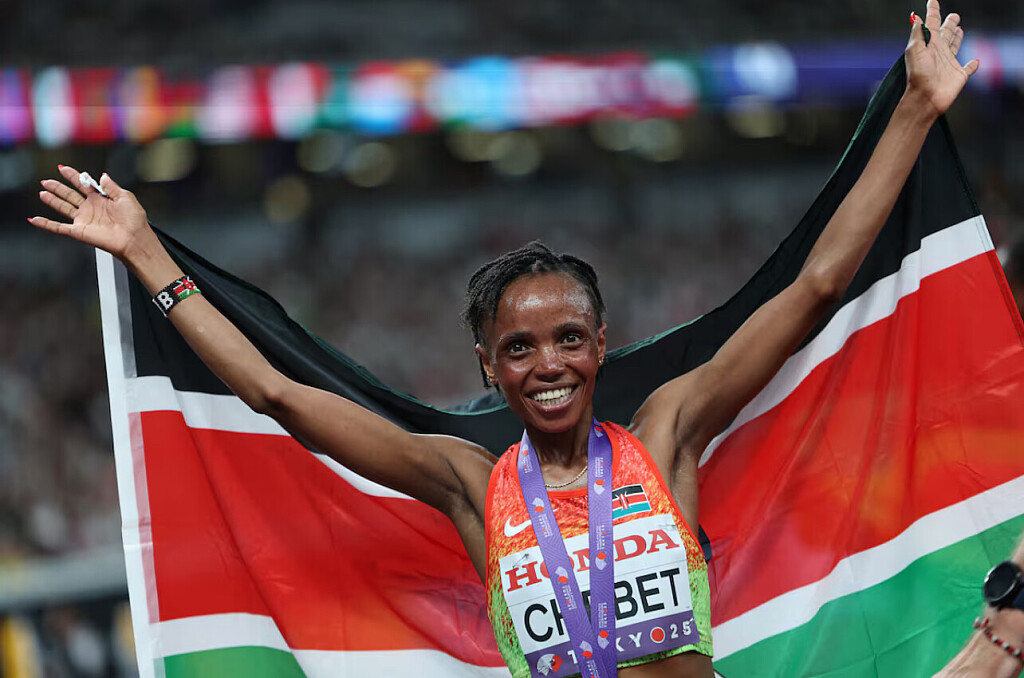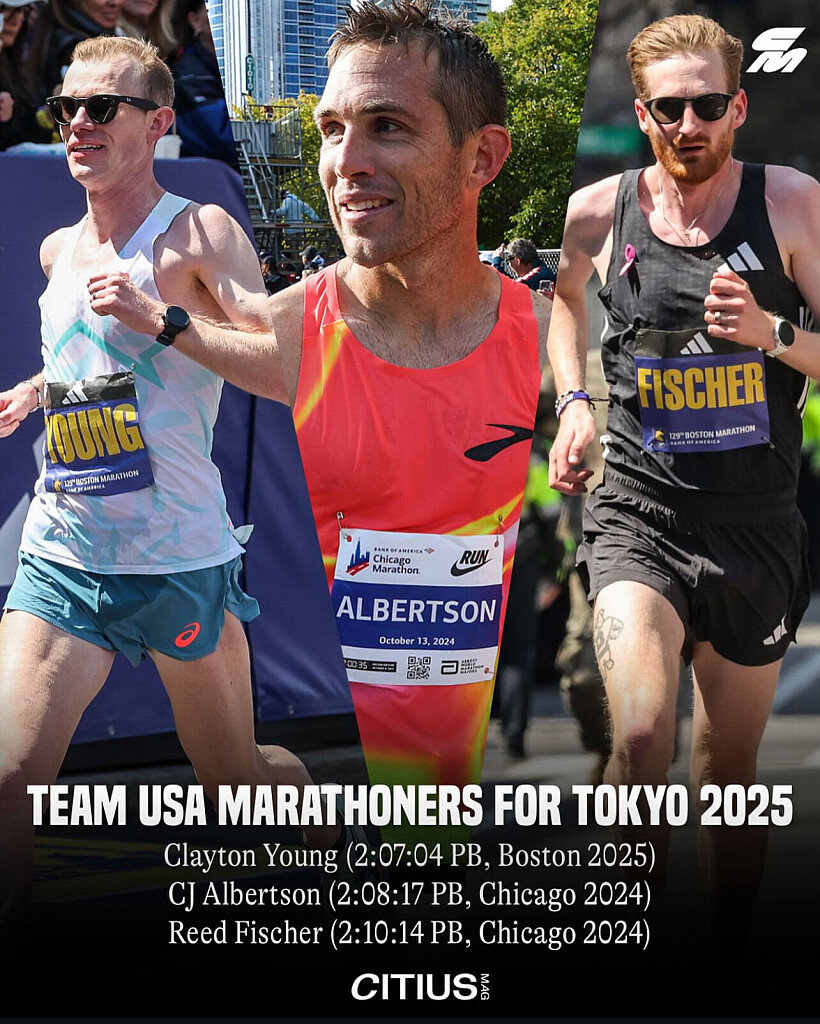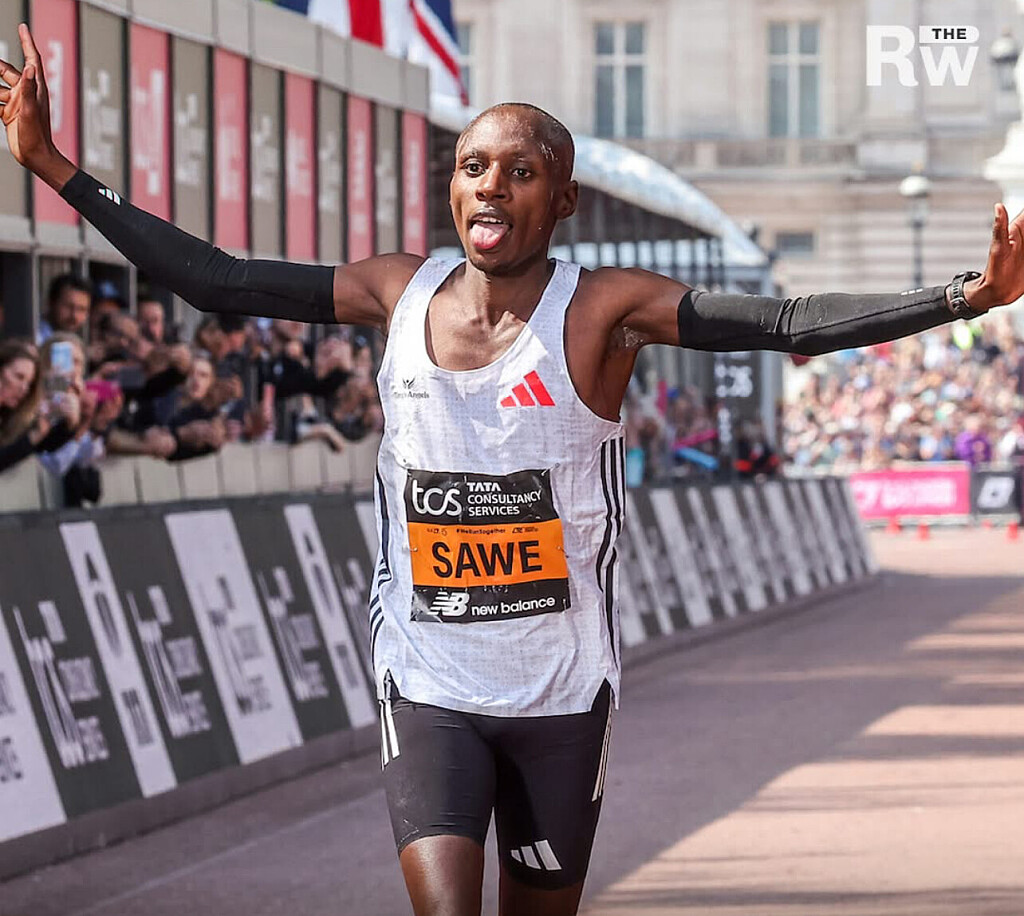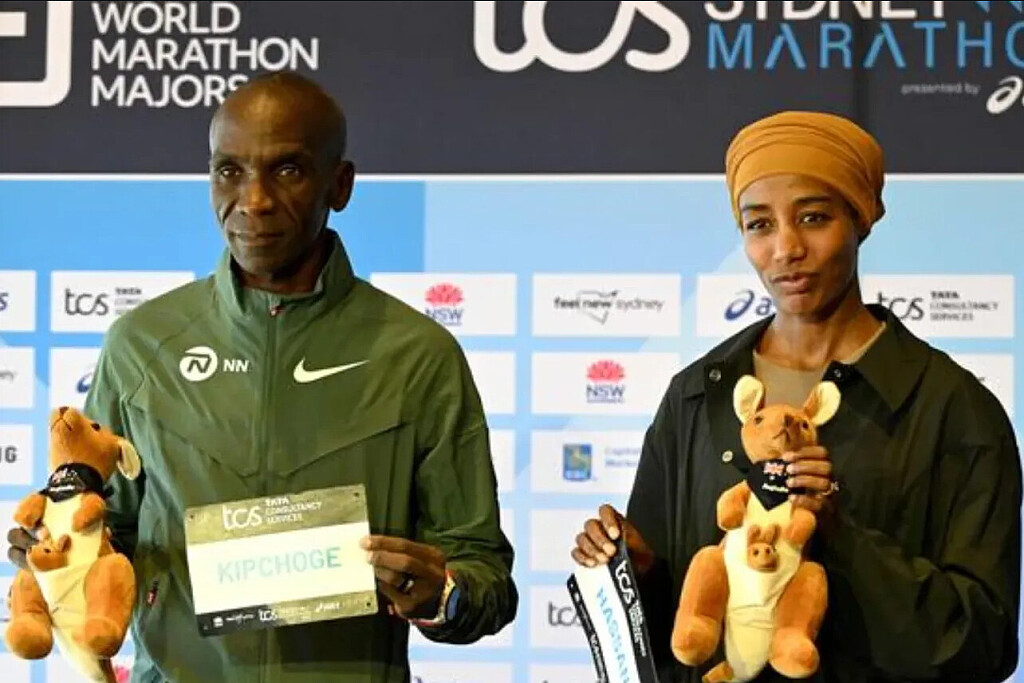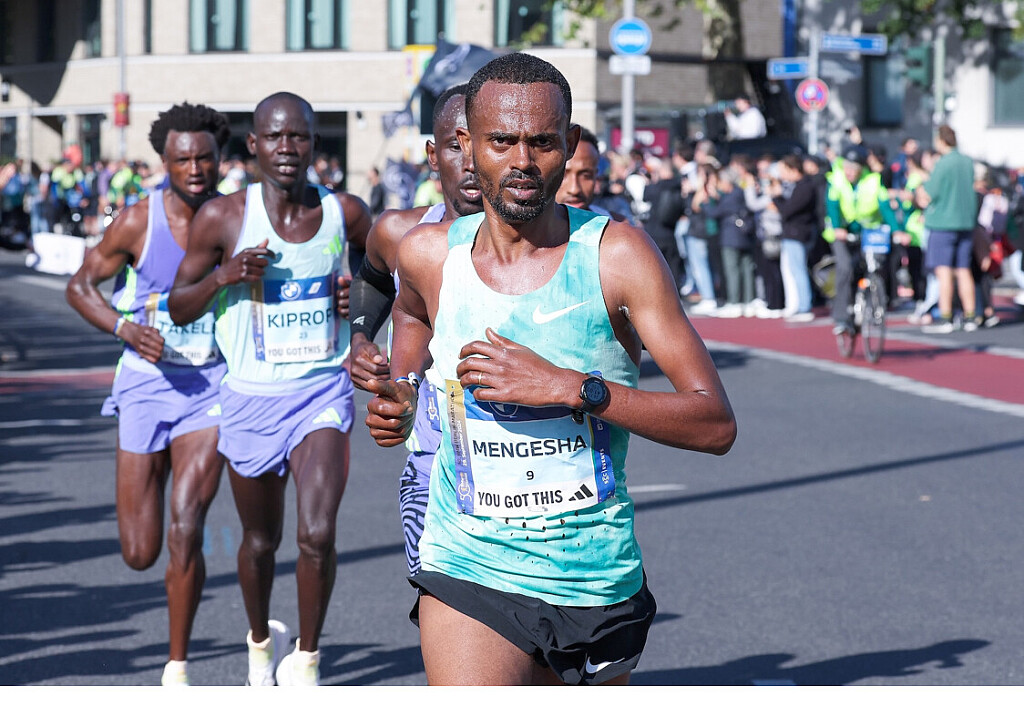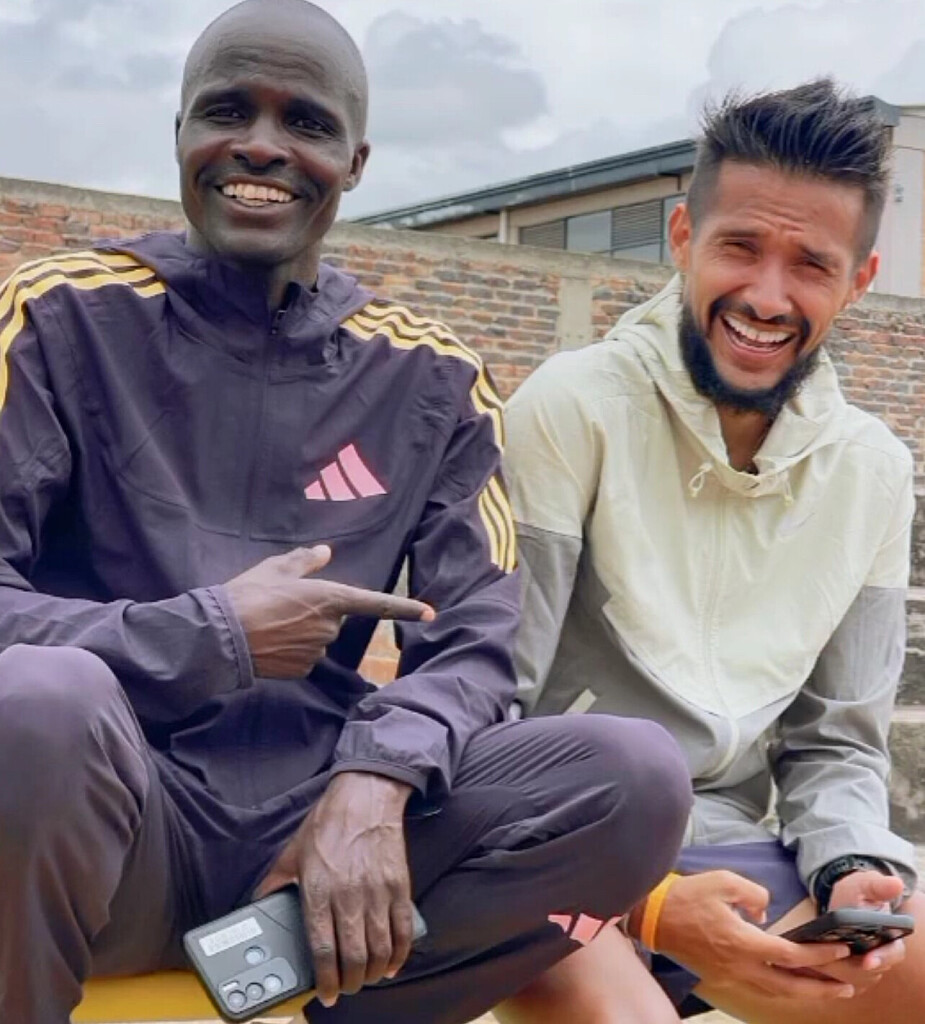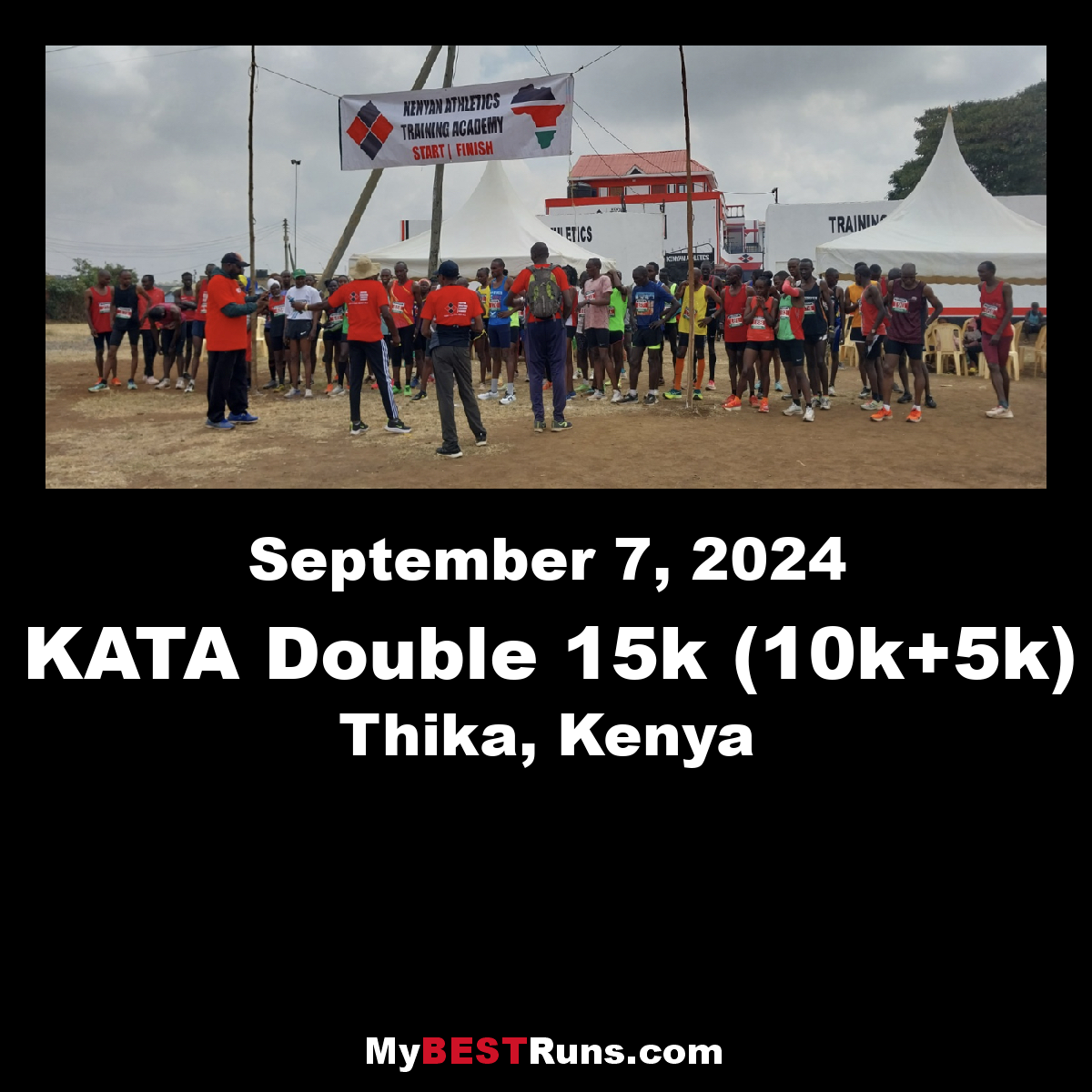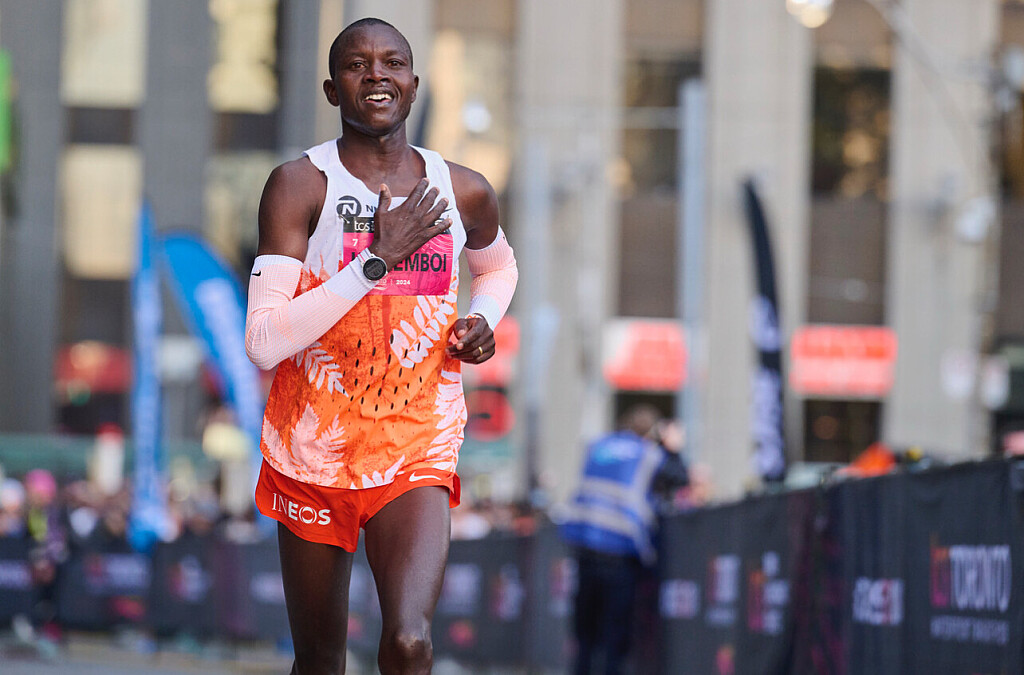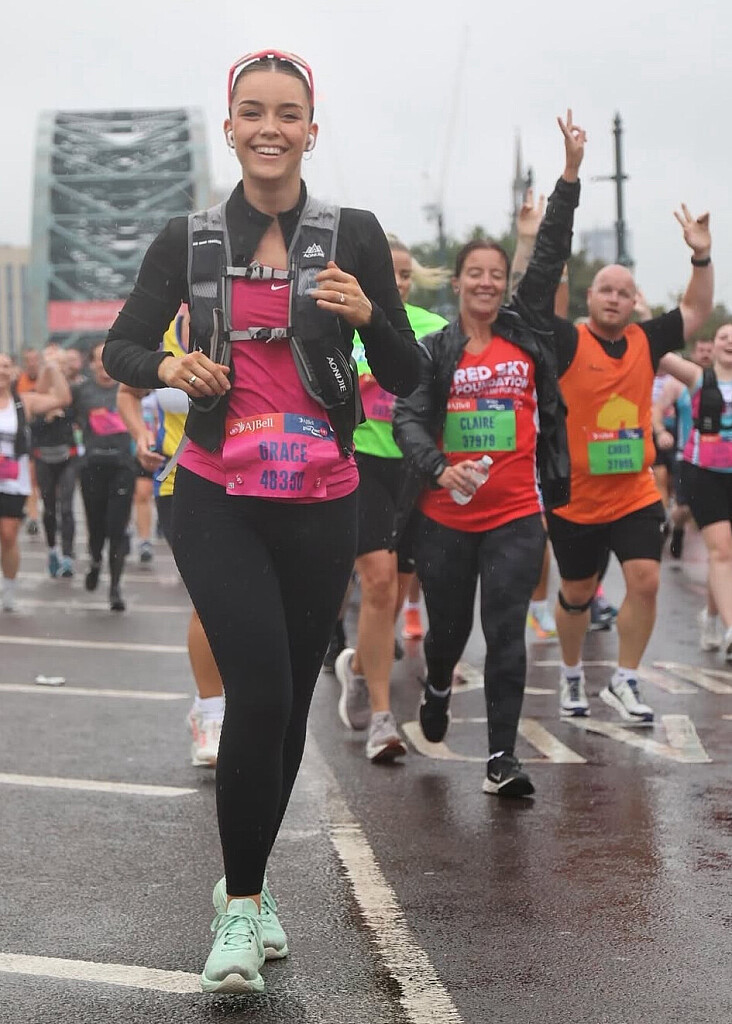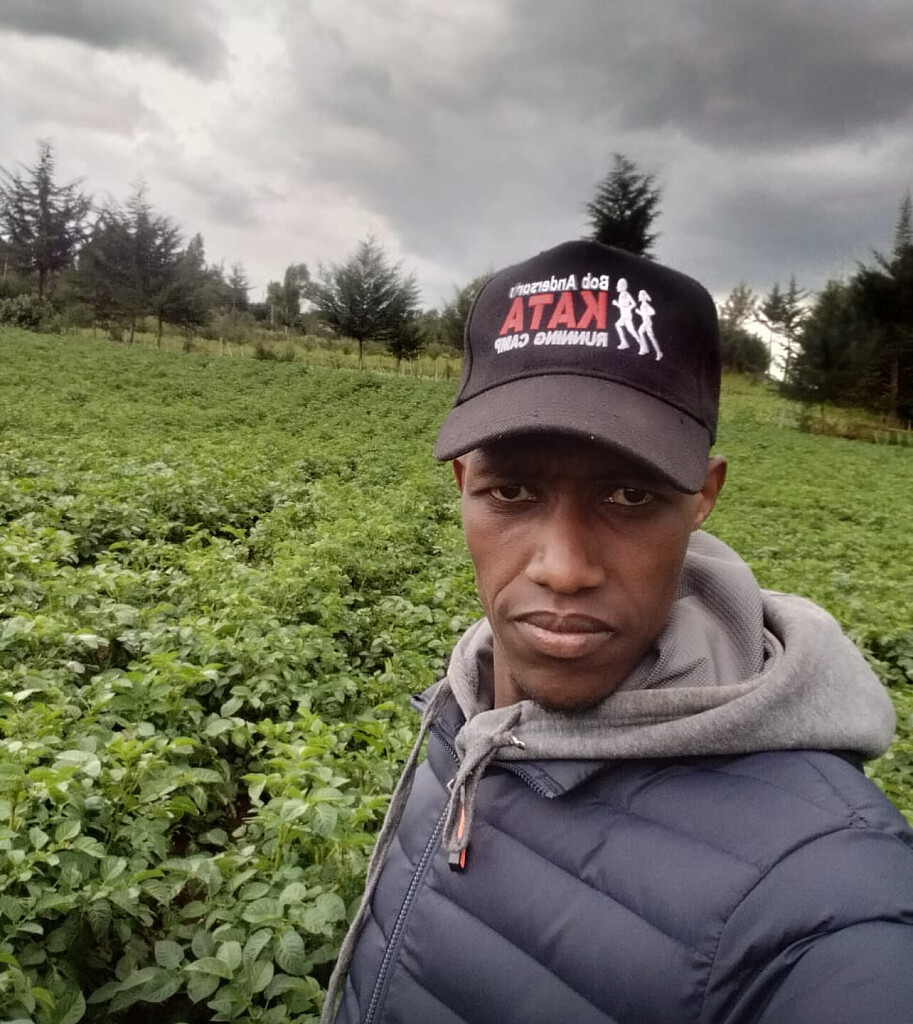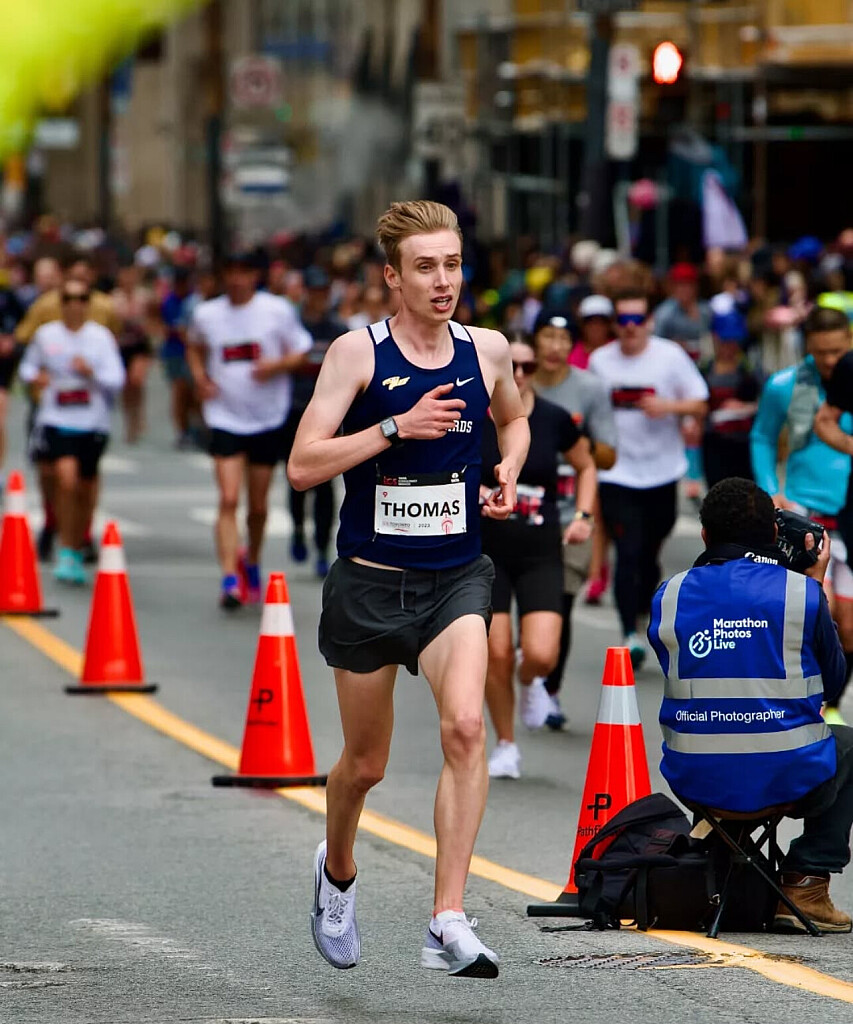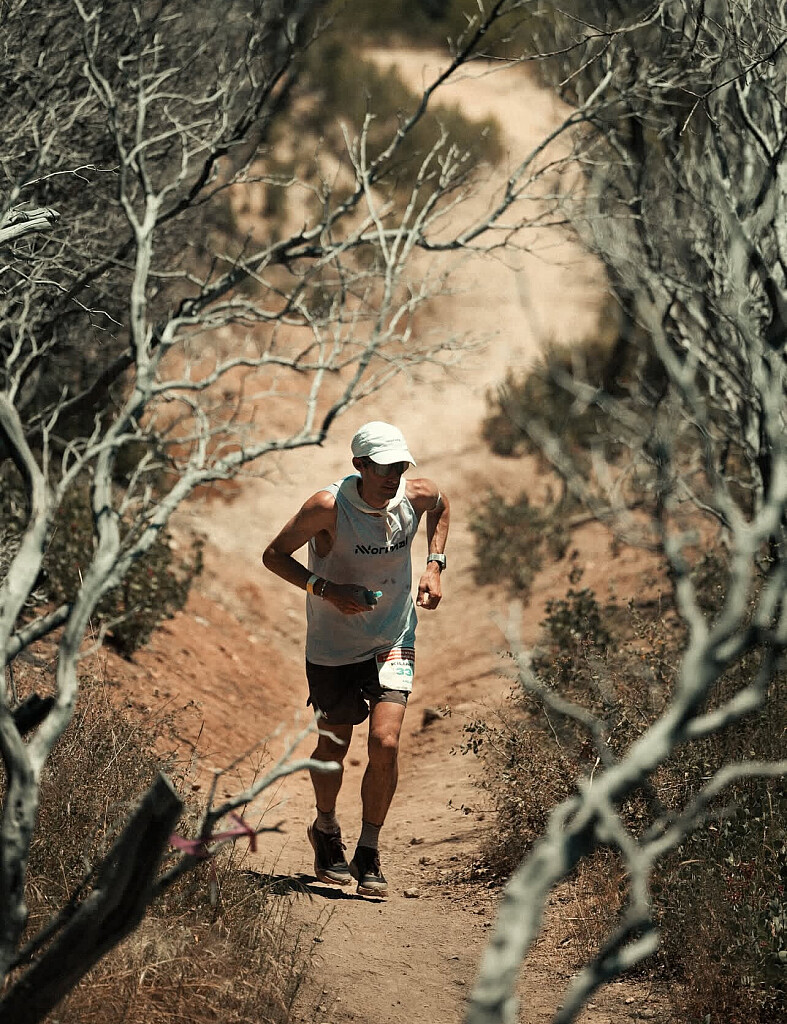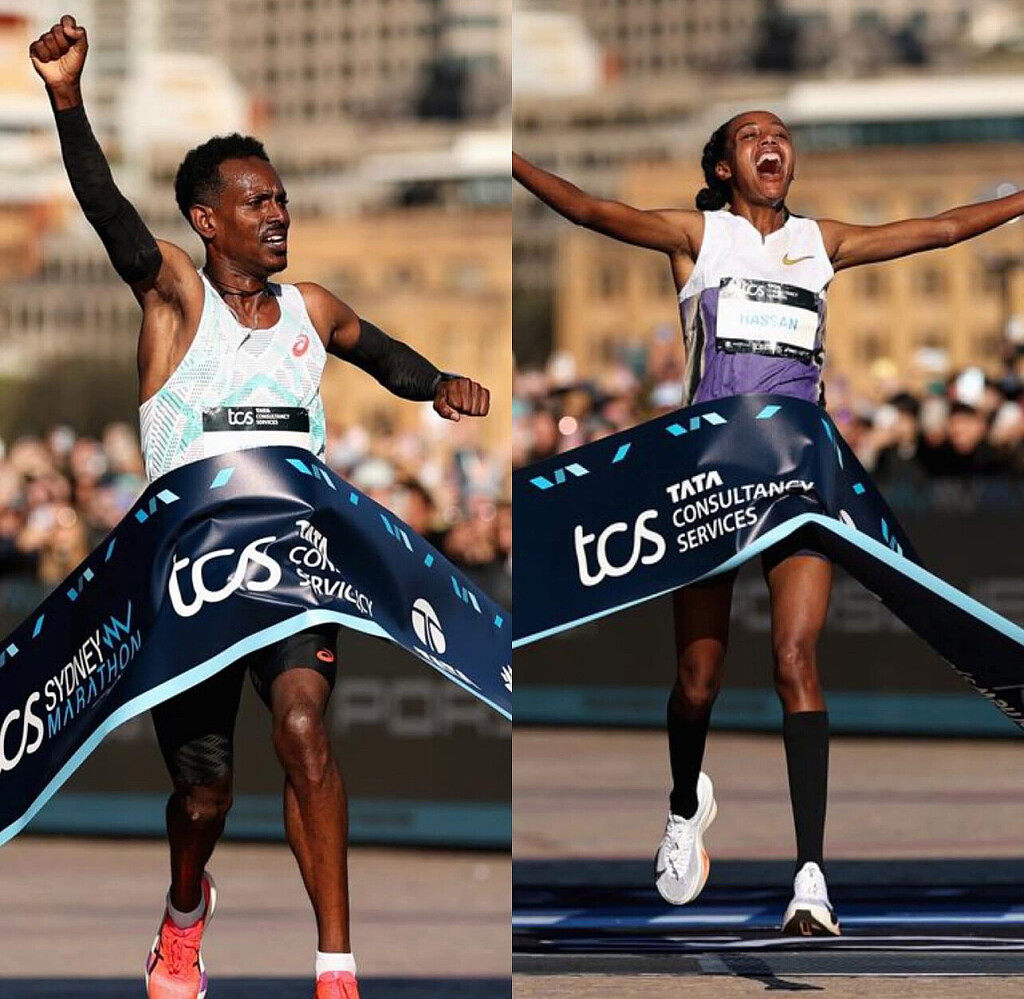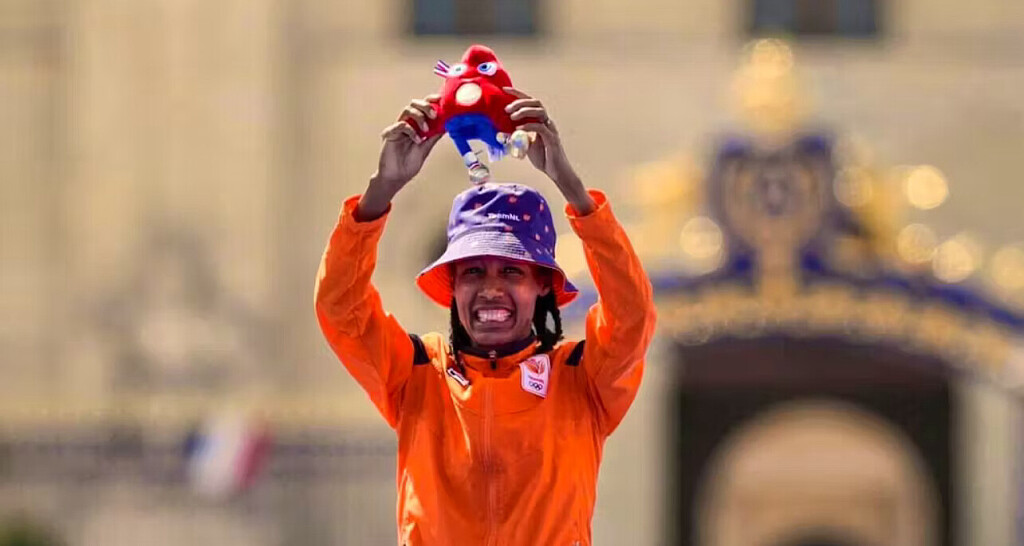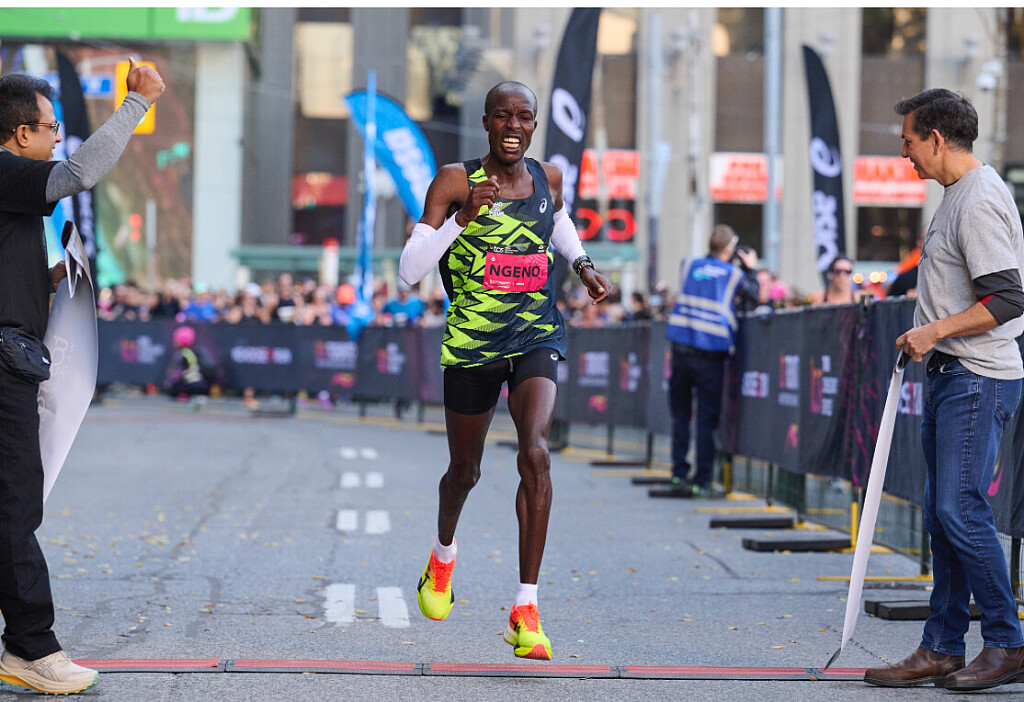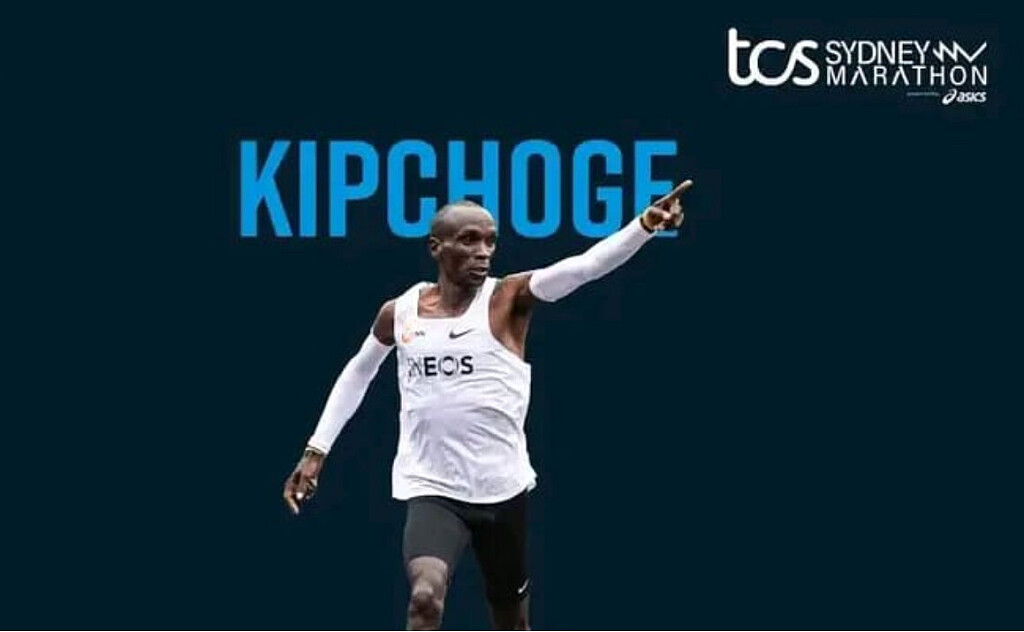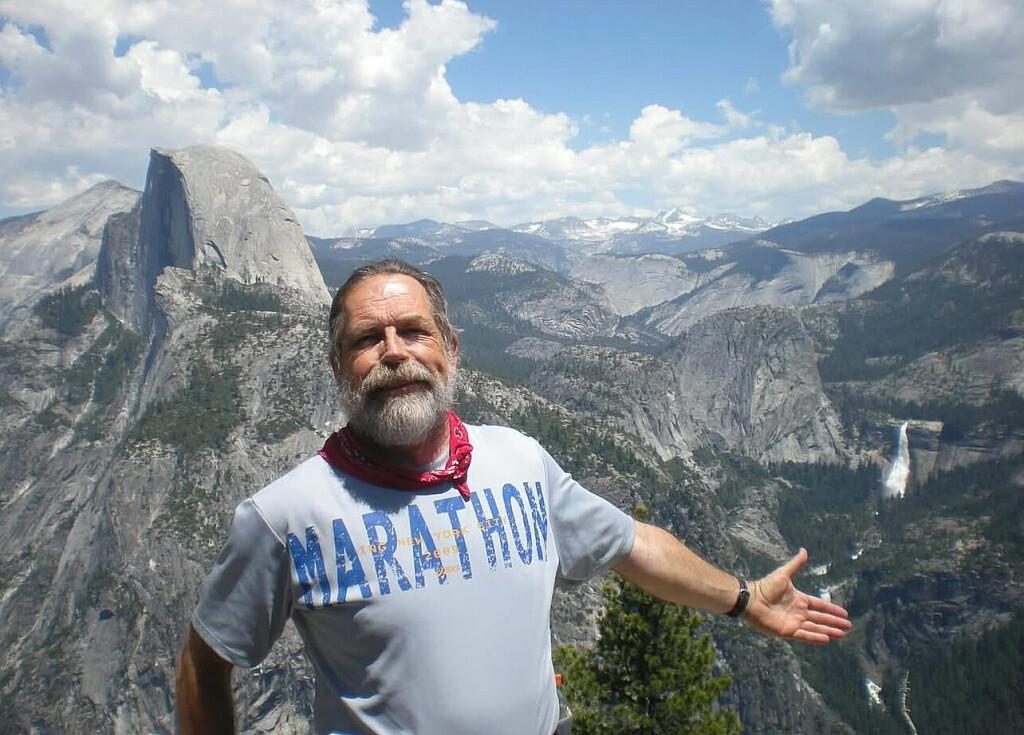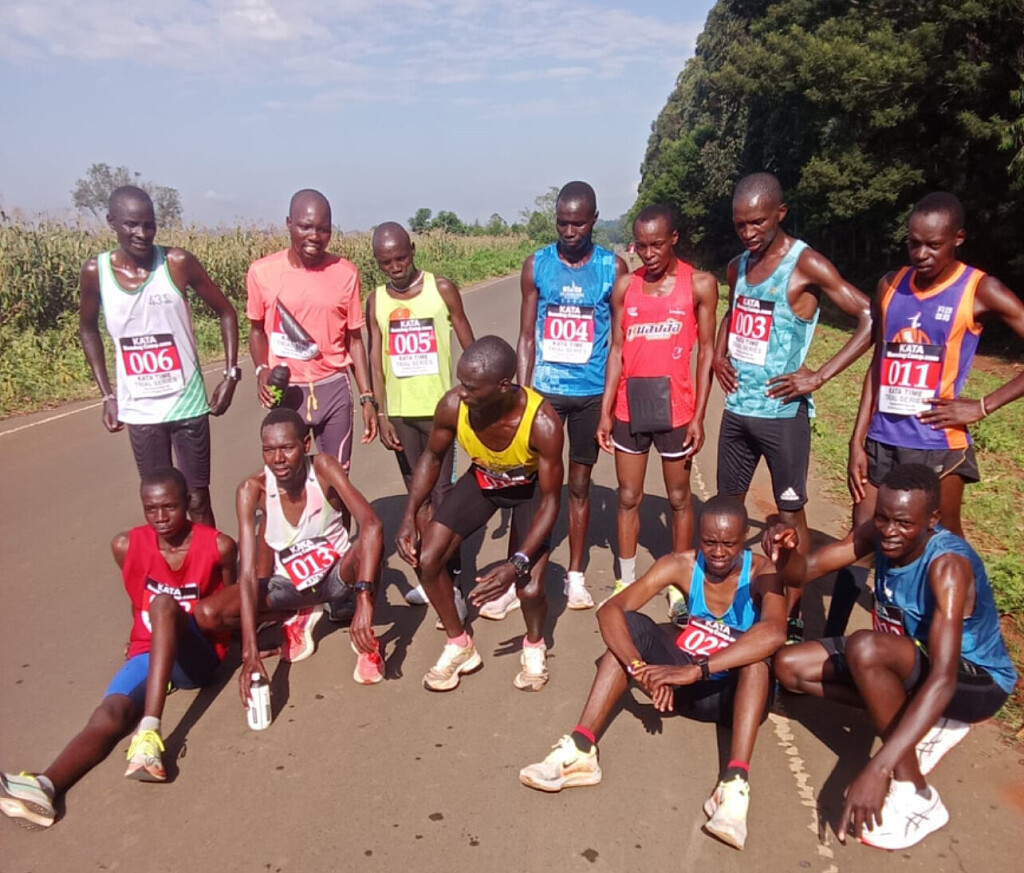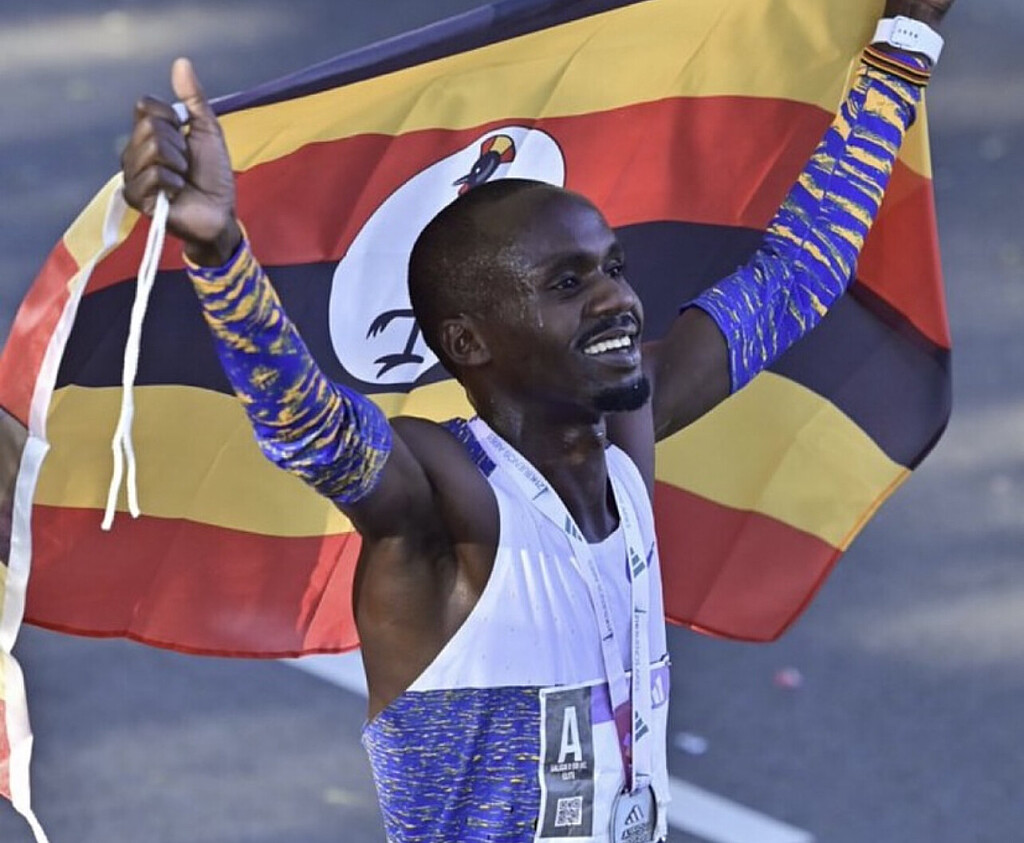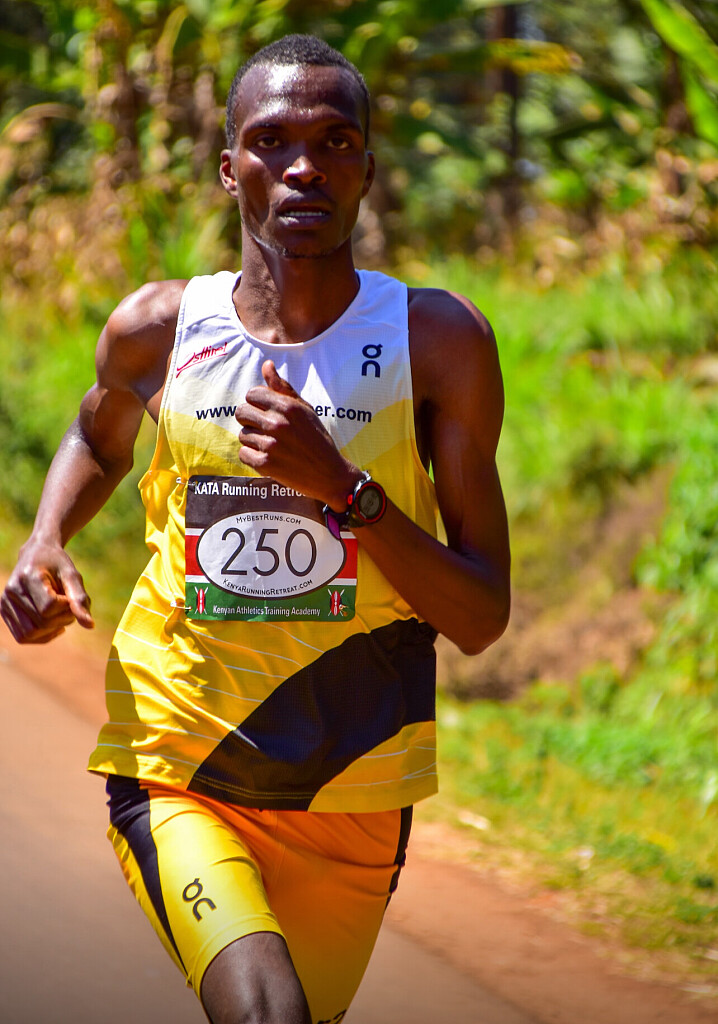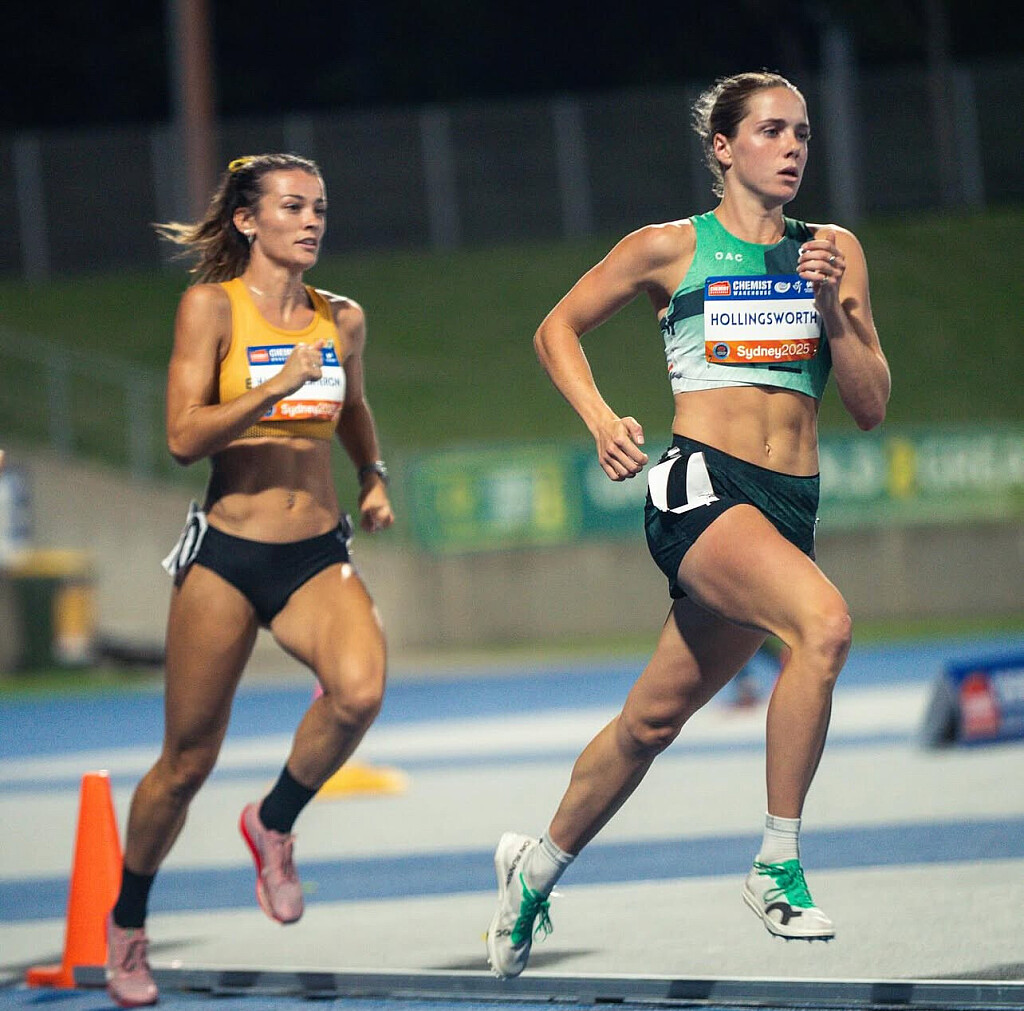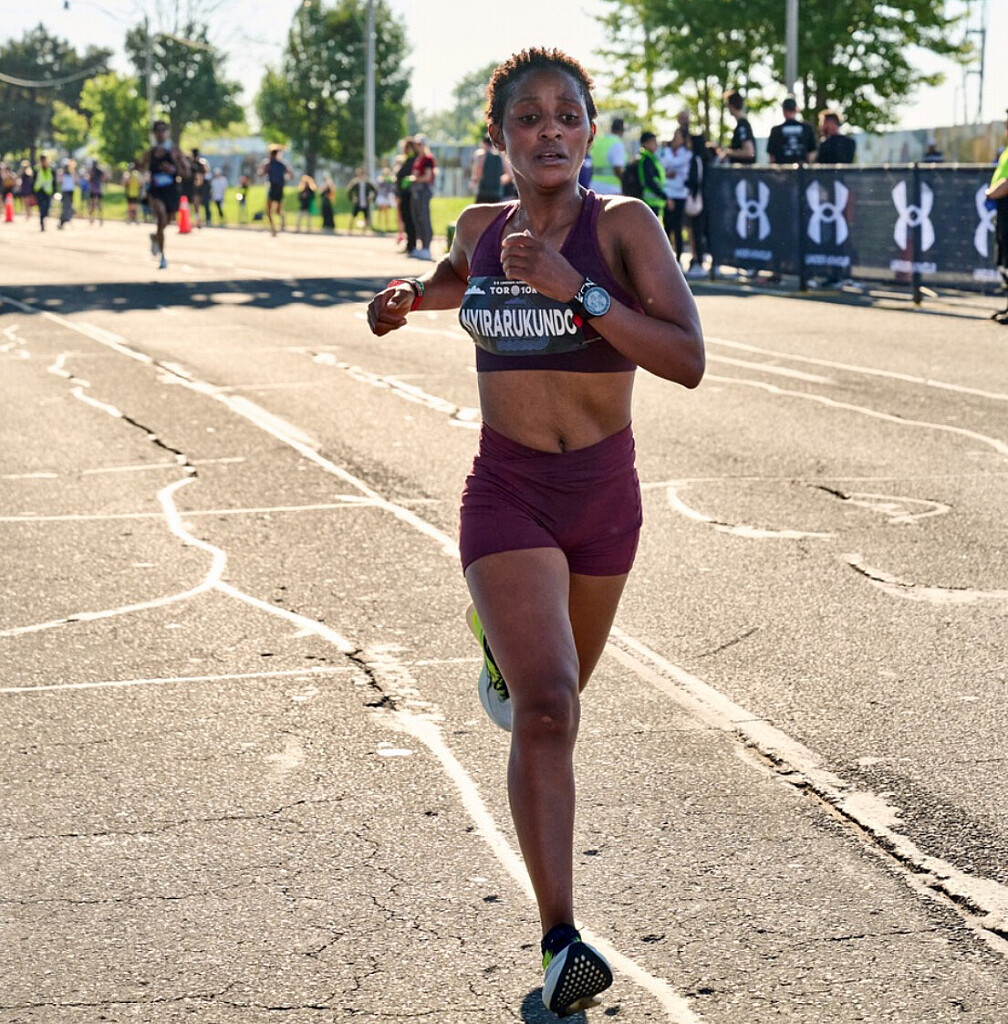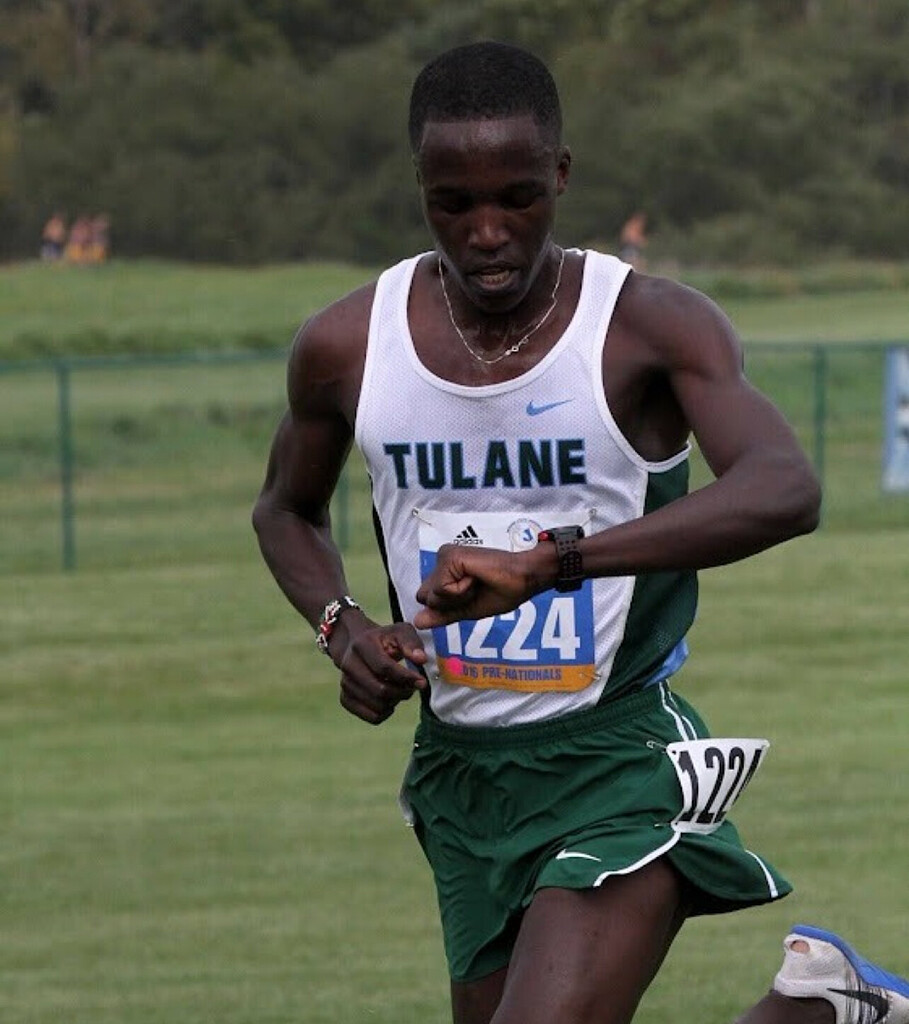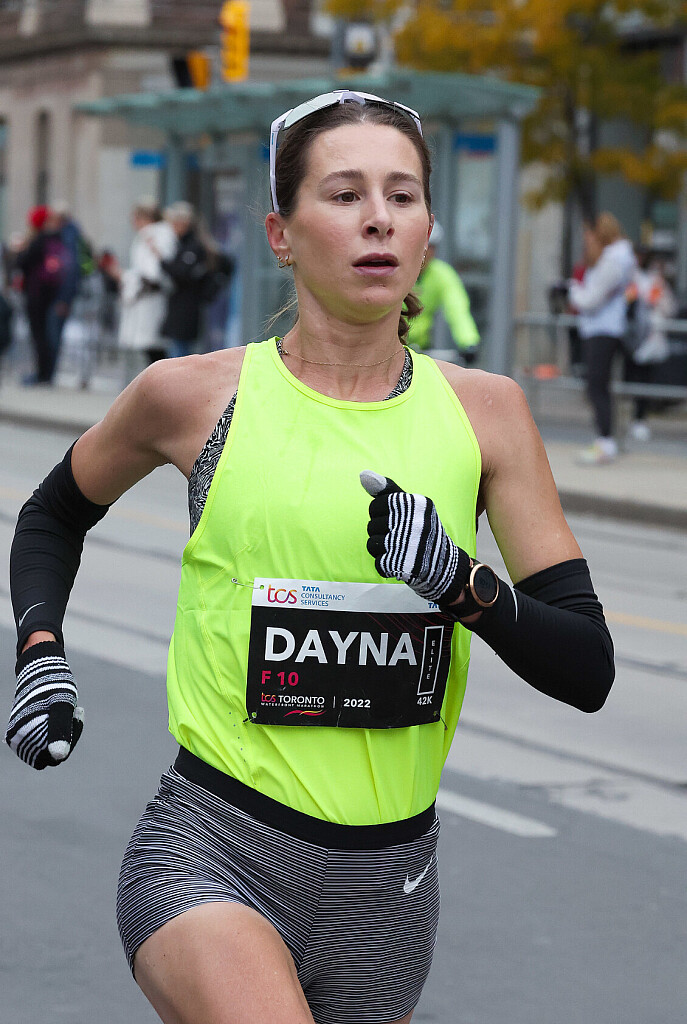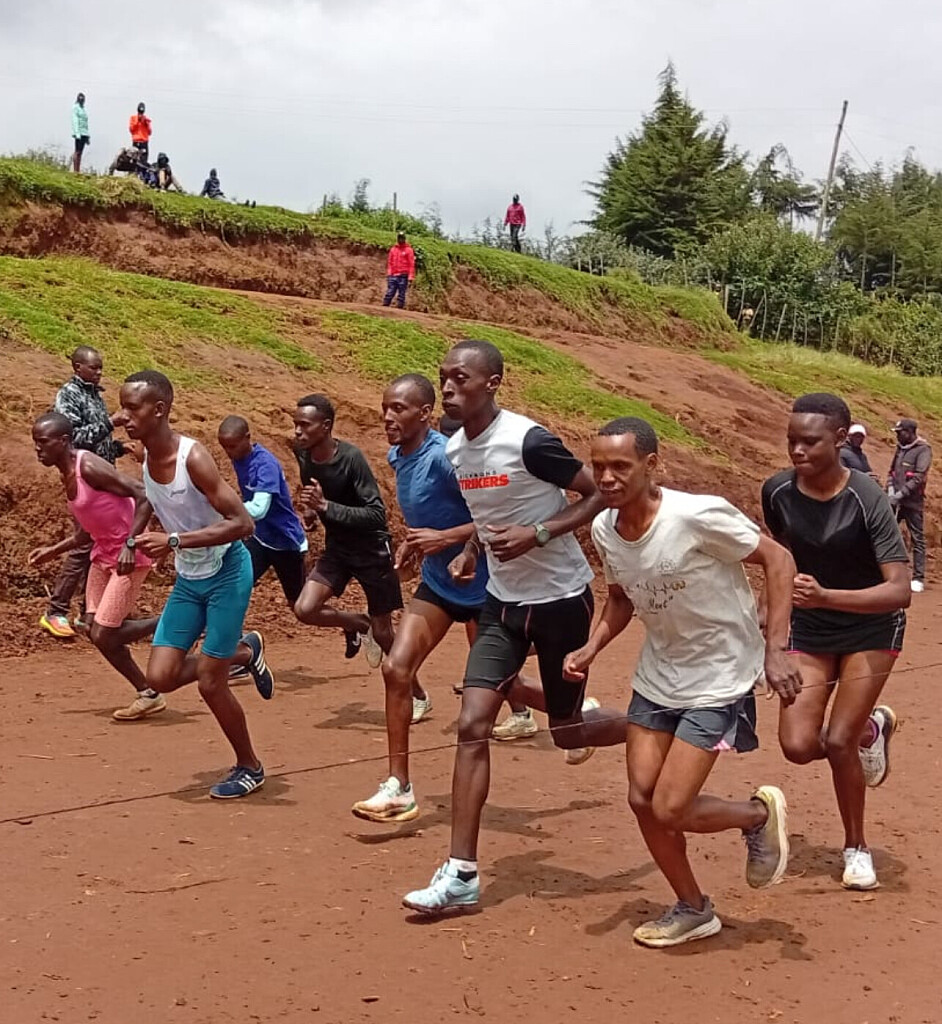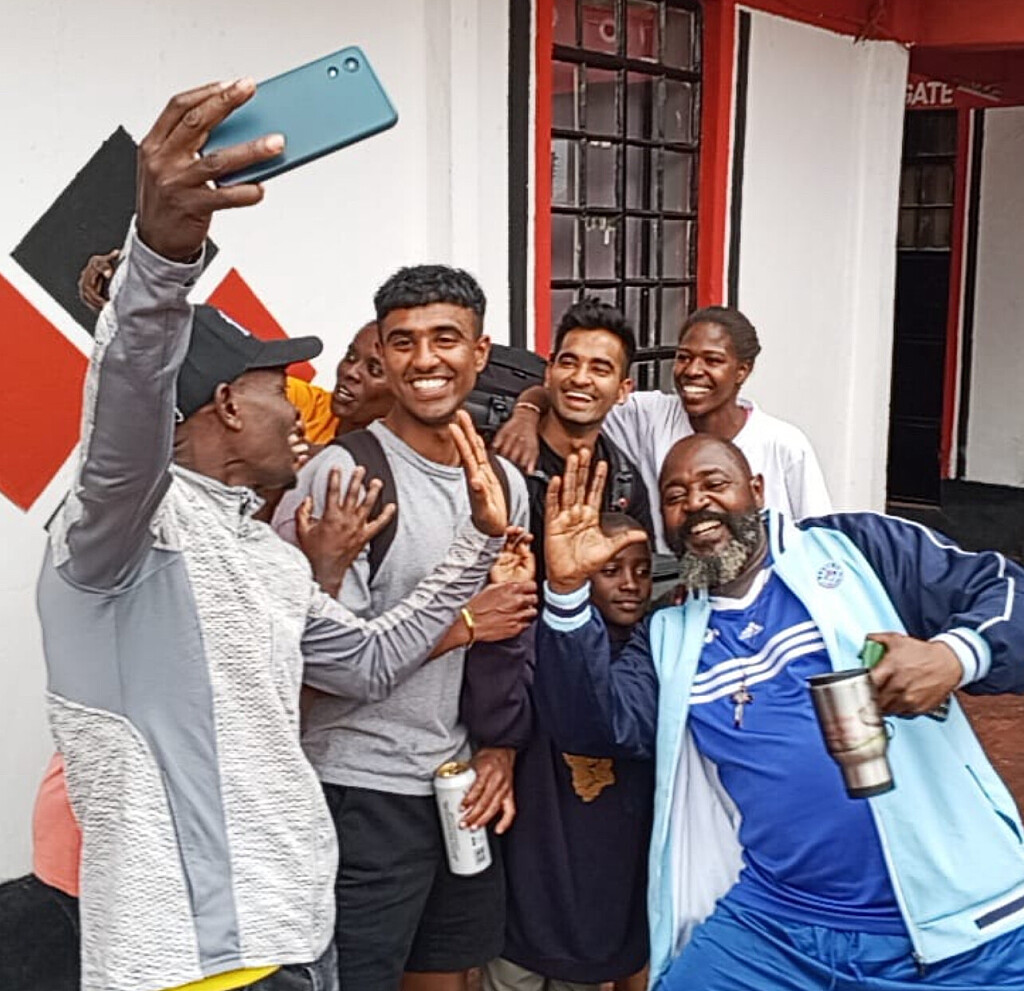Running News Daily
Running News Daily is edited by Bob Anderson. Send your news items to bob@mybestruns.com Advertising opportunities available. Train the Kenyan Way at KATA Kenya and Portugal owned and operated by Bob Anderson. Be sure to catch our movie A Long Run the movie KATA Running Camps and KATA Potato Farms - 31 now open in Kenya! https://kata.ke/
Index to Daily Posts · Sign Up For Updates · Run The World Feed
Building Champions, One Race and One Harvest at a Time: The KATA Story
With 31 training camps across Kenya’s altitude zones and 65 thriving potato farms, the Kenya Athletics Training Academy (KATA) is shaping not only resilient athletes but also sustainable livelihoods. Each KATA camp is not just a training base but also cultivates several acres of KATA potatoes, linking athletics directly with farming and ensuring that athletes’ futures are rooted in more than competition alone.
A Morning of Anticipation in Thika
The sun had barely risen over Thika when athletes began streaming into the venue for the 5th Annual KATA Double Road Race. The crisp morning air carried both anticipation and nerves as runners stretched, laced up, and tested the course that would soon bear witness to their grit.
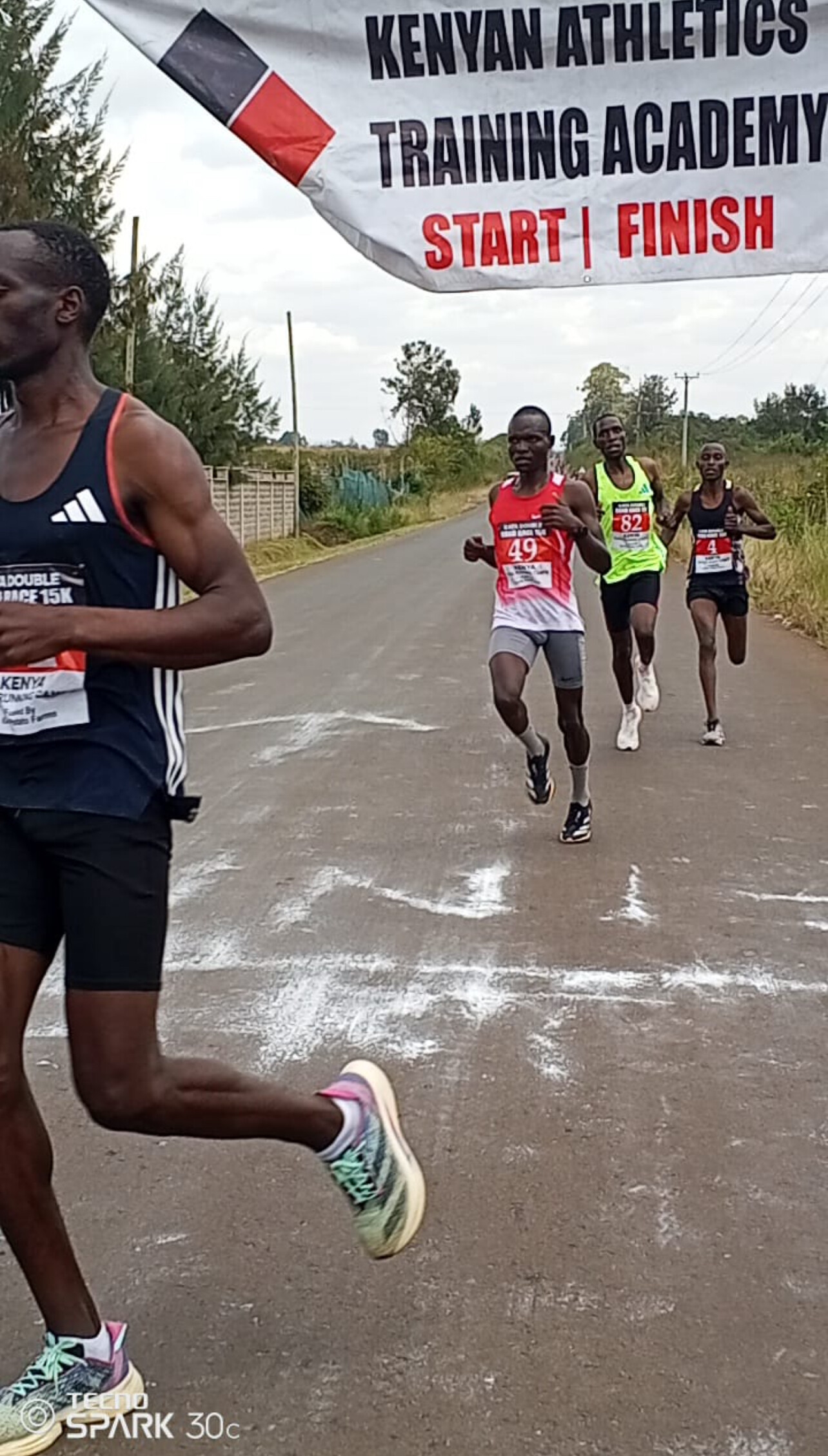
By the time the gun sounded, 97 elite athletes—74 men and 23 women—lined up. For John Matheri, head coach at KATA Thika, the event was more than a competition. It was a lesson in discipline, a test of mental endurance, and a reflection of how far the central region has come in embracing competitive running.
Olympic 5000m medalist and KATA camp operator Edwin Soi emerged as the overall winner, clocking 29:38 for the opening 10K and 14:22 for the final 5K. His combined time of 43:50 was the fifth-fastest ever run for the Double, an event first contested in 2010. On the women’s side, Betty Chesang from the KATA Iten camp was the first across the line in 51:32, marking the sixth-fastest women’s time in Double history.

“We concluded the race well, and it was a good one,” Matheri said proudly, watching the exhausted but smiling athletes cross the line. “The turnout was impressive. I want to extend a special thanks to our sponsor, Bob Anderson, for putting together a team of this magnitude. There is no doubt that within the region, KATA has become an icon.”
A Nationwide Network of Camps and Farms
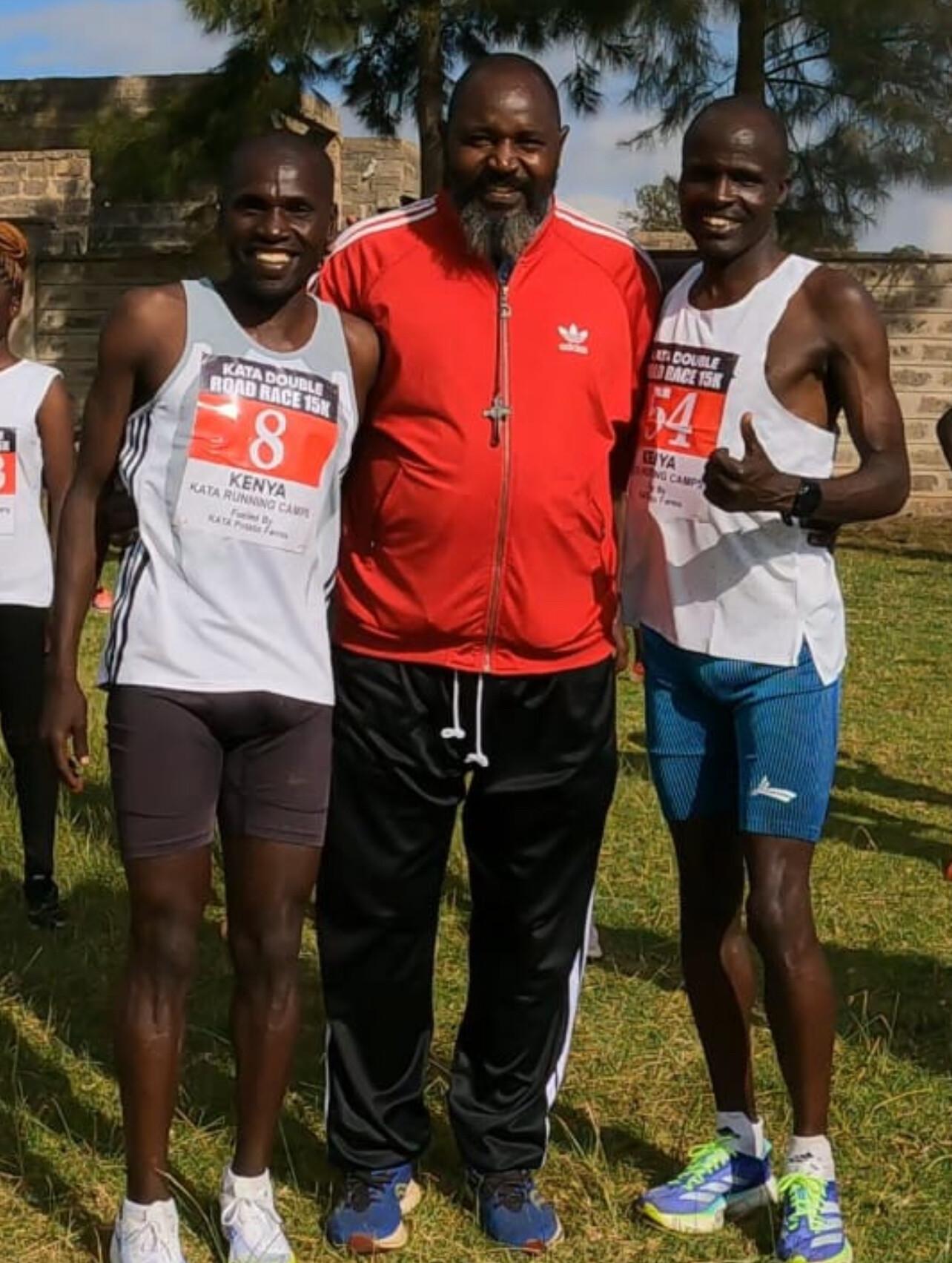
What sets KATA apart is not just its races but the ecosystem it is steadily building for Kenyan athletes. Across the country, 31 KATA-affiliated training camps operate at varying altitudes—from the highlands of the Rift Valley to the mid-altitude base in Thika and lower regions closer to Nairobi. Each camp provides unique conditions that strengthen endurance, adaptability, and competitive edge.
These dual-purpose camps are more than facilities; they are lifelines for athletes dreaming of breaking into the elite ranks. Training at altitude builds strength, while mid-altitude camps prepare runners for race conditions. Together with potato farming, they create a sustainable structure for the future.

This vision is also embodied in Jimmy Mwangangi Muindi, a five-time Honolulu Marathon champion who famously coached Patrick Makau to the world marathon record in 2011. Having worked at Anderson’s Manor in Portugal, Muindi now leads a KATA satellite camp in Machakos County. For him, KATA is about much more than training.
“KATA is building more than runners,” Muindi reflected. “It is building a family—giving young talents not just training, but exposure, support, and hope. That is how future champions are born.”

Beyond Running: The Potato Farming Project
KATA’s sustainability model is as innovative as its racing format. Each camp is supported by several acres of potato farming, tying athletes’ success to both training and cultivation. The revenue from potato sales funds the future of the running camps.
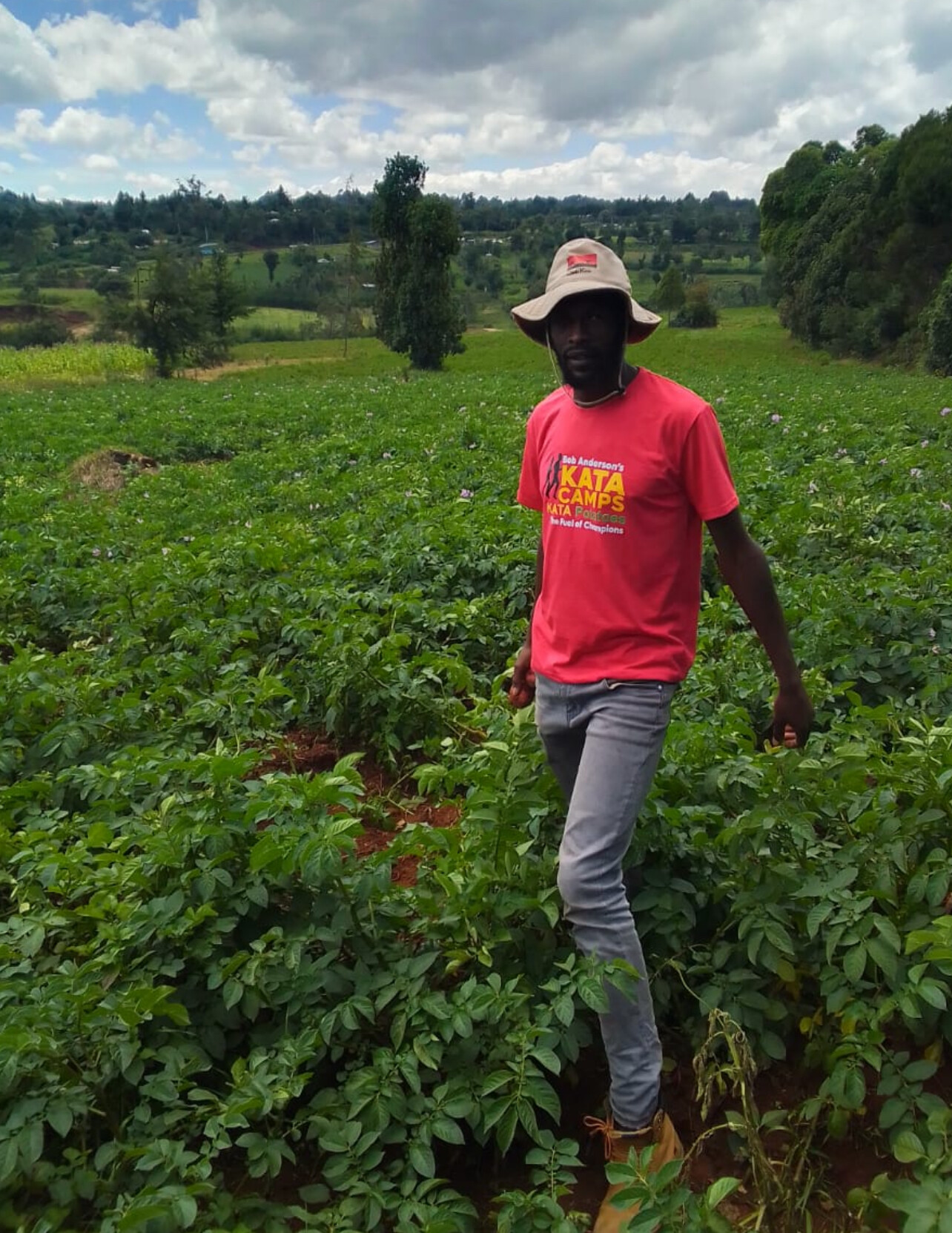
The model is simple but effective. Bob and Catherine Anderson provide an interest-free loan to establish both the camp and its potato farm. From there, the operator and athletes are responsible for managing their acres and securing their own future. KATA continues to provide exposure and guidance, but the responsibility of growth rests with those on the ground.
“The potato project has given us a chance to think beyond running,” Matheri said. “Athletes train hard, but they also need food security and stability. Farming allows them to eat well, earn a little, and stay grounded.”

KATA Chief Technical Officer Denis Musau, who recently returned from Anderson’s Manor House in Portugal, underscored this vision. “KATA is about creating a legacy. By building projects like potato farming, we empower athletes and their camps to sustain themselves financially. That secures their future both on and off the track. I see a very bright future for the KATA family.”
The Spirit of Participation
What stood out most on race day in Thika was the diversity of the field. Athletes from every discipline showed up, while children and enthusiastic spectators cheered from the sidelines. The energy of the crowd became part of the race’s rhythm, fueling the runners through every stride.
Yet the event also highlighted areas for growth. “Our athletes are very strong athletically, but many are missing mental strength,” Matheri observed. Muindi agreed: “Mental resilience is just as vital as physical training. When athletes panic at the sight of big names, they lose focus. Learning to respect the distance is what unleashes true potential.”
For both coaches, raw talent is not enough. Young athletes are like fabric, Muindi often says—materials that must be carefully tailored to become masterpieces.
Inspiration from the Veterans
One of the most inspiring aspects of the Thika Double was the turnout of established athletes—Olympians and medalists—who lined up alongside the next generation. Their presence was not only symbolic but also a powerful motivator for younger runners.
“It is so encouraging, especially here in the central region, to see our elite and professional athletes turning up in big numbers,” Matheri said. “For the young ones, lining up beside Olympians and medalists gives them a sense of what is possible. It gives them hope.”
Building the Future
For the KATA family, the vision remains crystal clear: to prepare a new generation of Kenyan champions while ensuring they have livelihoods beyond running.
“As a family, we are in good hands. We are looking forward to doing great things,” Matheri said with conviction. His final message was one of determination and gratitude: “We promise to use every ounce of our strength to bring change and positivity to the world of sport. We thank our sponsor, Bob Anderson, for the continued support, and we promise to do everything we can to grow this industry. The journey has just begun, but the future is bright.”
Anderson’s Manor in Portugal serves as KATA’s international headquarters, with Bob and Catherine Anderson based there about 50% of the time. It is from this hub that global strategy and support are coordinated, while Kenya remains the main operational location where athletes train, camps thrive, and races like the Double continue to inspire.
As the last athletes packed up and the crowd dispersed, one thing was clear: KATA is more than an academy. It is a movement—blending sport, sustainability, and community to nurture not just athletes, but Kenya’s enduring legacy of running excellence.
(09/29/2025) ⚡AMPby Robert Kibet
Eilish McColgan Clinches Record-Equaling Third Vitality London 10,000
In a commanding performance, Eilish McColgan stormed to victory in the women’s race at the Vitality London 10,000, clocking 30:35. The Scottish star’s win marks her third career triumph at this event, equalling the record for the most women’s victories in its history and reaffirming her place among Britain’s greatest distance runners.
From the opening strides, McColgan dictated the pace with her trademark front-running style, pulling clear of the field and maintaining her advantage through the finish. Her ability to combine rhythm, strength, and tactical awareness once again left her rivals without answers.
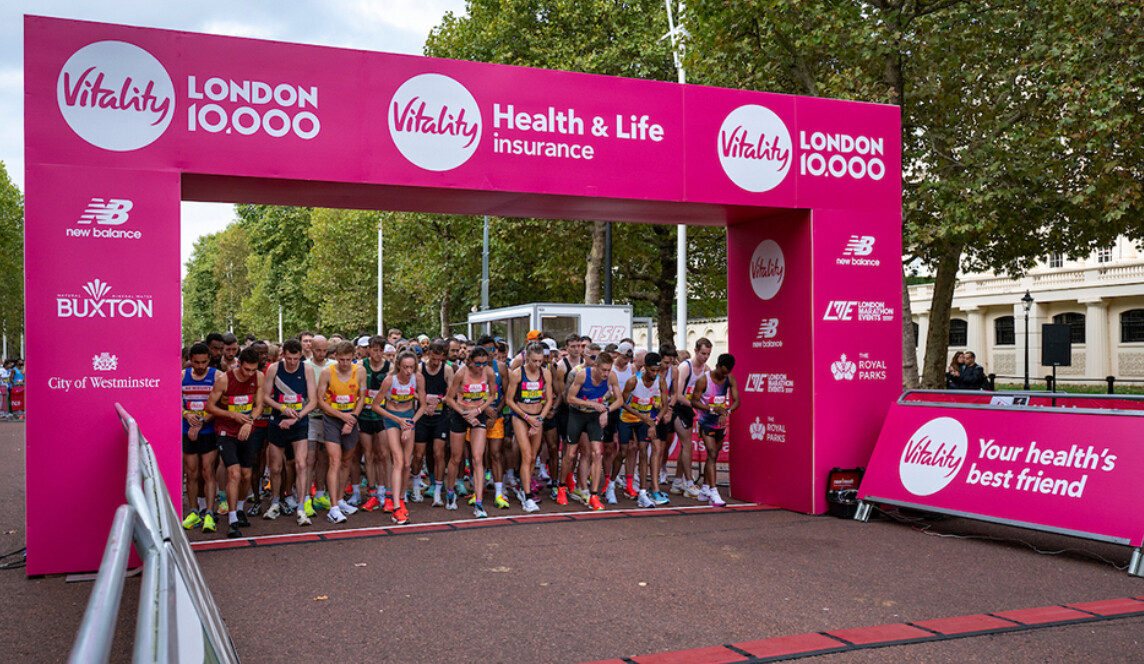
Spotlight on the Women’s Race
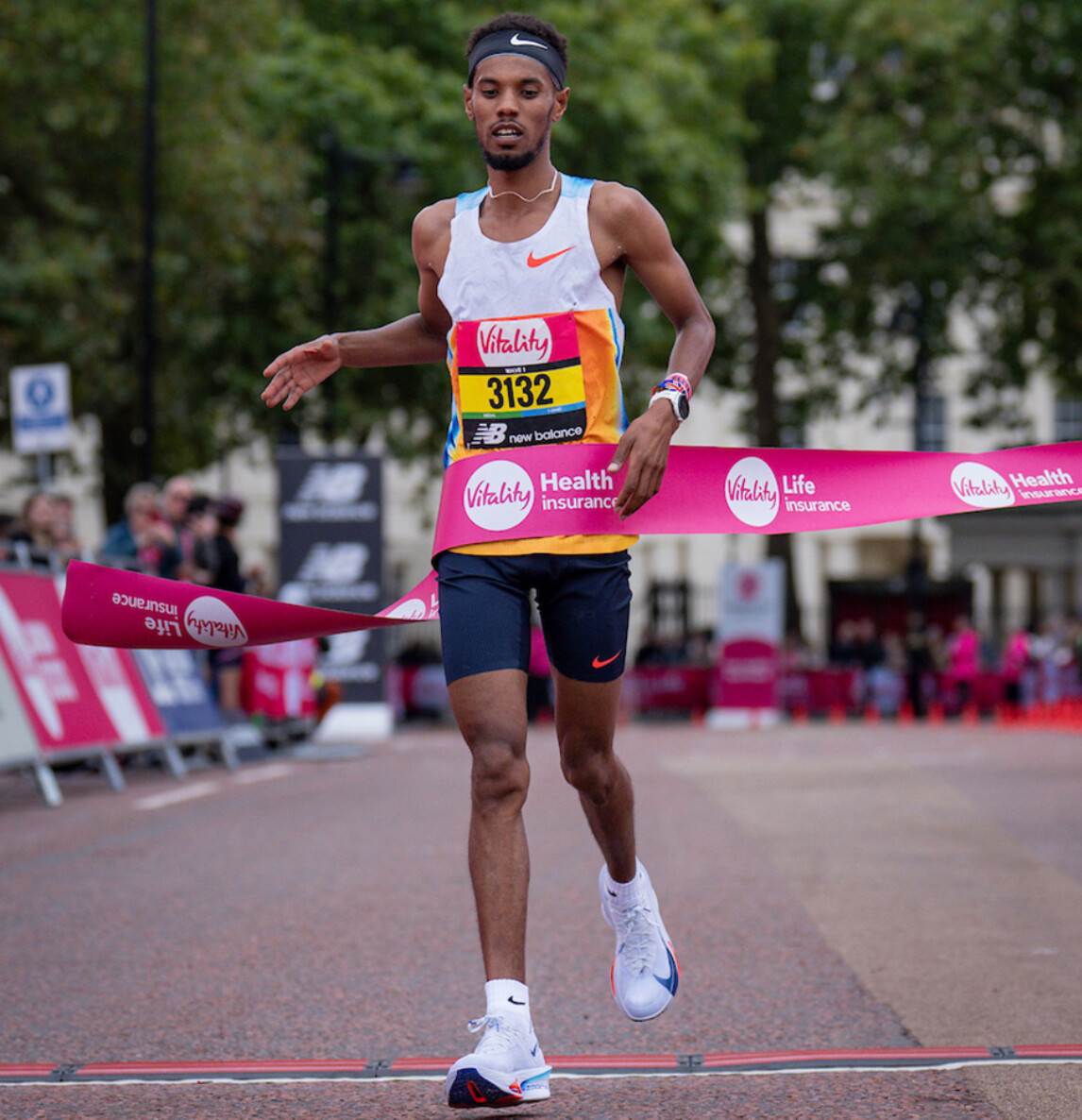
The London 10,000 has long been a stage for showcasing endurance talent, and McColgan’s achievement highlights both her consistency and her resilience. Winning three times on such a competitive course is rare, and her 30:35 finishing time underlines the world-class quality of her performance. For McColgan, this victory is not only a testament to her current form but also a powerful reminder of her longevity at the top level.
Glance at the Men’s Race
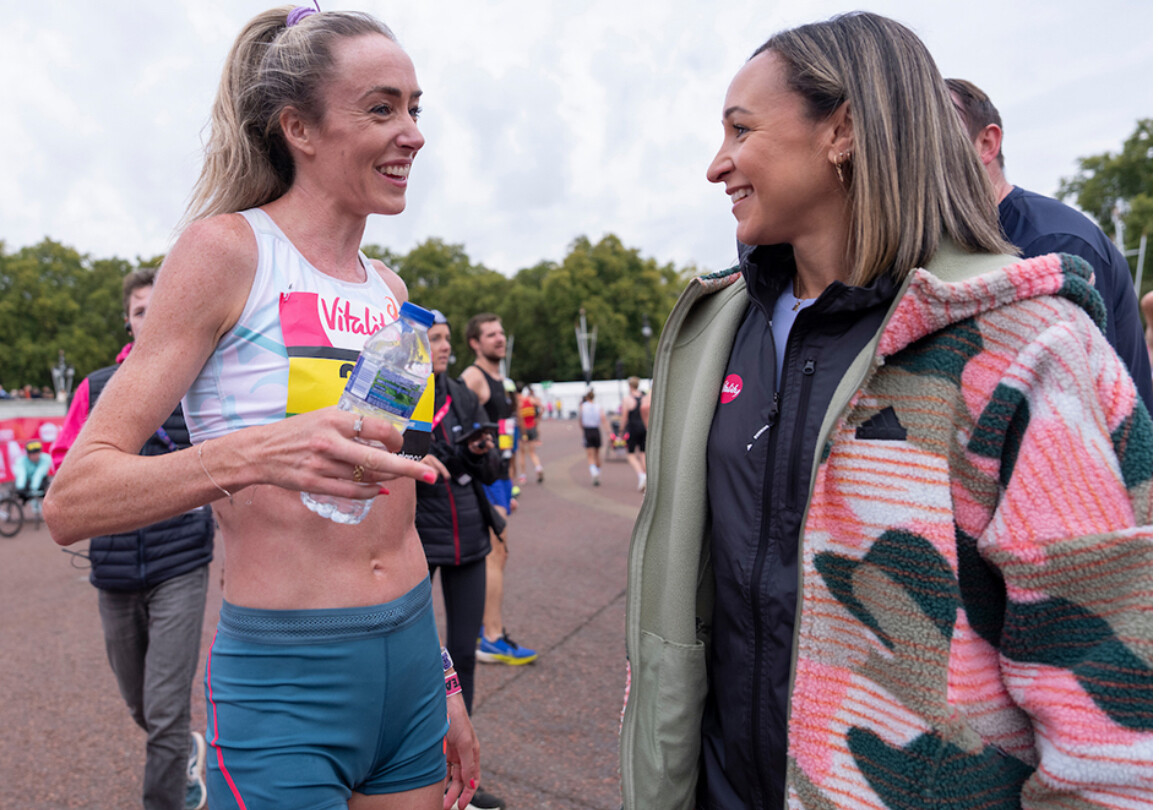
While McColgan’s record-equalling feat headlined the day, the men’s contest delivered drama of its own. Zak Mahamed captured his first London 10,000 title in 29:07, ahead of Blake Moore and Seyfu Jamaal. Mahamed, returning after more than two months away from competition, used the race as a statement of fitness as he looks toward the upcoming road season.
A Defining Moment
The 2025 edition of the Vitality London 10,000 will be remembered first and foremost for McColgan’s landmark achievement. Her third victory, sealed in 30:35, not only cements her status as a leading force in British road racing but also inspires the next generation of athletes who look to follow in her footsteps.
(09/28/2025) ⚡AMPby Boris Baron
Vitality London 10,000
The Vitality London 10,000 takes you past many landmark sites, including the London Eye, Buckingham Palace and the Bank of England – so you even get to do a bit of sightseeing along the way! You will run alongside elite runners and have coverage from the BBC, making this 10km one of the highest in profile of its kind....
more...Americans Jim Walmsley and Katie Schide Win Trail Running World Championship Titles
Canfranc, Spain — September 27, 2025. It was a historic day for U.S. trail running in the Pyrenees as Jim Walmsley and Katie Schide stormed to victory in the Long Trail race at the 2025 World Mountain and Trail Running Championships. Both dominated the grueling 50.9-mile course that packed in nearly 17,750 feet of elevation gain and loss across technical, mountainous terrain.
Walmsley’s Men’s Triumph
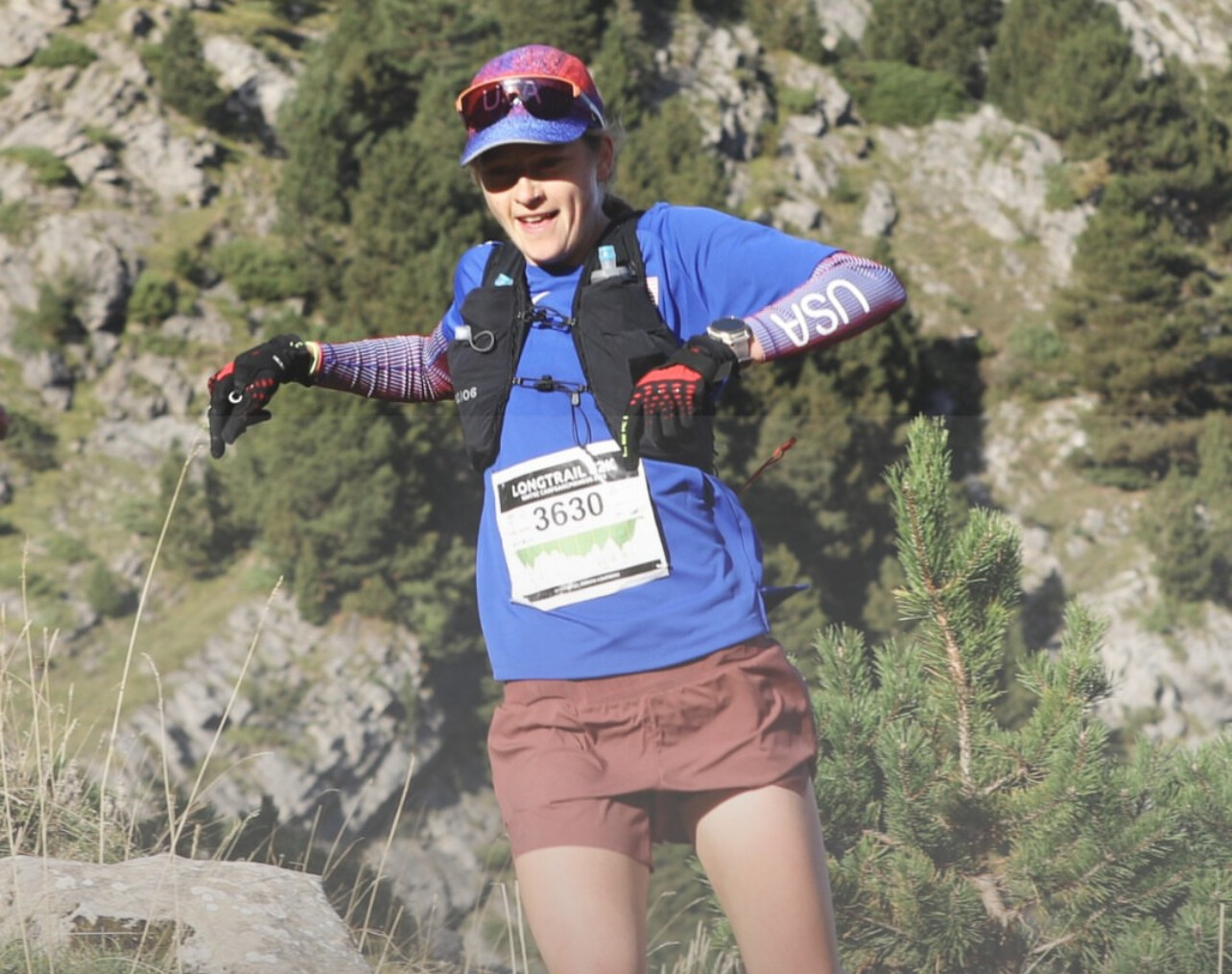
Walmsley, already celebrated as one of the best ultra runners of his generation, played his cards perfectly. After running with France’s Benjamin Roubiol and Louison Coiffet through the opening stages, he surged clear just past 47 km. By the 70 km mark he had carved out a commanding lead and never looked back.
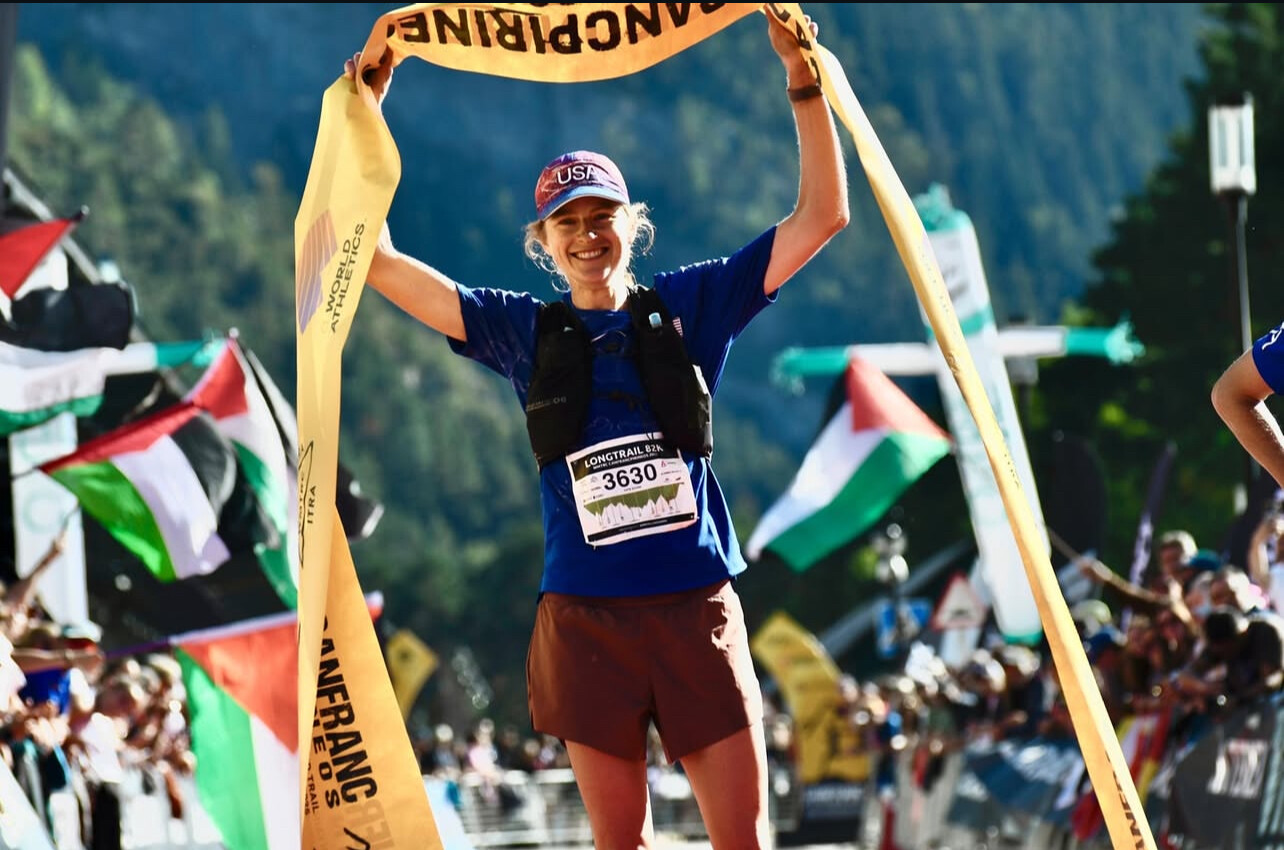
He broke the tape in 8:35:11, more than ten minutes ahead of Roubiol and Coiffet, who shared silver in 8:46:05. For Walmsley, who became the first American man to win UTMB in 2023, this victory further cements his legacy as the standard-bearer for U.S. trail and ultra running.
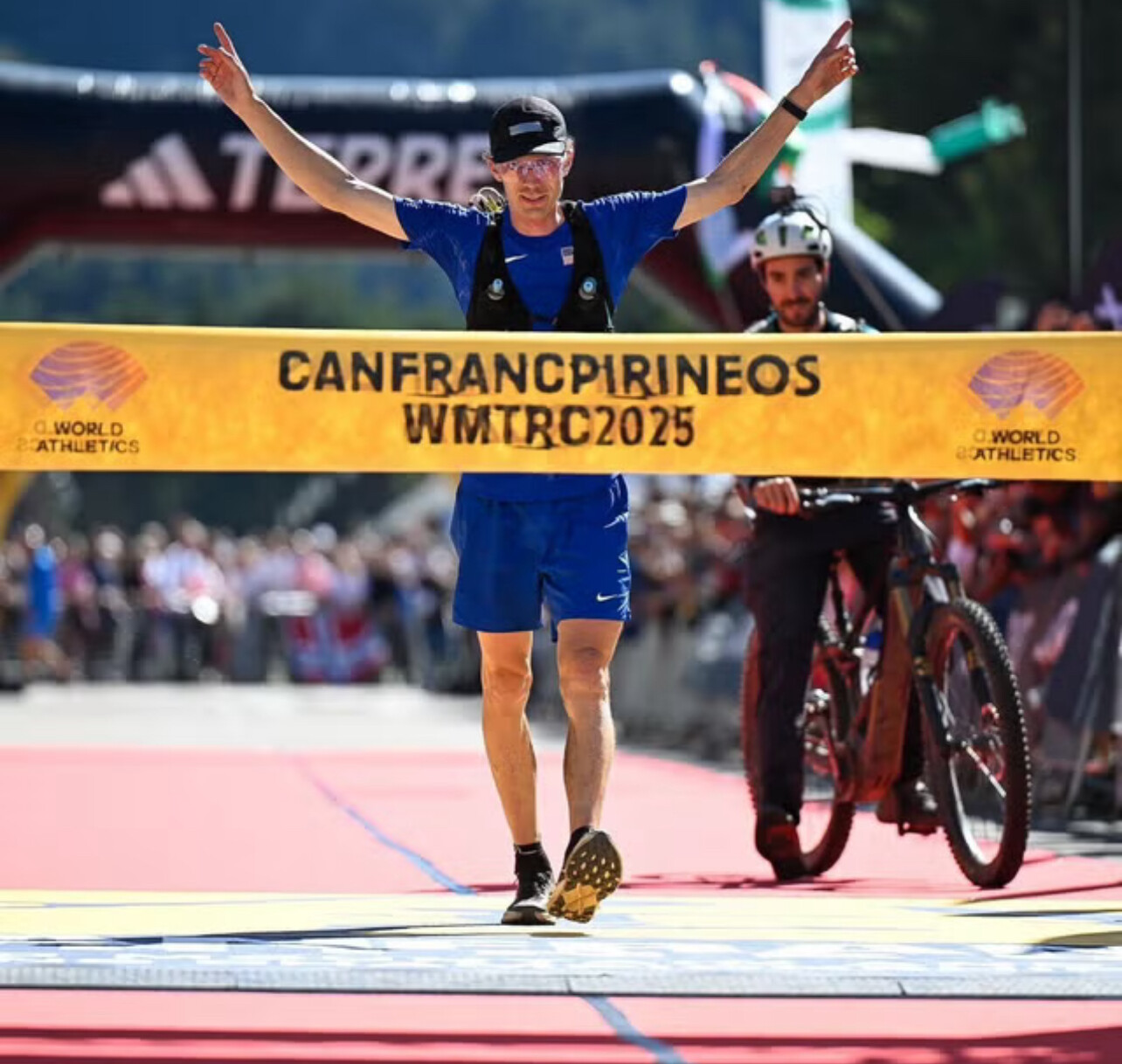
Schide’s Commanding Performance
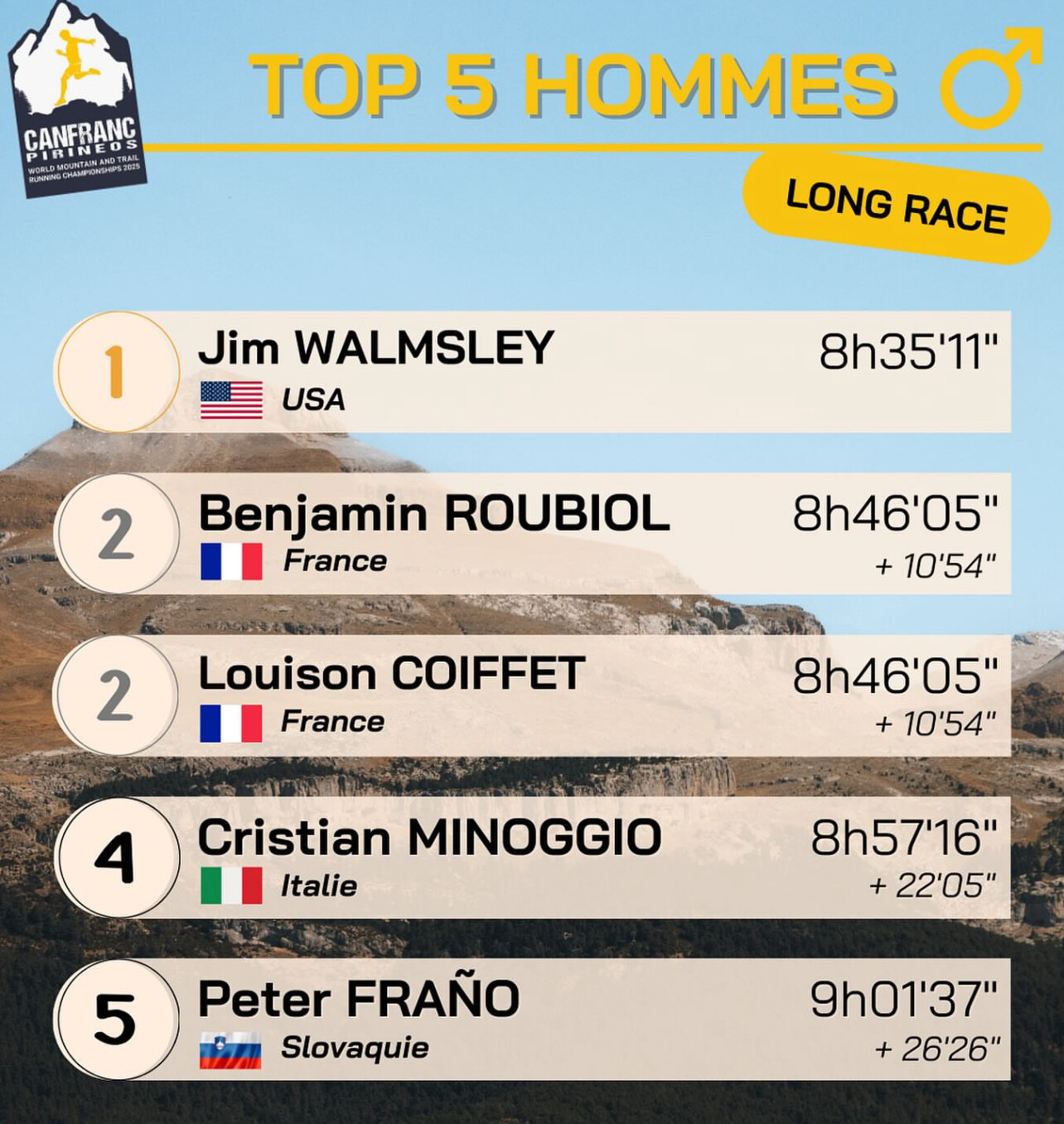
On the women’s side, Katie Schide delivered a masterclass in front-running. She built a gap of 38 seconds within the first 4 km, stretched it to five minutes by 25 km, and by the halfway point was nearly 20 minutes ahead of her nearest rival.
Schide crossed the finish in 9:57:59, winning by more than 25 minutes. Already a champion of UTMB, Hardrock, and Western States, her latest triumph adds a world title to a résumé that ranks among the most impressive in the sport.
A Landmark for U.S. Trail Running
Together, Walmsley and Schide showcased American dominance on one of the world’s toughest stages. Their wins highlight not only physical endurance and technical skill but also tactical brilliance and unwavering mental strength.
For fans and fellow athletes alike, their victories in the Pyrenees are a reminder of what’s possible when preparation meets opportunity on the world stage.
(09/27/2025) ⚡AMPby Boris Baron
Oz Pearlman: Mentalist and Marathoner with a 2:23:52 Personal Best
Oz Pearlman is most known as a world-class mentalist and entertainer, dazzling audiences with mind-reading feats. While his stage act is about illusions and mind-reading, his running accomplishments are very real and recognized in the endurance community.
Oz has carved out a reputation as an elite runner, with marathon credentials and ultra-endurance performances that prove his strength goes far beyond the stage.
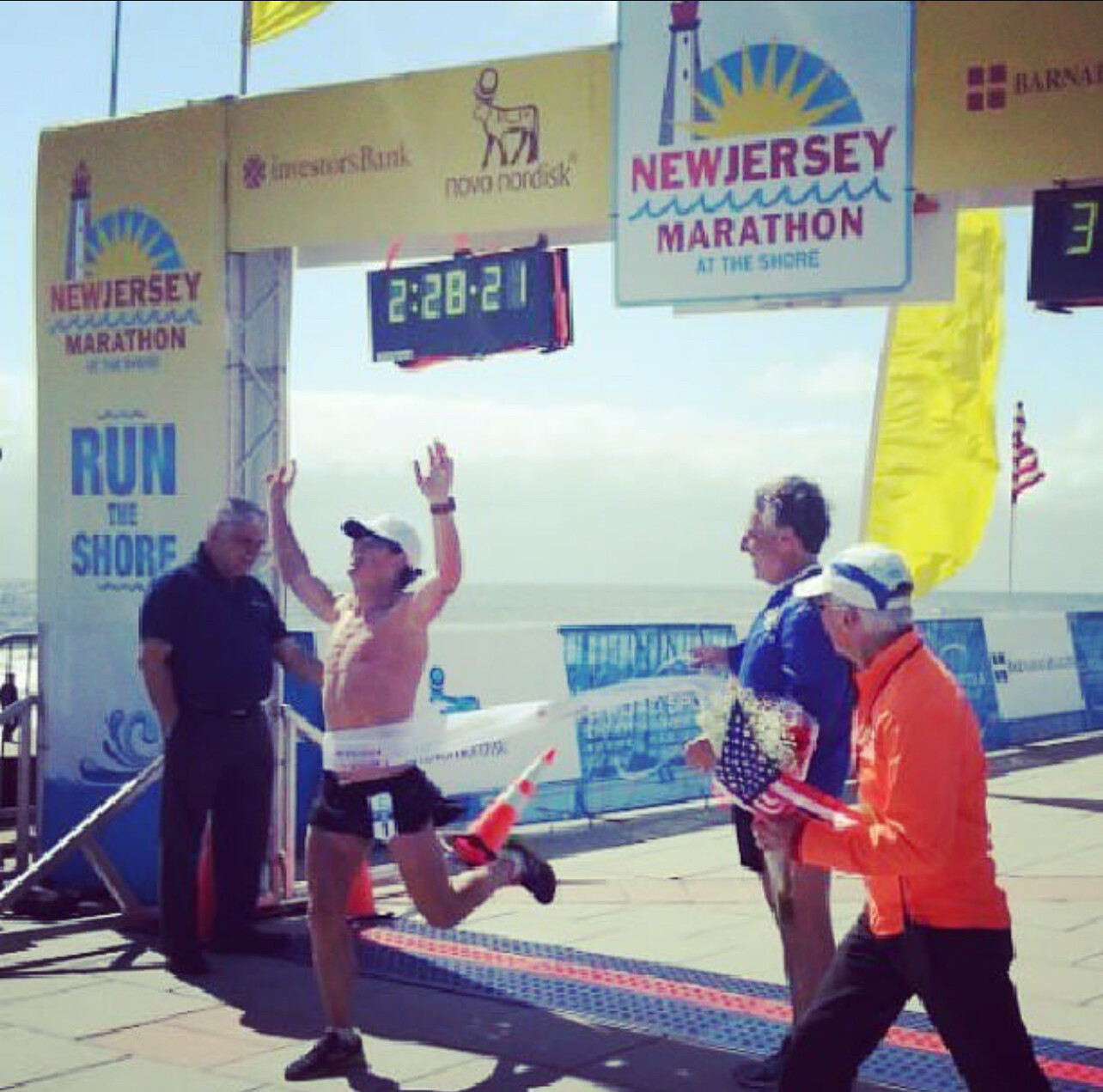
Marathon Credentials
Oz’s personal best marathon of 2:23:52, set at the Philadelphia Marathon in 2014, is a time most competitive runners can only dream of. He’s also posted:
• 2:26:59 at the 2014 New York City Marathon
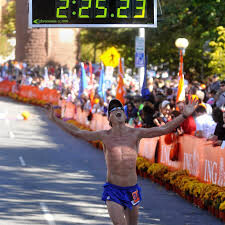
• 2:29:19 at the 2021 NYC Marathon
• 2:40:14 at the 2022 NYC Marathon
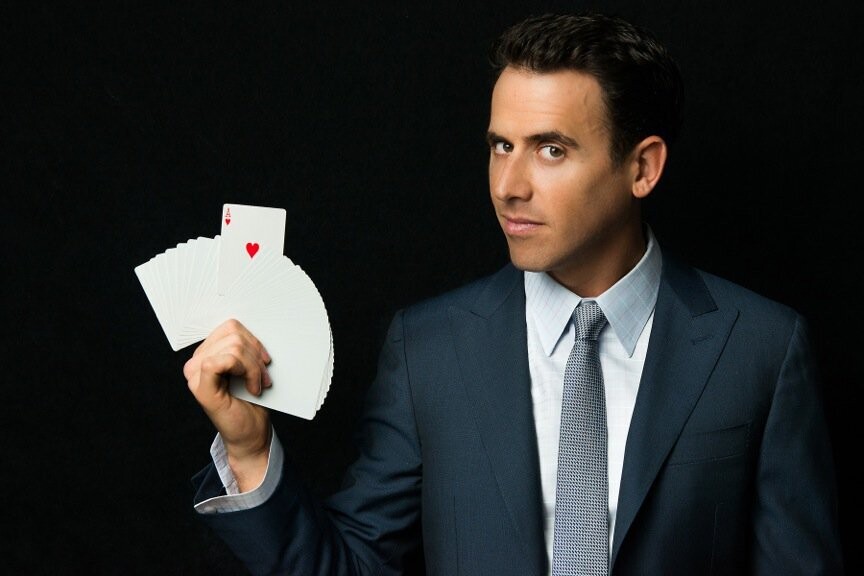
Along the way, he’s notched victories in regional races, including the New Jersey Marathon, underscoring his range and consistency.
From Marathons to Ultramarathons

Oz didn’t stop at 26.2. He’s tested his limits in some of the sport’s toughest arenas:

• 100 miles in 16:53:25 at the Keys Ultra (2021), finishing second overall.
• 100 miles in 18:25:23 at the Umstead 100-Mile Endurance Run (2025).
• 117 miles in Central Park (2022), setting the record for most loops in a single day while raising funds for Ukrainian relief.
• A nonstop run from Montauk Point Lighthouse to Times Square — over 130 miles in 24 hours.
These efforts highlight not only his physical endurance but also his ability to push through the mental barriers that define ultra running.
Mind Over Miles
As a mentalist, Oz has honed a mastery of focus, patience, and mental toughness — qualities that translate seamlessly to distance running. Whether chasing sub-2:25 marathons or grinding through 100-mile ultras, he shows that success in endurance sport comes as much from the mind as from the legs.
Running With Purpose
Many of Oz’s longest challenges have doubled as fundraising efforts, proving that his running is about more than personal achievement. His Central Park ultra raised significant support for Ukraine, reflecting how he uses his talents — both on stage and on the course — to make an impact.
Oz Pearlman is more than an entertainer. He is a reminder that resilience, consistency, and the power of the mind can take us further than we imagine — sometimes all the way from Montauk to Manhattan.
(09/27/2025) ⚡AMPby Boris Baron
Mulugeta Uma Returns to Defend TCS Toronto Waterfront Marathon Crown
Ethiopia’s Mulugeta Uma, the 2024 TCS Toronto Waterfront Marathon champion, has confirmed he will return to Canada’s premier road race on October 19 to defend his title. The 27-year-old says his focus is clear:
“My aim is to run a fast time but if I am unable to run a fast time I must win the race.”
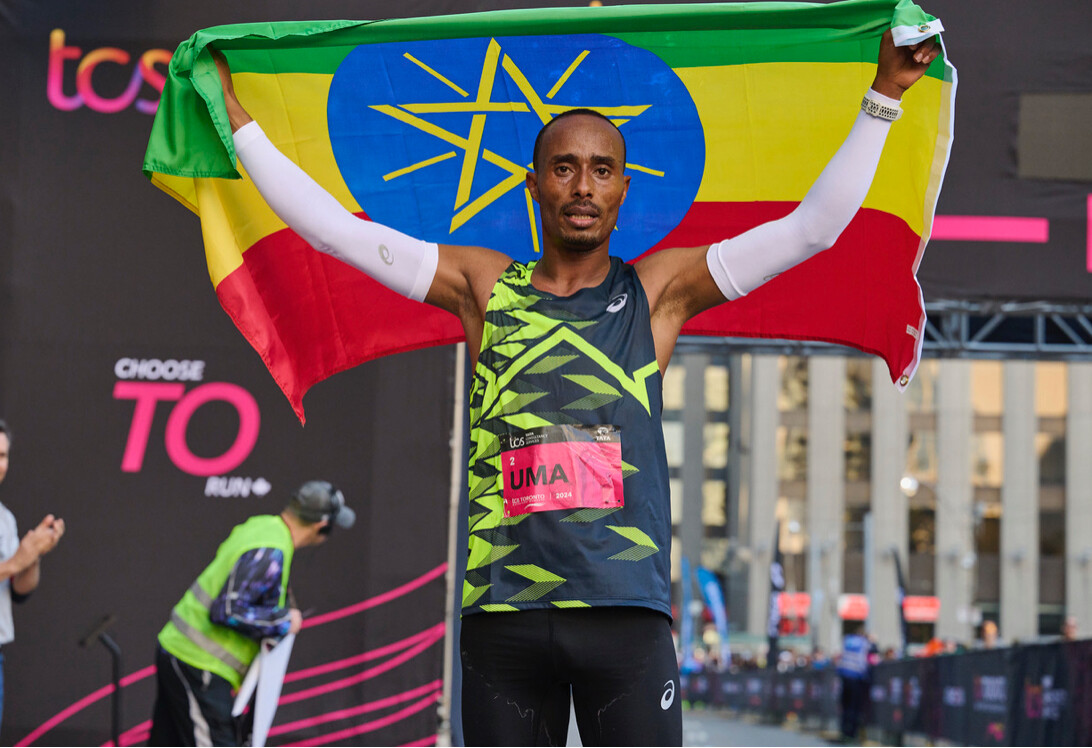
Podium Rematch
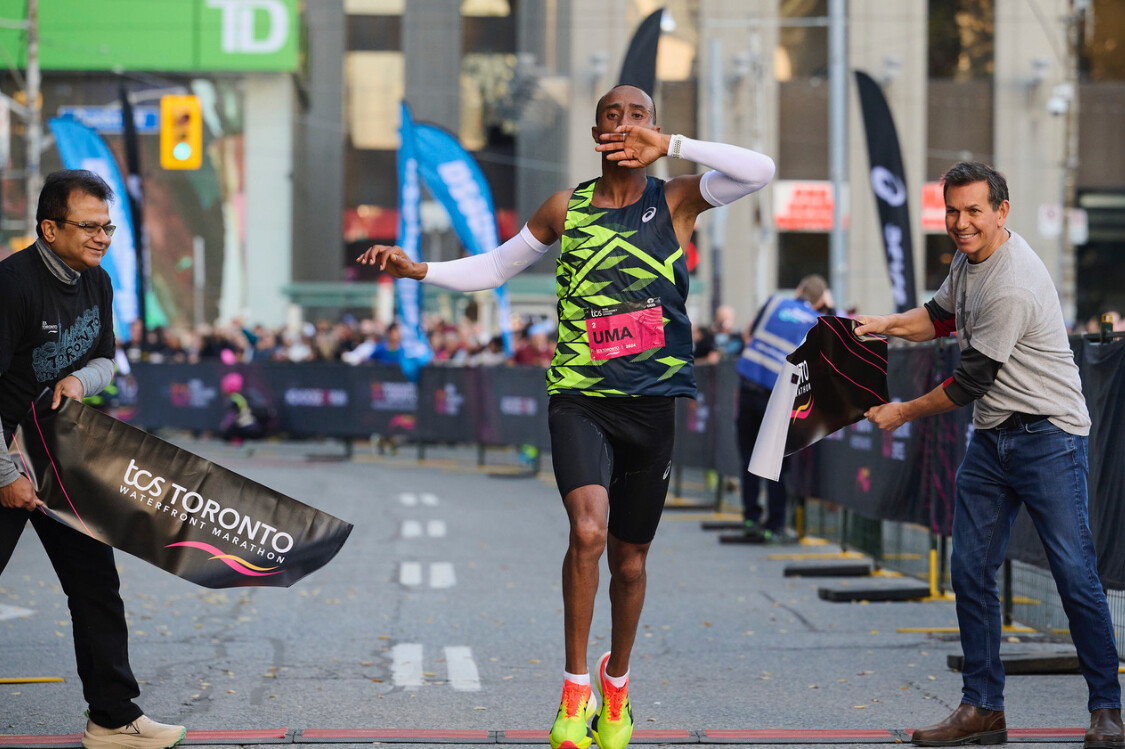
Uma’s addition to the field sets up an exciting reunion with the two men who joined him on last year’s podium. Kenya’s Dominic Ngeno, who finished second in 2024, and Noah Kipkemboi, who claimed third, have already been confirmed for this World Athletics Elite Label race.
Though Uma won Toronto last year in 2:07:16, he has proven he can run much faster. His personal best of 2:05:33 came at the 2024 Paris Marathon, and he clocked 2:05:46 for fifth place earlier this year at the prestigious Tokyo Marathon, a World Marathon Major.
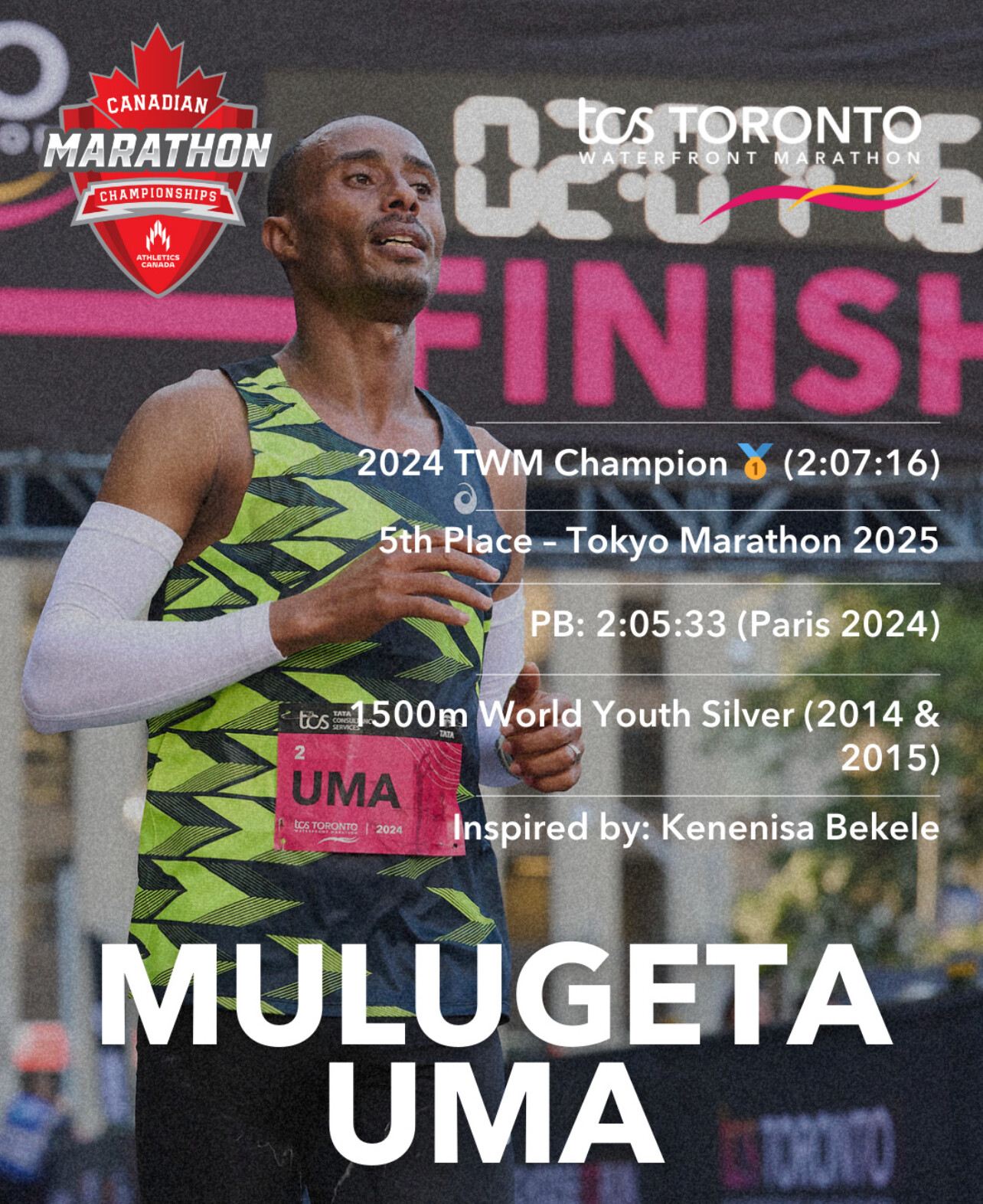
Remembering Toronto 2024
Uma recalls how last year’s Toronto victory unfolded dramatically.
“After halfway, no one was willing to lead but the Kenyan athlete (Ngeno) had a big surge and disappeared from our sight,” he remembers.
“We decided to leave him and thought we were going for second place. After a while I decided to try my best to catch him and, finally, I caught him and managed to win the race.”
His win earned him $20,000 CAD—a payday that has since risen to $25,000 for the 2025 edition. Beyond the prize money, Uma says he enjoyed his first visit to Canada’s largest city.
“I enjoyed the course and had an amazing experience in Toronto. I do have friends there and they are the ones who took me sightseeing.”
From Waliso to the World Stage
Born in Waliso, about 100 kilometers southwest of Addis Ababa, Uma grew up in a farming family. Inspired by Ethiopia’s Olympic heroes, he pursued running as a child and quickly made a name for himself in the 1,500m, winning silver at the 2014 Olympic Youth Games and the 2015 IAAF World Youth Championships.
But his career was derailed when he ruptured his Achilles tendon—an injury he attributes to racing in spikes. It forced him into a seven-year hiatus.
His return to the sport was fueled by watching his hero, Kenenisa Bekele, transition to the roads.
“Kenenisa was the athlete who inspired me. I was eager to achieve what he did on the track. Annoyingly, my injury prevented me from the track racing I loved, but still my role model showed me I could run sub-2:02. I am working hard to run a fast time like him.”
Bekele, a three-time Olympic champion, famously ran 2:01:41 in Berlin in 2019—just two seconds shy of the then world record.
Family and Future Goals
Uma is married to Bone Chuluka, who represented Ethiopia at two World Cross Country Championships, winning medals in the mixed relay event. The couple, who currently have no children, train together as they pursue their athletic goals.
Looking ahead to October, Uma has his eyes not just on defending his crown but also on history. The course record in Toronto remains 2:05:00, set in 2019 by Kenya’s Philemon Rono.
Asked if he might challenge that mark, his response was simple:
“Yes, why not?”
Few would doubt his ability to deliver.
(09/26/2025) ⚡AMPby Paul Gains
TCS Toronto Waterfront Marathon
The Scotiabank Toronto Waterfront Marathon, Half-Marathon & 5k Run / Walk is organized by Canada Running Series Inc., organizers of the Canada Running Series, "A selection of Canada's best runs!" Canada Running Series annually organizes eight events in Montreal, Toronto and Vancouver that vary in distance from the 5k to the marathon. The Scotiabank Toronto Waterfront Marathon and Half-Marathon are...
more...New Baby Stroller Mile World Record Set at 4:26.29
In one of the most unique records in running history, American runner Silas Frantz has set a new Baby Stroller Mile World Record, clocking an astonishing 4:26.29 while pushing his son, Otto.
The feat took place on the track, where Frantz combined world-class speed with the added challenge of safely guiding a stroller for four laps. The video of his record-breaking run has quickly gone viral, drawing awe and admiration across the running community.
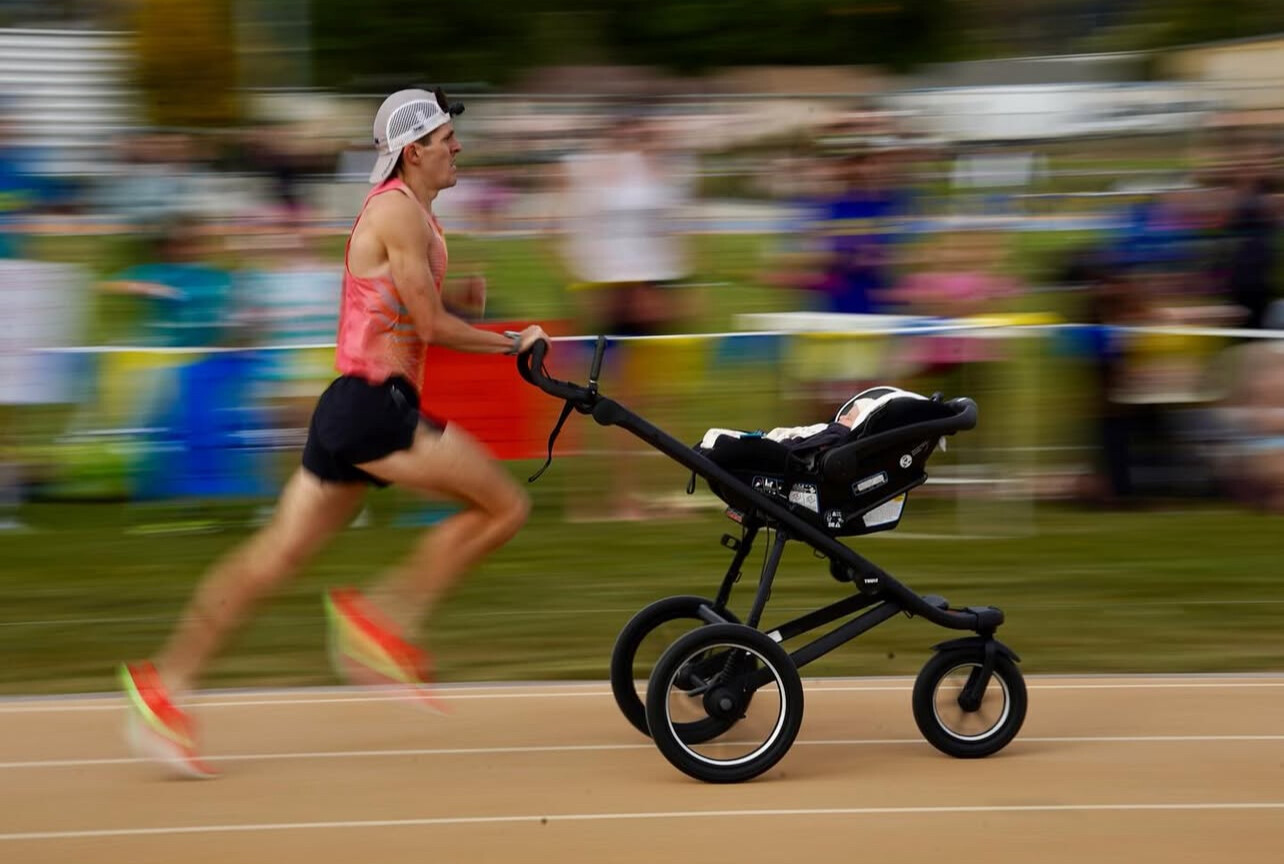
Frantz, a former collegiate standout, showed that fatherhood and elite fitness can blend in extraordinary ways. While stroller runs are often a part of new parents’ training routines, taking it to this level—running sub-4:30 for the mile—demonstrates exceptional strength, coordination, and determination.
A Growing Trend: Stroller Running Records
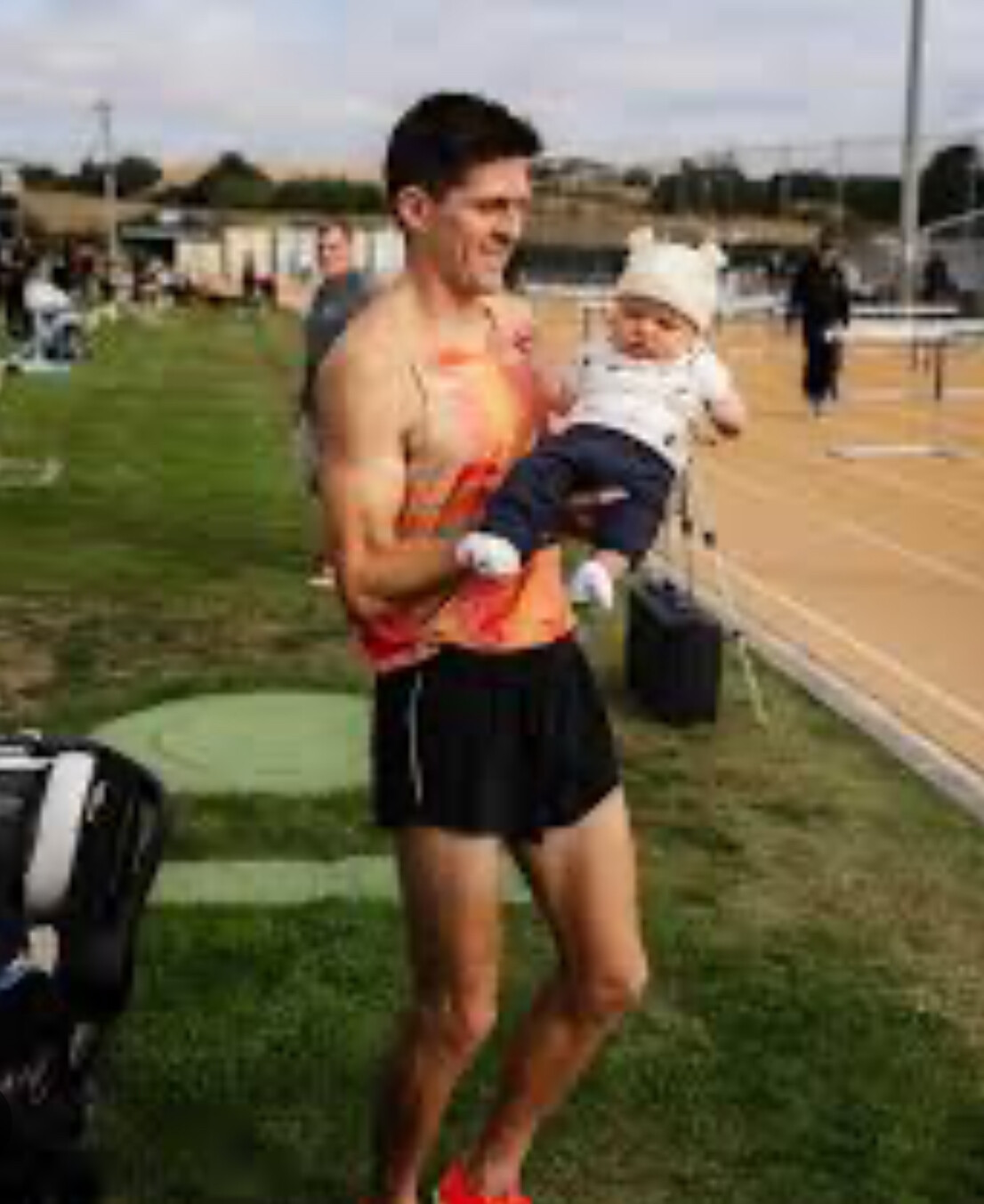
Running with a stroller has grown in popularity, with both casual parents and competitive athletes incorporating it into training. Records have been tracked for stroller 5Ks, 10Ks, half marathons, and marathons—but the stroller mile is a rarer challenge.
To put it in perspective, running a 4:26 mile solo is already elite territory. Doing it while pushing the weight and resistance of a stroller makes this one of the most impressive niche records in recent years.
Otto: The Youngest Record Holder?
While all eyes are on Silas Frantz’s speed, baby Otto gets to share in the glory—earning the title of perhaps the youngest co-participant in a world record mile. Comfortably bundled in his stroller, Otto looked completely unfazed during the effort, while his dad powered around the track at near-professional pace.
The Viral Moment
Clips of the run shared on social media by @lane.one.run and picked up by Bleacher Report have racked up hundreds of thousands of likes and comments. Fans are calling it one of the most heartwarming and jaw-dropping running achievements of the year.
Community Reactions
“Unbelievable—try running a mile that fast without a stroller first!” one fan commented. Another joked, “Future Olympian Otto already has a world record under his belt.”
Even elite runners chimed in. Sara Slattery, former U.S. Olympian, encouraged a fan who joked about trying the 400m stroller sprint: “You’d kill it!!”
Silas Frantz’s stroller mile record is more than just a quirky achievement—it’s a testament to creativity, family, and the endless ways runners continue to push boundaries.
(09/25/2025) ⚡AMPby Boris Baron
Shewarge Alene, Stockholm Marathon Champion, Passes Away at 30
The global running community is mourning the sudden loss of Ethiopian marathoner Shewarge Alene, who tragically passed away at the age of 30 after collapsing during a training session—just four months after her victory at the Stockholm Marathon.
On May 31, 2025, Alene conquered Stockholm with a winning time of 2:30:38, adding another jewel to her outstanding career. The Stockholm Marathon confirmed her passing in a heartfelt statement, remembering her as the champion of their most recent edition.
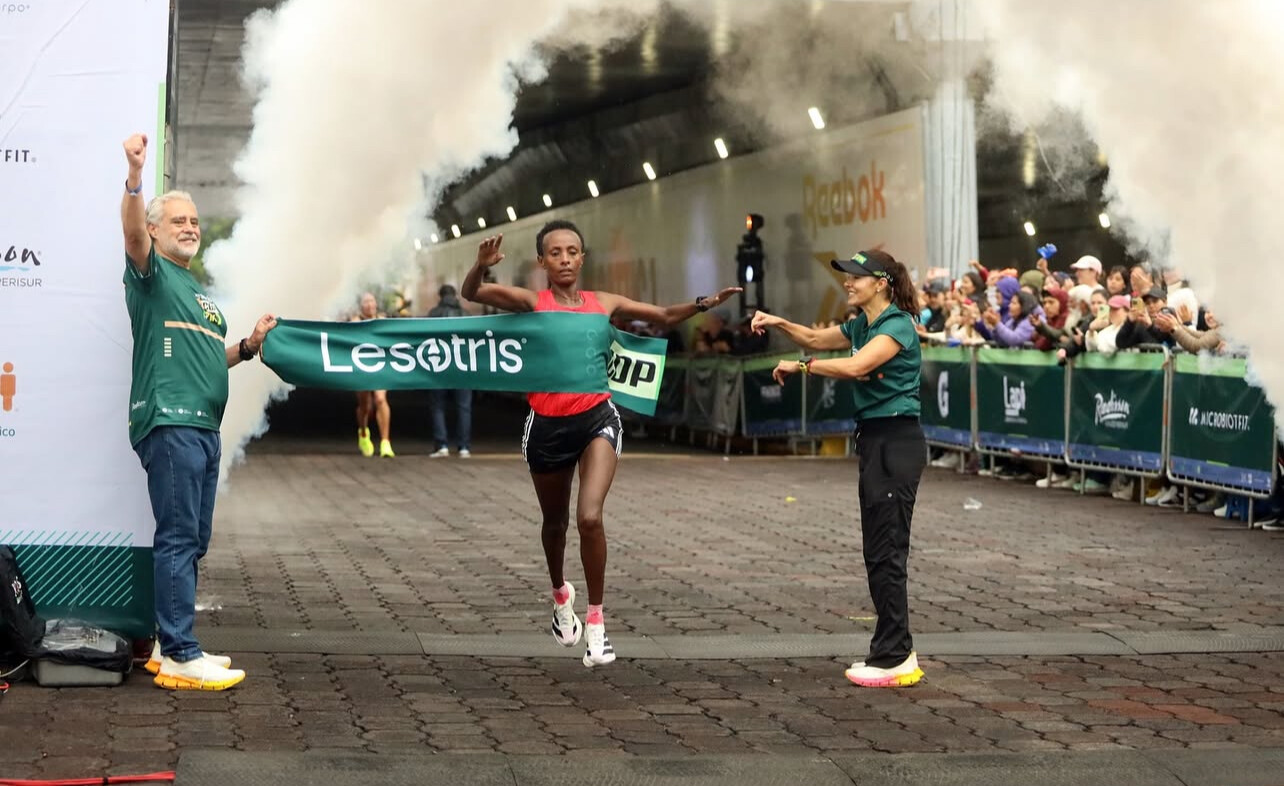
Alene’s impact on the sport was profound. Beyond her Stockholm triumph, she claimed victories at the Mexico City Marathon and the Santiago de Chile Marathon, among others, amassing an impressive 17 professional wins. Her personal best of 2:27:26 placed her firmly among the top marathoners of her generation.
Her sudden loss is a stark reminder of life’s fragility, even for athletes who appear invincible on the course. Shewarge Alene will be remembered not only for her triumphs, but also for the determination and joy she brought to every race.
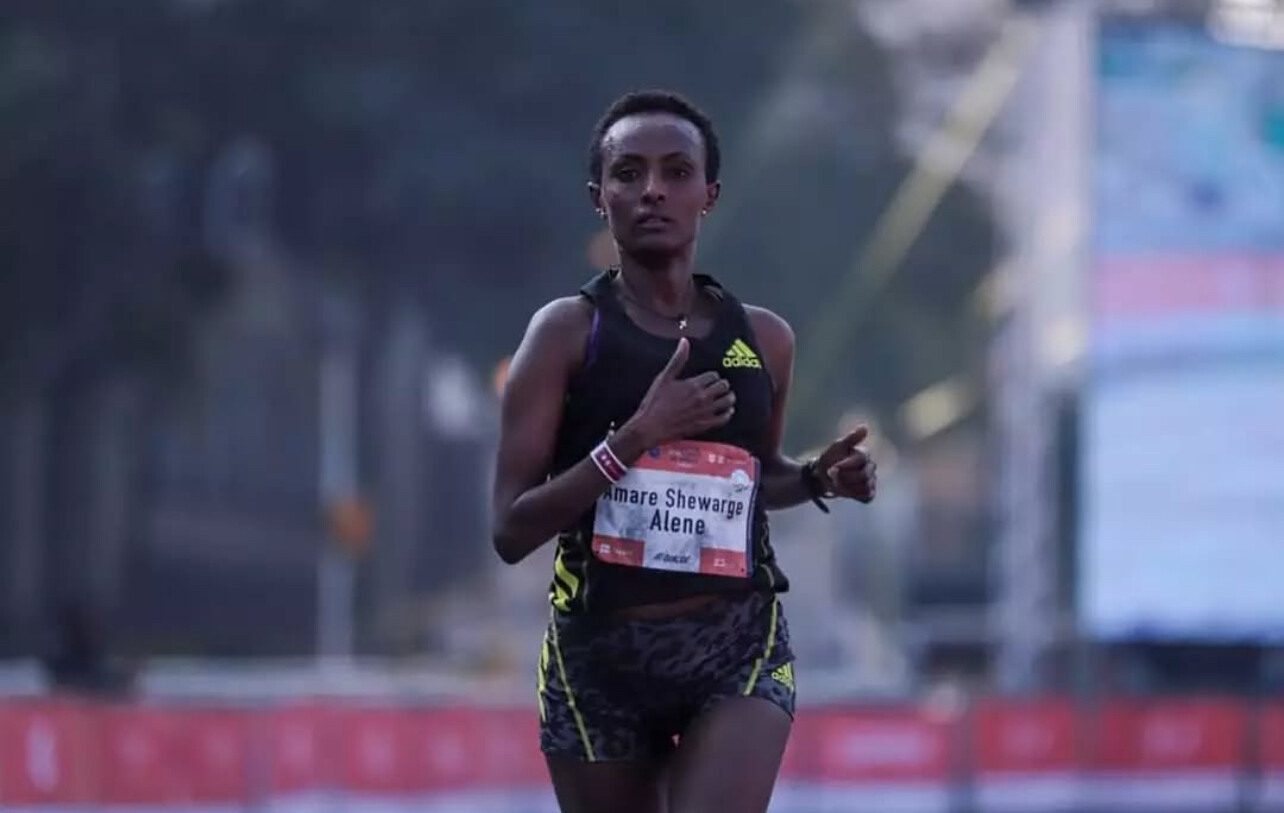
Career Highlights – Shewarge Alene
• Stockholm Marathon Champion (2025) – 2:30:38
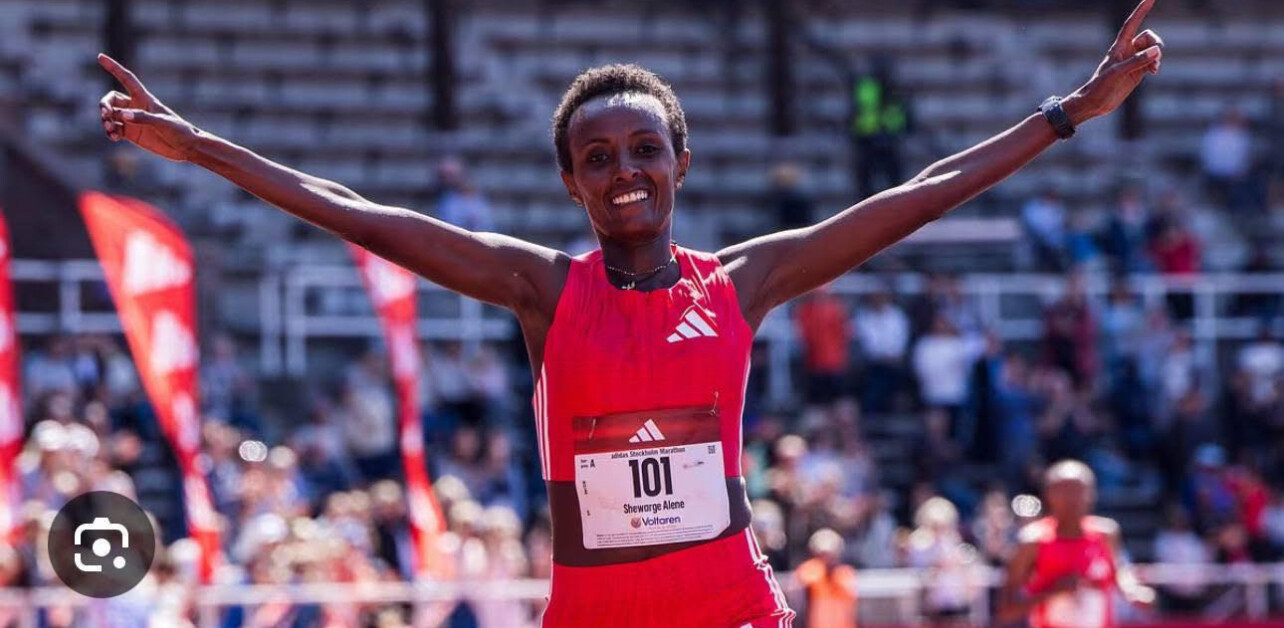
• Mexico City Marathon Champion
• Santiago de Chile Marathon Champion
• 17 professional marathon victories
• Personal Best – 2:27:26 (Marathon)
A Lasting Tribute
In their statement, the Stockholm Marathon organizers wrote:
“Shewarge Alene will forever remain part of our history. Her victory in May inspired thousands of runners and reminded us all of the power of resilience. Today, we honor not just her achievements, but her spirit. Our thoughts are with her family, friends, and the running community worldwide.”
Her legacy will endure in the marathons she conquered and in the countless runners she inspired.
(09/25/2025) ⚡AMPby Boris Baron
From Rain to Heat: Sabastian Sawe and the New Chapter of Berlin’s Weather-Tested Records
Fifteen years ago, Patrick Makau braved torrential rain and deep puddles on the streets of Berlin, chasing Haile Gebrselassie’s marathon world record. The conditions ruined his attempt, but Makau still managed 2:05:08—the fastest marathon ever run in such relentless rain. A year later, with fair weather, he returned and broke the world record with 2:03:38.
On Sunday in Berlin, history echoed in a new way. This time, it wasn’t rain but unseasonable heat that stood between a Kenyan and marathon immortality. Sabastian Sawe, the 30-year-old rising star, had his sights set on Eliud Kipchoge’s 2:00:35 mark. Instead, he delivered what can only be called a “warm-weather world record,” blazing through the 26.2 miles in 2:02:16. Despite being 101 seconds off the record, it was the fastest time ever achieved in such high temperatures.
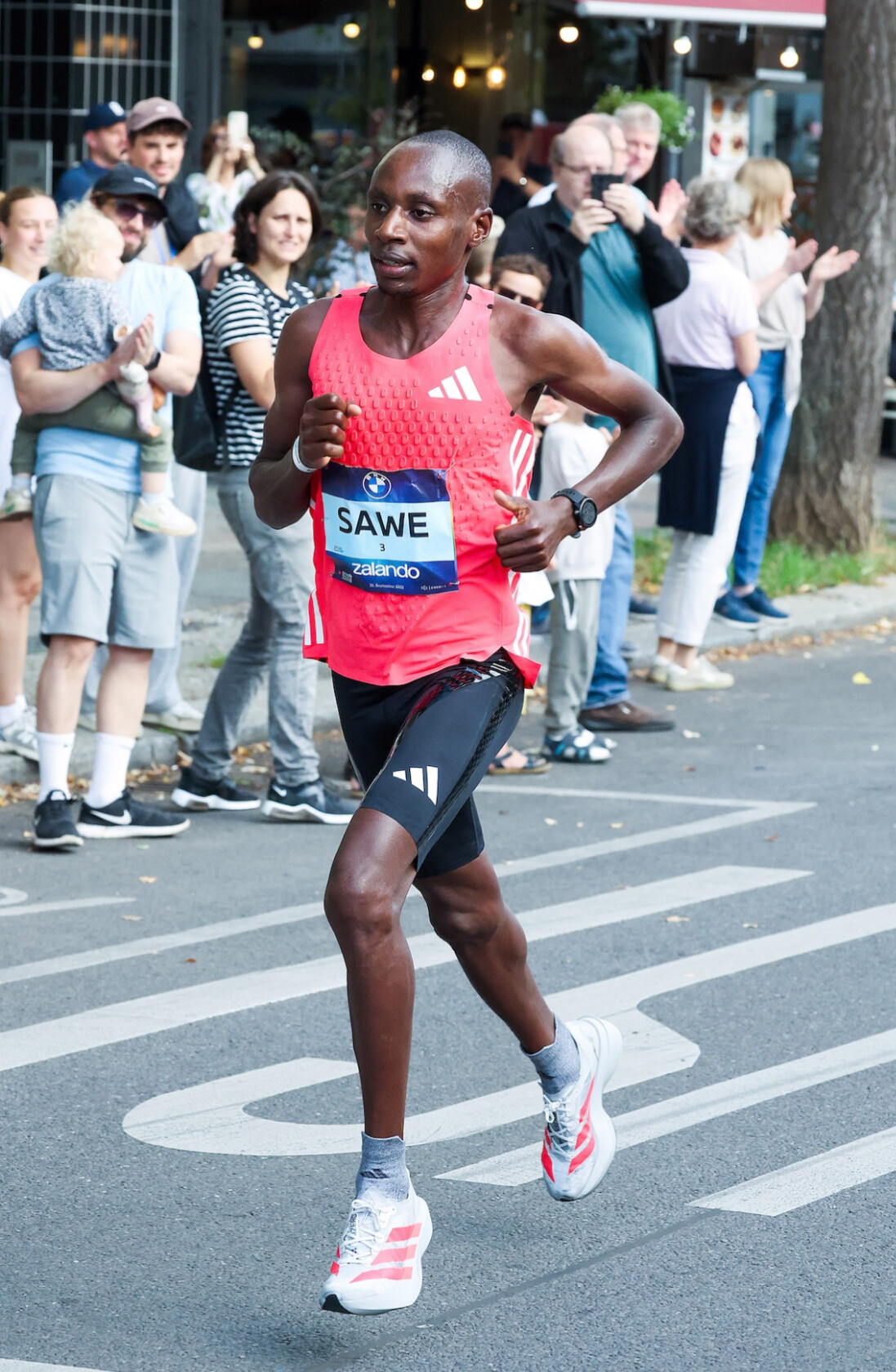
The What-Ifs of Berlin
Sawe, whose personal best stands at 2:02:05, was in career-best form. His coach, Italian veteran Claudio Berardelli, admitted the weather stripped away any chance of the extraordinary.
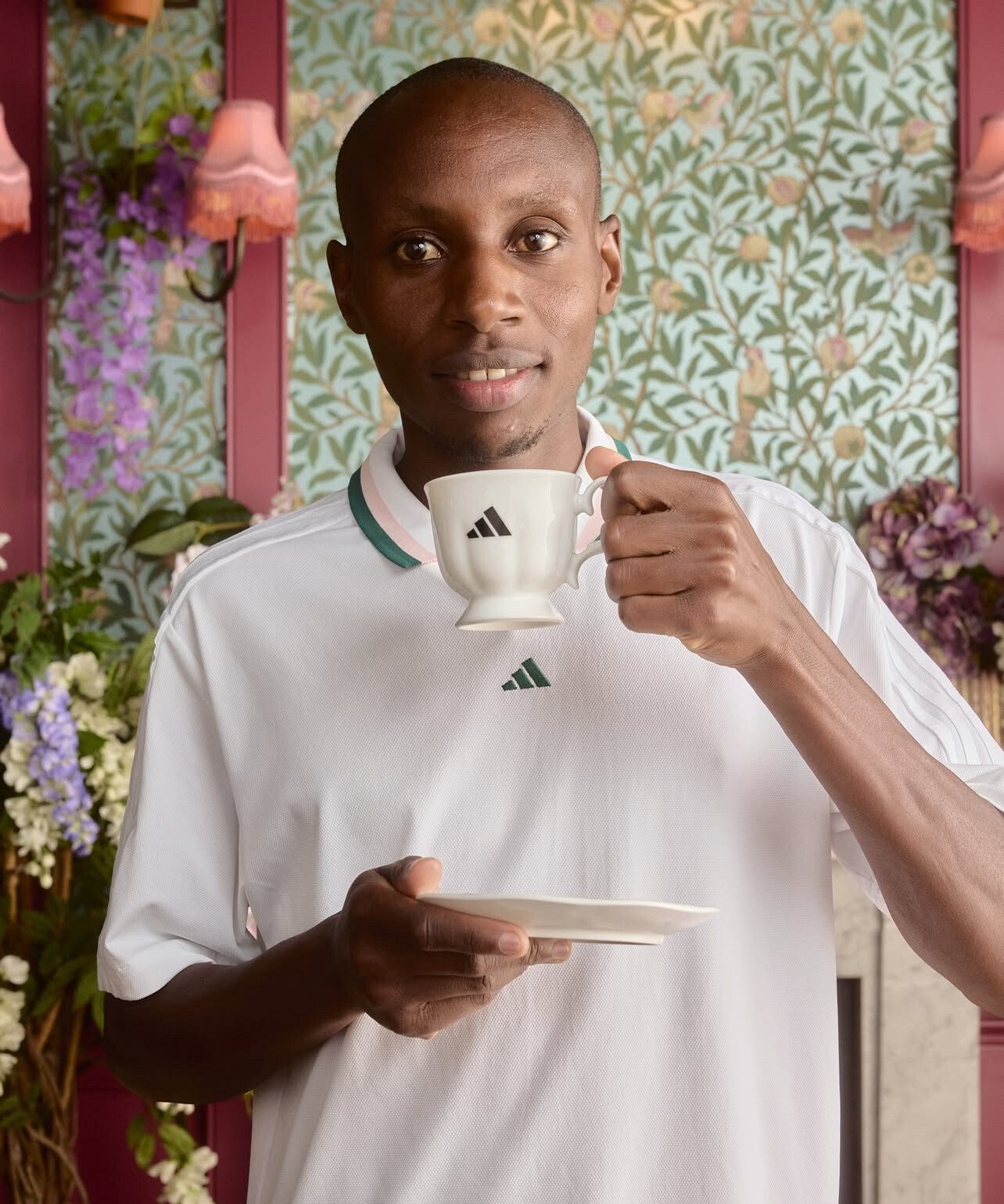
“I know he was in exceptionally good shape. But I do not know what would have been possible,” Berardelli reflected.
The what-if question will linger: how fast could Sawe have run under cooler skies?
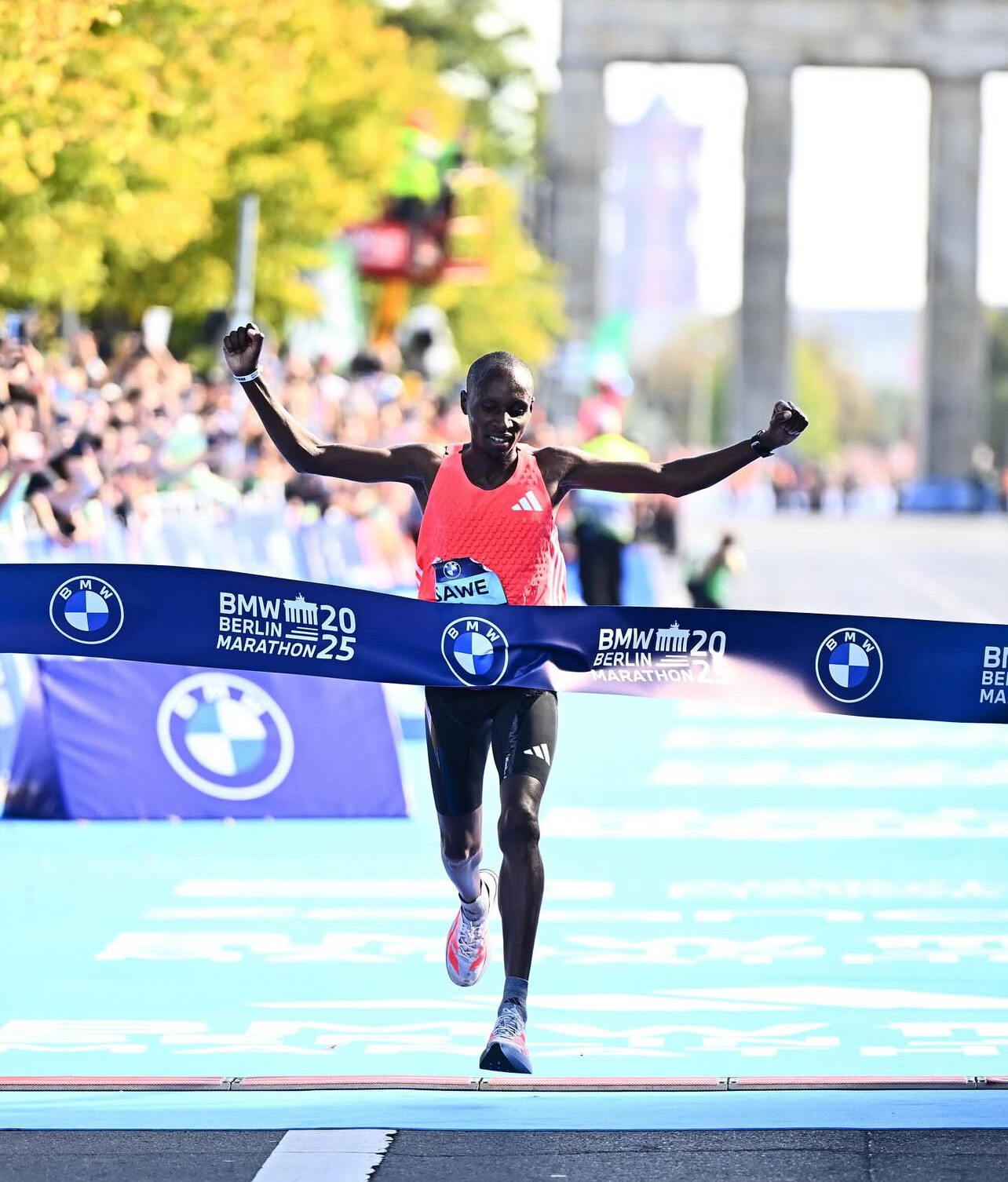
From Humble Beginnings to Global Stardom
Born in the village of Cheukta near Eldoret, Sawe’s story mirrors that of countless young talents in Kenya who struggle for recognition. Despite moving to Iten, the mecca of distance running, he was overlooked by managers and coaches. His breakthrough came only after turning to his uncle, Abraham Chepkirwok—Uganda’s 800m national record holder—and his neighbor Abel Mutai, the London 2012 Olympic steeplechase bronze medalist.
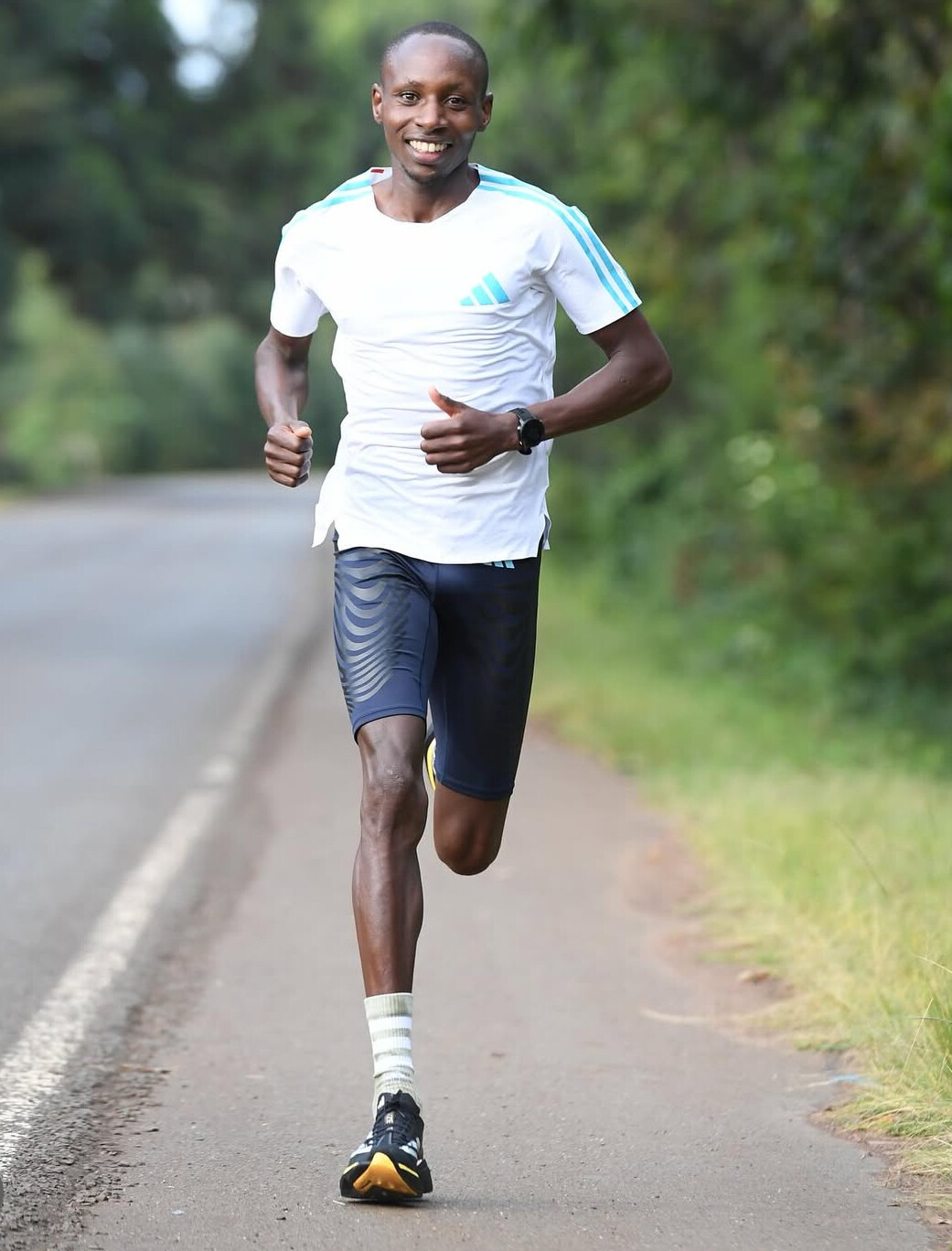
Mutai vouched for him with Berardelli, who placed Sawe in his Kapsabet camp. The rest unfolded quickly. Sawe stunned the field at the 2022 Seville Half Marathon, entering as a pacemaker but leaving with a victory and a world lead of 59:02.
A Gift of Talent and Humility
Berardelli is quick to highlight Sawe’s rare combination of physical and mental qualities:
“He has everything it takes—training ability, mental strength, and humility. I can’t predict what will be possible, but I’m looking forward to finding out.”
Sawe himself remained pragmatic after Berlin:
“I wanted to run really fast and gave it my best, but the weather was too hot. I hope I will have better weather next time. I liked the course, it is very good and fast.”
Berlin: Unfinished Business
Just as Makau returned after the rain to rewrite history, Sawe may yet come back to Berlin with the weather in his favor. With his trajectory and determination, the marathon world could witness a record chase for the ages in 2026.
Until then, Berlin 2025 will be remembered as the day Sabastian Sawe delivered a performance that stood not against the clock, but against the elements—proving once again why the city remains the crucible of marathon greatness.
(09/24/2025) ⚡AMP
by Race News Service
Harry Styles Runs Sub-3 in Berlin, Becomes Fastest Major Singer to Tackle the Marathon
Berlin, Germany – September 2025: Harry Styles has made history on the roads, trading concert stages for marathon streets. The global music icon stormed through the 2025 Berlin Marathon in 2:59:13, becoming the fastest major singer ever to run the 26.2-mile distance.
From Tokyo to Berlin: A Remarkable Leap
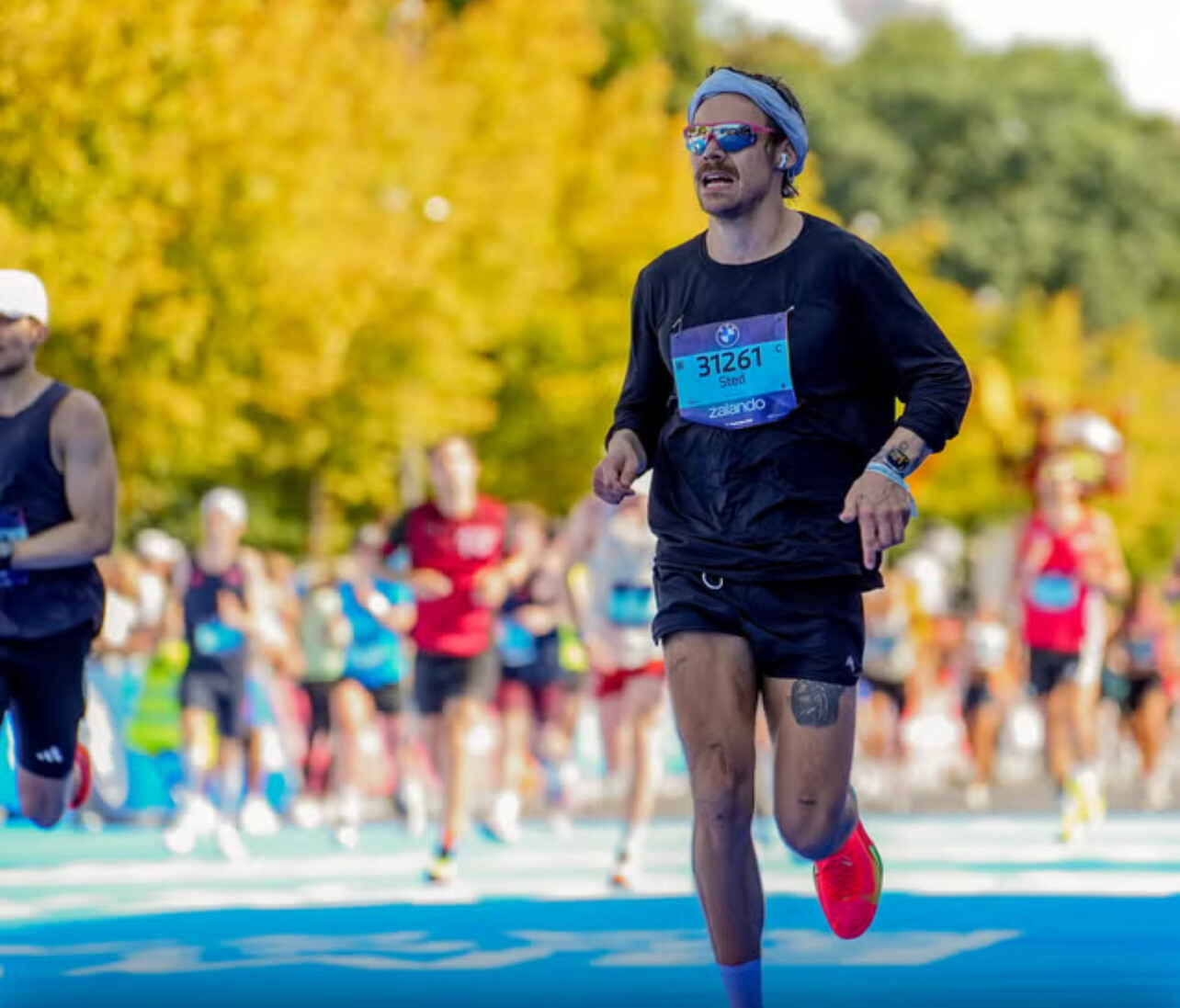
Earlier in March, Styles completed the Tokyo Marathon in 3:24:07. That debut alone was a respectable effort, but few expected the pop star to chop off nearly 25 minutes in just six months. His Berlin run showed not only improved conditioning but also a deep commitment to the craft of marathon training.
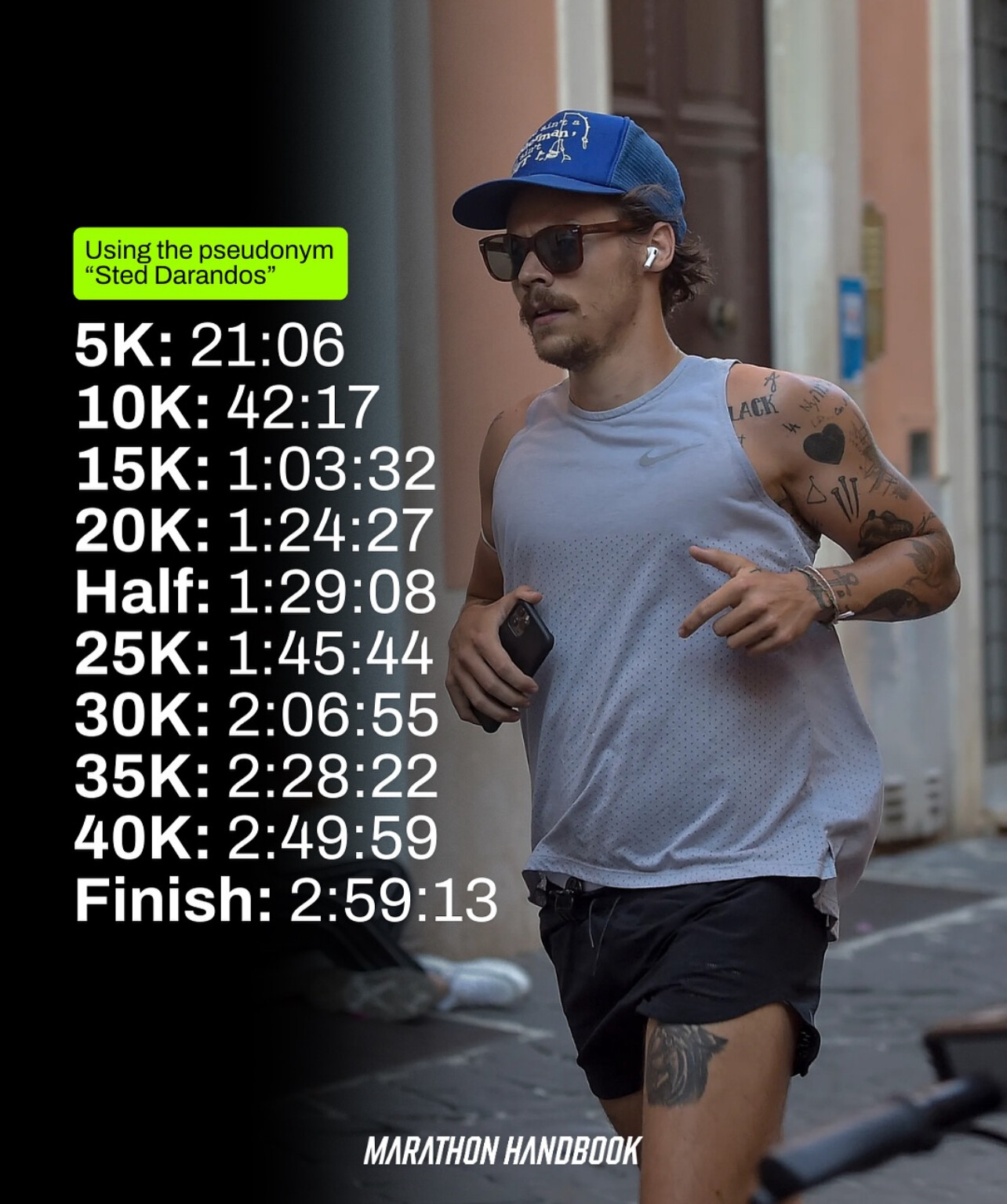
Breaking the Sub-3 Barrier
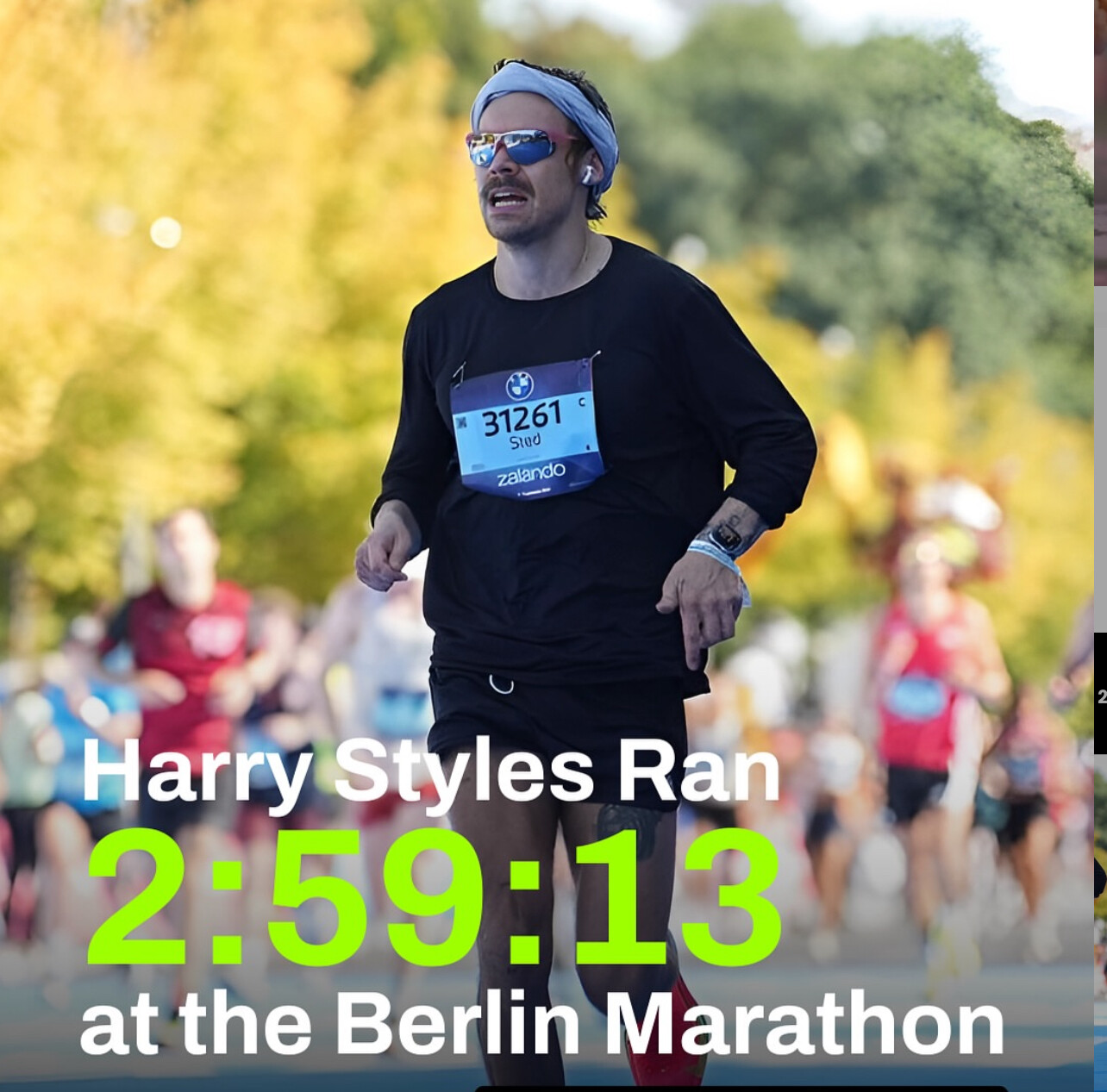
Crossing the finish line under three hours is an achievement that sets serious marathoners apart. Fewer than 5% of all marathoners reach this benchmark, placing Styles in the top tier of amateur competitors. His average pace of 6:50 per mile (4:15 per kilometer) required discipline and precision from start to finish.
Although he missed the Boston Marathon qualifying standard of 2:55:00 by just over four minutes, his Berlin time makes it clear he is edging closer to that goal.

Racing Under the Radar
To stay focused, Styles ran Berlin under the alias “Sted Sarandos.” While the disguise may have hidden him from the spotlight, it couldn’t mask his performance. Compared to Tokyo, he ran almost one minute faster per mile, maintaining an average speed of 8.77 mph (14.13 km/h) with consistent 21:14 5K splits.
A True Outlier
The contrast is striking: while the average male marathoner crossed the line in 4:21:03, Styles was already cooling down after achieving a personal milestone. His effort highlights what is possible when talent, dedication, and smart training align.
What’s Next?
With a sub-three-hour finish in his second marathon, Styles has firmly established himself as more than a hobby jogger. The question now is how far he can go—whether that means chasing a Boston qualifier, returning to Tokyo for redemption, or taking on another World Marathon Major.
For now, Harry Styles has earned a place not only in music history but also in the story of amateur marathoning: a performer who turned his passion into a performance of an entirely different kind.
(09/24/2025) ⚡AMPby Boris Baron
Kenyan Women Make History with Unprecedented Distance Sweep at World Championships
Kenyan Women Make History with Unprecedented Distance Sweep at World Championships
Kenya has written one of the greatest chapters in athletics history. For the first time ever—by men or women—one nation has swept every distance race at the World Championships, from the 800 meters all the way to the marathon. Six races, six gold medals. And they all belong to Kenya’s women.
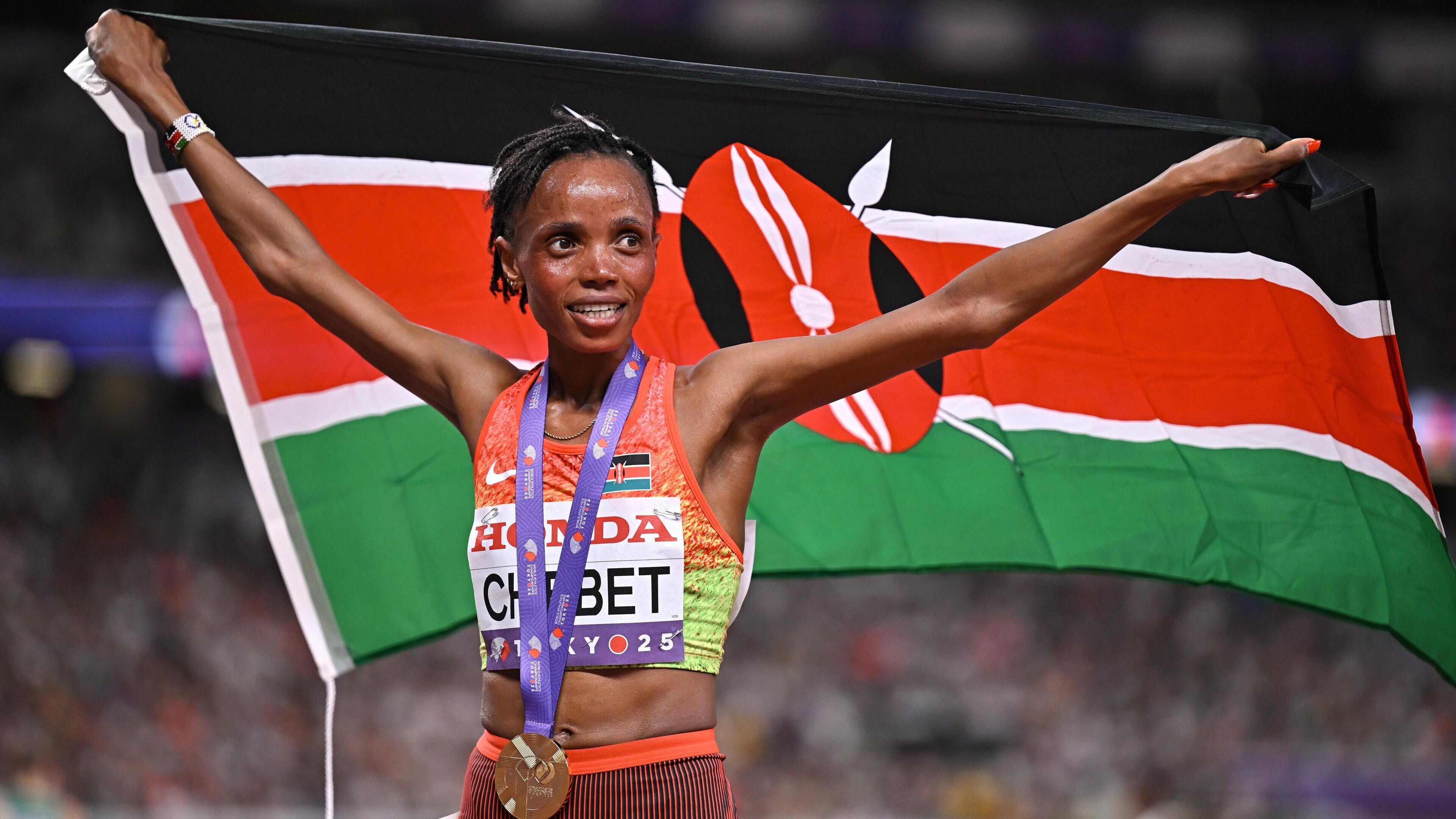
A Golden Run Across Every Distance
It all began with Lilian Odira, who stunned the world in the women’s 800m. Running with patience and power, she stormed to victory in 1:54.62, a championship record that announced her as the new queen of the two-lap race.
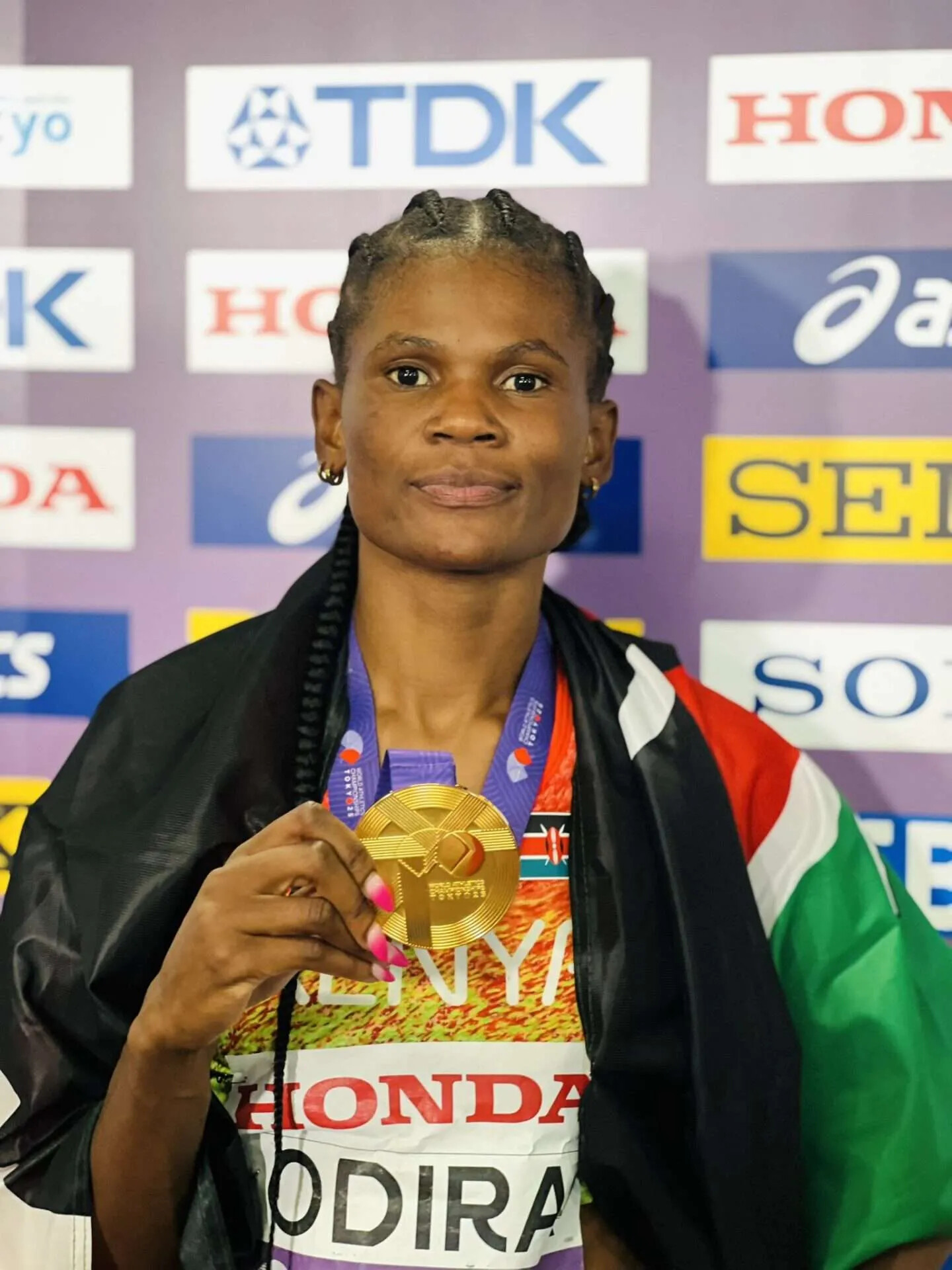
Next came the familiar dominance of Faith Kipyegon. Already a legend of middle-distance running, she defended her crown in the 1500m, producing another masterpiece of speed and tactics with a time of 3:52.15.
From there, Beatrice Chebet took over the spotlight, showing remarkable versatility and endurance. She claimed double gold in both the 5000m (14:54.36) and 10,000m (30:37.61), solidifying her reputation as one of the greatest all-around distance runners of her generation.
In the steeplechase, Faith Cherotich displayed poise and precision, controlling the race from start to finish to secure gold in 8:51.59.
And finally, in the ultimate test of endurance, Olympic champion Peres Jepchirchir closed the sweep with a perfectly executed run in the marathon, clocking 2:24:43. Her victory sealed Kenya’s clean sweep of all women’s distance races—an achievement unmatched in the history of the sport.
A First in World Athletics History
No nation has ever before captured every distance title at a single World Championships. This is more than a collection of gold medals—it is a powerful statement about Kenya’s depth, resilience, and continued dominance in global distance running.
More Than Medals
This sweep is not just about records and times. It is a story of perseverance, discipline, and national pride. Each champion has walked a different journey, yet together they have created a moment that will inspire generations of runners around the world.
Kenya’s women have redefined what dominance looks like in athletics. They have set a standard so high it may never be equaled.
The world came to watch champions—but what they witnessed was history.
(09/23/2025) ⚡AMPby Boris Baron
Sabastian Sawe Dominates in Berlin With 2:02:16 Victory
Berlin, September 21, 2025 — The Berlin Marathon once again lived up to its reputation as the world’s fastest stage for marathon running. Kenya’s Sabastian Sawe stormed to victory on Sunday, clocking 2:02:16, the fastest marathon time in the world this year and the fourth-fastest ever run on the streets of Berlin.
Sawe, already the reigning champion from Valencia (2024) and London (2025), extended his unbeaten record over the marathon distance. From the gun, he attacked with confidence, hitting 5km in 14:09and 10km in 28:26, well inside world-record pace. By halfway, his split of 60:16 electrified the Berlin crowds and suggested history might be on the cards.
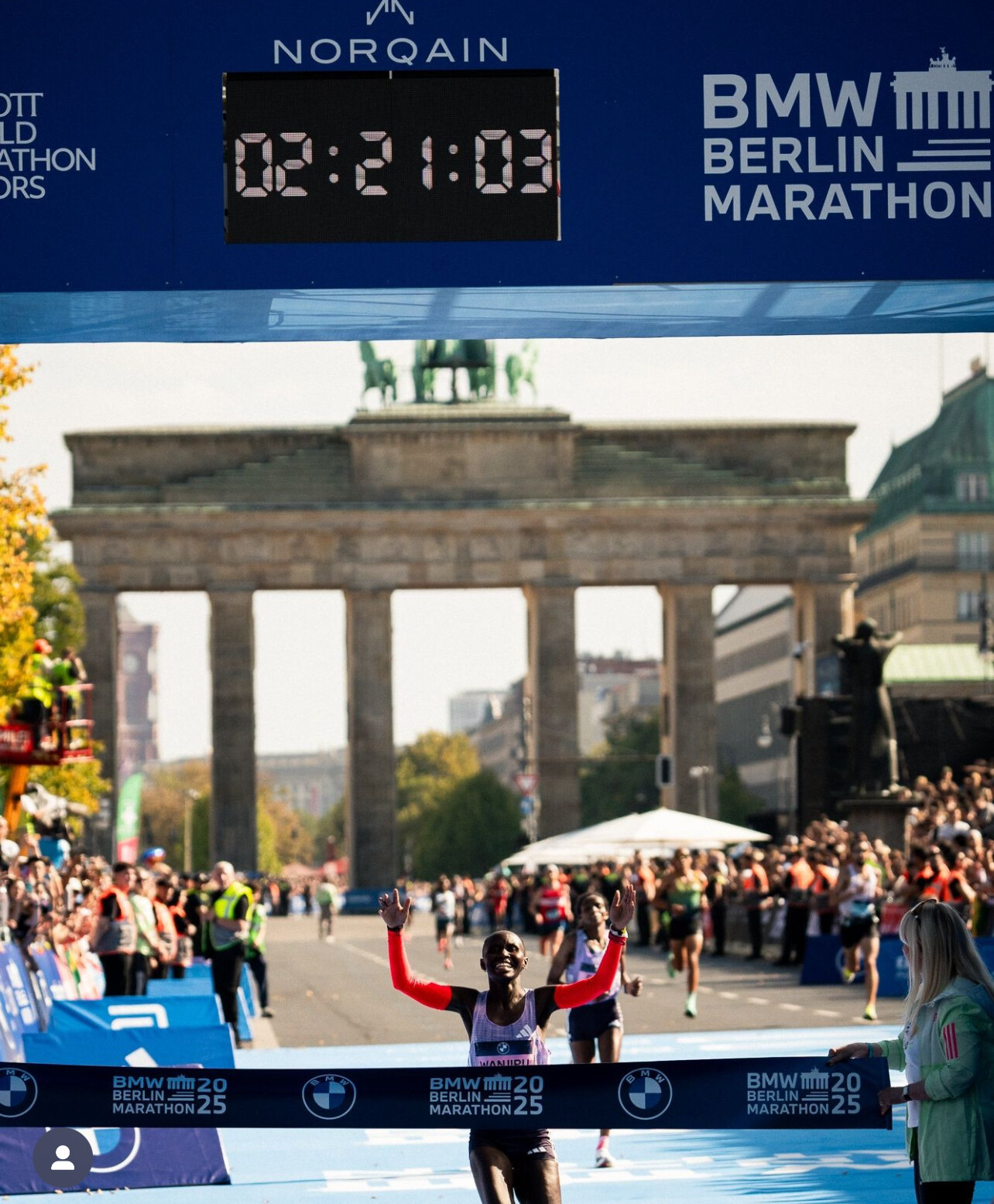
But conditions proved decisive. Unseasonably warm temperatures — climbing to 25°C (mid-70s°F) — and the loss of his pacemakers before the 23km mark forced Sawe to shoulder the workload alone. Though the second half slowed, he maintained control and powered down Unter den Linden to the Brandenburg Gate, finishing with a commanding lead.
Behind him, Akira Akasaki of Japan impressed with a breakthrough run, finishing second in 2:06:15, while Ethiopia’s Chimdessa Debele held on for third in 2:06:57.
Wanjiru Outkicks Dida in Women’s Duel

The women’s race produced its own drama, with Kenya’s Rosemary Wanjiru edging Ethiopia’s Dera Dida by just three seconds. Wanjiru clocked 2:21:05 after a decisive surge past the 25km mark. Dida followed in 2:21:08, while fellow Ethiopian Azmera Gebru completed the podium in 2:21:29.
“I knew it would come down to the final kilometers,” Wanjiru said afterward. “The crowd in Berlin gave me so much energy.”
Berlin’s Enduring Legacy
This year’s edition was the 51st running of the Berlin Marathon, and once again, the German capital showcased why it is considered the “world record course.” Since 2003, the men’s world record has been broken eight times in Berlin, most recently by Eliud Kipchoge’s 2:01:09 in 2022. On the women’s side, Tigst Assefa stunned the world here in 2023 with her record 2:11:53.
While Sawe fell short of rewriting those marks, his performance in the heat confirmed his status as the man to beat in global marathon running. With three straight victories in world-class fields, he has announced himself as the heir apparent to Kipchoge.
Results at a Glance
Men
1. Sabastian Sawe (Kenya) — 2:02:16
2. Akira Akasaki (Japan) — 2:06:15
3. Chimdessa Debele (Ethiopia) — 2:06:57
Women
1. Rosemary Wanjiru (Kenya) — 2:21:05
2. Dera Dida (Ethiopia) — 2:21:08
3. Azmera Gebru (Ethiopia) — 2:21:29
(09/21/2025) ⚡AMPby Boris Baron
BMW Berlin Marathon
The story of the BERLIN-MARATHON is a story of the development of road running. When the first BERLIN-MARATHON was started on 13th October 1974 on a minor road next to the stadium of the organisers‘ club SC Charlottenburg Berlin 286 athletes had entered. The first winners were runners from Berlin: Günter Hallas (2:44:53), who still runs the BERLIN-MARATHON today, and...
more...Kenya’s Lilian Odira Stuns the World with 800m Gold in Tokyo as Olympic Champion Mary Moraa Fades
Kenya has a new middle-distance queen. Lilian Odira shocked the athletics world on Saturday, storming down the final straight to win the women’s 800m world title in a championship record of 1:54.62. Her breakthrough run toppled giants and rewrote the script of global middle-distance running.
The 26-year-old, relatively unknown internationally until this season, ran with the poise of a seasoned veteran. She timed her move perfectly, sitting behind Olympic champion Mary Moraa’s blistering first lap of 55.7 seconds. By the bell, Moraa was leading, but the pace proved costly. As the field entered the final bend, Odira powered wide, flying past Moraa and Britain’s Keely Hodgkinson to seize a historic gold.
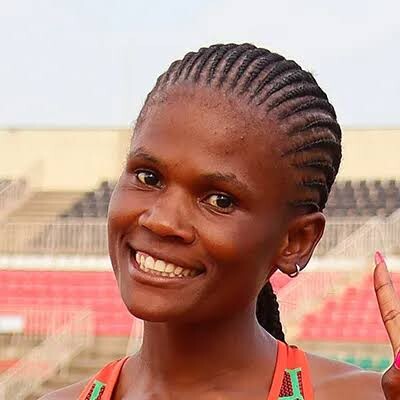
The victory was as much about composure as it was about speed. Crossing the line in disbelief, arms raised, Odira erased the long-standing championship record of 1:54.68 set in 1983. Kenyan fans erupted inside Tokyo’s Olympic Stadium.
“I waited, I trusted my plan,” Odira said. “I knew the last 200 meters would decide everything. To win against these champions is a dream for me and for Kenya.”
Behind her, Britain’s Georgia Hunter Bell surged to silver in a personal best 1:54.90, edging teammate Hodgkinson by just one-hundredth of a second. Hodgkinson, who has built a career of near-misses, was left with bronze in 1:54.91.
Kenya’s Mary Moraa, the heavy favorite, paid the price for her audacious early pace, fading to seventh in 1:57.10. Her younger namesake Sarah Moraa impressed in fourth with a personal best 1:55.74, while USA’s Sage Hurta-Klecker (1:55.89 PB), Switzerland’s Audrey Werro (1:56.17), and Australia’s Jessica Hull (1:57.30, Area Record) all delivered career-best performances in one of the fastest women’s 800m finals ever. Every athlete broke the 1:58 barrier.
For Odira, this was more than a gold medal—it marked the arrival of a new star. She now joins the lineage of Kenyan 800m greats like Janeth Jepkosgei, Pamela Jelimo, and Mary Moraa. Just a year ago she was best known on the Kenyan domestic circuit. Today, she stands as a world champion, opening a new chapter for Kenyan athletics in the high-octane world of the 800 meters.
The Tokyo final will be remembered for its blistering pace, its drama, and its symbolism: the Olympic champion fading, the perennial silver medalist edged into bronze, and a new champion rising to the top.
As Lilian Odira draped herself in the Kenyan flag, the stadium still buzzing, one thing was undeniable—athletics had witnessed the birth of a new star.
Women’s 800m Final – Tokyo 2025 World Championships (Top 8)
1. Lilian Odira (Kenya) – 1:54.62 (Championship Record)
2. Georgia Hunter Bell (Great Britain) – 1:54.90 (PB)
3. Keely Hodgkinson (Great Britain) – 1:54.91
4. Sarah Moraa (Kenya) – 1:55.74 (PB)
5. Sage Hurta-Klecker (USA) – 1:55.89 (PB)
6. Audrey Werro (Switzerland) – 1:56.17
7. Mary Moraa (Kenya) – 1:57.10 (SB)
8. Jessica Hull (Australia) – 1:57.30 (Area Record)
(09/21/2025) ⚡AMPby Robert Kibet
Edwin Soi and Betty Chesang Shine at 5th Annual KATA Double Road Race in Thika
THIKA, Kenya - Running at the Kenya Athletics Training Academy (KATA) has become a magnet for athletes and spectators alike, and today’s 5th Annual KATA Double Road Race proved just that. Energy and motivation filled the air as both athletes and coaches gathered to celebrate one of Kenya’s most innovative race formats.
A total of 97 elite athletes—74 men and 23 women—lined up for the two-stage event (10K + 5K), a turnout that highlighted KATA’s growing influence and its role in setting a new competitive standard.
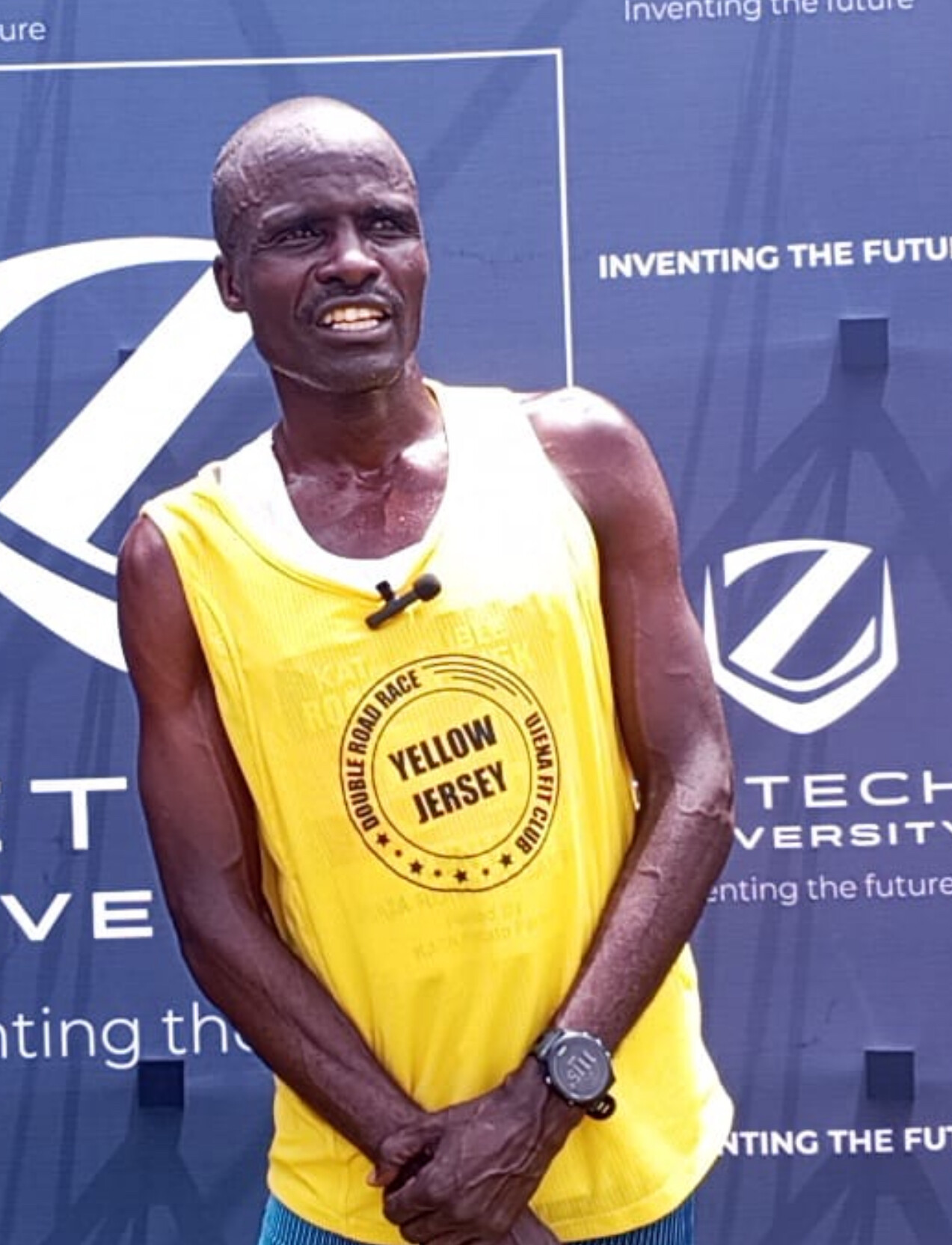
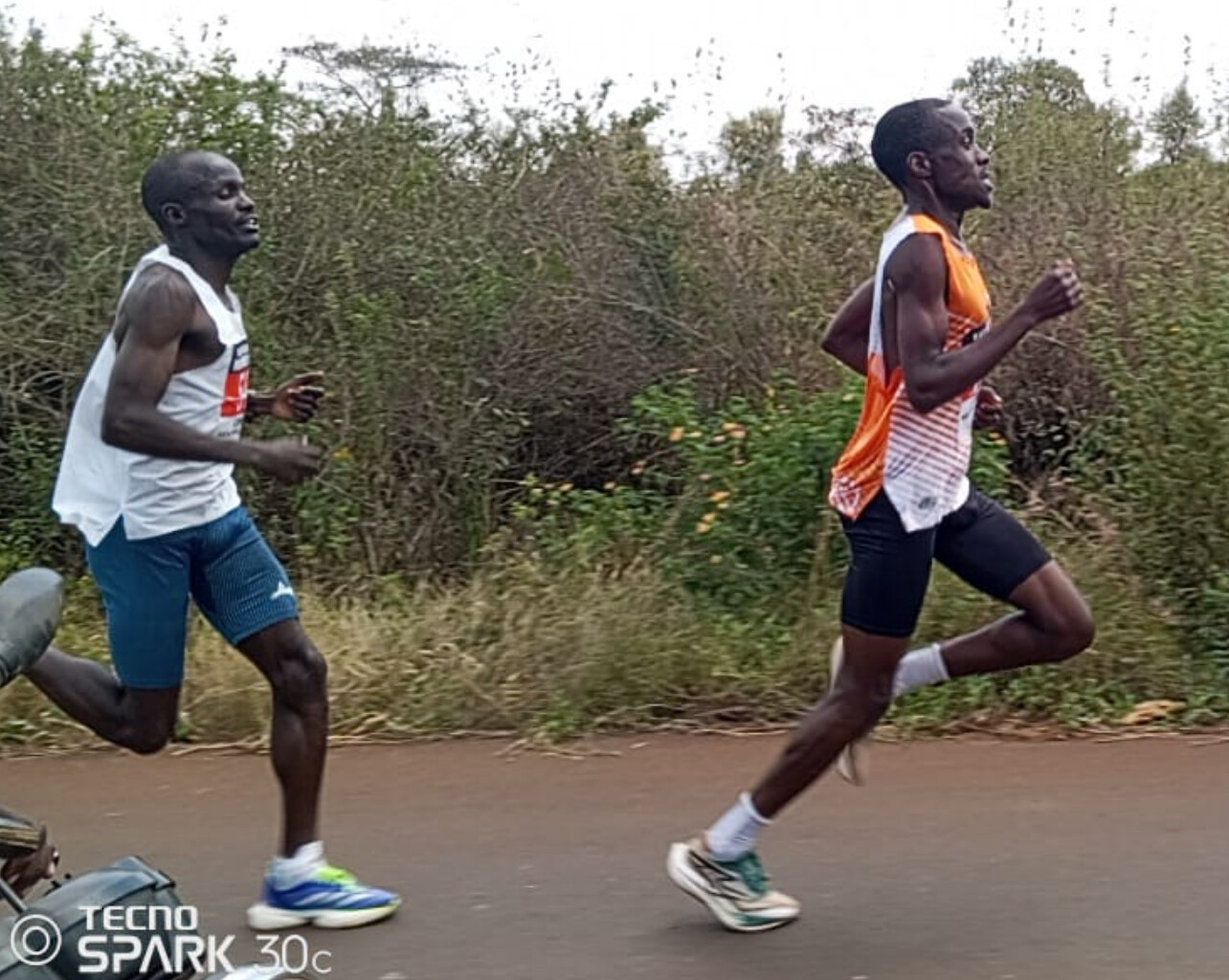


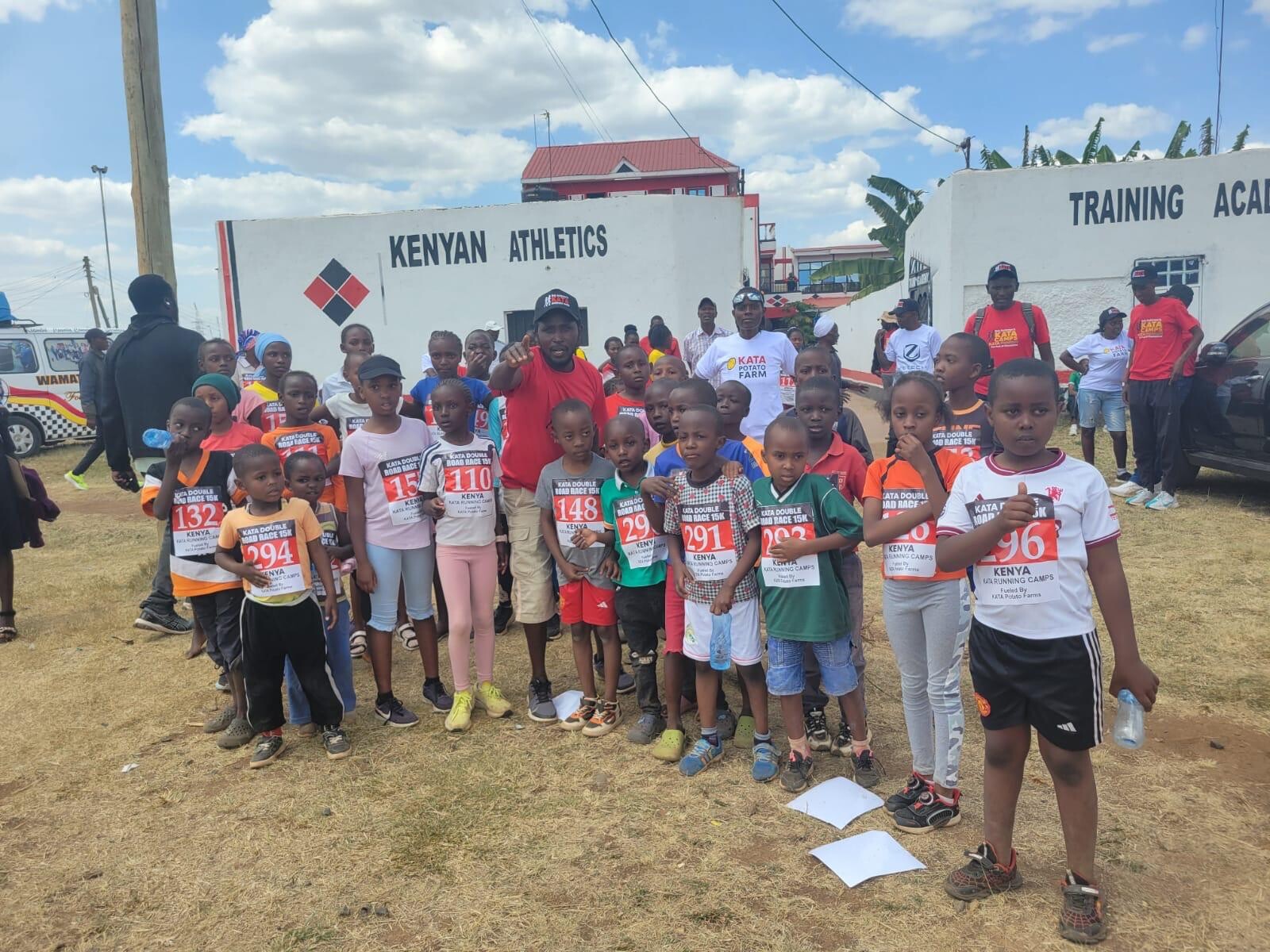
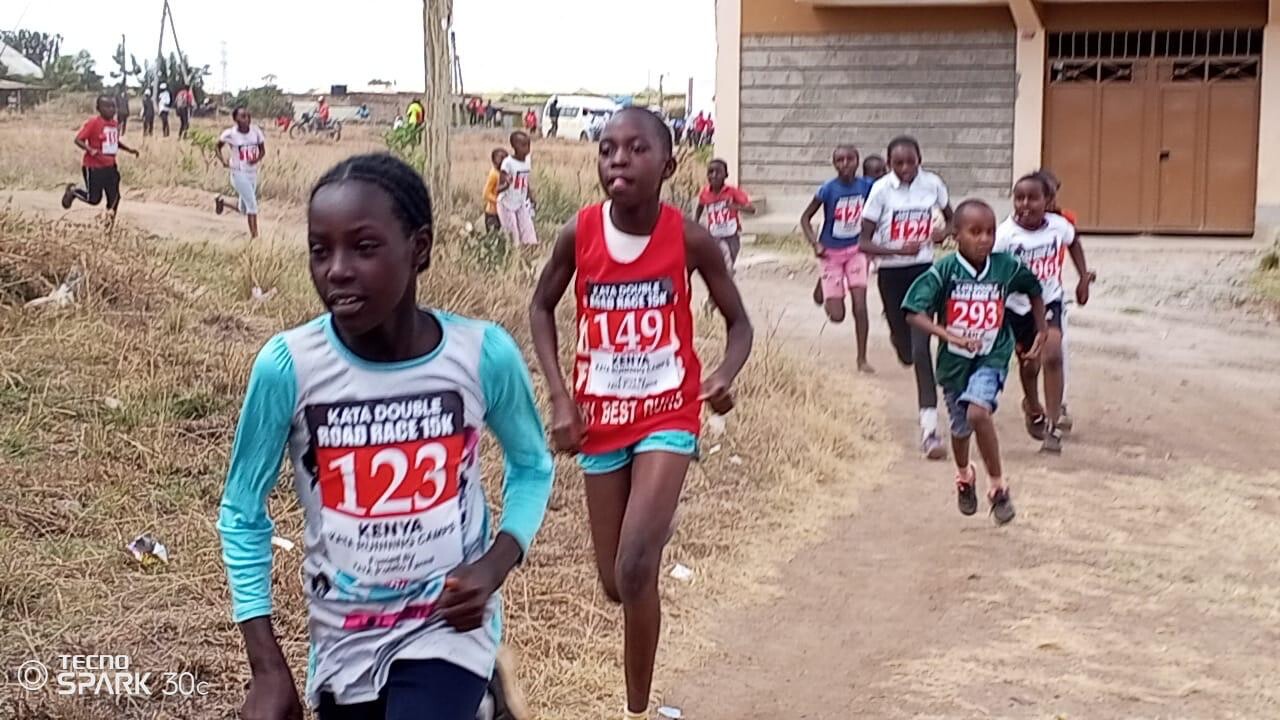
On the men’s side, Beijing 2008 Olympic 5000m bronze medalist Edwin Soi showed his class, taking the overall victory in a combined time of 43:50. He was chased hard by Donald Kimani, who clocked 44:07, while John Chege secured third place in 44:26. Chege, representing KATA Thika, had aimed with his teammates to challenge the world record. However, facing experienced stars like Soi, nerves crept in, and the record attempt slipped away.
The women’s race delivered equal excitement. Betty Chesang claimed the title in 51:32, followed by Jacinta Kamau in 51:50. Loise Kiarie rounded out the podium, finishing in 52:34.
Beyond the results, the day carried an atmosphere of learning and inspiration for KATA’s young and upcoming athletes. With each edition, the Double Road Race continues to grow stronger, reinforcing the KATA spirit: competing hard, learning together, and moving forward.
Also today was the Bob Anderson's Kids Mile and the 5K Run/Walk.
(09/20/2025) ⚡AMP
by Coach John and Boris Barron
The fifth annual KATA Double Road Race in the making
The small town of Thika is alive with excitement today. Athletes, coaches, families, and even farmers have gathered at the Kenya Athletics Training Academy (KATA) grounds for the 5th edition of the Double Road Race—a unique competition that, in just five years, has become a symbol of innovation in Kenya’s running culture.
Unlike conventional races, the Double Road Race challenges athletes to complete two segments with a rest break in between. Final standings are determined by combined times. It’s a test of speed, endurance, and resilience that forces runners to rethink race strategy and dig deeper than ever before.
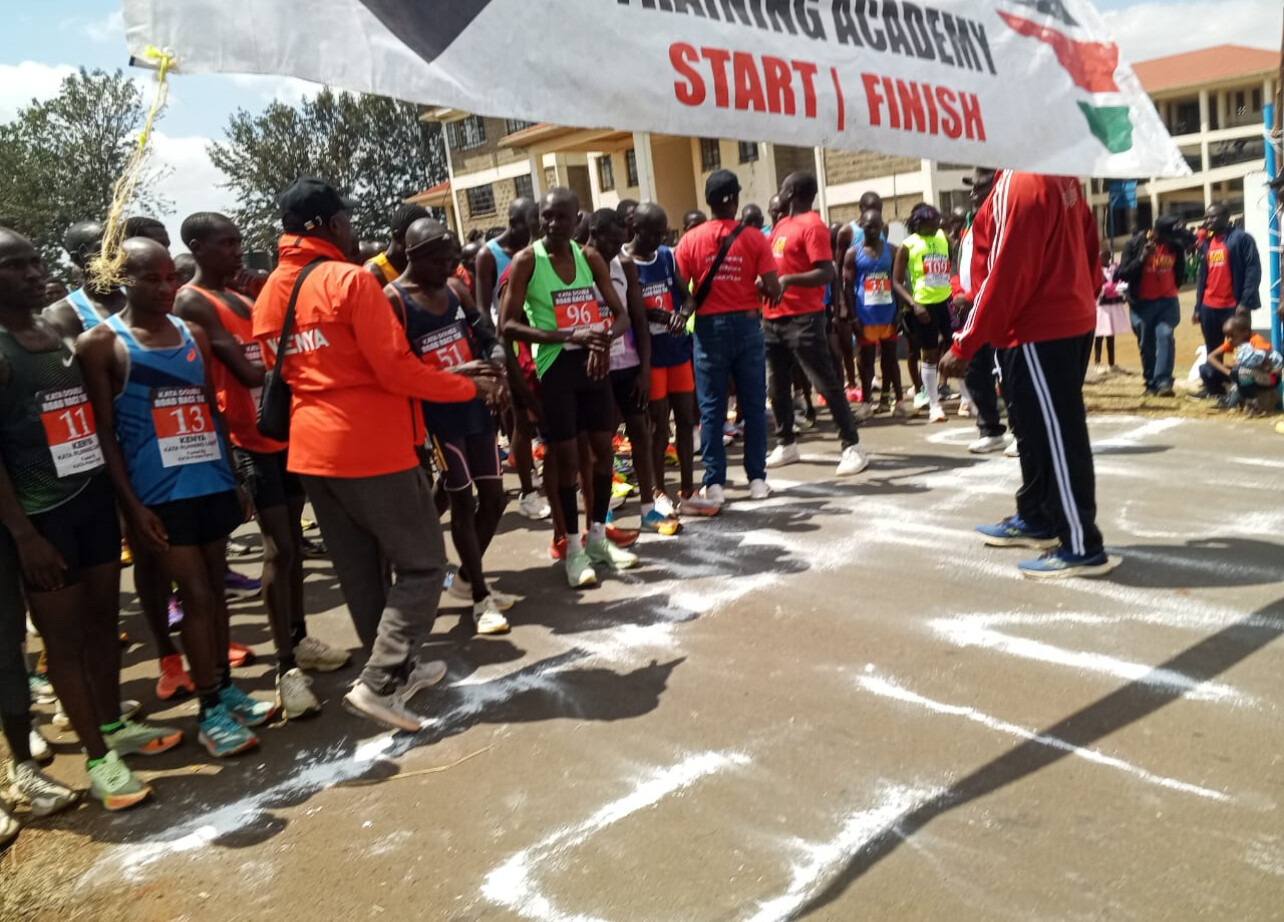
The Birth of a Vision
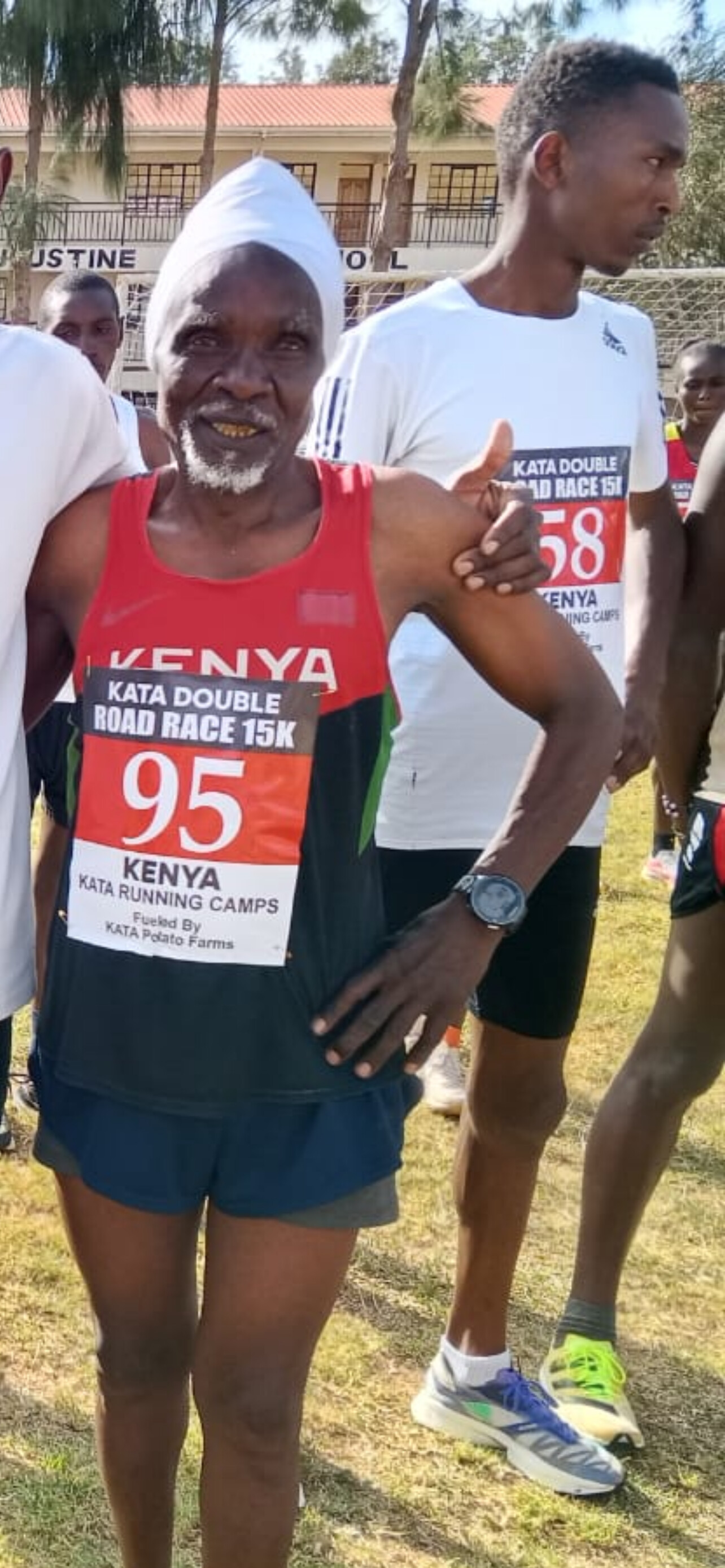
The idea for KATA was born thousands of miles away. Bob Anderson, American publisher and lifelong runner best known as the founder of Runner’s World magazine, was inspired by the immense talent in Kenya but also saw structural gaps that held many athletes back.
Anderson’s vision was radical: create a training academy in Kenya that produced champions while also empowering communities. From this dream, KATA was founded in Thika—and one of its cornerstones was introducing the Double Road Race format to Kenyan soil.
Enter Jimmy Muindi: From Star to Mentor
No story of KATA is complete without Jimmy Muindi. The six-time Houston Marathon champion and former coach of world record holder Patrick Makau embodies the blend of experience and inspiration KATA thrives on.
From steeplechase junior champion at the 1992 World Juniors in Seoul to victories in Rotterdam and Honolulu, Muindi’s career reads like a running epic. As a coach, his highest moment came when Makau broke the marathon world record.
“The double tests body, mind, and spirit,” Muindi says. “It forces athletes to dig deep in ways they are not used to. That is how champions are made.”
Coach John Matheri’s Guiding Hand
While Muindi brought international pedigree, respected Kenyan coach John Matheri rooted the project locally. Known for discovering village talent and molding disciplined athletes, Matheri has helped weave community runners into the Double Road Race fabric.
“Returning for the second run after your body is tired teaches resilience,” Matheri explains. “That is what separates ordinary runners from great champions.”
His philosophy has given countless young runners not only a chance to compete, but also recognition and hope.
The Power of Exposure
One of the Double Road Race’s most innovative features is its commitment to visibility. Every runner’s time—first or last—is posted on the official website. For Kenyan athletes who rarely enjoy digital exposure, this is game-changing.
“Even if you are the last, your time is posted,” Muindi emphasizes. “Managers and sponsors around the world can see it. That exposure is priceless.”
In an age where social media visibility can launch careers, Anderson’s decision to democratize exposure has made the Double Road Race a vital platform.
A Vibrant Turnout in Thika
This year’s participation proves the format’s momentum. Squads from across the region have confirmed attendance, including Kata 1, 3, 4, 7, 9, 10, 13, 14, 15, 16 (with an impressive 16 runners), 17, 18, 20, 23, 24, 25, 29, 30, 31, and 32.
Adding further depth, farmers’ groups F20, F24, and F31 are also present—evidence of KATA’s reach beyond athletics and into the heart of Kenyan communities.
As one organizer shared in a WhatsApp update: “What an amazing turnout we are going to have.”
Beyond Competition: Building a Culture
For runners, today is more than a race. It’s a chance to test themselves, mark progress, and belong to something larger. For KATA, it’s proof of concept: grassroots blending with elite, communities meeting global culture, and tradition reimagined through innovation.
The Double Road Race, once a bold experiment by an American visionary, has now become part of Kenya’s running story.
Looking Ahead
Five editions in, the Double Road Race is no longer a novelty—it’s becoming an institution. Under the Thika sun, young runners, seasoned coaches, and cheering farmers weave together a tapestry of resilience and hope.
Anderson’s ambition, supported by Kenyan mentors like Muindi and Matheri, is for KATA to nurture athletes from primary schools to the world stage. With support from federations, sponsors, and government, the academy could become a model far beyond Kenya.
For now, as the second leg unfolds, Thika celebrates not just a race but the journey of an idea that dared to be different. Kenya’s running legacy isn’t only about medals—it’s about reimagining what running can be, and building a future where every stride counts.
Photo Gallery: https://kata.ke/gallery.php?g=1
(09/20/2025) ⚡AMPby Robert kibet
Anticipation Builds for the 5th Annual KATA Double Road Race in Thika
The countdown is over—the 5th Annual KATA Double Road Race takes place tomorrow, September 20, in Thika, Kenya. The unique two-stage event, featuring a 10K run followed by a break and a 5K, promises high drama and fast performances. With the depth of talent assembled, the prospect of a world record is very much on the table.
Since May, the KATA program has experienced tremendous growth. A total of 31 KATA Running Camps have been established across Kenya, alongside 35 stand-alone KATA Potato Farms. Many camps are cultivating three acres of potatoes, providing not only sustenance but also inspiration. The motto rings true: “KATA Potatoes—the fuel of champions.”
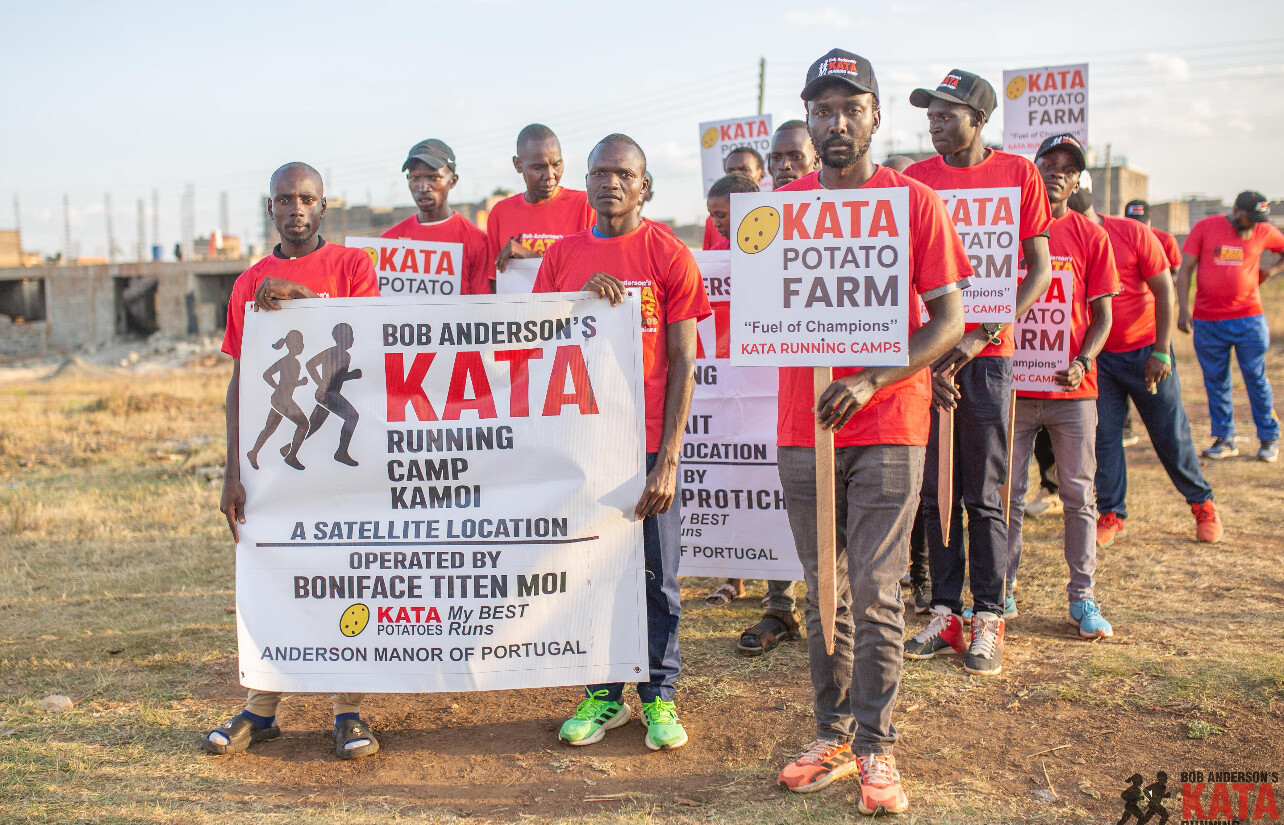
On Friday, the energy was already high as athletes, coaches, and supporters gathered at the KATA Running Retreat in Thika, which first opened in 2020. The opening ceremony set the tone for what is expected to be a memorable weekend of racing.
As athletes toe the line tomorrow, anticipation is sky-high. Records may fall, but more importantly, the Double format will once again showcase endurance, strategy, and the unique spirit of the KATA family.
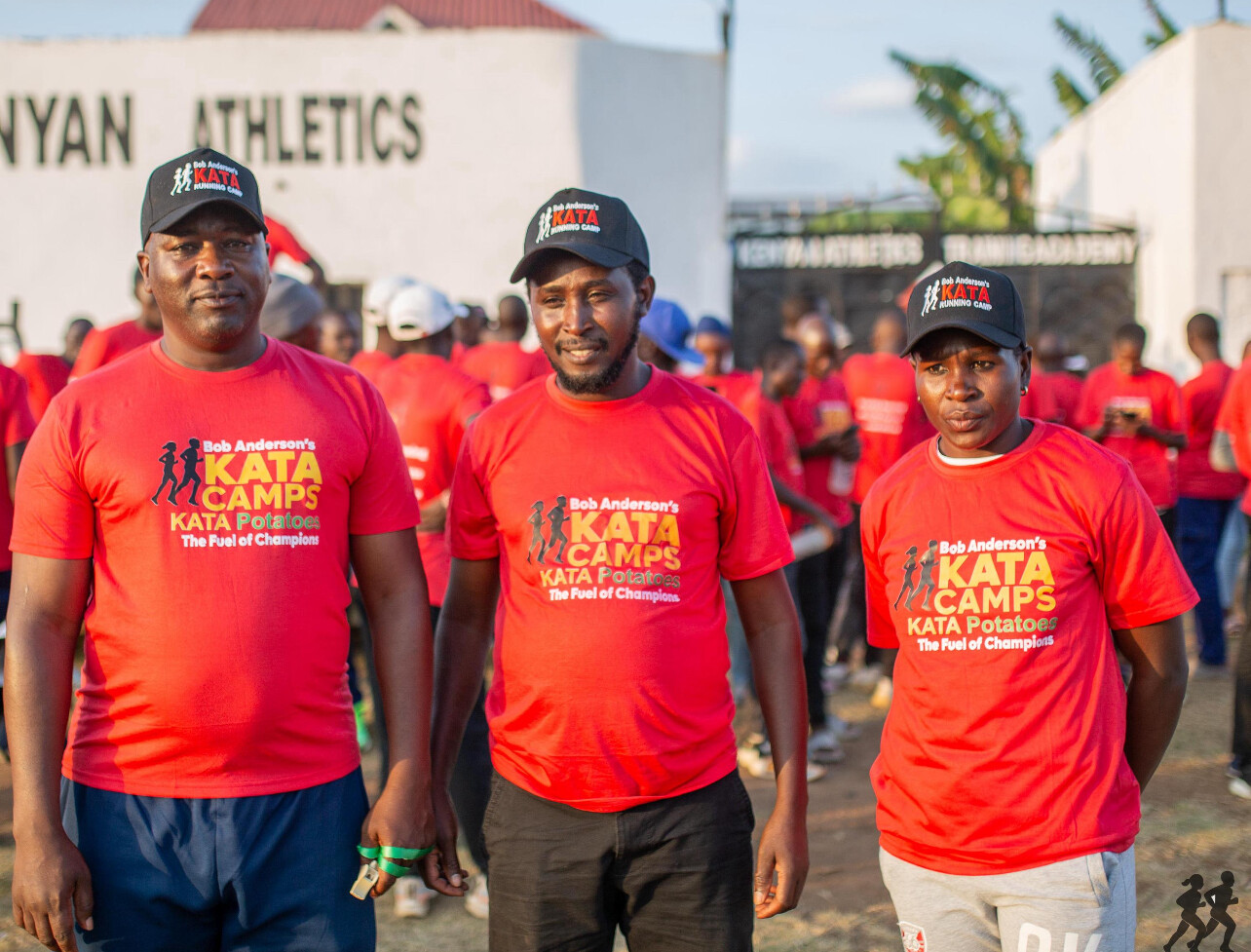
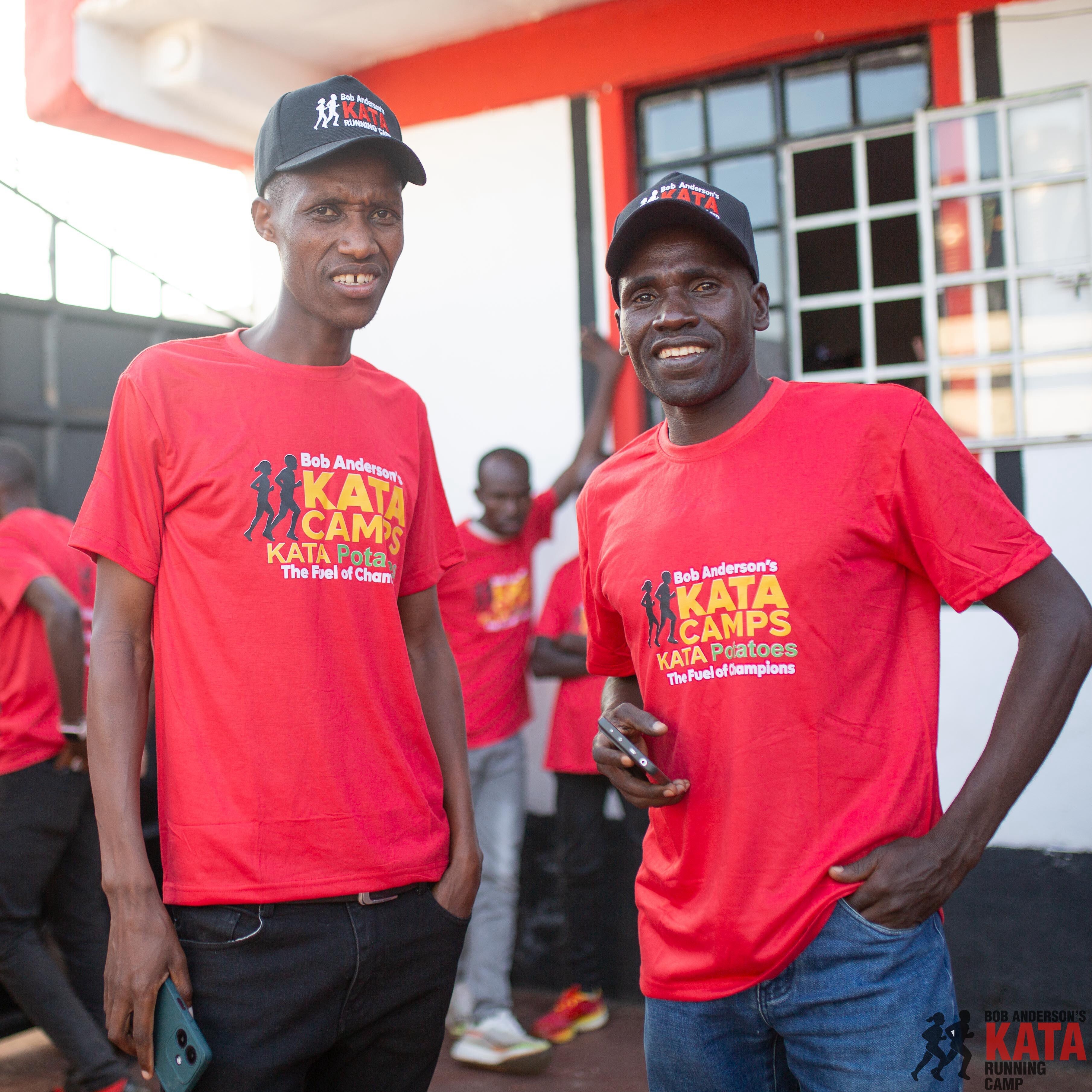
Good luck to all competitors this Saturday in Thika!
(09/19/2025) ⚡AMPby Boris Baron
Thrilling Photo Finish and Historic Performances Highlight 1500m Finals in Tokyo
The 1500 meters is often called the “crown jewel” of middle-distance running, a race where tactics, speed, and heart all collide. At the 2025 World Championships in Tokyo, both the men’s and women’s finals lived up to that reputation, delivering drama, comebacks, and world-class performances that will be remembered for years.
Men’s 1500m: A Thrilling Comeback
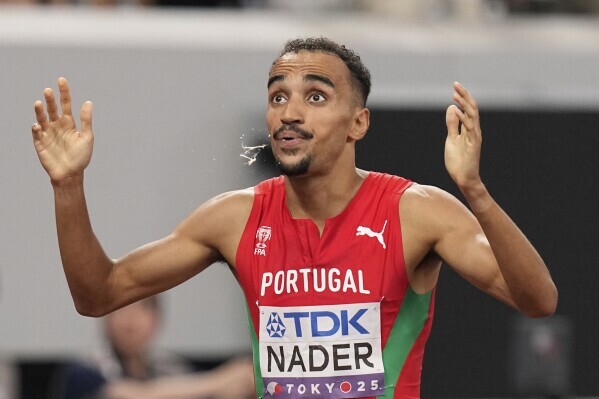
The men’s final produced one of the most electrifying finishes of the championships. For much of the race, the field remained tightly packed, with every move closely marked. As the bell rang for the final lap, the intensity soared, and the last 200 meters became an all-out sprint for glory.
Portugal’s Isaac Nader surged wide in the final stretch, clawing back ground with each stride before lunging at the line. His daring comeback forced a photo finish against Britain’s Jake Wightman, with both men collapsing past the tape in exhaustion. Officials confirmed Nader as the gold medalist in 3:34.10, edging Wightman’s 3:34.12 by just two hundredths of a second.
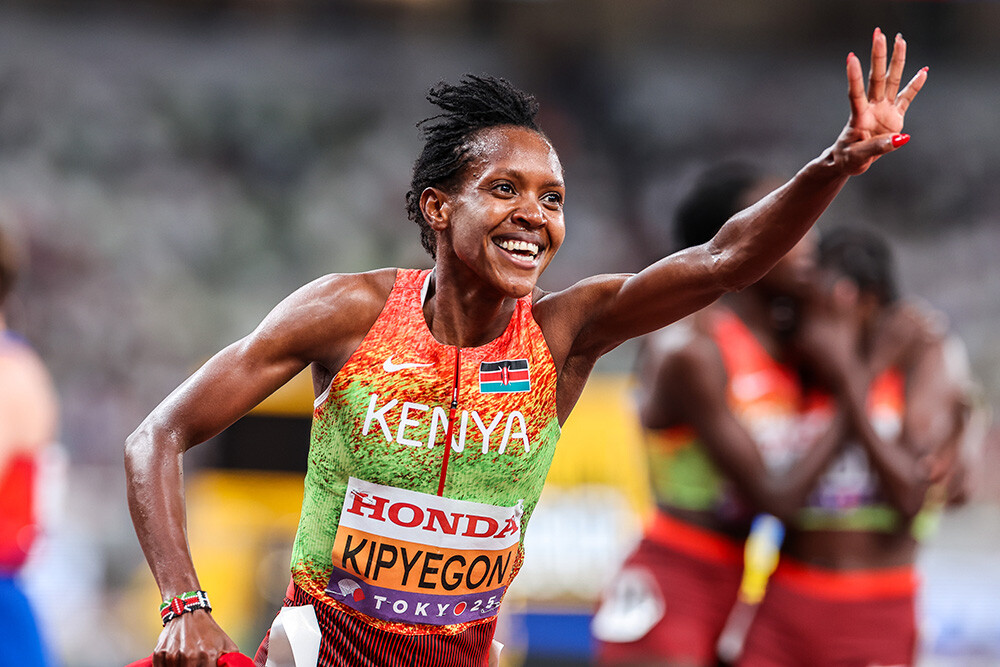
Kenya’s rising star Reynold Cheruiyot powered home for bronze in 3:34.25, while his compatriot and former world champion Timothy Cheruiyot finished fourth in 3:34.50. The razor-thin margins between the top four underscored the depth and unpredictability of today’s global 1500m racing.
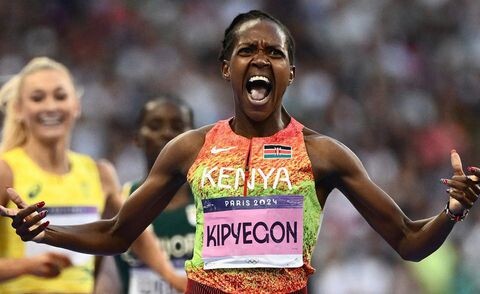
Men’s Top Four – Tokyo 2025
1. Isaac Nader (Portugal) – 3:34.10
2. Jake Wightman (Great Britain) – 3:34.12
3. Reynold Cheruiyot (Kenya) – 3:34.25
4. Timothy Cheruiyot (Kenya) – 3:34.50
Women’s 1500m: Kipyegon Reigns Supreme
If the men’s race was decided by a hair’s breadth, the women’s final was about one athlete stamping her authority on the distance. Kenya’s Faith Kipyegon, already a legend of the sport, once again proved untouchable. She controlled the pace from the front and then crushed the field over the final 300 meters, crossing in a dominant 3:52.15 to secure another world title.
Behind her, teammate Dorcus Ewoi earned silver with a strong 3:54.92, holding off Australia’s Jessica Hull, who thrilled the Tokyo crowd with a gritty run for bronze in 3:55.16. Another Kenyan, Nelly Chepchirchir, rounded out the top four in 3:55.25, making it three Kenyans in the top four.
Women’s Top Four – Tokyo 2025
1. Faith Kipyegon (Kenya) – 3:52.15
2. Dorcus Ewoi (Kenya) – 3:54.92
3. Jessica Hull (Australia) – 3:55.16
4. Nelly Chepchirchir (Kenya) – 3:55.25
A Showcase of Middle-Distance Greatness
Between the men’s photo finish and Kipyegon’s continued dominance, the Tokyo 1500m finals captured everything fans love about this distance: courage, strategy, and the ability to deliver in the biggest moments.
For Isaac Nader, it was the race of his life, as he became Portugal’s first world champion in the 1500m. For Faith Kipyegon, it was another masterclass, further cementing her status as perhaps the greatest middle-distance runner in history. And for the fans, it was proof that the 1500m remains one of the most thrilling events on the track.
(09/18/2025) ⚡AMPby Boris Baron
Kenya’s World Championship Marathon Champion Peres Jepchirchir Returns to Hero’s Welcome in Nairobi
NAIROBI, September 16 – Kenya’s world championship marathon champion, Peres Jepchirchir, arrived home to a hero’s welcome following her golden run at the 2025 World Athletics Championships in Tokyo.
The 31-year-old touched down at Jomo Kenyatta International Airport (JKIA) on Tuesday morning, where she was greeted by traditional dancers, cheering fans, and a delegation of government and athletics officials. She was joined by teammates Jackline Cherono, Magdalene Masai, and Janeth Ng’etich, forming the first group of Team Kenya athletes to return from Tokyo. The reception was both a celebration of her individual triumph and a testament to Kenya’s enduring dominance in distance running.
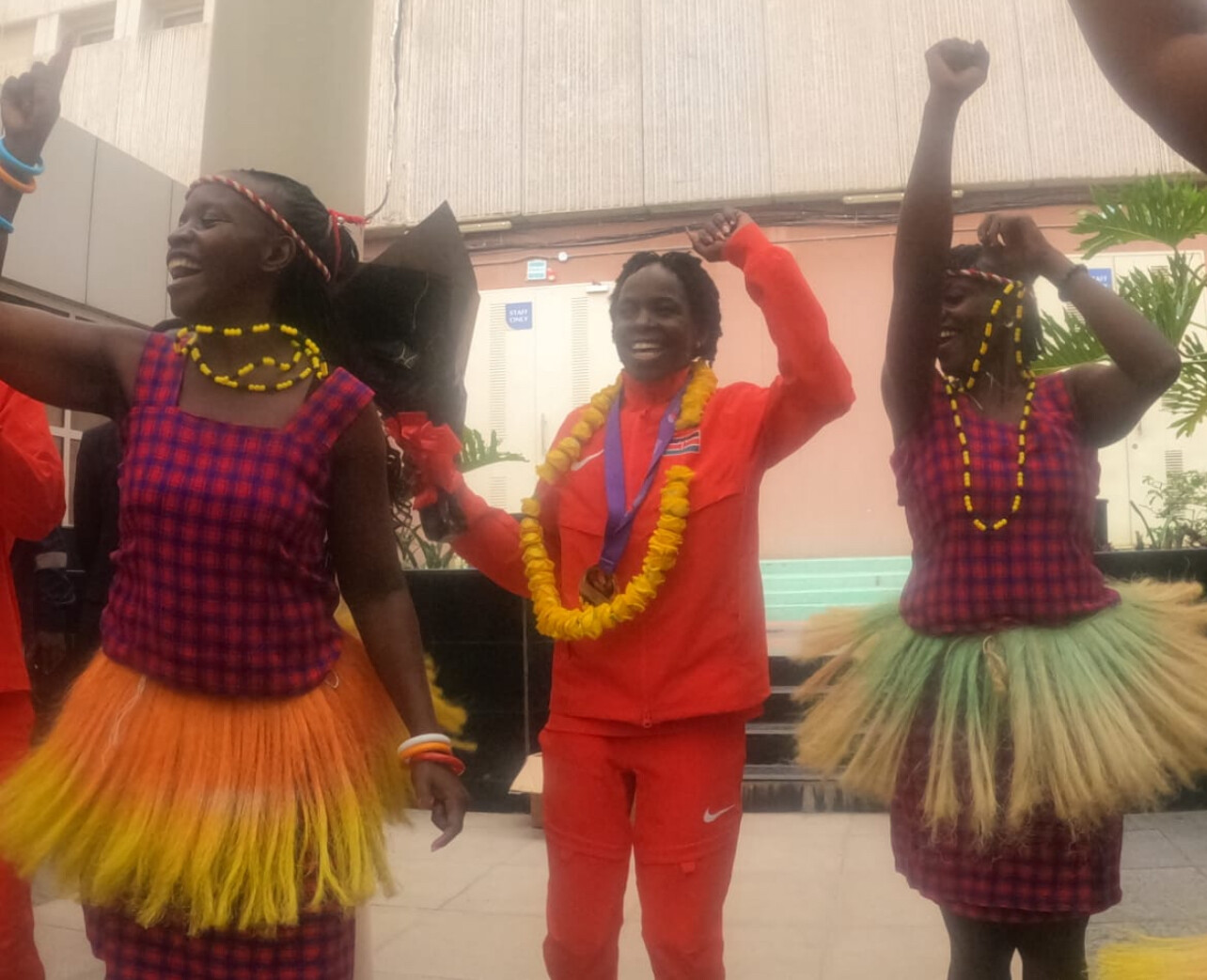
A Marathon Masterclass in Tokyo
Jepchirchir’s victory was marked by patience, grit, and precision. Competing in soaring temperatures against a formidable Ethiopian contingent, she conserved her energy in the lead pack before making a decisive late surge to secure gold.

“From the beginning to the end, Peres believed in herself,” said long-distance coach Joseph Kahugu, who followed the race from the Tokyo course. “It was tough, especially against Ethiopia, but she showed her strength, fought hard, and delivered. We are proud of her.”
Her win reaffirmed her place among the greats: an Olympic champion, a two-time New York City Marathon winner, and now a world championship marathon gold medalist.
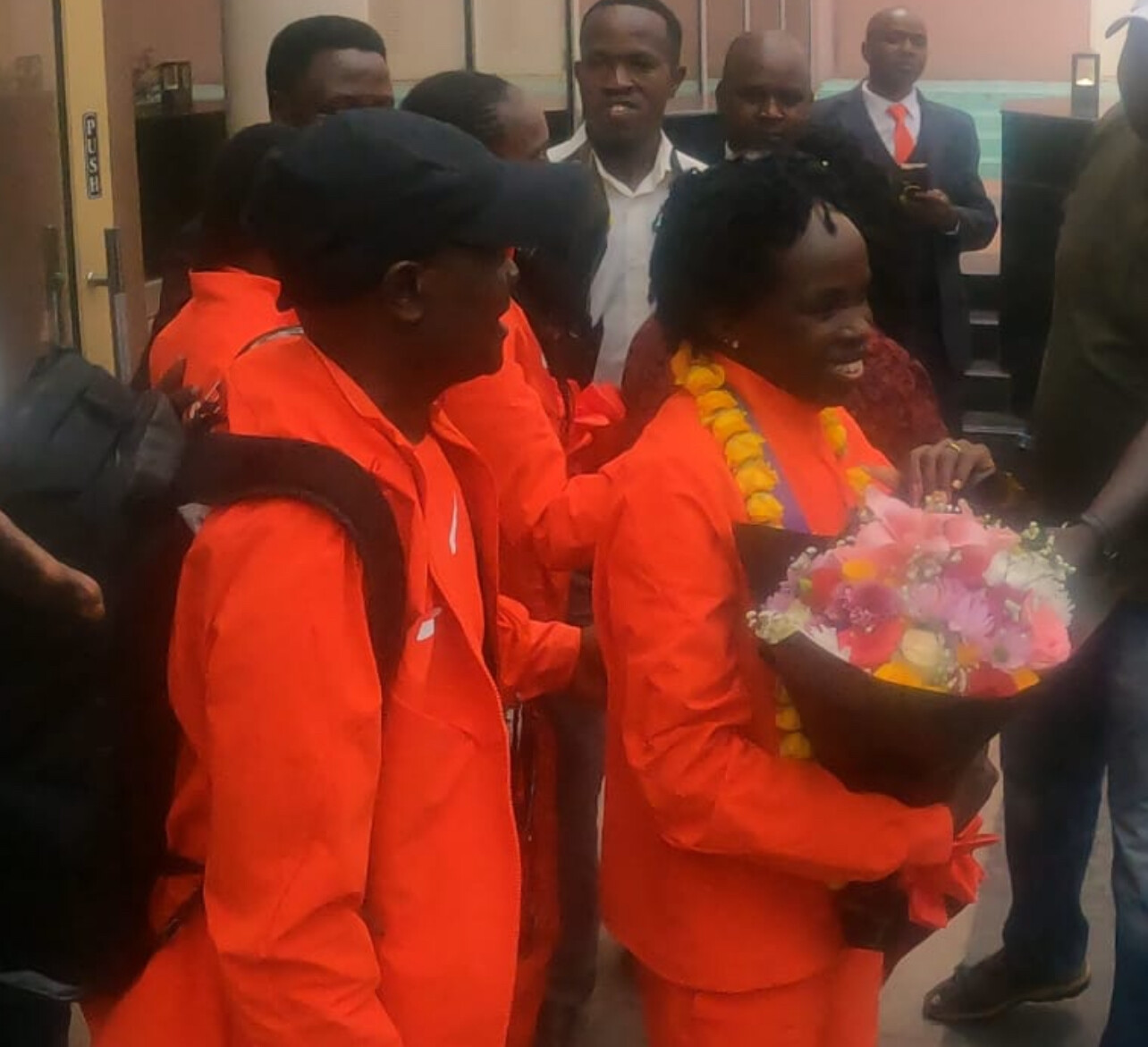
Government and Athletics Kenya Celebrate
Representing the Ministry of Sports, Jonah Towett assured the athletes of ongoing government backing.
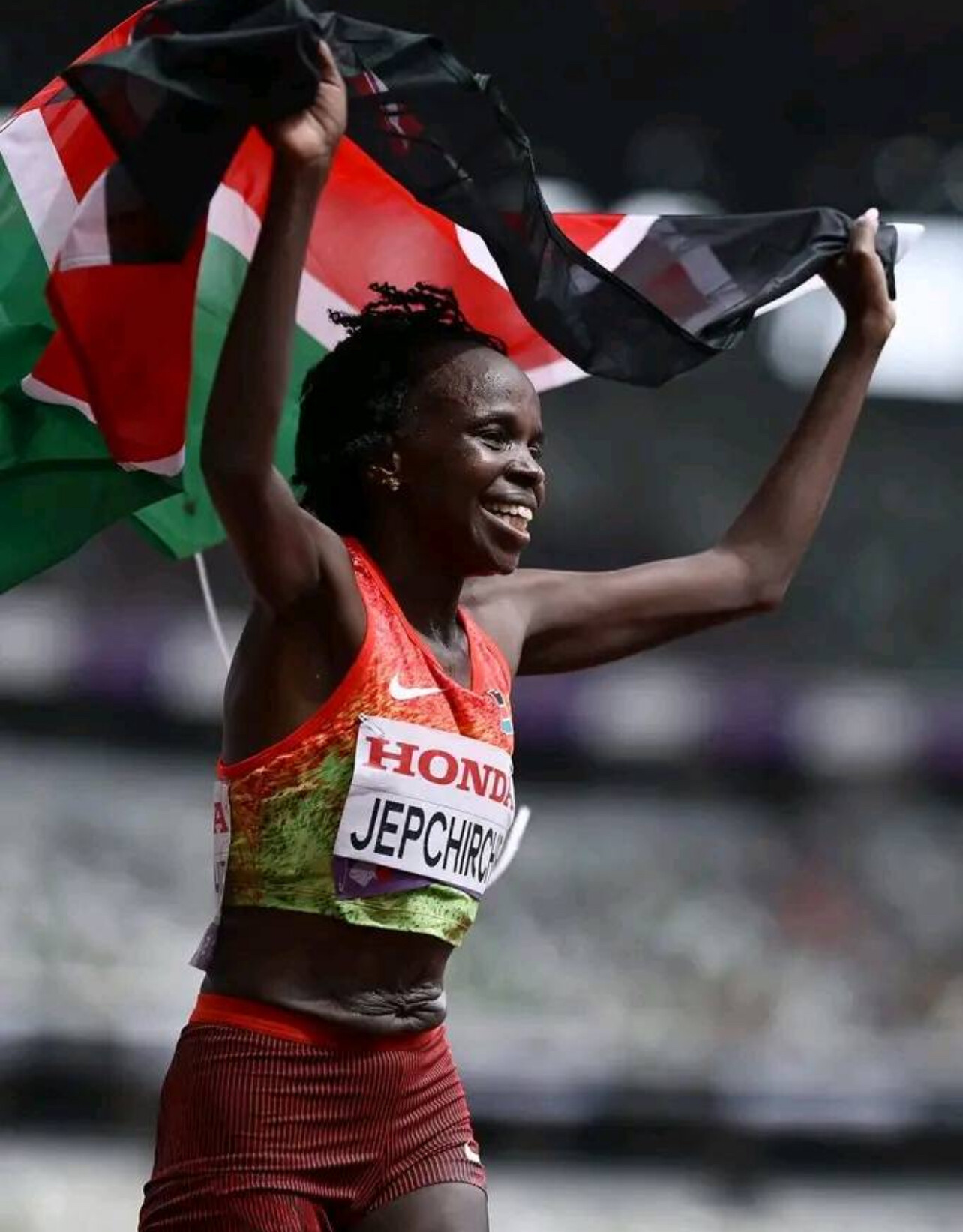
“This is a big day,” Towett said. “We are delighted to welcome our team back home. We congratulate them, especially our gold medalists, and assure them of our full support."
Athletics Kenya (AK) was equally visible at the welcome event, with officials led by Elizabeth Keitany. Keitany, praised Jepchirchir’s achievement and expressed optimism about the rest of Team Kenya still competing in Tokyo.
“We congratulate Peres for making Kenya proud,” Mary Keitany said. “Her victory is an inspiration, and we are confident more medals will come from Tokyo.”

Preparing for the Heat
Coach Kahugu explained that Tokyo’s humidity posed a challenge, but adjustments paid off. “In Kenya, we didn’t train in such hot conditions. Once in Tokyo, we shifted to midday sessions to adapt. That preparation made all the difference,” he said.
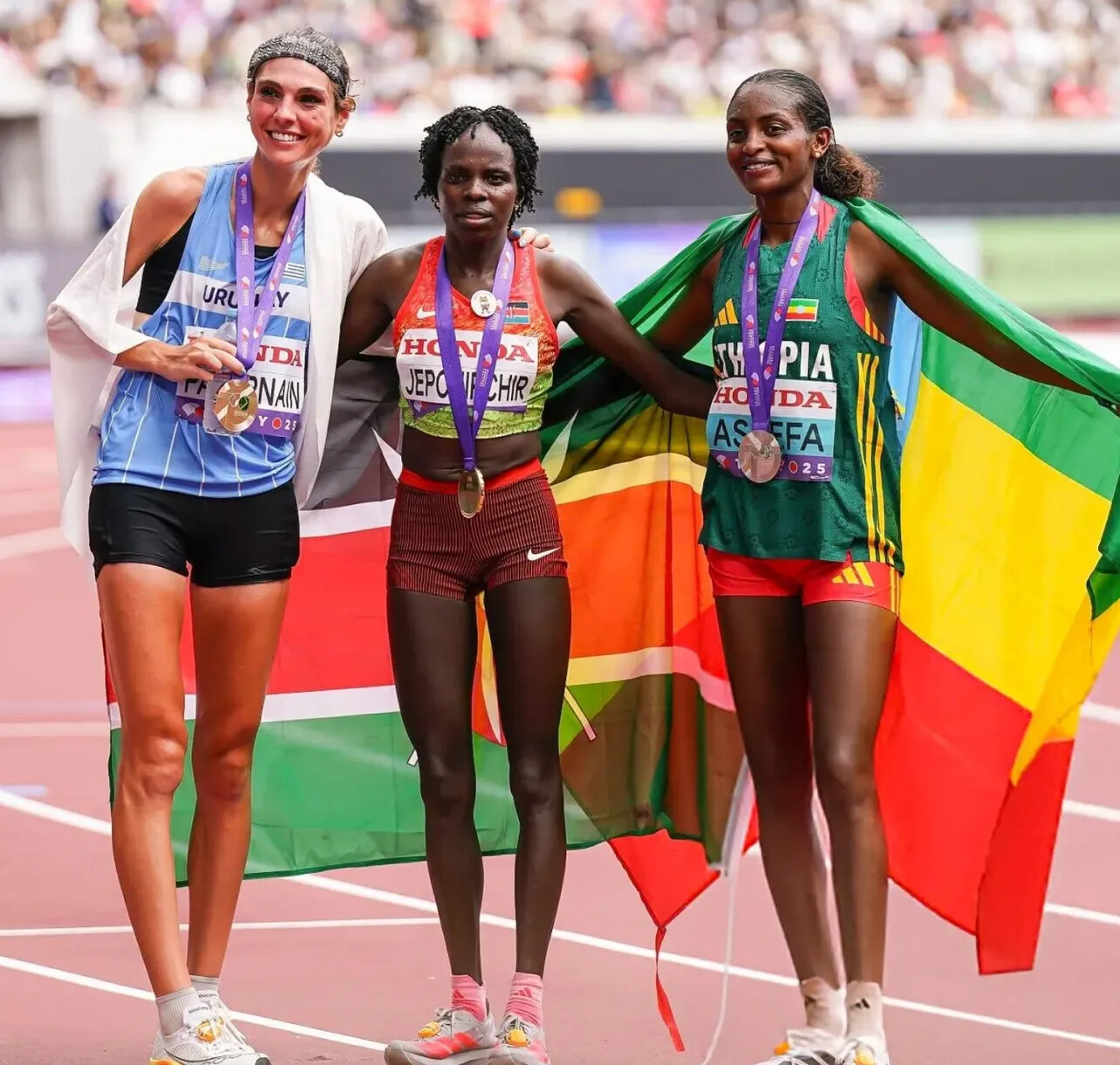
The strategy worked: Jepchirchir’s gold was supported by strong efforts from her compatriots, underlining Kenya’s strength in depth.
Global Spotlight on Kenya’s Legacy
Jepchirchir’s return has once again placed Kenya firmly at the center of the marathon conversation. Her triumph continues a proud tradition carried by icons like Catherine Ndereba, Tegla Loroupe, and Mary Keitany, while inspiring a new generation of runners.
“Kenya’s marathon culture is unmatched,” said one jubilant fan at JKIA. “Every victory like this strengthens our identity as the home of champions.”
Looking Ahead
While Nairobi celebrated, attention remains on Tokyo, where Kenyan athletes continue their medal hunt in the 1500m, 5000m, and steeplechase. Jepchirchir’s victory has set the tone, fueling hopes of more success.
A Champion Beyond the Finish Line
For Jepchirchir, the gold is more than just another medal. Having battled injuries and personal setbacks, her resurgence on the world’s biggest stage cements her as one of Kenya’s all-time greats.
From her beginnings in Kapsabet to victories in New York, the Olympics, and now Tokyo, Jepchirchir’s journey is one of resilience, faith, and belief. Her story continues to inspire athletes and fans worldwide — and her return home is a celebration not just of a single victory, but of a legacy still being written.
(09/16/2025) ⚡AMPby Robert Kibet
Simbu Wins Men’s Marathon World Title in Dramatic Photo Finish
The men’s marathon at the 2025 World Athletics Championships delivered an unforgettable finish that will be remembered for years to come. After 26.2 miles, the battle for gold came down to a fraction of a second.
With 100 meters to go, Germany’s Amanal Petros surged into the lead, spurred on by the roar of the crowd. But in the final 10 meters, Tanzania’s Alphonce Felix Simbu found one last burst of speed. Both men crossed the line together in 2:09:48, with Simbu declared the winner by the narrowest of margins after a photo review.
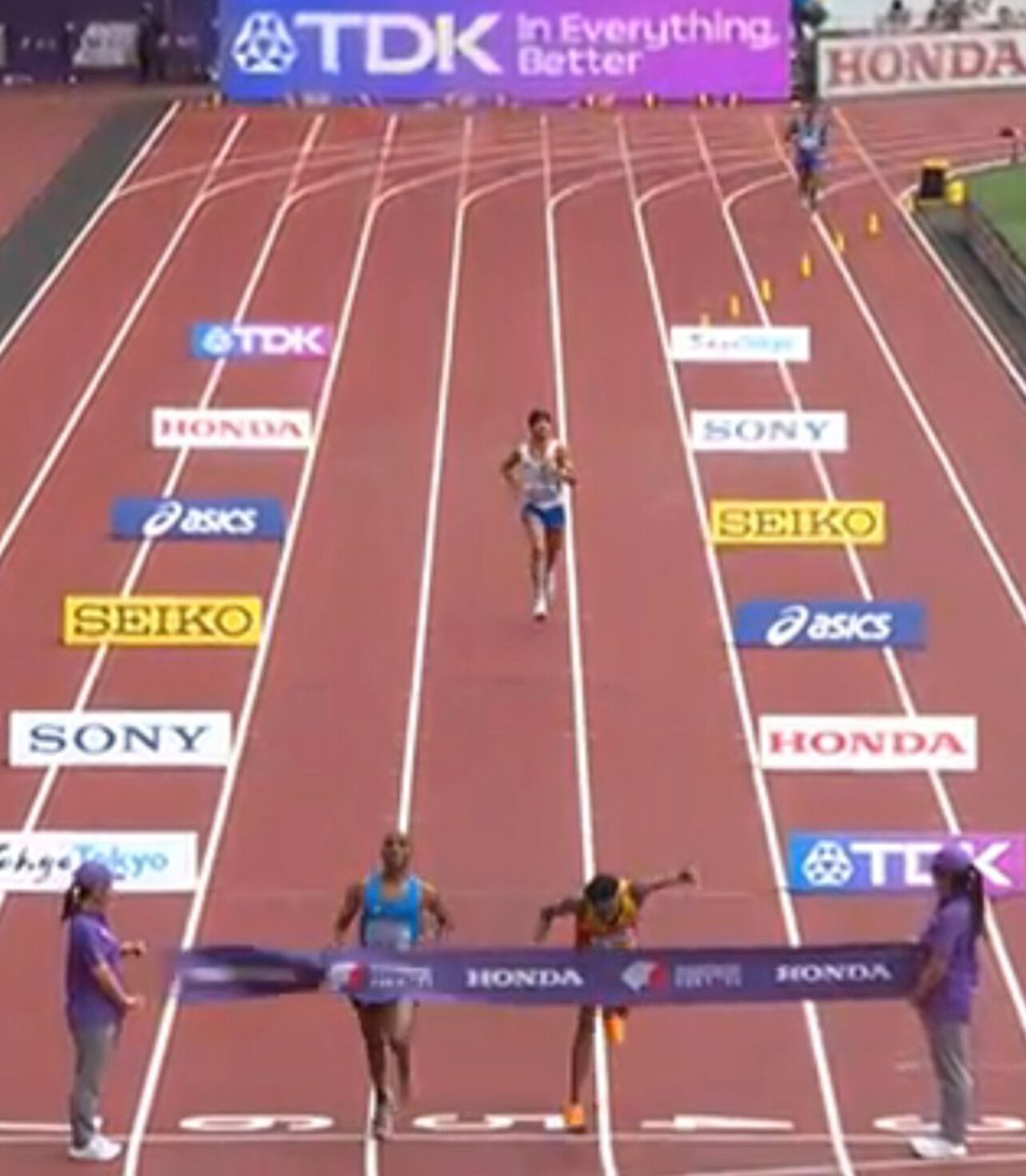
Italy’s Iliass Aouani claimed bronze with 2:09:53, while Israel’s Haimro Alame finished fourth in 2:10:03.
Why Were the Winning Times So Slow?
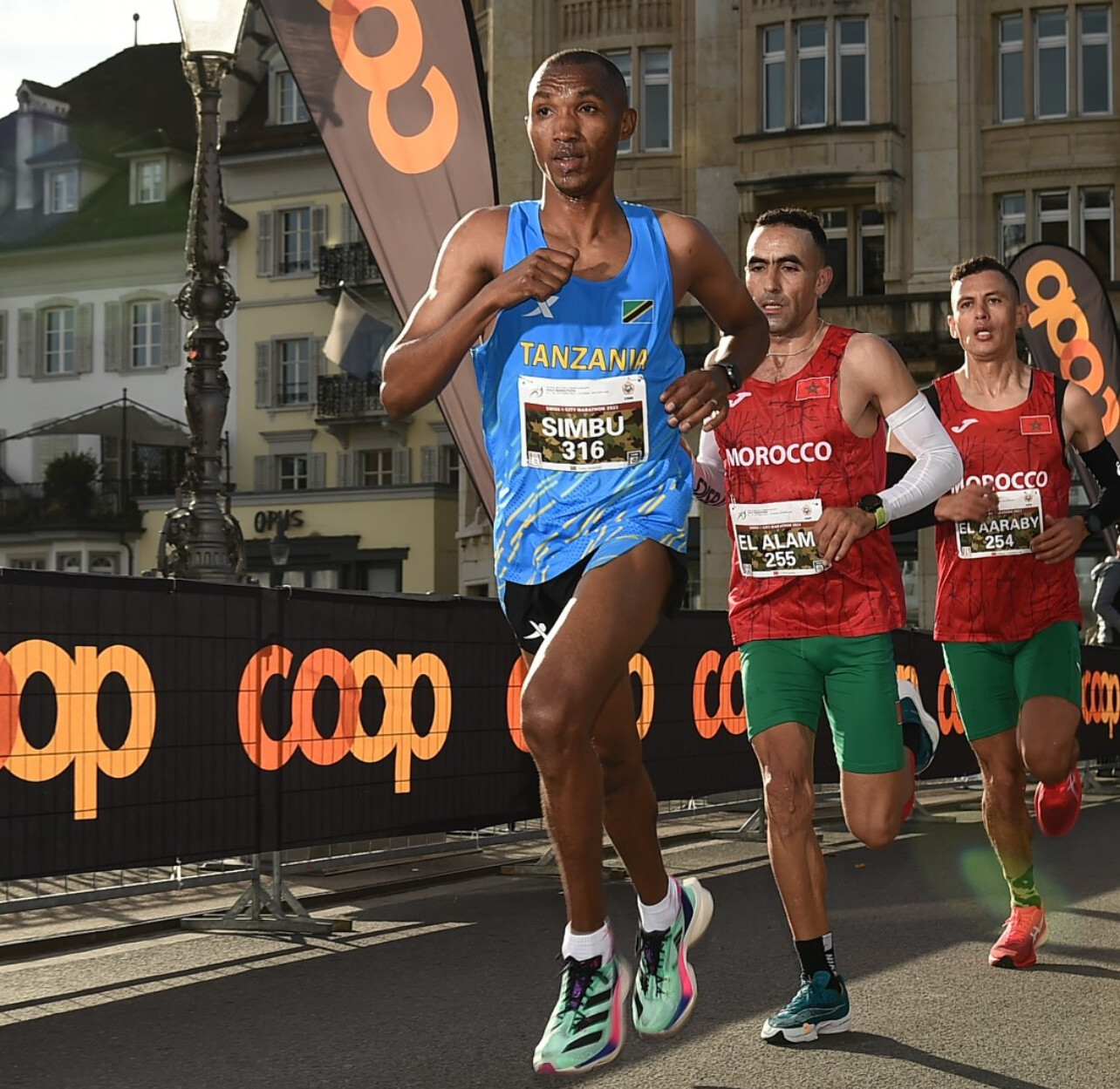
In an era where sub-2:05 performances are increasingly common on flat, fast city courses, a 2:09 winning time might appear modest. But championship marathons are rarely about speed—they’re about tactics, conditions, and survival.
On this humid Tokyo morning, the combination of rising temperatures, tactical surges, and the lack of pacemakers slowed the field considerably. Unlike commercial marathons designed for record attempts, World Championship races unfold as battles of attrition. The priority is medals, not fast times.
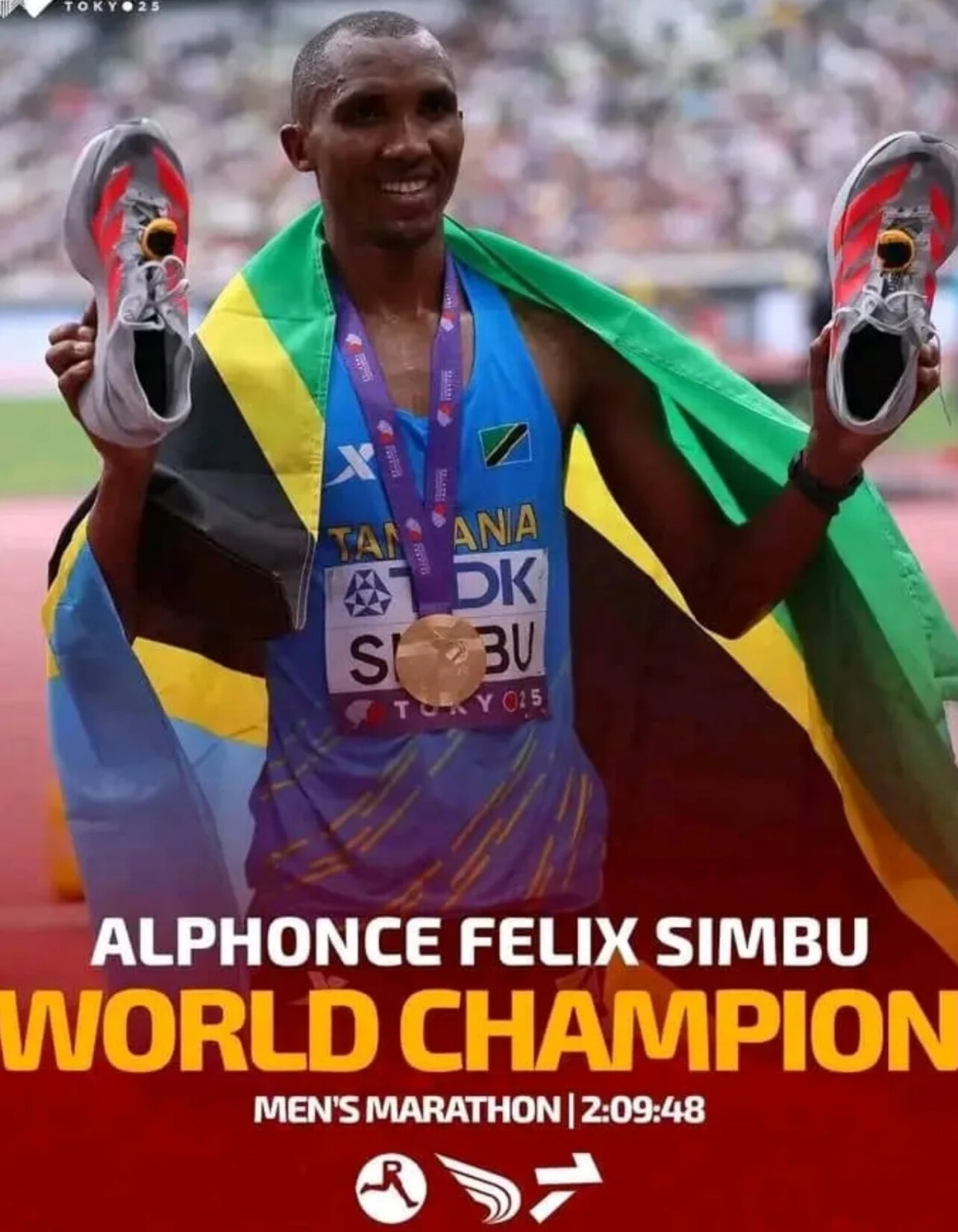
That context made the finish all the more gripping. Despite the relatively slow clocking, the drama of two men collapsing at the line after a two-hour duel showcased the true essence of championship racing: it’s not about how fast you run, but whether you cross the line first.
For Simbu, the victory is another milestone in a long and decorated career. For Petros, the silver marked both heartbreak and validation—a confirmation that he belongs among the world’s elite.
The 2025 World Championships men’s marathon may not go down for record times, but it will long be remembered for its thrilling conclusion.
(09/15/2025) ⚡AMPby Boris Baron
Kenya’s Steeplechase Dynasty Under Siege: Edmund Serem Keeps Hope Alive with Tokyo Bronze
For decades, the men’s 3000m steeplechase was as Kenyan as tea fields in Kericho or herds grazing the Rift Valley floor. Since Amos Biwott (first photo) struck Olympic gold in 1968, generations of Kenyan athletes turned the event into a national pig treasure, piling up Olympic and World titles with almost mechanical consistency. But the 2025 World Championships in Tokyo told a different story—one of fading dominance, foreign breakthroughs, and a teenager fighting to keep the flame alive.
A Race That Shook Tradition
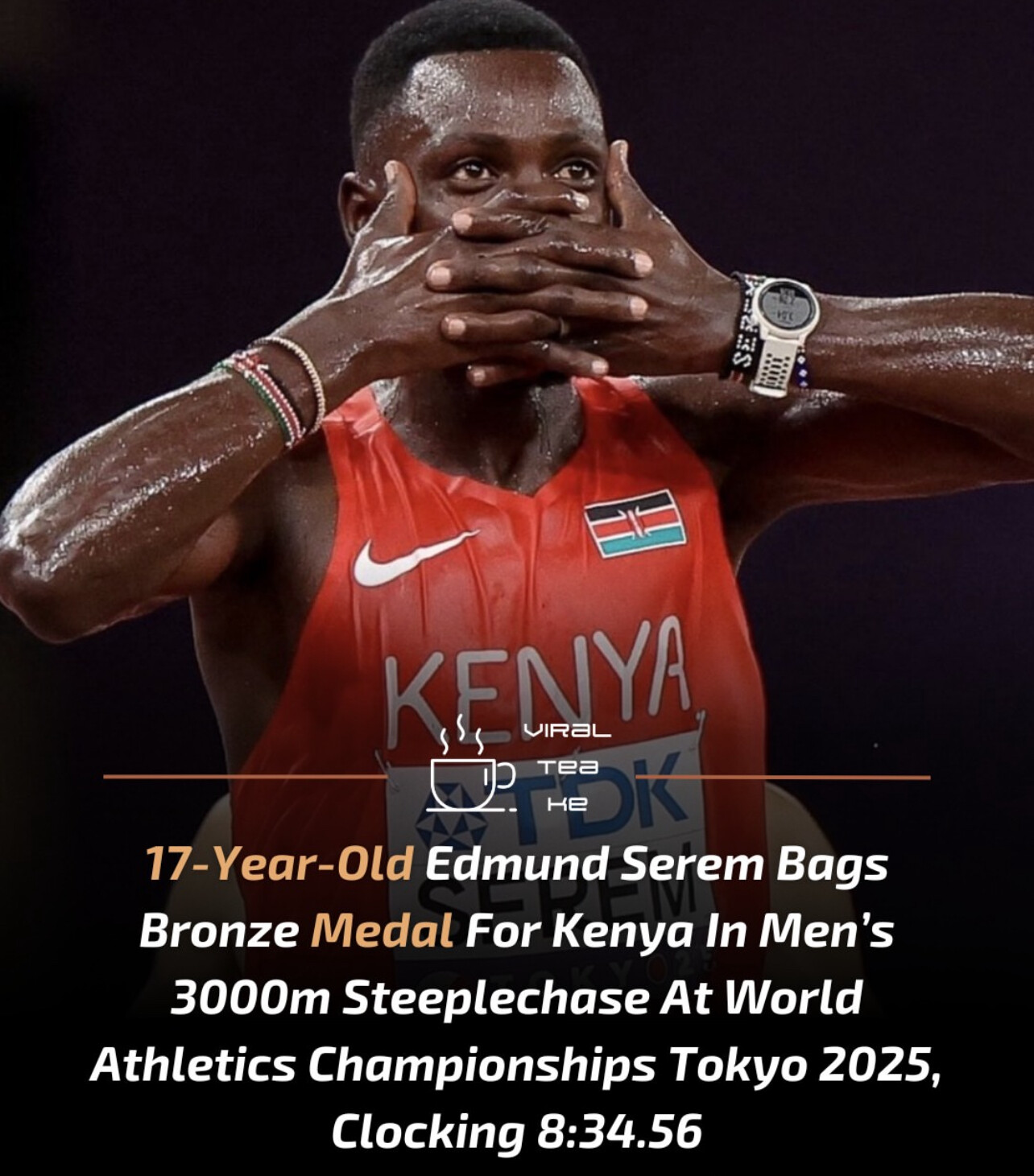
On a humid evening inside Tokyo’s National Stadium, 17-year-old Edmund Serem—younger brother of 2021 World U20 champion Amos Serem—lined up against the world’s best: Olympic champion Soufiane El Bakkali, Ethiopia’s Lamecha Girma, New Zealand’s rising star Geordie Beamish, and a host of challengers from Europe, North America, and Asia.
For Serem, the mission was clear: keep Kenya’s flag on a podium that has become increasingly elusive.
From the gun, he ran bravely, shadowing Germany’s Karl Ruppert in the early laps, exchanging leads and refusing to yield. Ethiopia’s Samuel Firewu, Canada’s Jean-Simon Desgagnés, Poland’s Krzysztof Michalski, and Japan’s Ryuji Miura all joined the fight, turning the race into a tactical chess match.
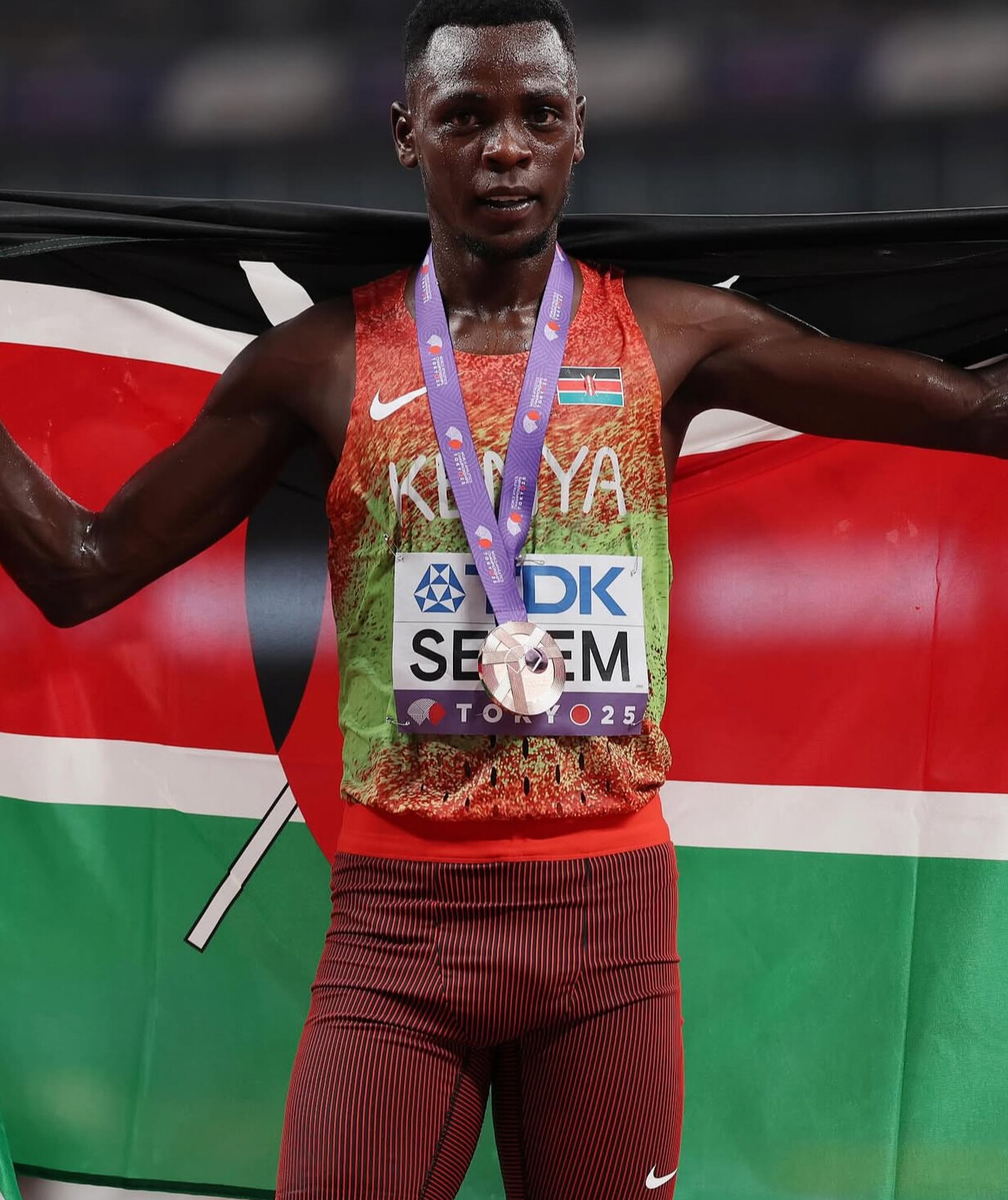
With five laps to go, Serem was still in contention. But as the tempo shifted, the global pack pressed harder. Girma and El Bakkali moved menacingly forward, Desgagnés surged, and Michalski stunned the field by briefly taking the lead.
Then came the bell lap. In a race once synonymous with Kenyan processions, the battle had become a global dogfight. Beamish timed his kick to perfection, flying past Girma and fending off El Bakkali to seize a historic gold in 8:33.88. El Bakkali took silver in 8:33.95, while Serem, showing maturity beyond his years, held his ground to claim bronze in 8:34.56.
A Bittersweet Podium
For Kenya, the bronze carried mixed emotions. Serem’s medal, won by a teenager not yet old enough to vote, proved the country’s future is bright. Yet it also underscored a sobering reality: the days of near-total dominance are gone.
Speaking after the race, Serem was humble but defiant:
“It was tough out there, but I told myself Kenya must be on that podium. I am only 17, and I know this is just the beginning. One day, I will bring the gold back home.”
The Crumbling Fortress
The numbers tell the story. Since Conseslus Kipruto’s World title in 2019, Kenya has not won a global steeplechase gold. Instead, El Bakkali, Girma, and now Beamish have rewritten the script, dismantling the aura of invincibility once carried by legends like Ezekiel Kemboi, Brimin Kipruto, and Stephen Cherono.
Even with Abraham Kibiwot also in Tokyo, Kenya could not tilt the balance back. What was once fortress Kenya is now open territory.
Lessons and a Call to Action
Beamish’s victory offered a warning. New Zealand has no steeplechase tradition, yet through structured NCAA development and consistent Diamond League racing, Beamish matured into a world champion. Kenya, by contrast, must adapt: better coaching, tactical planning, and holistic athlete support are now non-negotiable.
Serem’s bronze provides a flicker of hope. His resilience against seasoned opponents shows promise, but it also highlights the urgent need for reinvestment. Athletics Kenya’s famed pipeline of school and military talent remains deep, but without evolution, history and reputation alone will not win medals.
The Future
As Edmund Serem stood on the Tokyo podium, the Kenyan flag draped over his shoulders, pride and resolve mixed in his eyes. Behind the applause lay a challenge: reclaim what has been lost.
If the steeplechase is to remain the beating heart of Kenya’s athletics heritage, Tokyo 2025 must not mark the continuation of decline, but the beginning of a fightback. And perhaps—just perhaps—it will be Serem, the teenager who dared to dream, who leads the revival.
(09/15/2025) ⚡AMPby Robert Kibet
Cole Hocker’s World Championship Dream Ends in Disqualification
Tokyo, September 15, 2025 — Olympic 1500m champion Cole Hocker saw his World Championship hopes vanish in dramatic fashion after being disqualified in the men’s 1500m semi-final.
The American star, widely considered a contender for gold in Tokyo, found himself boxed in on the rail as the field entered the final straight. Spotting only the slightest opening, Hocker surged forward, leaning hard into the gap between two rivals in a desperate bid to qualify.
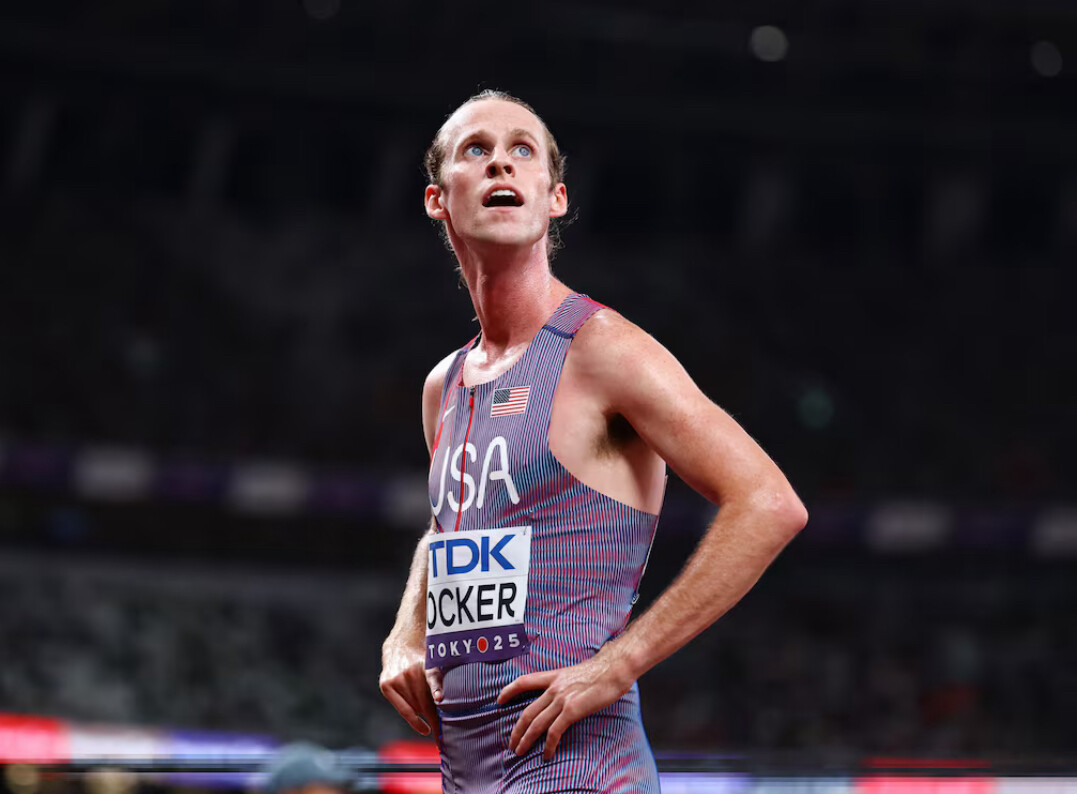
Officials, however, judged his move to be illegal under World Athletics’ jostling rule (TR17.1.2[J]). The ruling meant that Hocker, who crossed the line appearing to have secured advancement, was disqualified from the event. The U.S. team filed an immediate appeal, but it was denied.
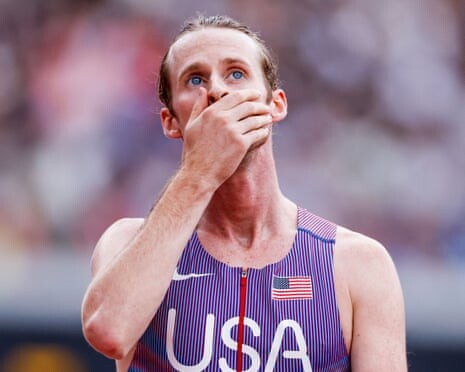
A Fine Line in Championship Racing
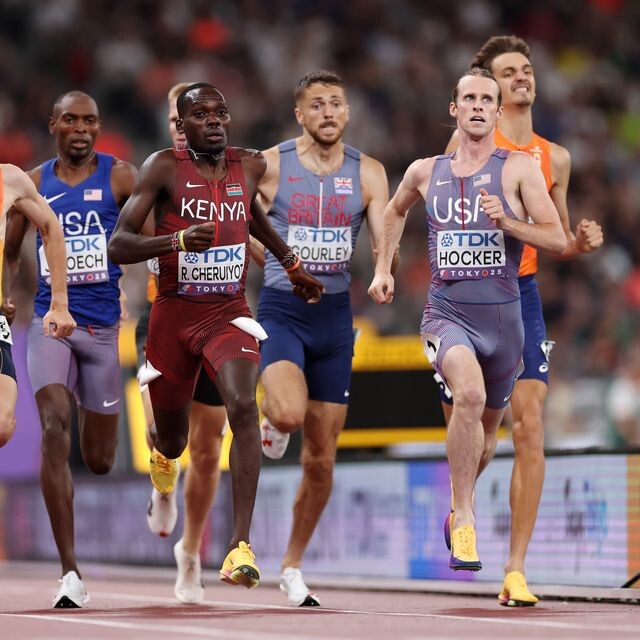
Championship 1500m races often hinge on positioning and split-second decisions. Hocker’s aggressive attempt to escape a tactical trap was the kind of risk seasoned racers often take. This time, it cost him dearly.
For the 24-year-old, who stunned the world by winning Olympic gold in Paris just a year ago, the result was a crushing reminder of how unforgiving middle-distance racing can be.
What's next
Hocker departs Tokyo without the chance to contest the 1500m final, but his career credentials remain undeniable:
• Olympic champion (2024)
• Personal best of 3:27.65, making him one of the fastest Americans in history
• Multiple U.S. titles and international medals
Despite the disappointment, Hocker’s trajectory still points skyward. With the Los Angeles 2028 Olympics on the horizon, this setback may only sharpen his focus for future championships.
(09/15/2025) ⚡AMPby Boris Baron
Geordie Beamish Rises from a Fall to World Champion Glory in Tokyo
Tokyo, September 15, 2025 — New Zealand’s Geordie Beamish produced one of the most dramatic victories of the World Athletics Championships, storming to gold in the men’s 3000m steeplechase. His winning time of 8:33.88 edged Morocco’s reigning champion Soufiane El Bakkali by just 0.07 seconds, with 17-year-old Kenyan Edmund Serem taking bronze in 8:34.56 .
This is a breakthrough moment for New Zealand athletics: the nation’s first-ever outdoor World Championships track gold .
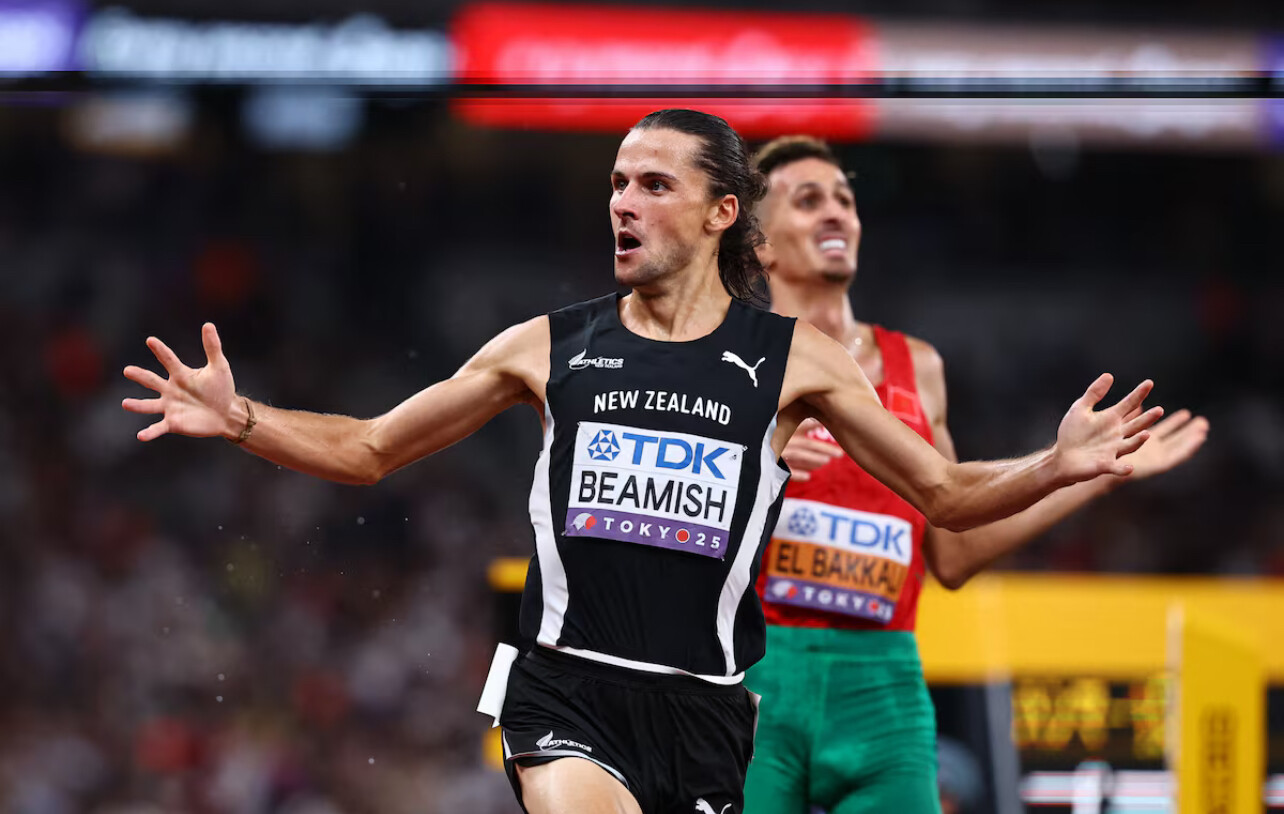
A Tactical Race Decided at the Line
The steeplechase final unfolded at a controlled pace, leaving the medals to be decided in the closing laps. El Bakkali, a two-time Olympic and world champion, looked ready to add another title. But Beamish, renowned for his devastating kick, stayed composed.
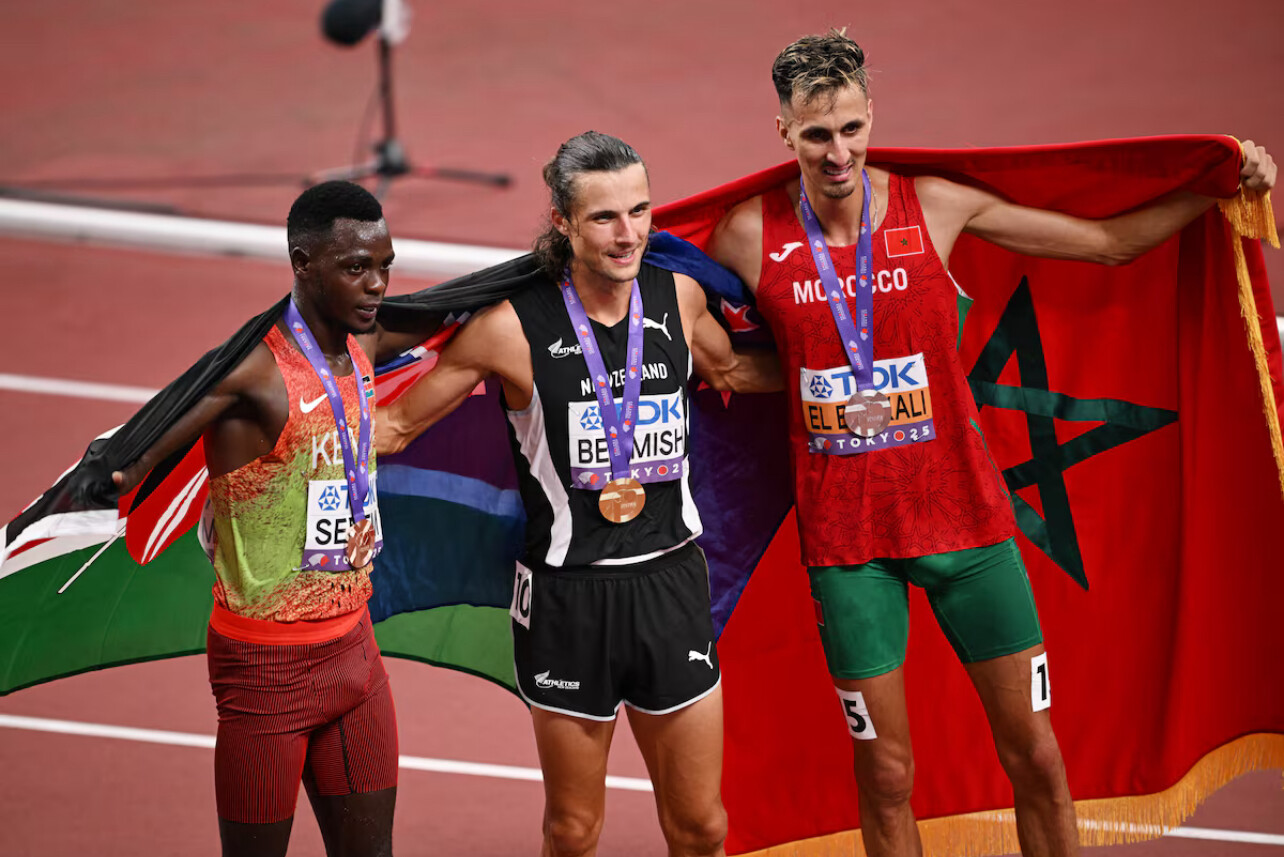
On the last lap, he surged through the field, matching El Bakkali stride for stride. Off the final water jump, Beamish unleashed one last burst of speed. In a thrilling lean at the line, he dethroned one of the event’s greats.
A fall and a spike in the heats
Beamish’s victory was even more remarkable considering his rough path to the final. In his qualifying heat, he fell heavily and was stepped on in the face, yet managed to get up and finish second to advance .
That resilience set the tone for his gold-medal run.
Who Is Geordie Beamish?
• Born: October 24, 1996, in Hastings, New Zealand
• Club: On Athletics Club (based in Boulder, Colorado)
• Coach: Dathan Ritzenhein
• Specialties: 1500m through 5000m, and now the steeplechase
• Career highlights:
• 2024 World Indoor Champion in the 1500m (Glasgow)
• Oceania record holder in the 3000m steeplechase (8:09.64, Paris, 2024)
• Fifth in the 2023 World Championships steeplechase final
Beamish’s late move to the steeplechase has transformed his career, turning him from a versatile miler into a global champion.
This was a big upset
Beamish’s Tokyo win not only toppled El Bakkali’s reign but also put New Zealand back on the map of world middle-distance running. For a nation that once celebrated icons like Peter Snell and John Walker, this is a new chapter in the sport’s history.
With the 2028 Los Angeles Olympics on the horizon , Beamish has proven he has the strength, resilience, and tactical brilliance to contend for more global medals.
(09/15/2025) ⚡AMPby Boris Baron
Jimmy Gressier shocks the world with stunning 10000m victory in Tokyo
France’s Jimmy Gressier stunned the athletics world in Tokyo Sept 14, sprinting past Ethiopia’s Yomif Kejelcha in the final strides to claim the men’s 10,000m world title. His winning time of 28:55.77wasn’t about records — it was about patience, tactics, and a devastating final kick. With that surge, Gressier became the first non–East African-born world champion in the event since 1983.
But for those who have followed his career, this moment wasn’t magic out of thin air. It was years in the making.
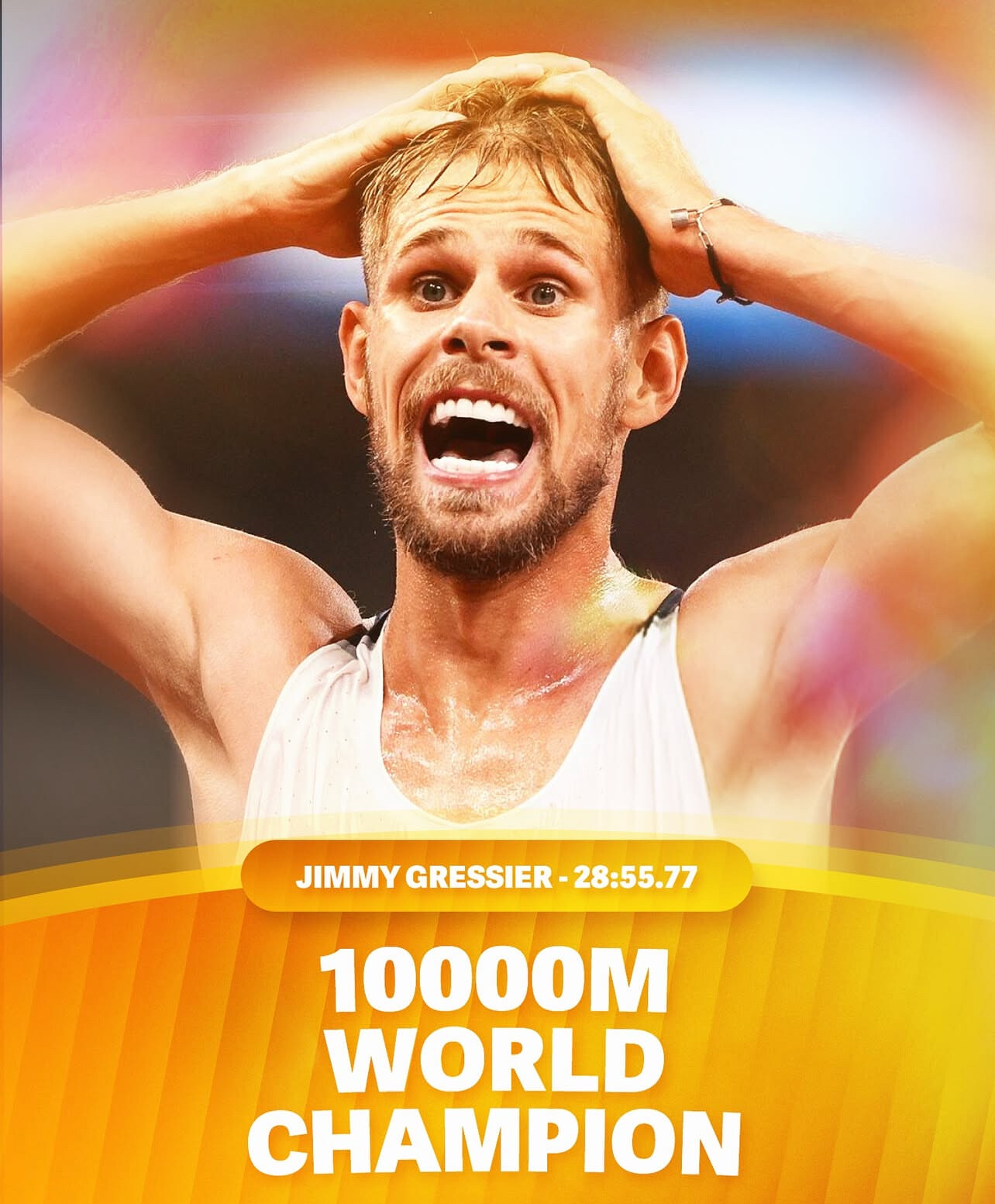
Building Blocks: Cross-Country and U23 Glory
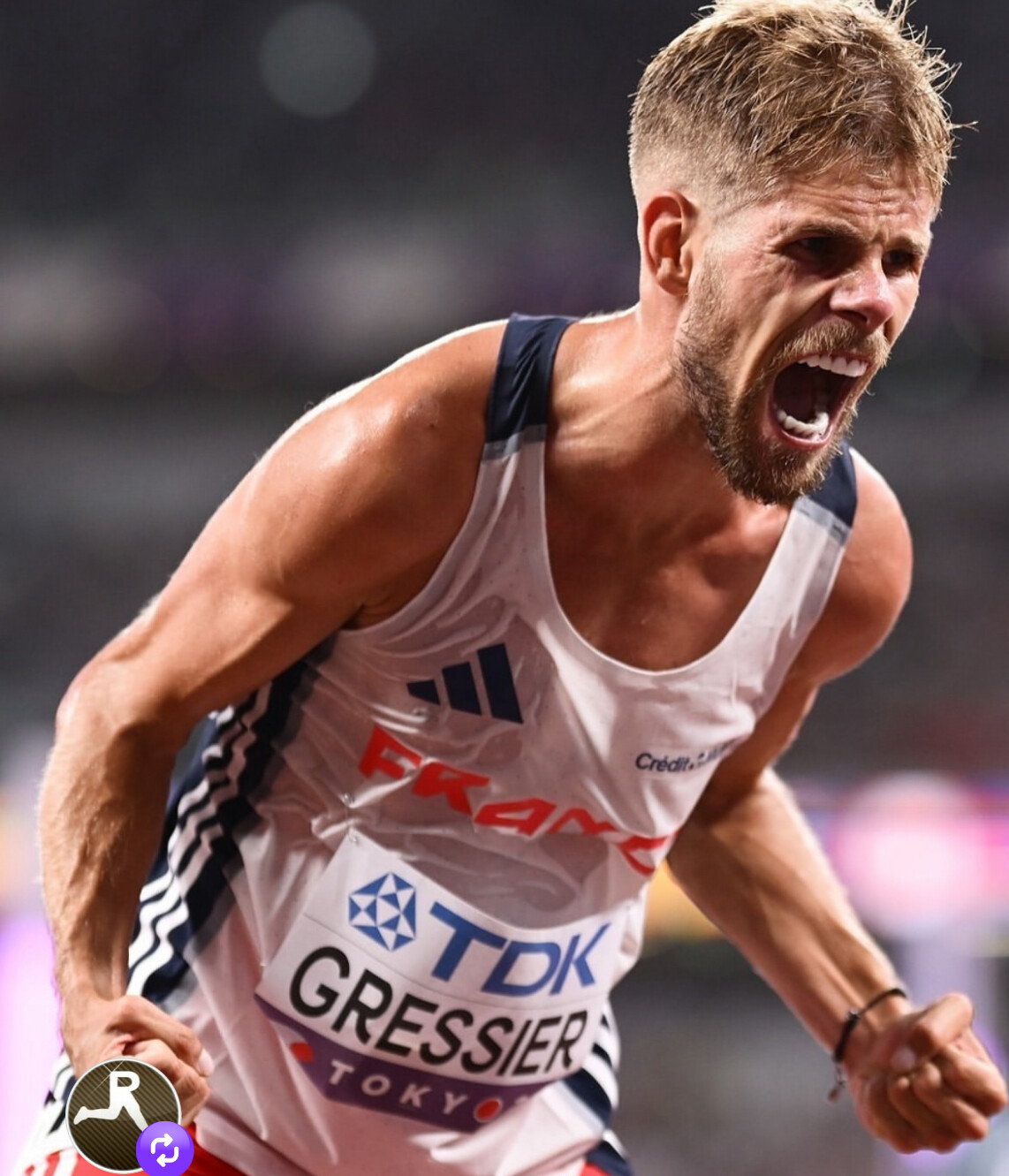
Born May 4, 1997, in Boulogne-sur-Mer, France, Gressier’s rise began on the fields of European cross-country. Between 2017 and 2019, he won three consecutive U23 European Cross-Country Championships, showcasing his toughness in cold, muddy races far from the track’s bright lights.
At the 2019 European U23 Championships, he doubled up to win gold in both the 5,000m and 10,000m, proving his versatility and hinting at bigger things to come.
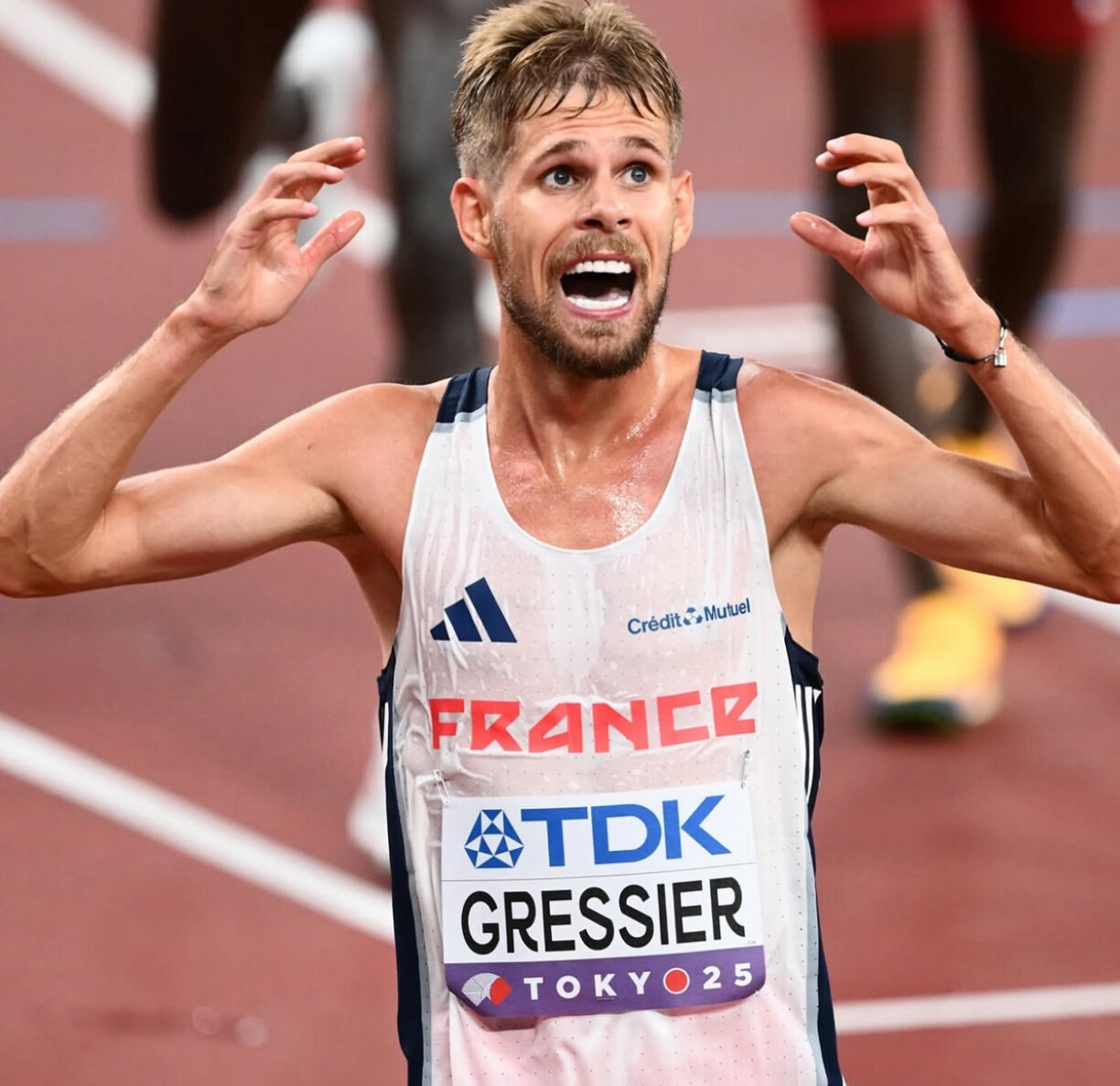
Records on Track and Road
Gressier has rewritten France’s distance running records, and in some cases Europe’s.
• European 5K road record: In 2025, he became the first European to break the 13-minute barrier on the roads, clocking 12:57.
• French national records: He has owned the national bests in both the 5,000m and 10,000m on the track.
• Range: From 3,000m indoors to road races, Gressier has consistently proven his speed and endurance.
These performances made him one of Europe’s most promising distance runners, but until Tokyo he hadn’t converted that talent into senior global hardware.
Close Calls and Lessons Learned
The near misses added to his hunger.
• At the 2021 Tokyo Olympics, he finished 13th in the 5,000m.
• At the 2022 World Championships in Eugene, he placed 11th in the 10,000m.
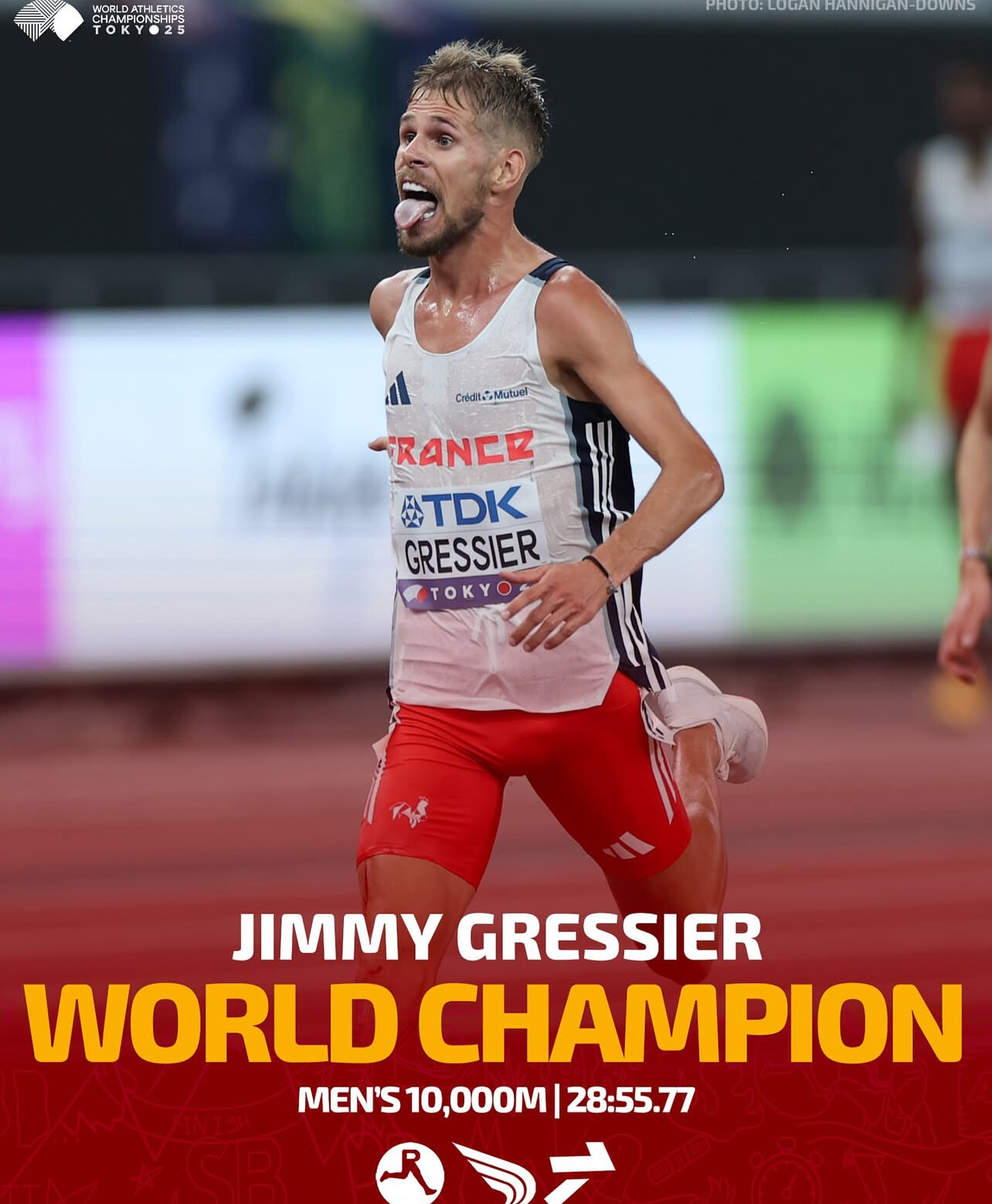
• At the 2022 European Championships in Munich, he narrowly missed the podium, finishing 4th in the 10,000m.
Each result showed progress, but also left him on the outside looking in when medals were awarded.
The Breakthrough in Tokyo
That changed on a humid night at the 2025 World Championships. The men’s 10,000m was run cautiously, the pack conserving energy for the inevitable burn-up over the final lap. When the bell rang, Gressier positioned himself perfectly. His closing burst in the home straight carried him past Kejelcha by just 0.06 seconds, with Sweden’s Andreas Almgren snatching bronze behind them.
It was a win not just for Gressier, but for European distance running — a reminder that the East African dominance of the 10,000m can be challenged.
Jimmy Gressier celebrates on the biggest stage
Until a few weeks ago, Jimmy Gressier was best known internationally for his celebrations, in particular at the European U23 cross country championshiops. Then he won the Diamond League final at 3000m with a big kick over Grant Fisher. Now he is world champion at 10,000m. He said, “It was a dream, and today I can say it: I am world champion.”
Gressier had shown flashes internationally (5th at the World Road Running Champs in the half marathon), but nothing on the track. He was 13th at last year’s Olympics (one spot behind Nico Young) and only 5th in a tactical European 10,000. He had never medalled at Europeans on the track and had a best finish of just ninth in four previous global finals across the 5,000 and 10,000. But he has run pbs this year in the 1500 (3:32), 3000 (7:30), and 5,000 (12:51), and after his big finish got him the Diamond League win, Gressier said he started to believe anything was possible at Worlds.
He explained: “I surprised myself in Zurich, but not today… I knew I could repeat the same plan, and that’s exactly what happened.” Gressier waited until the final 100m to attack and zig-zagged down the home straight to the title.
What Comes Next
At only 28, Gressier’s career is still entering its peak. With records behind him and now a world title to his name, the Frenchman has options: chasing more global medals on the track, doubling up in the 5,000m, or testing himself further on the roads.
For now, his Tokyo triumph stands as a moment of validation. Years of persistence, hard lessons, and belief came together in a single sprint — and Jimmy Gressier crossed into history.
(09/14/2025) ⚡AMPby Boris Baron
Thrilling Finishes Define 10,000m Races at World Championships in Tokyo
Tokyo, Sept. 14, 2025 — The 10,000m finals at the World Athletics Championships in Tokyo delivered everything fans hope for: tactical battles, dramatic last-lap fireworks, and history-making performances.
Chebet Claims Her First World Title

Kenya’s Beatrice Chebet finally added the missing piece to her resume, storming to her first World Championship gold in the women’s 10,000m. Already an Olympic champion and record-breaker on the roads, Chebet powered home in 30:37.61, unleashing a decisive final lap that left no doubt.
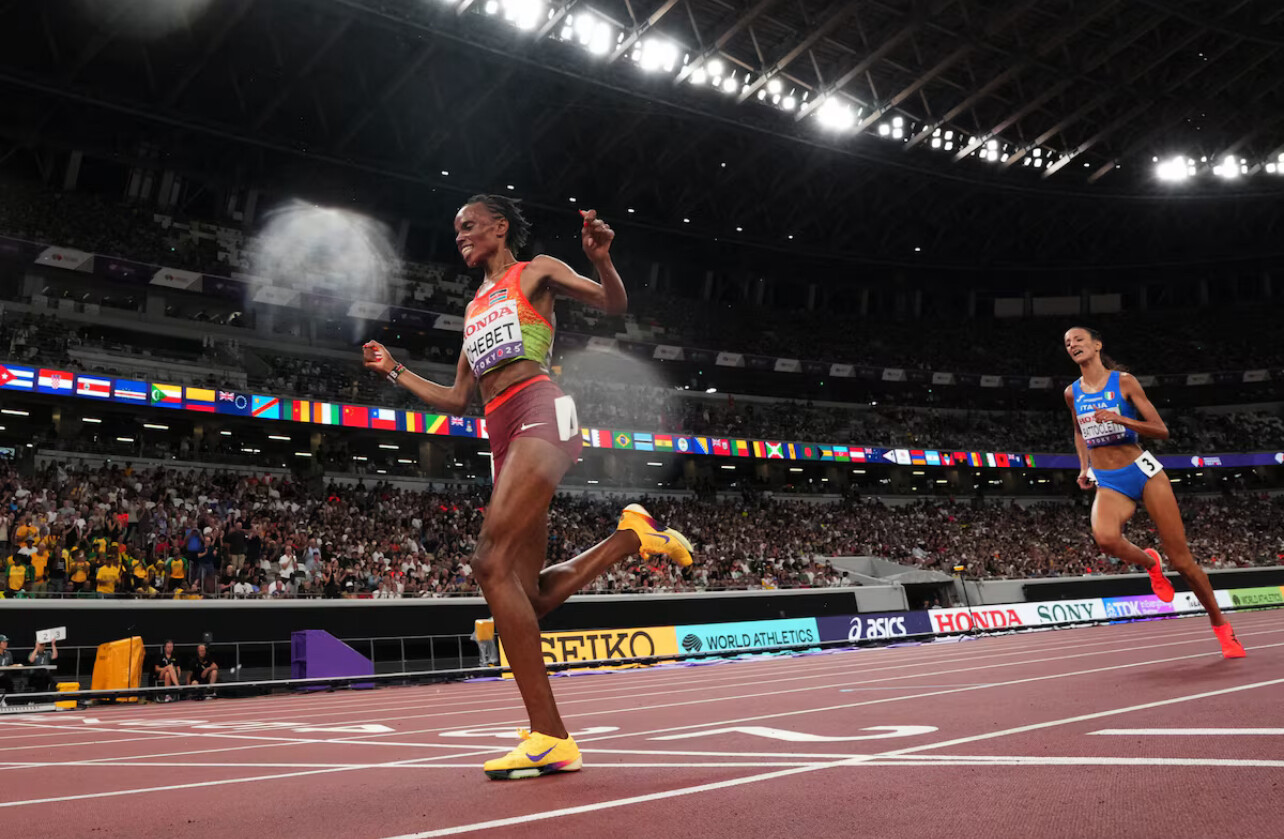
Italy’s Nadia Battocletti pushed hard to the line, setting a new national record for silver, while Ethiopia’s Gudaf Tsegay held on for bronze in the hot and humid conditions.
The race itself was cagey and tactical, with much of the field conserving energy before the closing laps. Chebet’s patience and well-timed surge sealed a long-awaited world crown. She now has her sights on a possible 5,000m–10,000m double in Tokyo.
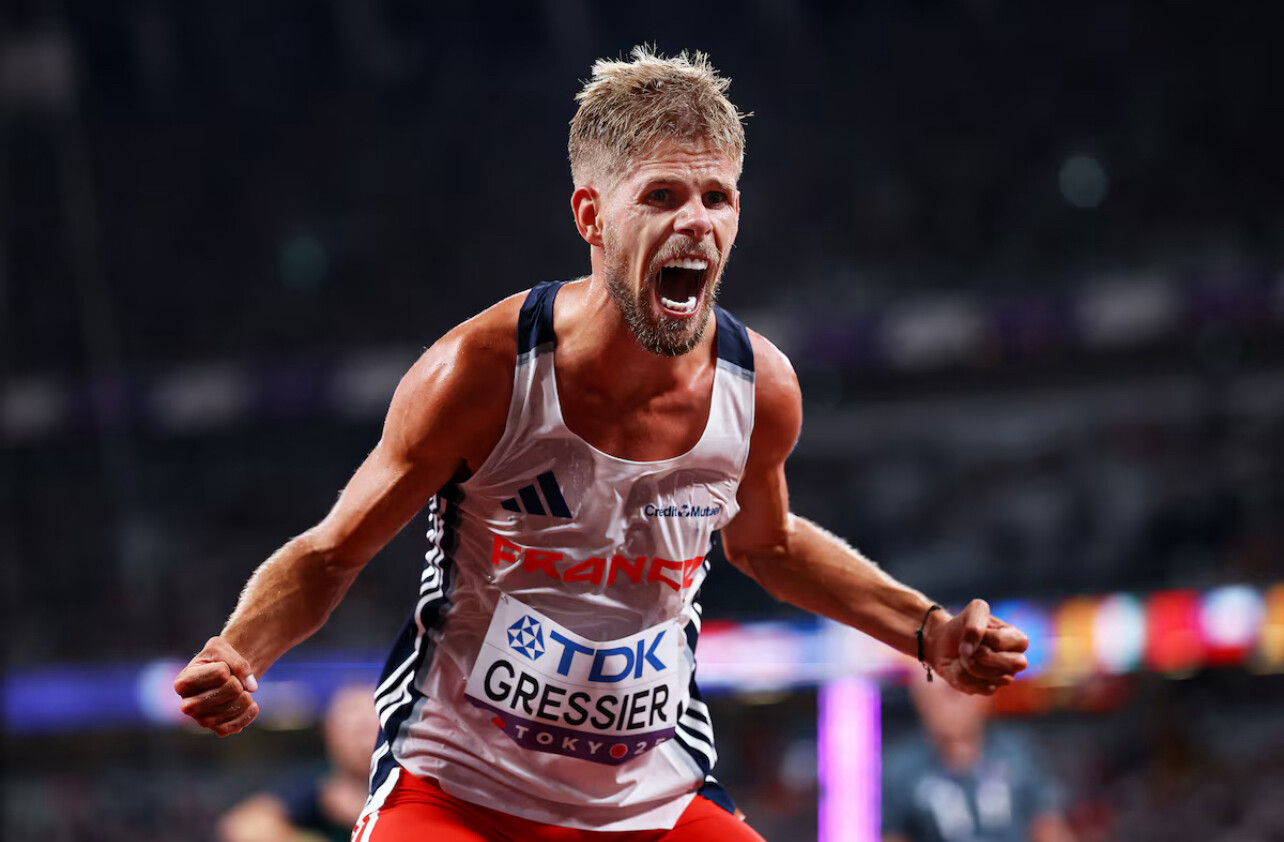
Gressier Shocks the Field in Men’s Race
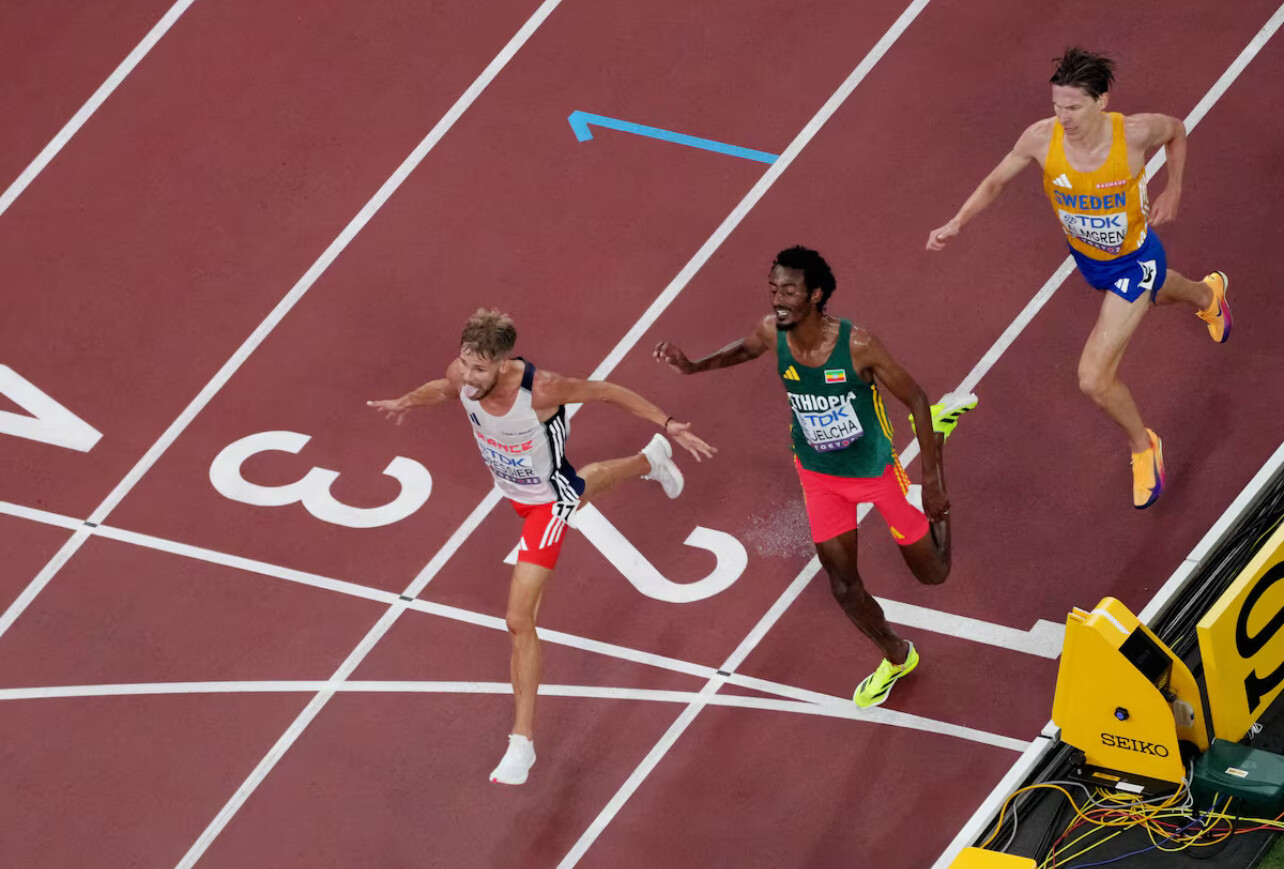
The men’s 10,000m unfolded in similar fashion, with the field bunched tightly until the bell lap. In one of the biggest upsets of the championships so far, Jimmy Gressier of France kicked past Ethiopia’s Yomif Kejelcha in the final strides, capturing gold in 28:55.77 by a margin of just 0.06 seconds.
Sweden’s Andreas Almgren took bronze, as the podium was decided by a frantic sprint down the home straight.
For Gressier, the victory was historic — he became the first non-East African-born athlete in decades to win a men’s 10,000m world title. His triumph underscored how smart tactics and raw finishing speed can still overturn tradition at the highest level.
Lessons from Tokyo
Both 10,000m finals highlighted how championship racing favors tactics over fast times. In the humid Tokyo evening, runners chose patience, waiting for the decisive final laps rather than chasing records. That set the stage for thrilling finishes that tested nerves, positioning, and sprinting strength.
• Chebet’s breakthrough confirmed her as the most complete distance runner in the world today.
• Gressier’s upset win proved that the East African stranglehold on the event is not unshakable.
• Fans were treated to dramatic championship racing at its best — where strategy matters as much as raw talent.
The 2025 World Championships in Tokyo are only just beginning, but the 10,000m finals will be remembered as races where patience, positioning, and perfect timing made all the difference.
(09/14/2025) ⚡AMPby Boris Baron
World Championships Men’s Marathon Preview: Familiar Faces Return to Tokyo
Tokyo, September 13, 2025 – The men’s marathon at the 2025 World Athletics Championships, set for Monday, September 15, has all the makings of a showdown that feels like déjà vu for fans of road racing in the Japanese capital.
Much of the World Championships route mirrors the Tokyo Marathon course, and so too does the field. The top three finishers from March’s Tokyo Marathon — Tadese Takele and Deresa Geleta of Ethiopia, along with Kenya’s Vincent Kipkemoi Ngetich — headline the lineup. They also hold the three fastest times in the world this year among those entered, giving the race a sharp competitive edge.
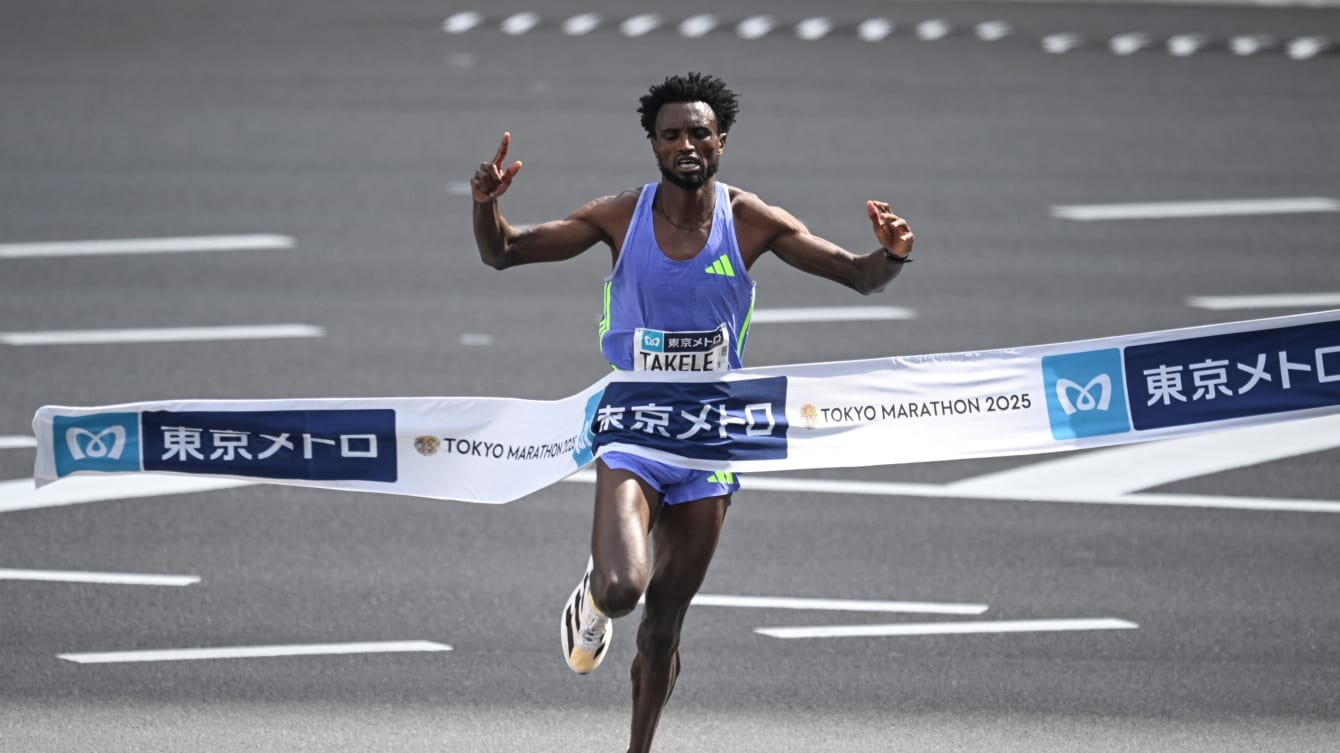
Adding to the depth, Emile Cairess of Great Britain, who placed fourth at the Paris 2024 Olympic Games, is set to challenge again in Tokyo. Defending world champion Victor Kiplangat of Uganda and 2023 Budapest silver medallist Maru Teferi of Israel add to a field packed with medal contenders.
The United States will also be represented with a strong trio: Clayton Young, CJ Albertson, and Reed Fischer. While Americans are not among the pre-race medal favorites, each brings international experience and competitive credentials. Young in particular has emerged as one of the fastest U.S. marathoners in recent years, and Albertson is known for aggressive pacing that could shake up the race dynamics. Fischer adds depth and consistency, giving Team USA multiple chances for a top-10 finish.
With multiple men entered who have run under 2:05, the pace promises to be ambitious. Whether it leads to a record will depend heavily on conditions. Tokyo has been under a heatwave alert, and organizers have moved the start time up by 30 minutes to help offset the temperatures. Still, if the weather cooperates, Tamirat Tola’s World Championships record of 2:05:36, set in Oregon in 2022, could be under serious threat.
All signs point to a thrilling clash — a familiar course, a world-class field, the Americans ready to test themselves against the best, and the possibility of history being rewritten in Tokyo.
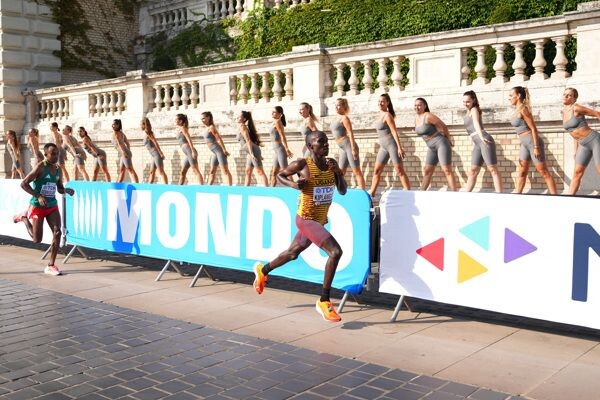
by Boris Baron
Sebastian Sawe Leads the Way With Bold Anti-Doping Initiative Ahead of Berlin Marathon
Sebastian Sawe, the 2025 London Marathon champion and currently the fastest marathoner in the world, is preparing for his third career marathon on September 21 in Berlin. Determined to ensure his performances are beyond question, Sawe has taken an unprecedented step: partnering with the Athletics Integrity Unit (AIU) to undergo one of the strictest anti-doping programs ever seen in the sport.
In collaboration with his management team and adidas, Sawe’s program includes:
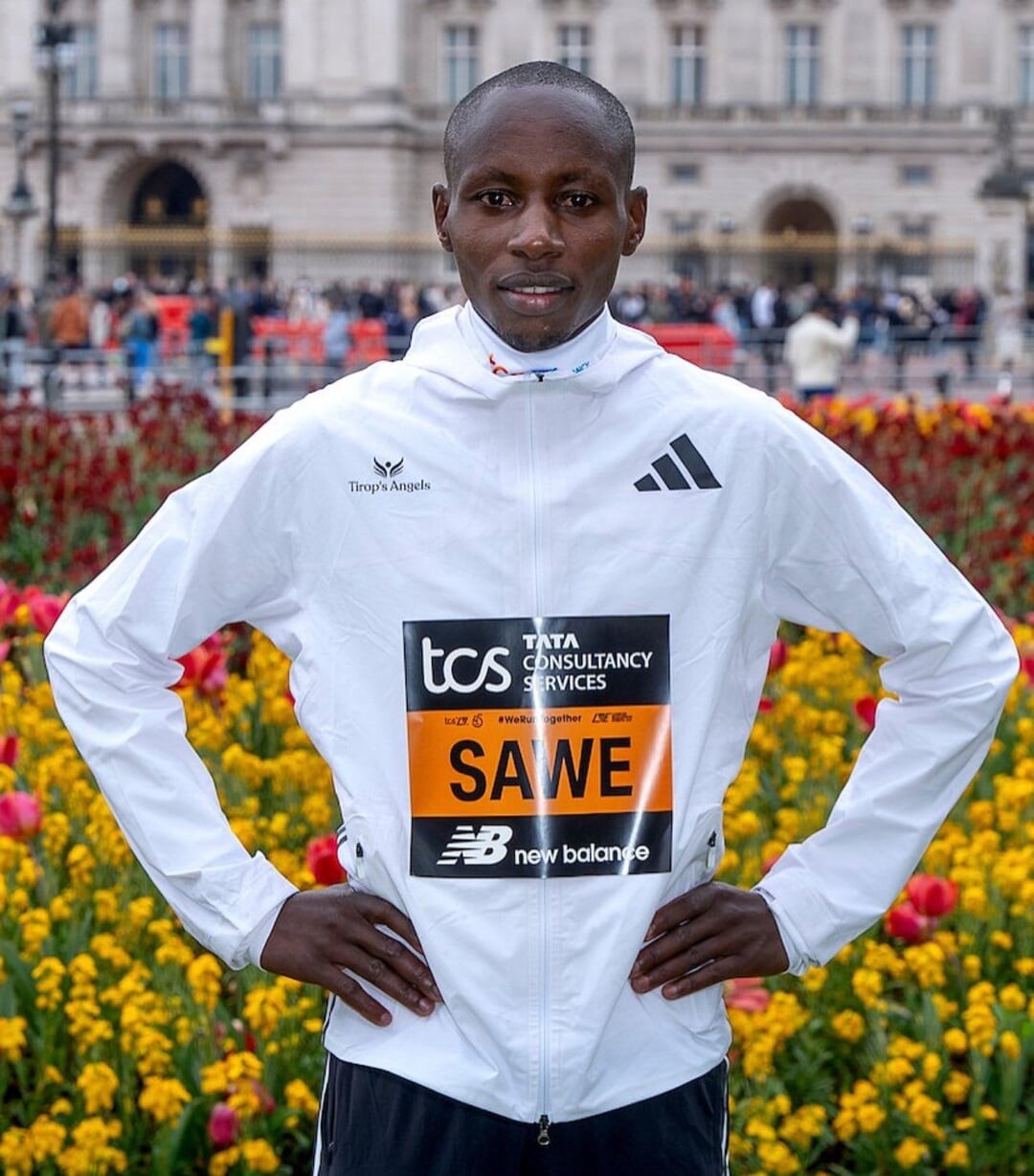
• A minimum of 25 anti-doping tests in the two months leading up to Berlin.
• Surprise, out-of-competition testing under the most advanced laboratory protocols.

• Complete independence in testing, with no prior notice given to Sawe or his team.
• Full financial support from adidas, his primary sponsor.
Explaining his decision, Sawe said:
“I am tired of reading constant doubts and accusations whenever a Kenyan athlete performs well. I acknowledge that doping is a real issue in our country, and ignoring it would be a mistake. We must face it, work with organizations like AIU and World Athletics, and fight this problem that feels like a cancer for Kenyan athletes. My hope is to set an example, encourage others to act, and show that clean performances are possible. Above all, I want people to know that when I line up in Berlin, I am clean, and my results should not be questioned just because I am Kenyan.”
The testing officially began on July 25.
Sawe’s initiative comes at a crucial moment, as Kenya’s Anti-Doping Agency was recently declared non-compliant with WADA’s code. While the agency has 21 days to contest the ruling and implement corrective measures, Sawe’s leadership highlights a proactive and athlete-driven path forward.
As he builds toward Berlin, Sawe is not only racing for victory but also for the integrity of Kenyan athletics, proving that world-class performances can and must be achieved clean.
(09/12/2025) ⚡AMPby Boris Baron
Kipchoge and Hassan Set for New York City Marathon Debuts
Eliud Kipchoge and Sifan Hassan, two of the biggest names in distance running, will make their New York City Marathon debuts on November 2 after both raced the Sydney Marathon on August 31.
Kipchoge, the 40-year-old Kenyan icon, is a two-time Olympic gold medalist and the second-fastest marathoner in history with his 2:01:09 from Berlin in 2022. His last victory over the 26.2-mile distance came at the 2023 Berlin Marathon. Since then, his results have been mixed: 10th at the 2024 Tokyo Marathon, a DNF at the Paris Olympic marathon, and sixth and ninth in London and Sydney this year. Remarkably, 2025 marks the first year of his marathon career in which he will line up for three marathons in a single calendar year.
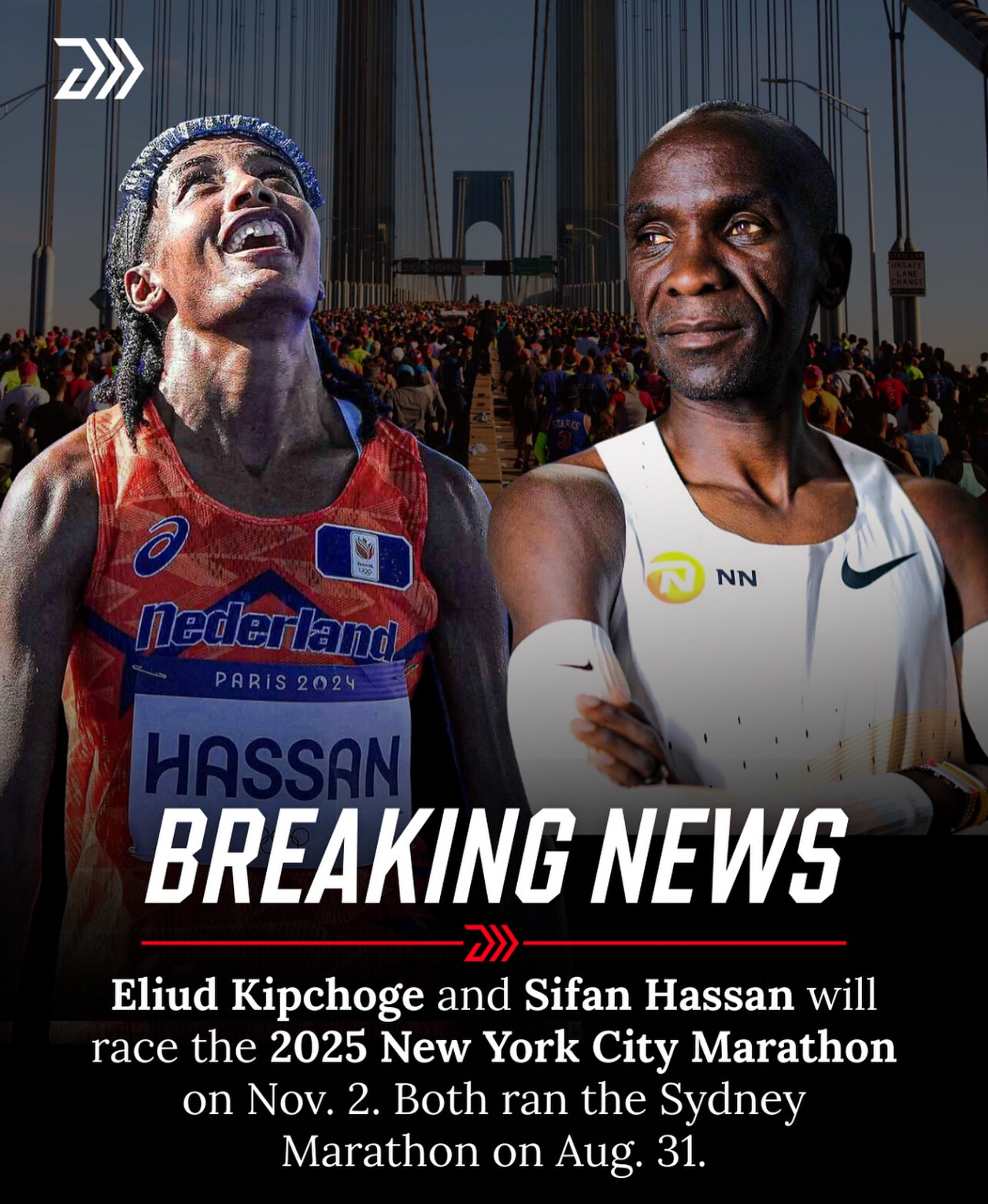
Despite recent setbacks, Kipchoge’s career remains unmatched. He has won four of thekoopoo six long-standing World Marathon Majors—Berlin, Chicago, London, and Tokyo—leaving only Boston and New York City without victoriesok. He finished sixth in Boston in 2023. New York now offers him another chance to etch his name deeper into the sport’s most prestigious stages.
Dutch star Sifan Hassan, already an Olympic champion and one of the most versatile distance runners in history, will also make her New York debut. Known for her ability to dominate from 1500m on the track to the marathon on the roads, Hassan’s presence adds another layer of intrigue to a race that consistently delivers drama.
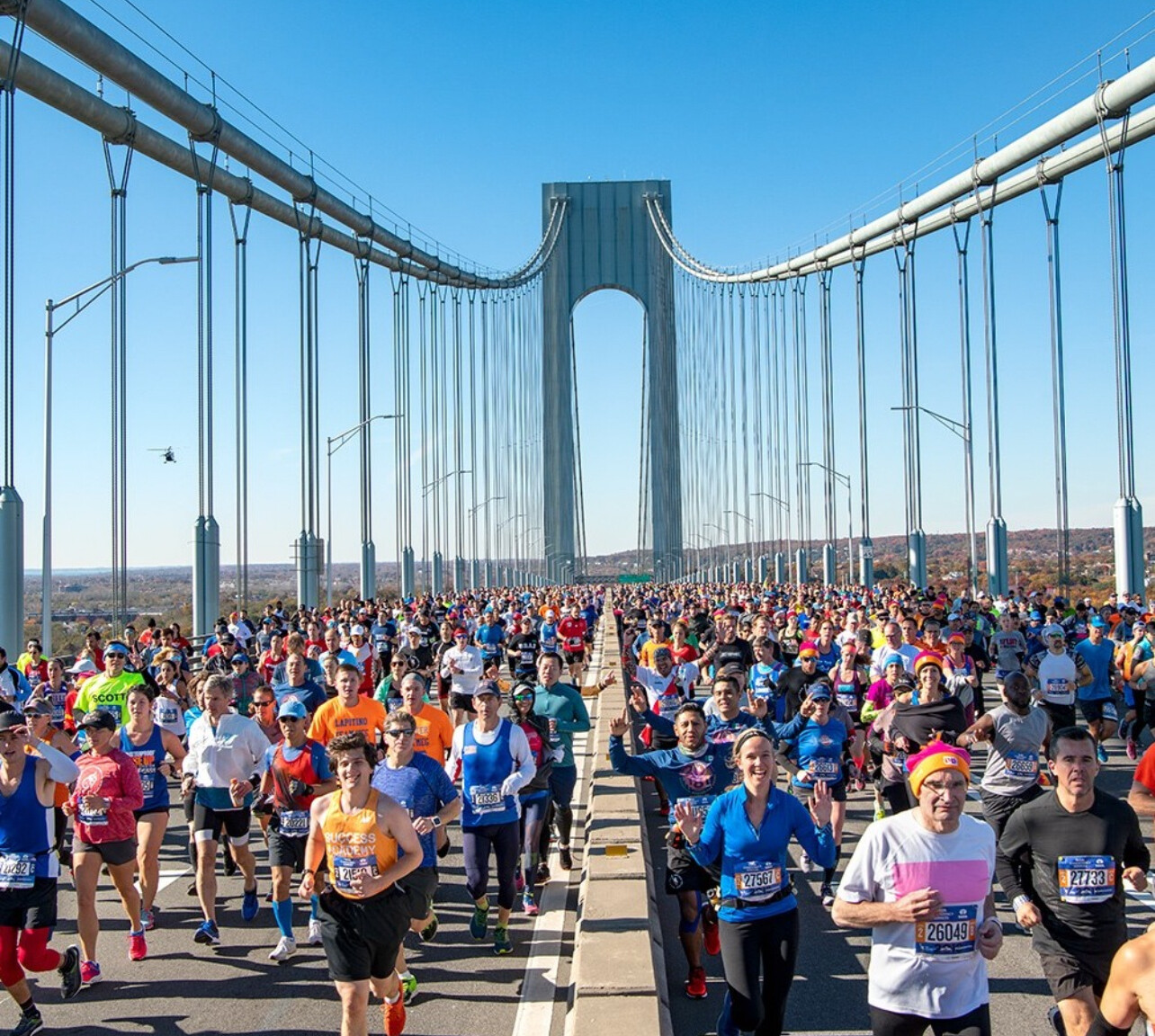
With both Kipchoge and Hassan in the field, the 2025 New York City Marathon promises to be one of the most anticipated races of the year, a true meeting of legends on one of the sport’s grandest stages.
(09/10/2025) ⚡AMPby Boris Baron
TCS New York City Marathon
The first New York City Marathon, organized in 1970 by Fred Lebow and Vince Chiappetta, was held entirely in Central Park. Of 127 entrants, only 55 men finished; the sole female entrant dropped out due to illness. Winners were given inexpensive wristwatches and recycled baseball and bowling trophies. The entry fee was $1 and the total event budget...
more...Sawe and Wanjiru Lead Record-Setting Fields at Berlin Marathon
A world-class lineup is set for the 51st edition of the BMW Berlin Marathon on September 21. Kenyans Sabastian Sawe and Rosemary Wanjiru headline the fields with personal bests of 2:02:05 and 2:16:14, respectively, making them clear favorites. Yet the men’s race also includes defending champion Milkesa Mengesha of Ethiopia, who clocked his 2:03:17 PB on this course last year.
The men’s start list features 10 athletes with personal bests under 2:05, while six women have already broken 2:19. By the numbers, it is the strongest PO Berlin lineup in history. The flat and fast course has been the stage for 13 world records over the past five decades, and another swift contest seems inevitable.
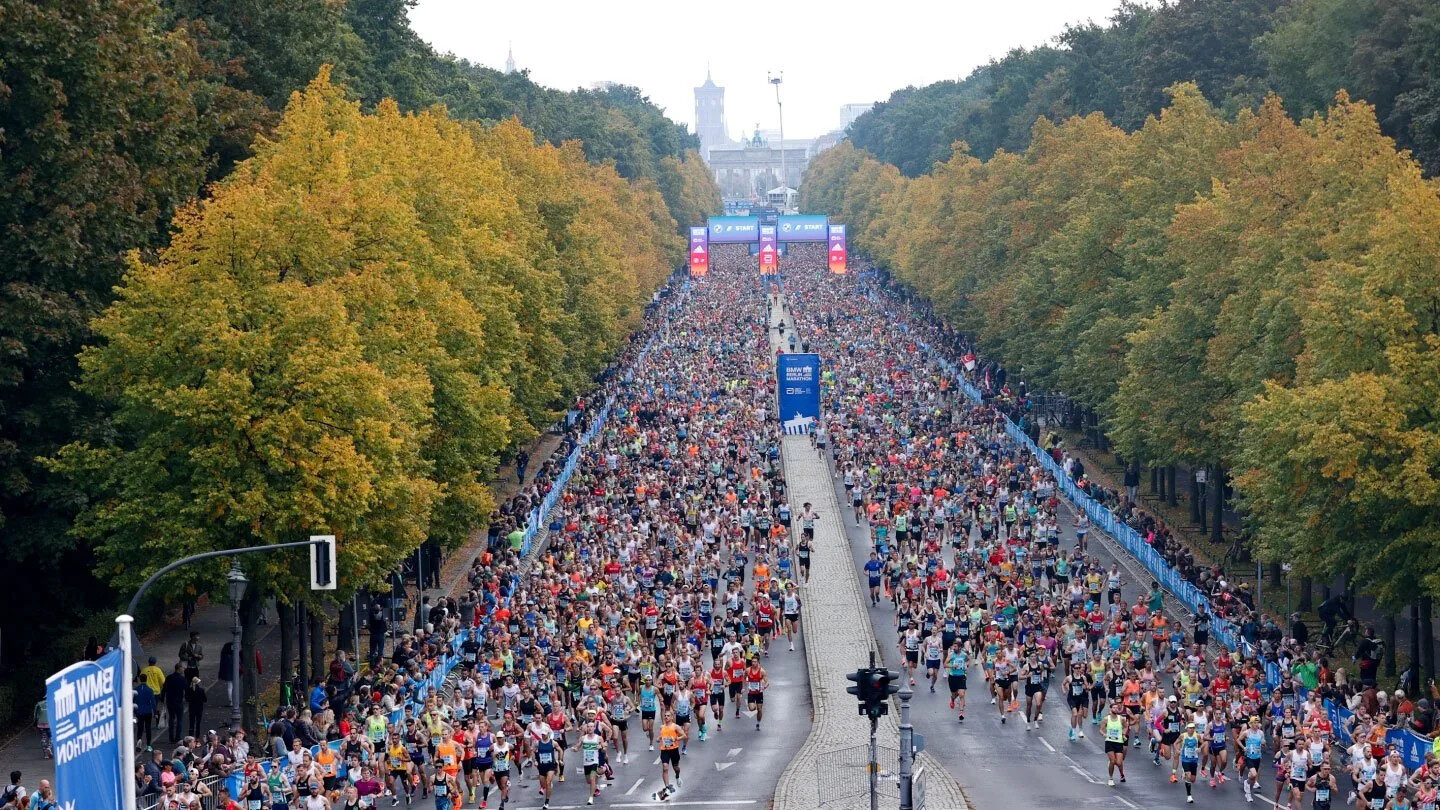
Organizers also achieved something remarkable: both Japanese marathon record holders will compete. Kengo Suzuki holds the men’s national record at 2:04:56, while Honami Maeda is the fastest Japanese woman of all time with her 2:18:59 mark. For the first time in at least 25 years, a city marathon outside Japan has managed to bring together both record holders, underscoring Berlin’s global prestige in long-distance running.
Selected Top Entries
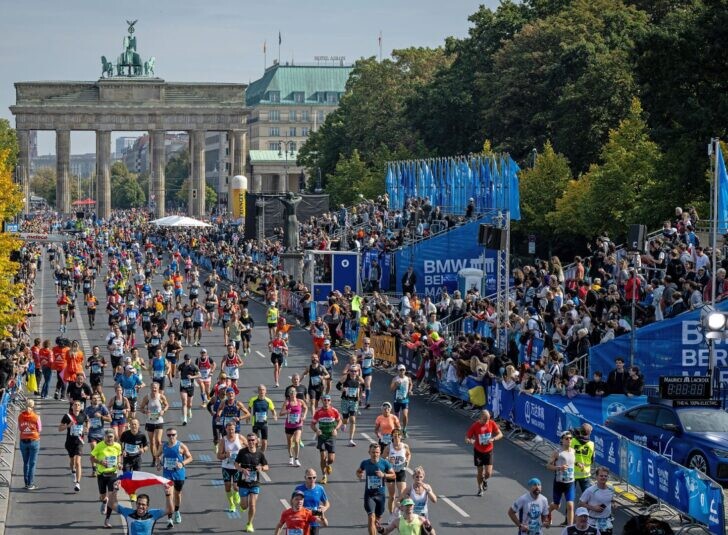
Men
• Sabastian Sawe (KEN) – 2:02:05, Valencia 2024
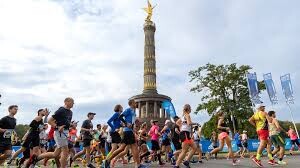
• Gabriel Geay (TAN) – 2:03:00, Valencia 2022
• Milkesa Mengesha (ETH) – 2:03:17, Berlin 2024
• Haymanot Alew (ETH) – 2:03:31, Berlin 2024
• Guye Adola (ETH) – 2:03:46, Berlin 2017
• Daniel Mateiko (KEN) – 2:04:24, Valencia 2024
• Kengo Suzuki (JPN) – 2:04:56, Otsu 2021
Women
• Rosemary Wanjiru (KEN) – 2:16:14, Tokyo 2024
• Degitu Azimeraw (ETH) – 2:17:58, London 2021
• Dera Dida (ETH) – 2:18:32, Dubai 2025
• Tigist Girma (ETH) – 2:18:52, Valencia 2022
• Honami Maeda (JPN) – 2:18:59, Osaka 2024
• Sharon Chelimo (KEN) – 2:19:33, Barcelona 2025
With such depth across both fields, the 2025 BMW Berlin Marathon is primed for fireworks—and perhaps even another historic performance on the sport’s fastest stage.
(09/10/2025) ⚡AMPby Boris Baron
BMW Berlin Marathon
The story of the BERLIN-MARATHON is a story of the development of road running. When the first BERLIN-MARATHON was started on 13th October 1974 on a minor road next to the stadium of the organisers‘ club SC Charlottenburg Berlin 286 athletes had entered. The first winners were runners from Berlin: Günter Hallas (2:44:53), who still runs the BERLIN-MARATHON today, and...
more...Edwin Soi Going After the World Record at the 5th Annual KATA Double Road Race in Thika Kenya
Over 130 KATA athletes will compete alongside many other runners in a field expected to be the deepest yet, all chasing glory and a share of 100,000 KES in prize money.
When the 5th Annual KATA Double Road Race returns to Thika on September 20, it will not be just another date on the calendar. It will be a celebration of endurance, strategy, and Kenyan running tradition. And at the heart of it all will be Edwin Soi, the Olympic bronze medalist whose longevity and tactical brilliance have made him one of Kenya’s most respected distance runners.
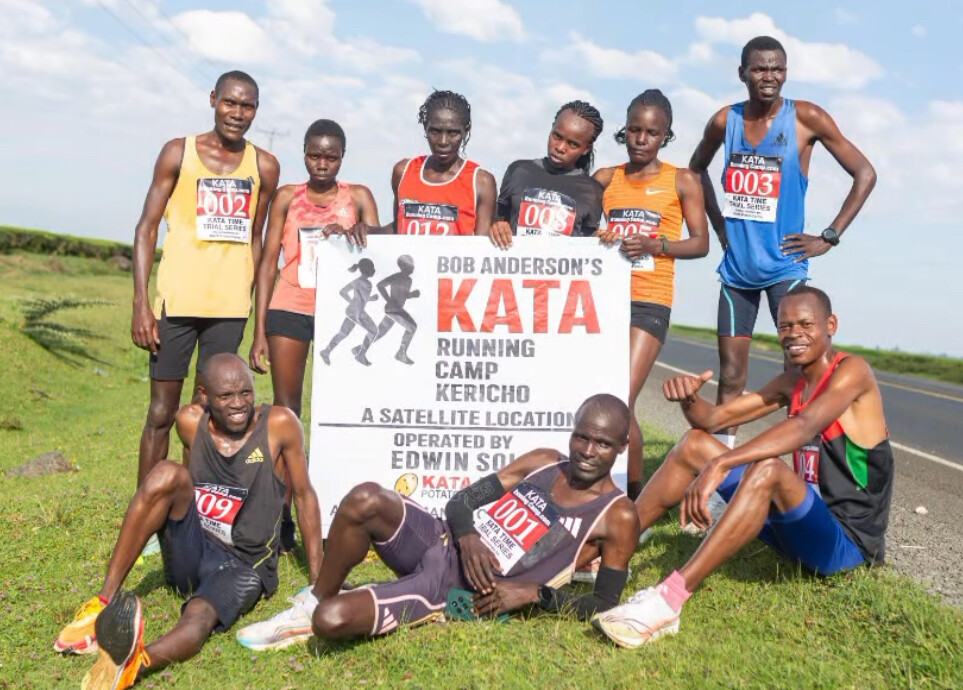
This year’s event also offers a prize purse of 100,000 KES, making the stakes even higher.
“Over 130 KATA athletes are expected to be on the line, joined by many more competitors from across the country and beyond,” says KATA founder Bob Anderson. “I am so proud of our KATA family and what we are building. This is just the beginning—athletics fueled by hard work and growing KATA potatoes.”
The Challenge of the Double
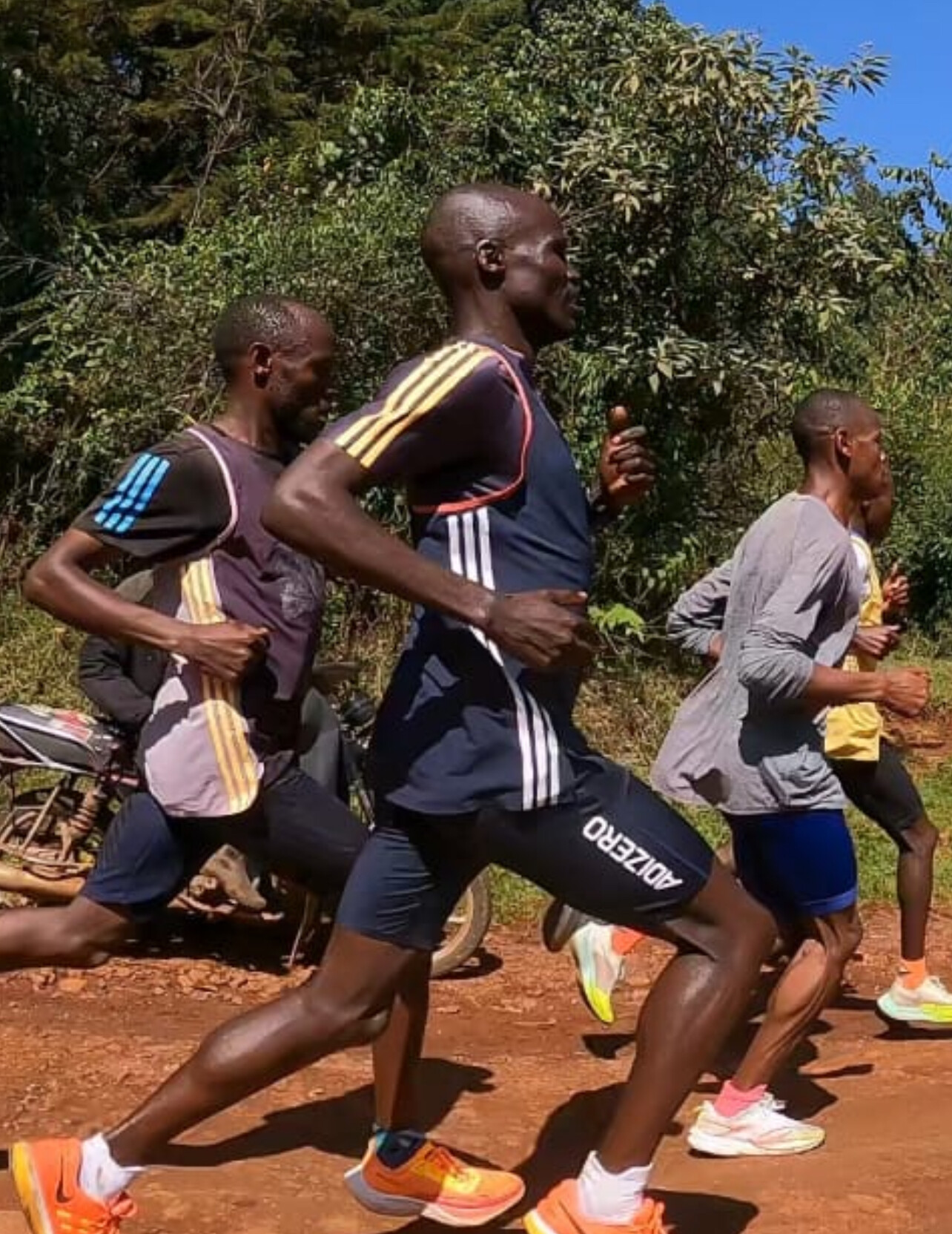
The Double is unlike any other race. Athletes first run a 10K, then take a halftime break where food and drink are provided as they prepare for the second leg. They return to the start line for a 5K. This is a two-leg event, and the times from each leg are added together for the final score.
For Soi—still formidable with career bests of 27:14 (10,000m) and 12:51 (5,000m)—the race is as much about mental strength as physical preparation.
“While others might wonder if they can even start the second race, my mind is already on pacing, form, and tactics,” Soi says. “Years of hard training and the right mental approach make a world record achievable.”
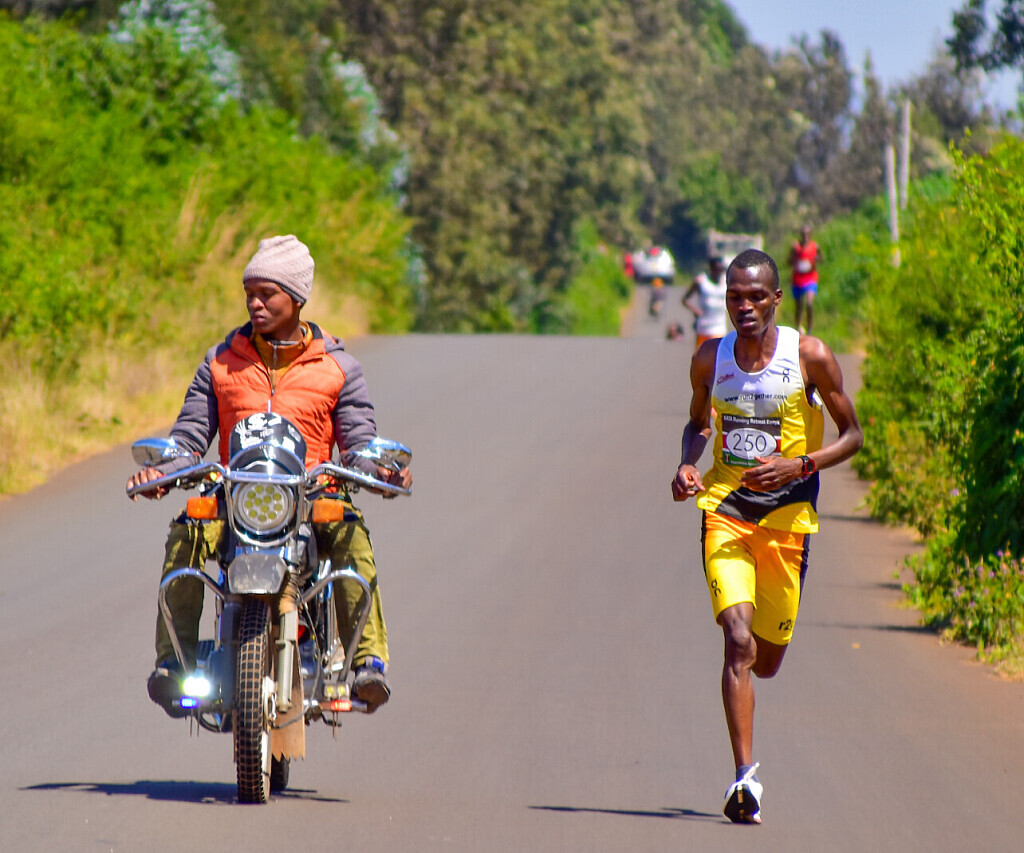
A Visionary Race with Kenyan Roots
The Double Road Race was created by Bob Anderson, founder of Runner’s World, to combine endurance with strategy. After pilot events in Mexico, the first official Double took place in Pleasanton, California, in 2012 with nearly 1,400 runners (5th photo).
Kenya quickly became a natural home. In 2014, races in Thika and Nyahururu introduced the longer Double 21K. By 2021, the Kenyan Athletics Training Academy (KATA)—also founded by Anderson—hosted Africa’s first Double 15K. Last year, Shadrack Kenduiywo (4th photo) set the world best of 42:34 on the Thika course, cementing Kenya’s place as the epicenter of the Double.
Soi’s Enduring Fire
At 39, Soi has experienced the full arc of an elite career. His defining moment remains the 2008 Beijing Olympics, where he won bronze in the 5,000m behind Ethiopia’s Kenenisa Bekele.
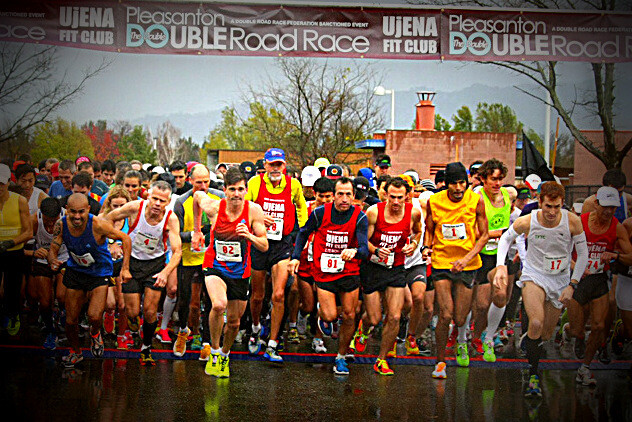
“Just making the Kenyan Olympic team drove me to push beyond limits,” Soi recalls. “I carried the hopes of more than 30 million Kenyans on my shoulders, and that choice ultimately led to my Olympic medal. My life changed—and my legacy changed.”
Since then, Soi has collected world championship medals and road titles worldwide. But today, what sets him apart is not only his victories but also his willingness to mentor and build the future.
Building Futures at KATA
Soi now heads the Kuresoi training camp under the KATA umbrella, guiding a new generation of athletes. His mentorship blends running discipline with life lessons, extending beyond training sessions.
KATA supports athletes with housing, nutrition, and income from sustainable farming projects like potato cultivation—ensuring both food security and financial independence. For Soi, this holistic model is crucial.
“I was fortunate to be mentored, and I feel a deep responsibility to pass that on. My victory will be in their success,” he says.
He also stresses integrity. With doping controversies tarnishing Kenyan athletics, Soi is determined to show that excellence can come from discipline, clean sport, and mentorship.
Why Thika Matters
The Thika Double has become more than a race; it is a stage where Kenyan athletes showcase strategy and resilience to the world. For the community, it is a festival of pride. For Soi, it is a chance to extend his legacy—competing for the clock, for his athletes, and for the values he believes in.
When the starter’s gun sounds on September 20, Soi will not only be racing 10K, resting, and running 5K. He will be carrying with him the arc of his career—from Olympic glory to mentorship—and the hopes of a new generation ready to follow in his footsteps.
The Double demands more than speed. It asks for resilience, intelligence, and composure. And with Edwin Soi on the line in Thika, chasing the world record, it promises to be a race—and a story—that inspires far beyond the finish.
(09/10/2025) ⚡AMPby Robert Kibet
KATA Double Road Race 15K
5th Annual KATA Double Road Race 15K Set for September 20, 2025, at KATA Thika The 5th Annual KATA Double Road Race 15K will be held on September 20, 2025, at the Kenyan Athletics Training Academy (KATA) in Thika, Kenya. The event includes a 10K leg, a break, followed by a 5K leg — a format designed to challenge runners...
more...Noah Kipkemboi Has Victory in Mind at TCS Toronto Waterfront Marathon
Noah Kipkemboi returns to the TCS Toronto Waterfront Marathon on October 19 with one clear objective—victory at this World Athletics Elite Label race.
Last year, the 32-year-old Kenyan produced a personal best of 2:07:31 to finish third in Toronto. He now looks forward to another showdown with his compatriot Dominic Ngeno, who edged him by just eight seconds for second place.
“I hope to win,” Kipkemboi says with a smile. “Because he [Ngeno] challenged me last year with two kilometres to go. I think this time I will be able to catch up with him. For sure we are training well.”
Kipkemboi arrives in confident form, having recently finished third at the Klagenfurt Half Marathon in Austria (62:09). “Last year I went to that race and then had a good race in Toronto. I think I will run my best in Toronto,” he adds.
Training With the Best
Kipkemboi is represented by Global Sports Communications, the Netherlands-based management company that also manages marathon icon Eliud Kipchoge. Based at the Global Sports camp in Kaptagat, Kipkemboi has long been a trusted pacemaker for Kipchoge, including during the Kenyan legend’s 2022 Berlin Marathon world record of 2:01:09.
“I am in the same camp as Eliud—we train together and race together,” Kipkemboi reveals. “Most of the races I have been pacing have been for Eliud. When you are a pacemaker, you have to be ready to help push, but not to a time he doesn’t want. I know how to run with him.”
Under the guidance of Coach Patrick Sang, the group trains from Monday to Friday at the camp, going home only on weekends. For Kipkemboi, the commitment comes with sacrifice: he has a wife and three young children in Eldoret, where he also owns farmland and runs a small shop.
“Things I sell in the shop are things human beings use—like soap, flour, sweets, perfumes,” he explains. “It’s preparation for life after running.”
Giving Back to the Community
Like many Kenyan athletes, Kipkemboi is committed to helping those around him.
“I am supporting some people who are in need. Right now I’m supporting some students in my village,” he says. “It is an opportunity to help whoever needs help. I have some kids in my village who need support now and after five years.”
That support includes paying school fees and providing food—efforts made possible by his racing success.
Toronto, he adds, has also provided lasting memories: “We went to see Kenyan people while there last year. In Toronto we were like at home because there were Kenyan people living there who came to say hi to us. We were as happy as if we were at home.”
Eyes on Victory
Now, as he fine-tunes his preparation, Kipkemboi is clear about his goals.
“I am now preparing for a win. It is my hope to win the race this time,” he declares. “My objective is just to win and improve my time. I ran my personal best in Toronto (2:07:31), but I want to improve upon that.”
The Toronto Waterfront course record stands at 2:05:00, held by his training partner Philemon Rono. With strong pacemakers and good conditions, Kipkemboi knows that mark could be in sight.
(09/09/2025) ⚡AMPby Paul Gains
Running: The Best Therapy You Don’t Need a Prescription For
In a world where stress, uncertainty, and daily challenges often weigh us down, people search for ways to cope. Some turn to medication, others to expensive treatments, but runners know a secret that’s both simple and timeless: the road, the trail, or even the treadmill can be the best therapy of all.
The Healing Rhythm of Running

There’s something transformative about putting one foot in front of the other. As your stride settles into a steady rhythm, your breath begins to flow in sync, and suddenly the noise of the world quiets. Problems don’t vanish entirely, but they lose their sharp edges. What once felt overwhelming starts to seem manageable after a few miles in motion.
Science in Motion
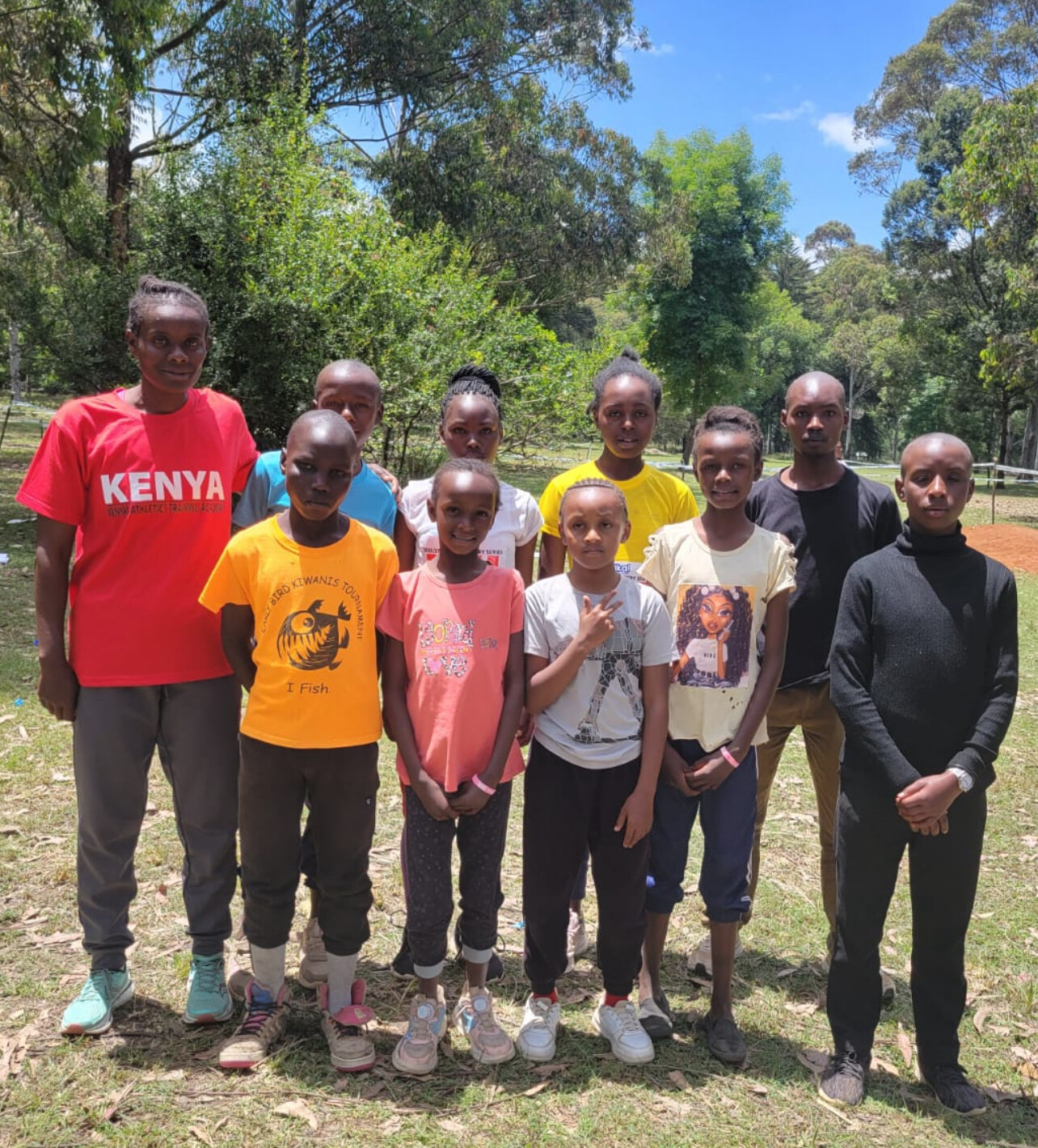
The benefits aren’t just anecdotal—they’re scientific. Running triggers the release of endorphins, often called “feel-good hormones,” while also lowering cortisol, the body’s primary stress hormone. This powerful combination elevates your mood, sharpens focus, and combats anxiety. Unlike a pill, the side effects are positive: stronger muscles, a healthier heart, and greater resilience.
Perspective Found on the Run
Ask any seasoned runner and they’ll tell you: solutions often appear mid-run. That argument with a friend, the stressful deadline at work, or the worry that kept you up at night—all feel different once you’ve given your body and mind the gift of movement. Running is like a reset button, offering clarity and perspective that can be hard to find when sitting still.
Always Within Reach
Perhaps the greatest gift of this form of therapy is its accessibility. No appointments. No pharmacy. Just a pair of shoes and the willingness to step outside. The open road, the local park, or the quiet dirt trail all become spaces of healing and renewal.
The Runner’s Prescription
You don’t need a doctor’s note to take advantage of this therapy. Whether you run fast or slow, long or short, every stride carries you closer to a clearer mind and a lighter spirit. The prescription is simple: lace up, head out, and let the miles work their magic.
Running doesn’t just make you fitter—it makes you stronger in ways that matter most. It’s therapy for the mind, body, and soul. And the best part? Refills are unlimited.
(09/09/2025) ⚡AMPby Boris Baron
Dreams in Motion, Roots in the Soil: Emmanuel Kiptoo Langat, the Runner Behind Potato Farming Projects
KERICHO, Kenya - At dawn in Kericho’s highlands, the red dirt roads echo with the rhythmic sound of running feet. Among the lean silhouettes slicing through the mist is Emmanuel Kiptoo Langat (Manuu), a 33-year-old road runner whose journey began in the rugged terrain of Chorwa, a small village in Nakuru County bordering Kenya’s vast Mau Forest. His story is not just about chasing personal bests but also about cultivating resilience—both on the track and in his community.
Roots in Chorwa
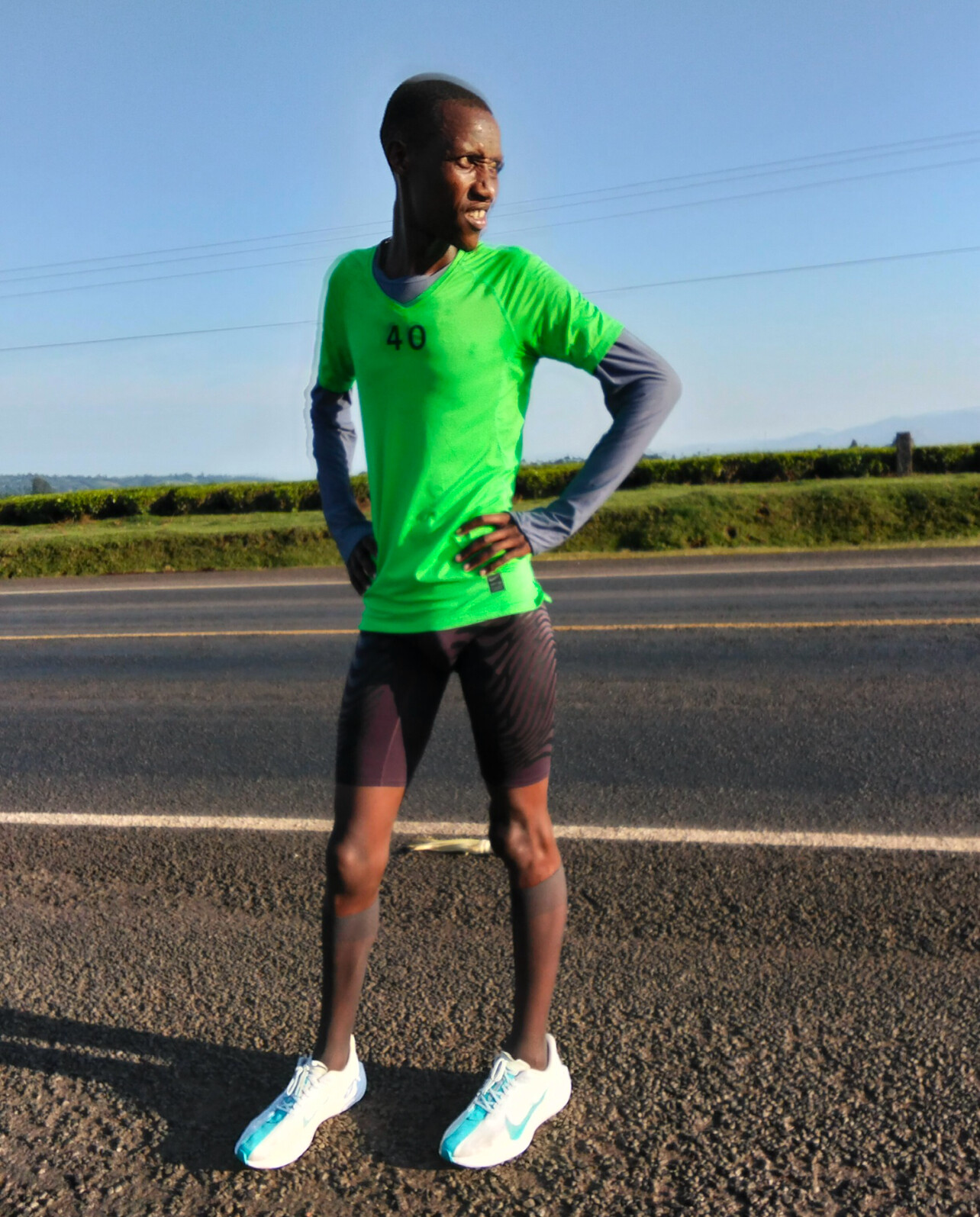
Chorwa is a remote village in Kuresoi, where life is as harsh as it is beautiful. The nearby Mau Forest shelters wildlife and rivers that feed the Rift Valley, but daily survival was a struggle.
“Life there was very hard—even getting food was a problem,” Emmanuel recalls. School added its own challenges: he often ran 10 kilometers each way just to attend class. What began as necessity became passion. “On sports day, I ran all the way to the national level. That’s when I knew I could run.”

His spark was fueled by Olympian Edwin Cheruiyot Soi, who runs a training camp in Kuresoi with support from the Kenya Athletics Training Academy (KATA). “He motivated me to believe running could change my life,” Emmanuel says.
First Strides in Athletics
In 2016, encouraged by a friend, Emmanuel joined a training camp in Kericho. His breakthrough came at a 10,000m race in Kisumu County. “That race gave me hope,” he says. A highlight followed at Nairobi’s Kasarani Stadium in a 5km race: “I enjoyed it so much. I will never forget that day.”
Challenges were constant. Running shoes were scarce, and he often relied on friends for gear. Yet his times speak volumes: 13:20 for 5000m, 28:04 for 10km, and 63:00 for the half marathon—marks that confirm his talent in Kenya’s deep distance-running field.

Balancing Running and Farming
While pursuing his running dreams, Emmanuel also supervises the KATA potato farming initiative, a project led by Bob Anderson, founder of Runner’s World magazine and the Kenya Athletics Training Academy.
“When I saw this project, I was happy because it could support many athletes,” he says. Emmanuel oversees planting, harvesting, and distribution—work that helps athletes cover food and camp needs. “It’s unique because it gives us stability, letting us focus more on training and performance.”
For him, farming mirrors running: “From athletics I’ve learned discipline and patience. From farming I’ve learned resilience and the value of hard work.”
A Bridge Between Sport and Sustainability
The synergy between running and agriculture provides athletes with more than meals—it provides a safety net. “Farming gives us a stable source of income beyond running. It offers security for the future,” Emmanuel says.
Transformation Through Running
Running has given Emmanuel confidence, friendships, and economic stability. His family, once burdened by poverty, now supports him wholeheartedly. “They see athletics and farming giving me direction and stability,” he explains.
Giving Back and Inspiring Others
In Chorwa, young runners now look up to Emmanuel as he once looked up to Edwin Soi. His message is simple: “Be disciplined, patient, and never give up, because success in running takes time.”
He hopes to mentor future athletes and be remembered not only as a runner but also as “a supervisor who supported others and a role model who uplifted the community.”
Life Beyond the Track
When not training or supervising farms, Emmanuel relaxes by watching football—he is a devoted Manchester United fan. Yet his heart remains tied to running, each stride reminding him of the Mau Forest, his beginnings, and the community he represents.
The Road Ahea
Emmanuel’s eyes are fixed on improving his half marathon and marathon times. His journey reflects more than athletics—it embodies resilience, sustainability, and shared success.
“Running is not just about speed or endurance,” he says. “It’s about rising from hardship, cultivating dreams like potatoes in the soil, and sharing the harvest with others.”
As the sun sets over Kericho’s hills, Emmanuel prepares for another early morning run—carrying not only his ambitions but also the hopes of a community where sport and sustainability run side by side.
(09/06/2025) ⚡AMPby Robert Kibet
World Athletics Championships Tokyo 2025: Final Entry Lists Confirm Historic Lineup
The countdown is on for the World Athletics Championships Tokyo 2025, set to take place from September 13–21 at Japan’s National Stadium. The final entry lists confirm that the event will be one of the largest in history, with more than 2,200 athletes from nearly 200 nations scheduled to compete across nine action-packed days.
A Global Gathering of Stars
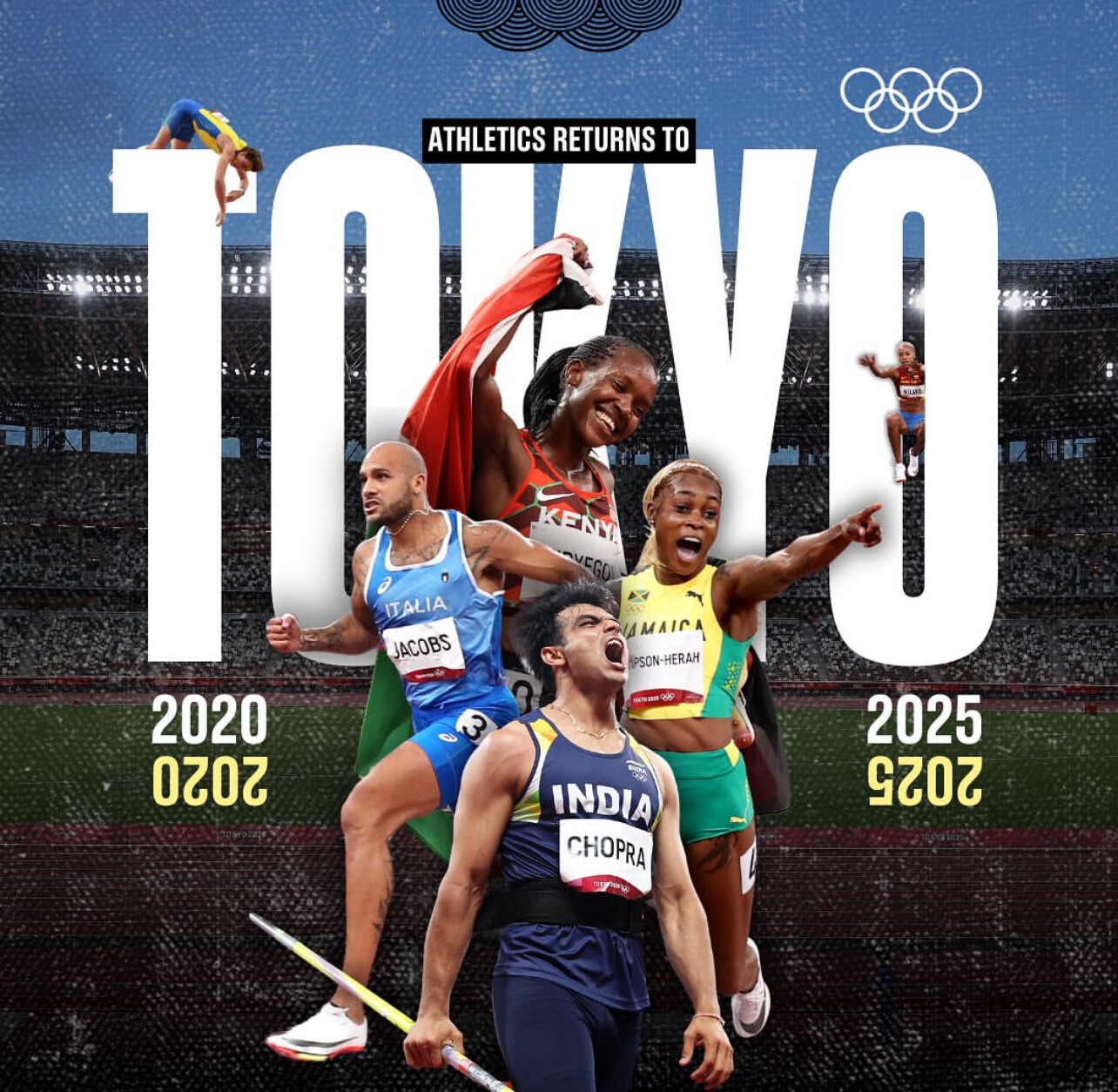
The championships bring together the very best from every corner of the globe. From world record holders and Olympic champions to rising stars making their debuts on the sport’s biggest stage, Tokyo promises to deliver unforgettable performances. With such a deep and diverse field, the competition is expected to be fierce in every discipline—sprints, middle distance, long distance, field events, and relays.

Spotlight on Distance Running
For distance fans, all eyes will be on the men’s and women’s marathons, both of which will showcase stellar fields. Tokyo’s marathon routes are known for their fast sections and demanding late-race turns, setting the stage for potential record-breaking times. In the 10,000m and 5,000m, East African dominance will once again be tested by emerging talents from Europe, North America, and Asia.
History at the National Stadium
The National Stadium, originally rebuilt for the Tokyo 2020 Olympic Games, will host tens of thousands of fans eager to witness world-class athletics. The venue carries a special significance as the heart of Japanese sport, blending cutting-edge facilities with a deep respect for tradition.
What’s at Stake
Beyond medals and records, the championships serve as a proving ground ahead of the next Olympic cycle. Athletes will not only chase global titles but also national pride, with team points and country standings closely watched. For many, a breakthrough performance here could define their careers.
The Road Ahead
With final entries now confirmed, the anticipation builds. The world’s fastest sprinters, strongest throwers, most daring jumpers, and toughest distance runners are all converging on Tokyo. Fans across the globe will tune in to see who emerges as champion when the best of the best go head-to-head.
One thing is certain: from September 13 to 21, Tokyo will be the epicenter of athletics, delivering drama, passion, and history in the making.
(09/06/2025) ⚡AMPby Boris Baron
Thomas Broatch Chasing a Second Canadian Title at TCS Toronto Waterfront Marathon
Two years ago, Thomas Broatch captured the Canadian marathon title at the 2023 TCS Toronto Waterfront Marathon—a remarkable feat considering it was the Vancouver native’s debut at the distance.
Now, at 26, he returns to Toronto a more seasoned competitor with his sights set on joining an exclusive group of Canadian men who have broken the 2:10 barrier.
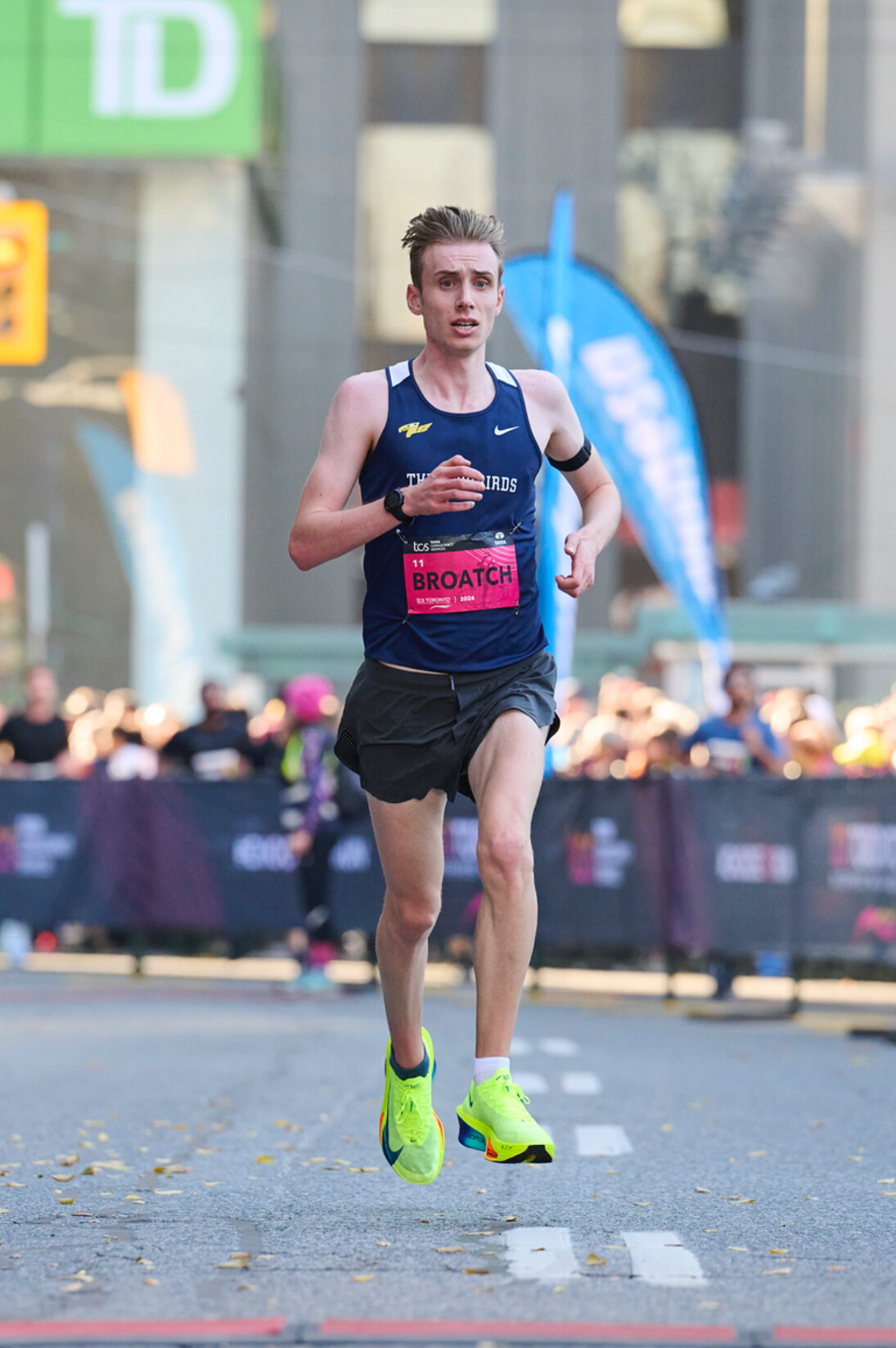
That goal looks within reach. Earlier this year, the University of British Columbia graduate ran a personal best of 2:10:35 at the Houston Marathon, nearly six minutes faster than his Toronto debut of 2:16:25.
“It is a pretty iconic barrier, and I definitely feel I am able to shave off a second per kilometre,” Broatch says with conviction. “It seems doable. I am planning to do a 10K one month out. If I run a time like what I ran in Ottawa, then it would give me a good indication I am ready to take a crack at sub-2:10.”
In May, he finished fifth at the Canadian 10K Championships in Ottawa, setting a new personal best of 28:56. His training has included shorter, 5K-pace intervals once a week, and despite his marathon buildup, he insists the heavy mileage hasn’t dulled his speed.

The lure of another Canadian championship medal also influenced his fall marathon choice. Once again, the TCS Toronto Waterfront Marathon serves as the official Canadian championships, in addition to being a World Athletics Elite Label race.
Broatch knows the domestic competition will be fierce. Two Canadian Olympians headline the field: Ben Flanagan, who recently ran 13:04.62 for 5,000m to qualify for Paris and owns a half marathon best of 61:00, and John Gay, a former UBC teammate who reached the 3,000m steeplechase final at the Tokyo Olympics.
“What they have done over the shorter distances is really impressive; much faster than I have run,” Broatch admits. “So, in some ways it’s a bit intimidating. But now that I’ve got a few marathons under my belt, I think it kind of balances out.”
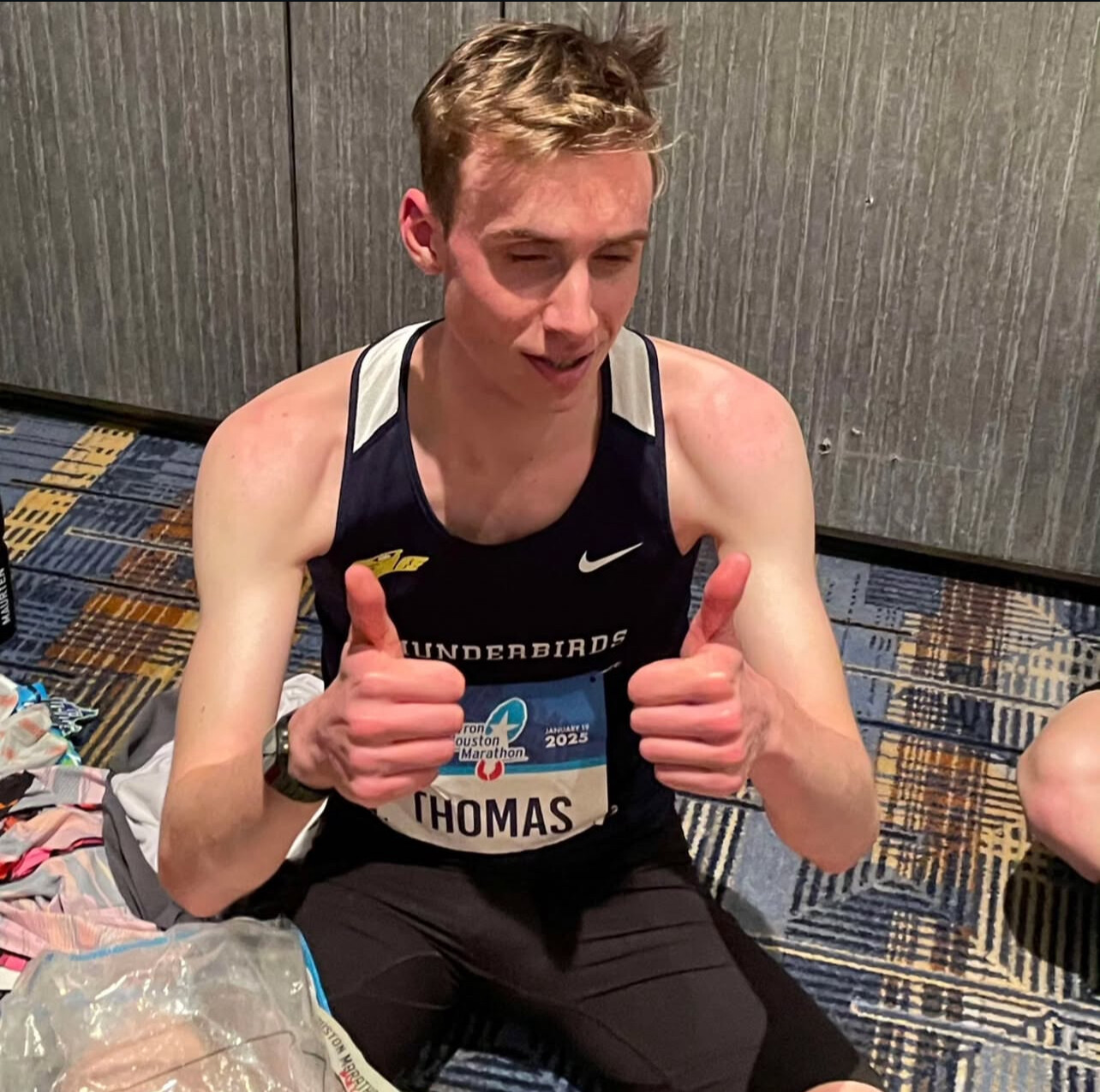
Balancing athletics with a professional career has also defined Broatch’s journey. He recently marked three years with Clir Renewables, a Vancouver-based renewable energy software company, where he works remotely. Despite racing athletes who focus exclusively on training, he remains unfazed.
“Not having the commute definitely helps,” he says. “I almost never run in the middle of the day—I always run before and after work. It’s a big commitment, but I think I have a pretty efficient schedule. I don’t do weights or anything else. I just run.”
His current training load has climbed to 200 kilometers per week. In July, he tested himself at the Gold Coast Marathon in Australia, running aggressively early before fading. The experience gave him valuable lessons as he recovered and built back toward Toronto.
Outside of running, Broatch enjoys reading—recently Liu Cixin’s The Wandering Earth—and visiting his local library for fresh issues of National Geographic. He also plays golf regularly, often with his coach Chris Johnson.
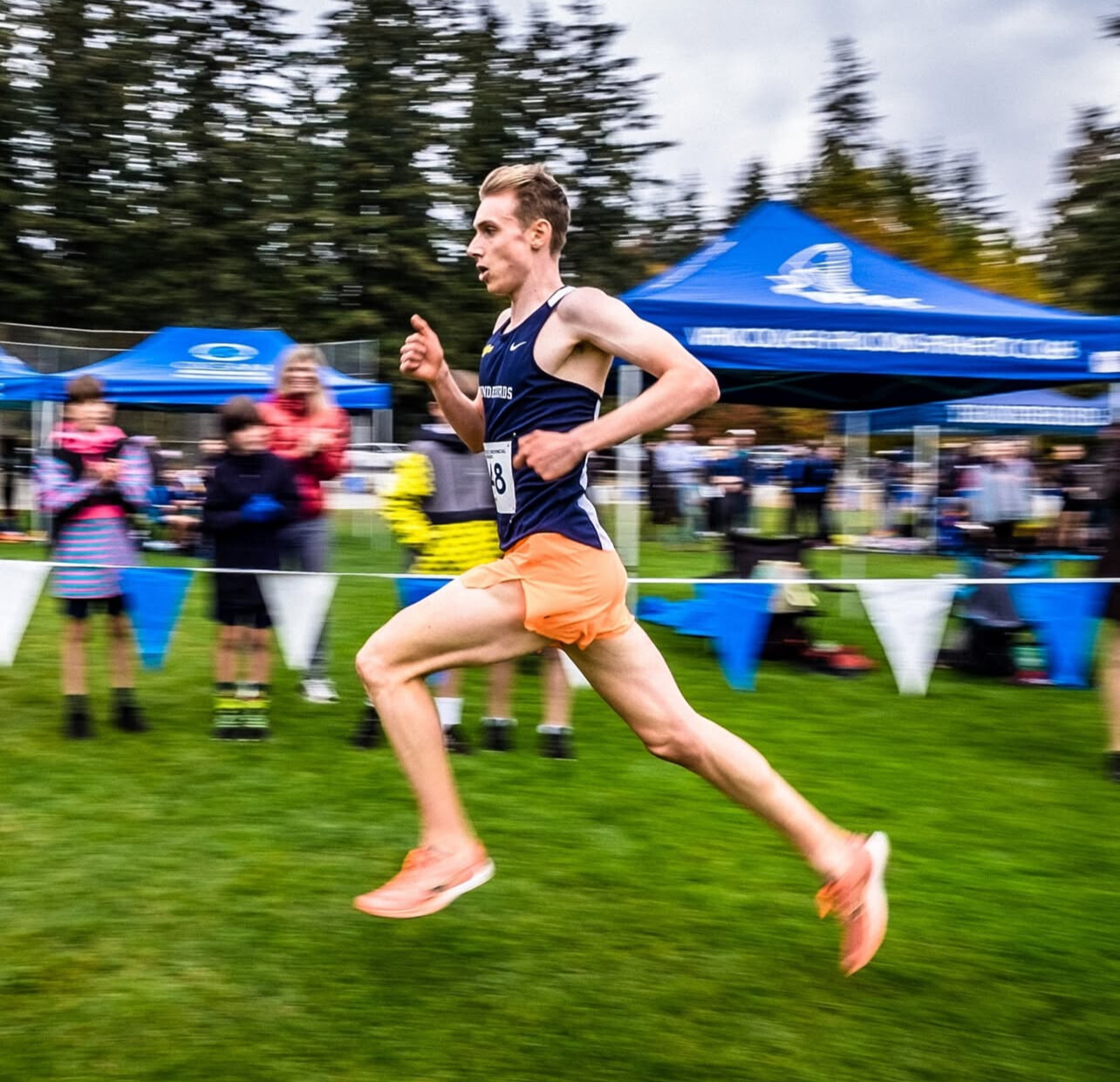
In a recent friendly match, he and a teammate lost to Johnson but still walked away feeling victorious. “We were considerable underdogs, but both of us had our best round ever,” he laughs. “It’s like running—you can lose but still come away with a good performance.”
With two clear objectives—another national championship podium and a sub-2:10 performance—Broatch is highly motivated. Against a strong domestic and international field, Toronto promises to be a pivotal race in his career.
(09/04/2025) ⚡AMPby Paul Gains
TCS Toronto Waterfront Marathon
The Scotiabank Toronto Waterfront Marathon, Half-Marathon & 5k Run / Walk is organized by Canada Running Series Inc., organizers of the Canada Running Series, "A selection of Canada's best runs!" Canada Running Series annually organizes eight events in Montreal, Toronto and Vancouver that vary in distance from the 5k to the marathon. The Scotiabank Toronto Waterfront Marathon and Half-Marathon are...
more...Kilian Jornet Announces Bold New Ultra-Endurance Challenge
Kilian Jornet, widely regarded as the greatest endurance athlete of all time, has unveiled his most audacious project yet—combining the grit of the Tour de France with the relentless grind of marathon running.
The mountain-running icon plans to summit every 14,000-foot peak in the contiguous United States, linking them all by bicycle and on foot. His concept blends cycling stages on par with the Tour de France and running a marathon each day, all while climbing some of the highest mountains in America.
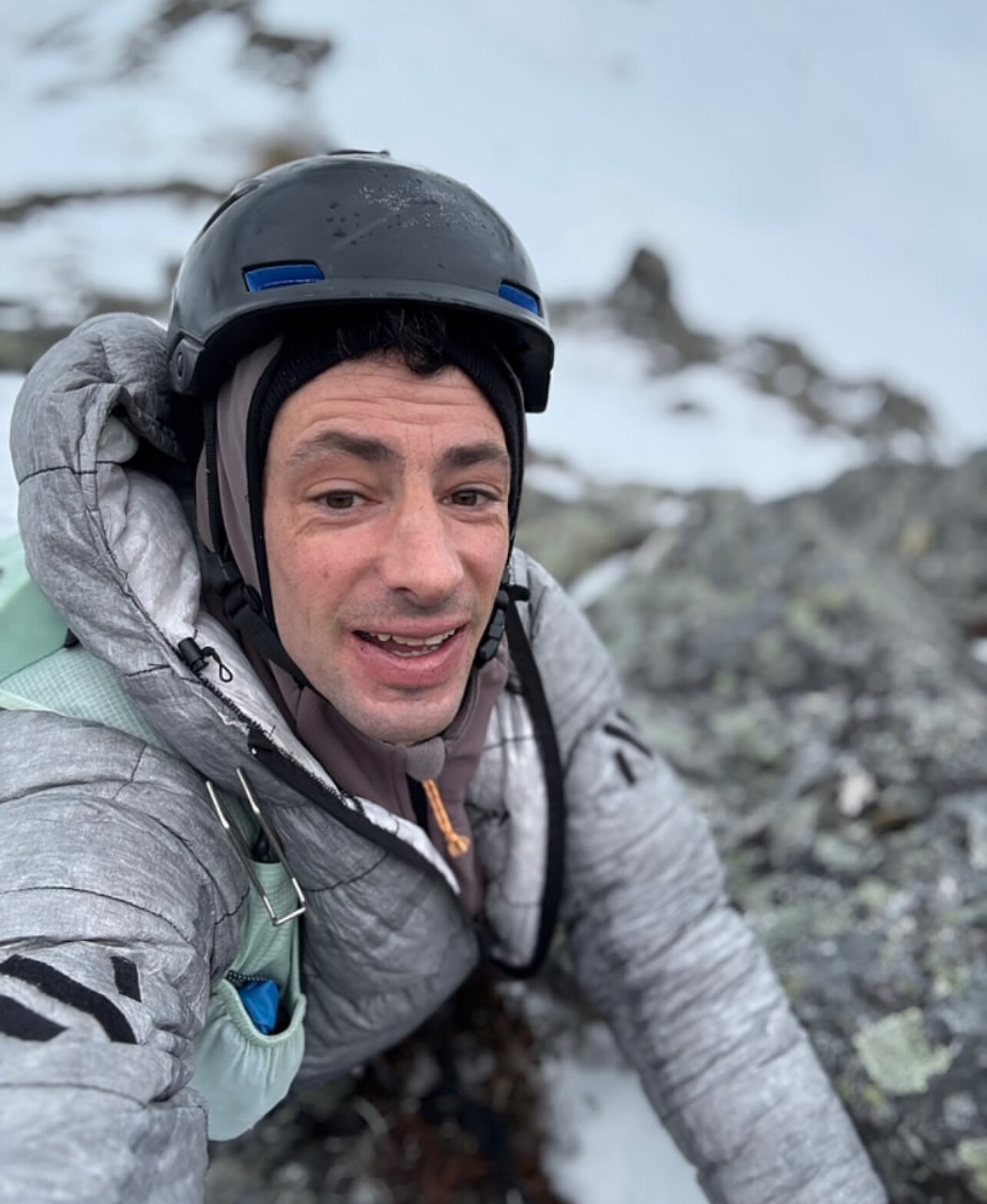
A New Level of Endurance
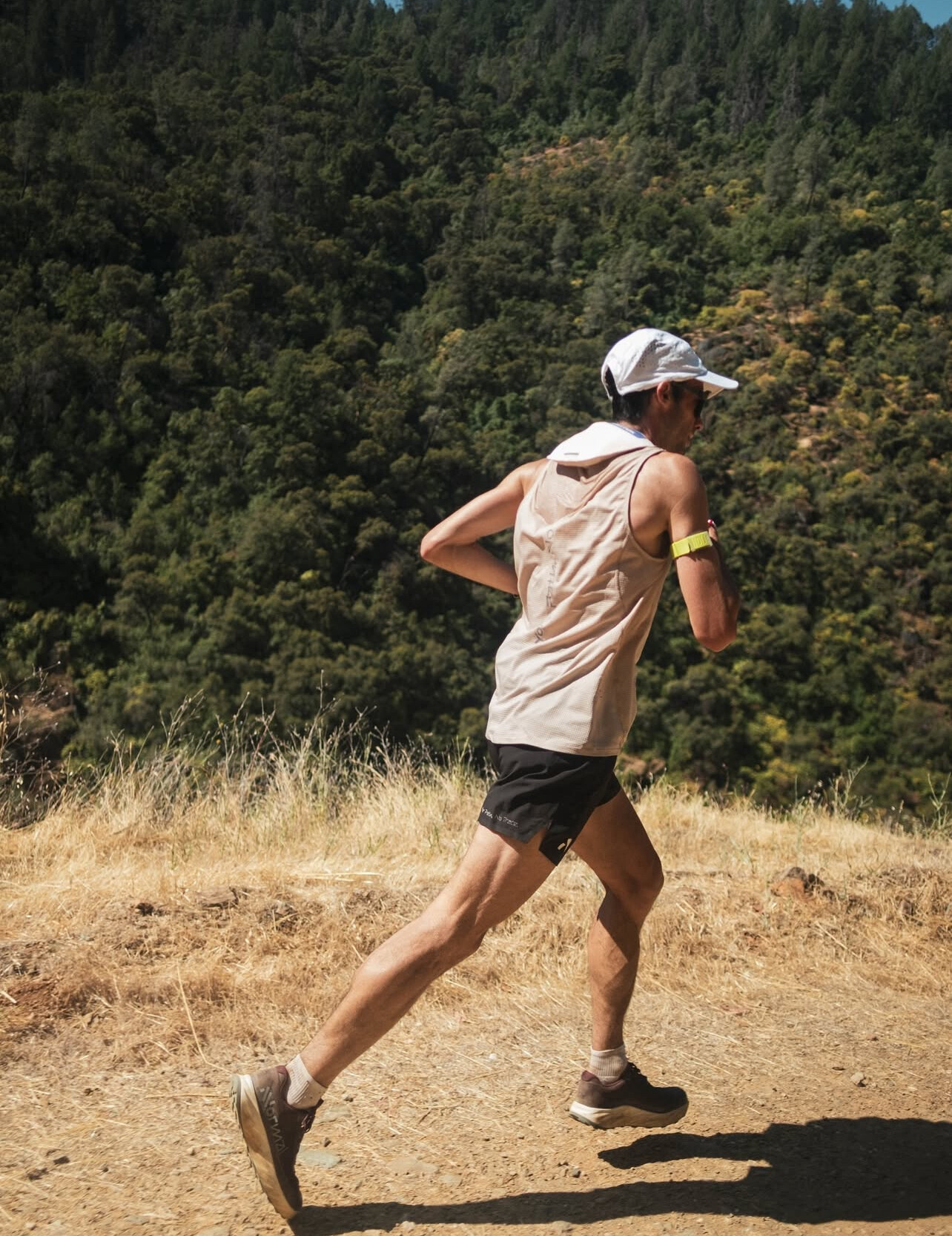
Jornet has long redefined the limits of human performance. From setting speed records on Mont Blanc, Everest, and the Matterhorn, to dominating ultramarathons around the globe, his career has blurred the line between mountaineering, cycling, and distance running.
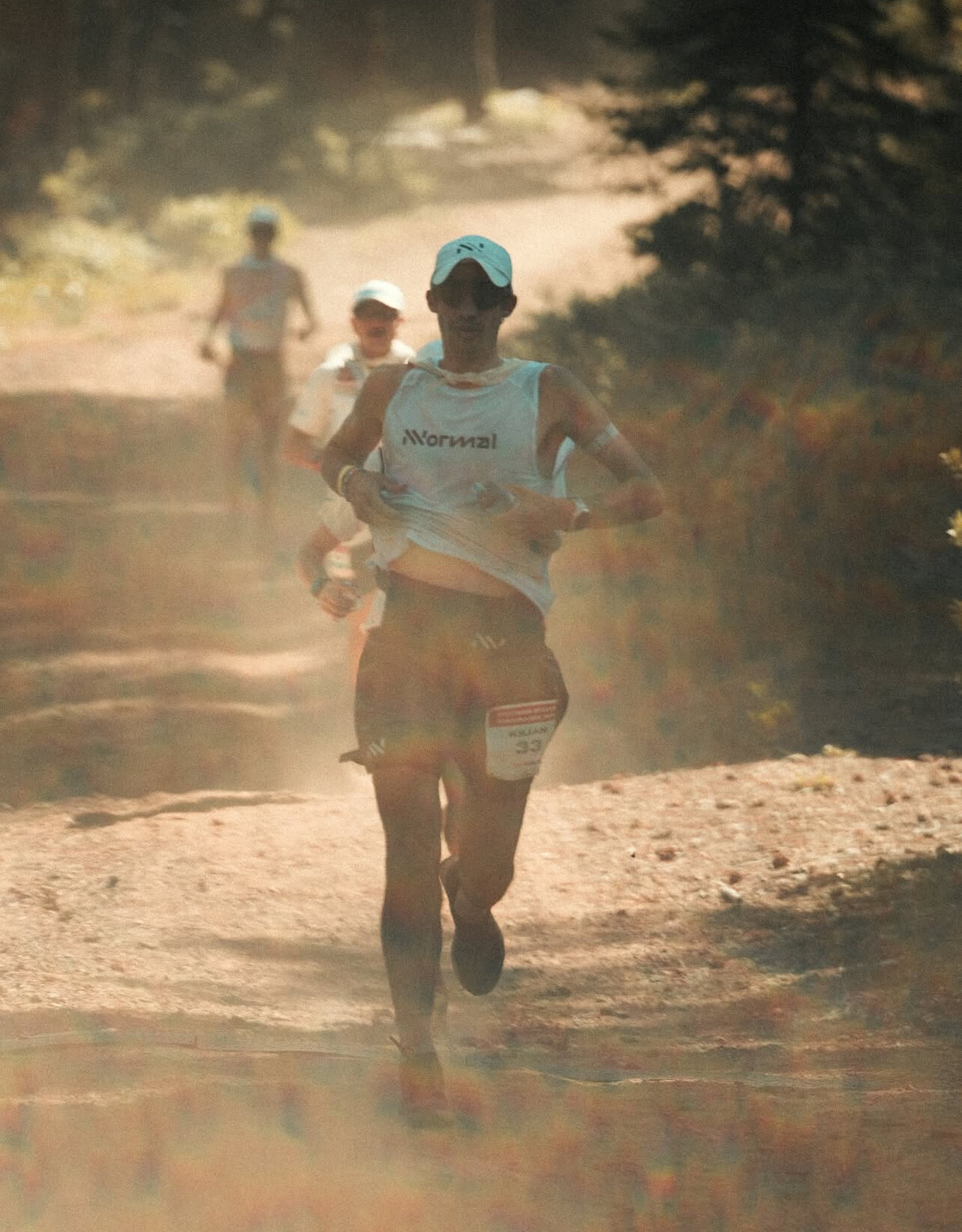
This latest challenge pushes even further—requiring not just peak physical conditioning, but also careful logistics, recovery, and resilience in some of the toughest terrains on earth.
Why This Challenge Matters
The project is more than just an athletic quest. By connecting summits, marathons, and cycling stages into one continuous journey, Jornet is symbolically uniting three of endurance sport’s greatest disciplines. His effort will not only test human possibility but also inspire runners, cyclists, and climbers to think beyond conventional limits.
As Jornet himself has often said, his greatest motivation comes from curiosity—asking what lies beyond the next climb, the next trail, or the next idea of what’s possible.
The Road Ahead
No specific launch date has yet been set, but anticipation across the endurance community is already high. If Jornet succeeds, this could go down as one of the most ambitious endurance projects in modern history—an odyssey across mountains, roads, and trails that only someone like Kilian could attempt.
(09/03/2025) ⚡AMPby Boris Baron
World-Class Field Set for 2025 Great North Run on September 7
The Great North Run, the world’s largest half marathon, returns on Sunday, September 7, 2025, bringing together over 60,000 participants and a stellar elite field. The iconic 13.1-mile course, which stretches from Newcastle to South Shields, will once again showcase some of the sport’s top international talent.
Kipchumba Returns to Defend His Title
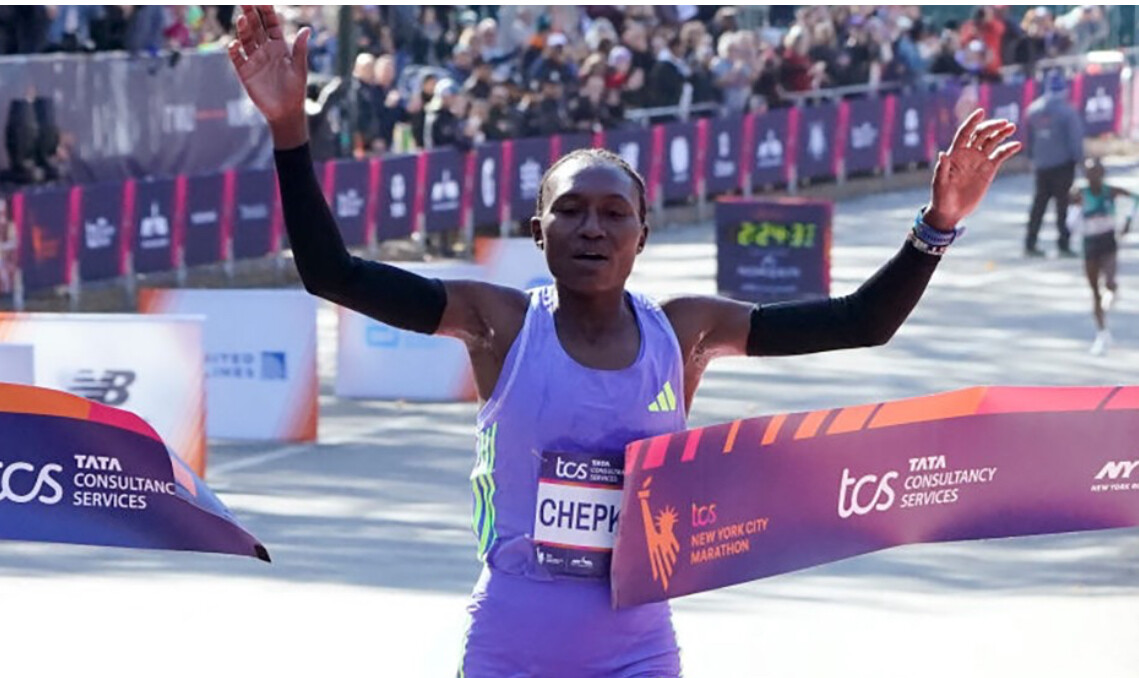
Kenya’s Kipchumba, last year’s men’s champion, is back with his sights set on a repeat victory.
“I’m very happy to return to the Great North Run again this year. It was a great honour to win one of the biggest half marathons in the world at my first attempt. I know I have tough competition this year but am ready for the challenge,” he said.
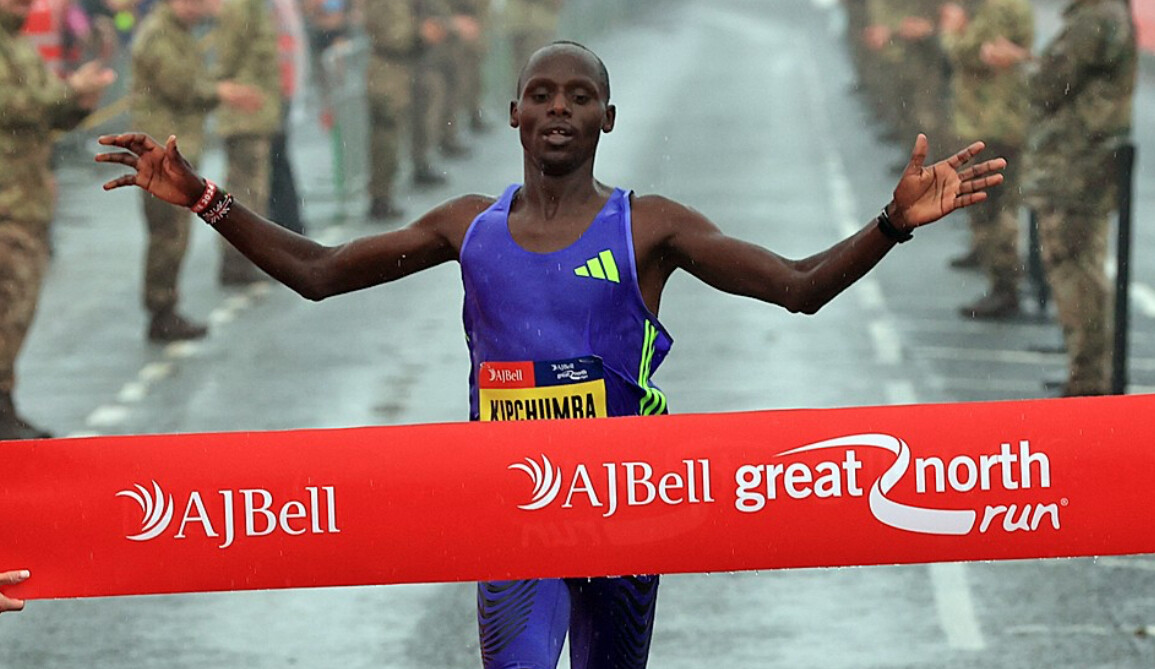
A successful defense would further establish Kipchumba among the premier road runners on the global stage.
McColgan vs. Chepkirui in the Women’s Race
The women’s race will feature a highly anticipated clash between Eilish McColgan of Great Britain and Kenya’s Sheila Chepkirui.
McColgan, the reigning European 10,000m champion and Commonwealth Games gold medalist, has been making a seamless transition from the track to the roads. A win here would be especially meaningful on home soil.
Chepkirui, meanwhile, has emerged as one of Kenya’s most versatile athletes. She earned bronze behind McColgan at the 2022 Commonwealth Games 10,000m, and in 2024 captured the New York City Marathon title, confirming her strength over longer distances.
Vivian Cheruiyot Brings Experience
Adding depth to the women’s field is Vivian Cheruiyot, a four-time Olympic medalist and two-time Great North Run champion (2016, 2018). Her return injects both experience and star power into what is already a world-class lineup.
A Race with History and Prestige
Since its founding in 1981 by Olympian Brendan Foster, the Great North Run has grown into the largest half marathon in the world. Its course—crossing the Tyne Bridge before finishing along the South Shields seafront—is lined with thousands of enthusiastic spectators.
The race has seen some of the sport’s greatest champions, including Mo Farah, Haile Gebrselassie, and Paula Radcliffe. The course records stand at 58:56 for men (Martin Mathathi, 2011) and 1:04:28 for women (Brigid Kosgei, 2019).
2025 at a Glance
• Date: Sunday, September 7, 2025
• Location: Newcastle upon Tyne to South Shields
• Elite Men: Kipchumba (defending champion)
• Elite Women: Eilish McColgan, Sheila Chepkirui, Vivian Cheruiyot
• Course Records: Martin Mathathi (58:56), Brigid Kosgei (1:04:28)
With Kipchumba aiming for back-to-back titles, McColgan and Chepkirui set for a dramatic head-to-head battle, and Cheruiyot returning to familiar ground, the 2025 Great North Run promises another unforgettable day in the history of distance running.
(09/02/2025) ⚡AMPby Boris Baron
Sydney Marathon Makes History as Part of World Marathon Majors
Sydney, August 31, 2025 – The Sydney Marathon ushered in a new era today, joining the elite ranks of the Abbott World Marathon Majors with a race that delivered both record-breaking performances and unforgettable moments on the streets of Australia’s largest city.
Hassan Dominates the Women’s Race
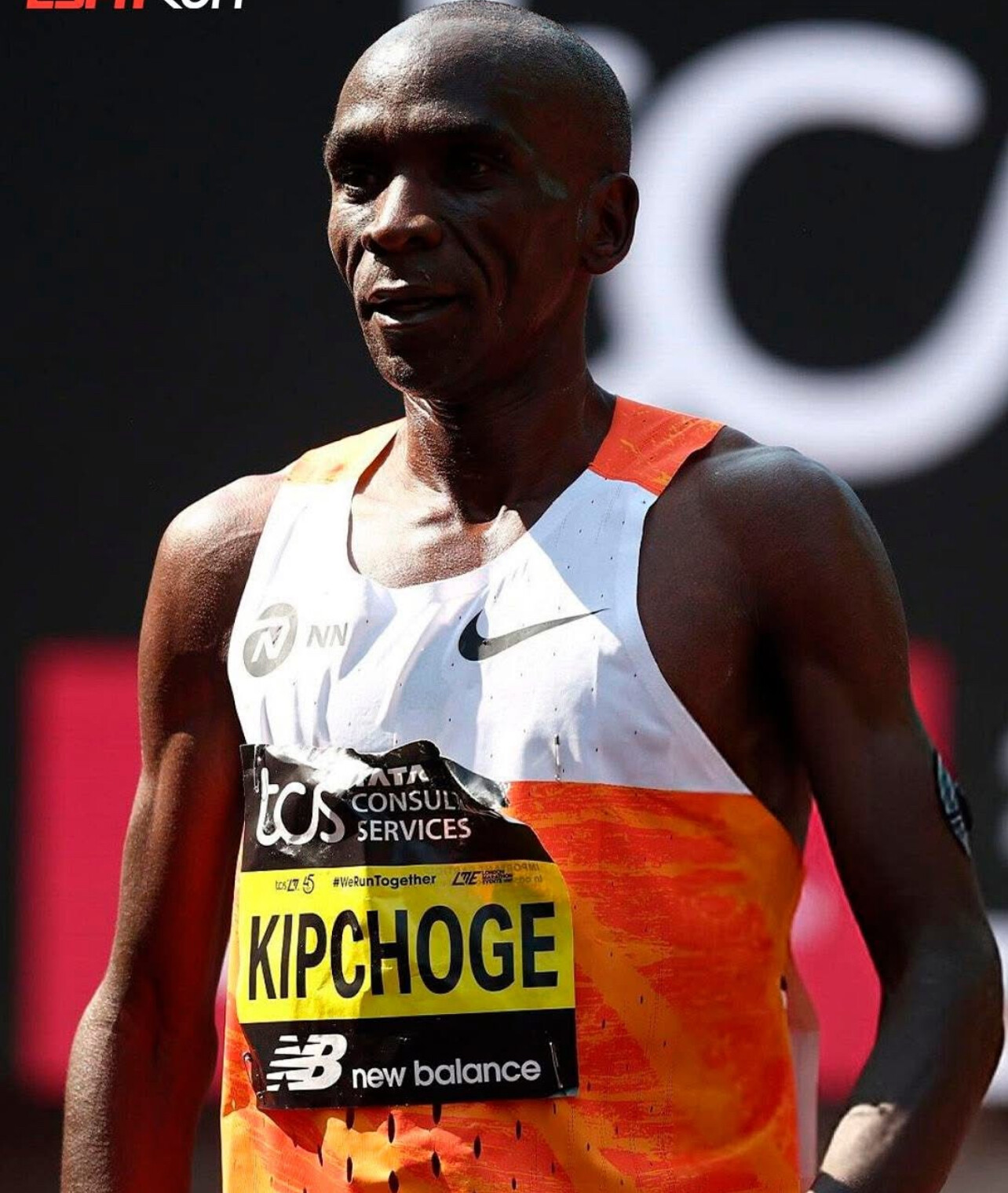
Olympic champion Sifan Hassan of the Netherlands continued her dominance in the marathon with a commanding victory. Hassan crossed the finish line at the Sydney Opera House in 2:18:22, smashing the course record and becoming the first woman to dip under 2:20 on Australian soil.
Former world record holder Brigid Kosgei of Kenya claimed second place, while last year’s Sydney champion Workenesh Edesa of Ethiopia secured third. Hassan’s winning margin reflected her superior class and endurance, reinforcing her reputation as one of the greatest all-around distance runners in history.
Kiros Breaks Men’s Course Record
The men’s race was equally electrifying. Ethiopia’s Hailemaryam Kiros surged clear at the 30km markalongside compatriot Addisu Gobena before unleashing a decisive kick in the final stages. Kiros broke the tape in 2:06:06, the fastest marathon ever run on Australian soil.
Gobena, just 20 years old and competing in his fourth marathon, impressed with a 2:06:16 for second place, while Tebello Ramakongoana of Lesotho clocked 2:06:47 to finish third.
“The competition was very tough, this was a strong, strong field,” said Kiros, who finished fifth at the Berlin Marathon earlier this year.
Kipchoge Inspires at 40
Marathon legend Eliud Kipchoge, celebrating his 40th birthday this year, showed his enduring spirit on the world stage. Although he was unable to keep pace when the Ethiopians surged, Kipchoge still battled through to finish ninth in 2:08:31.
For the man many consider the greatest marathoner of all time, the performance was a reminder that his mission extends beyond racing—to inspire, to unite, and to prove that running is a lifelong journey.
A Citywide Celebration
The marathon course highlighted Sydney’s most iconic landmarks, with the field of 35,000 runnersstreaming across the Sydney Harbour Bridge, winding through Centennial Park, and finishing against the stunning backdrop of the Opera House.
Perfect racing conditions—bright sunshine and cool temperatures—helped elevate performances and ensured Sydney made the most of its debut as a World Marathon Major, joining New York, London, Boston, Chicago, Tokyo, and Berlin in the sport’s most prestigious series.
Final Results at a Glance
Men
1. Hailemaryam Kiros (ETH) – 2:06:06 (course record)
2. Addisu Gobena (ETH) – 2:06:16
3. Tebello Ramakongoana (LES) – 2:06:47
Women
1. Sifan Hassan (NED) – 2:18:22 (course record)
2. Brigid Kosgei (KEN) – ~2:18:56
3. Workenesh Edesa (ETH) – ~2:22:05
A Defining Moment
With new course records, thrilling competition, and global attention, the 2025 Sydney Marathonestablished itself as not just a spectacular race but also a cornerstone of the global marathon calendar. For elite athletes and everyday runners alike, Sydney delivered a day to remember.
(08/31/2025) ⚡AMPby Boris Baron
Sifan Hassan Withdraws from World Championships Marathon to Focus on Sydney
Olympic champion Sifan Hassan has announced that she will not compete in the marathon at the upcoming World Athletics Championships in Tokyo this September.
The Dutch star explained her decision on Friday (Aug. 29, 2025), citing recovery concerns following her marathon schedule. “In two or three weeks, I don’t even know if I will have recovered,” Hassan said, noting that she “can hardly run in the days after a marathon.”
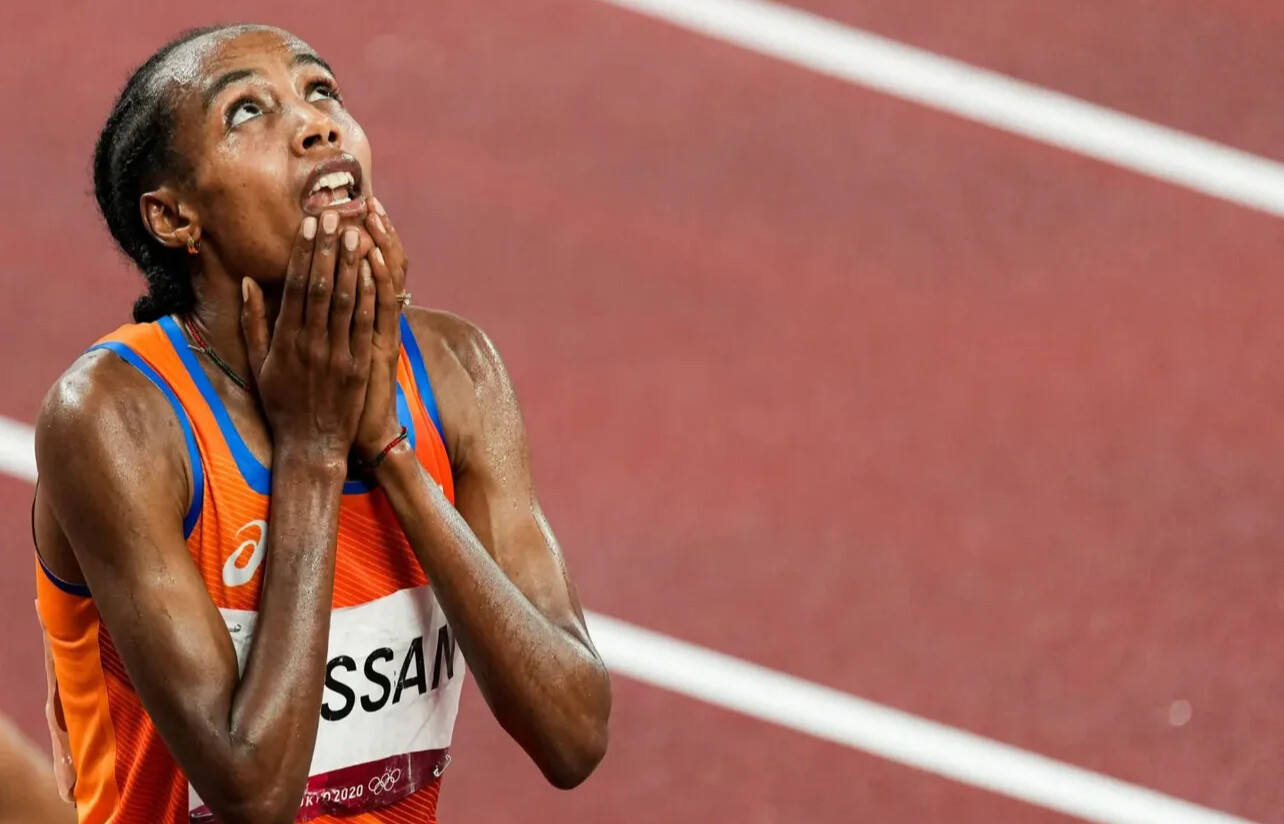
Instead, Hassan will shift her focus to Sunday’s Sydney Marathon, which will make its debut as part of the prestigious Abbott World Marathon Majors. The Sydney event now joins the elite company of London, New York, Tokyo, Boston, Berlin, and Chicago, further cementing its place among the most important marathon races in the world.
For Hassan, the decision underscores the physical and strategic challenges of balancing a championship calendar with the demands of the marathon. Known for her remarkable versatility on the track and the roads, she continues to shape her career by targeting races that define her legacy.
The absence of the reigning Olympic champion from the Tokyo World Championships marathon will be a significant storyline, but all eyes will now be on Sydney this weekend, where Hassan looks to etch her name in history at the newest member of the Marathon Majors.
(08/30/2025) ⚡AMPby Boris Baron
Brock Hinzmann Partners with KATA Running Camp in Eldoret
KATA Running Camp 10 in Eldoret, operated by Ruth Chumo, has a new partner—Brock Hinzmann, a lifelong runner and visionary thinker.
“I told Brock about our KATA Running Camp and Potato Farm project in Kenya,” says Bob Anderson. “He liked that the program is sustainable and wanted to get involved. Not only did his contribution establish a new KATA Running Camp, but he will also share in the sales of KATA potatoes.”
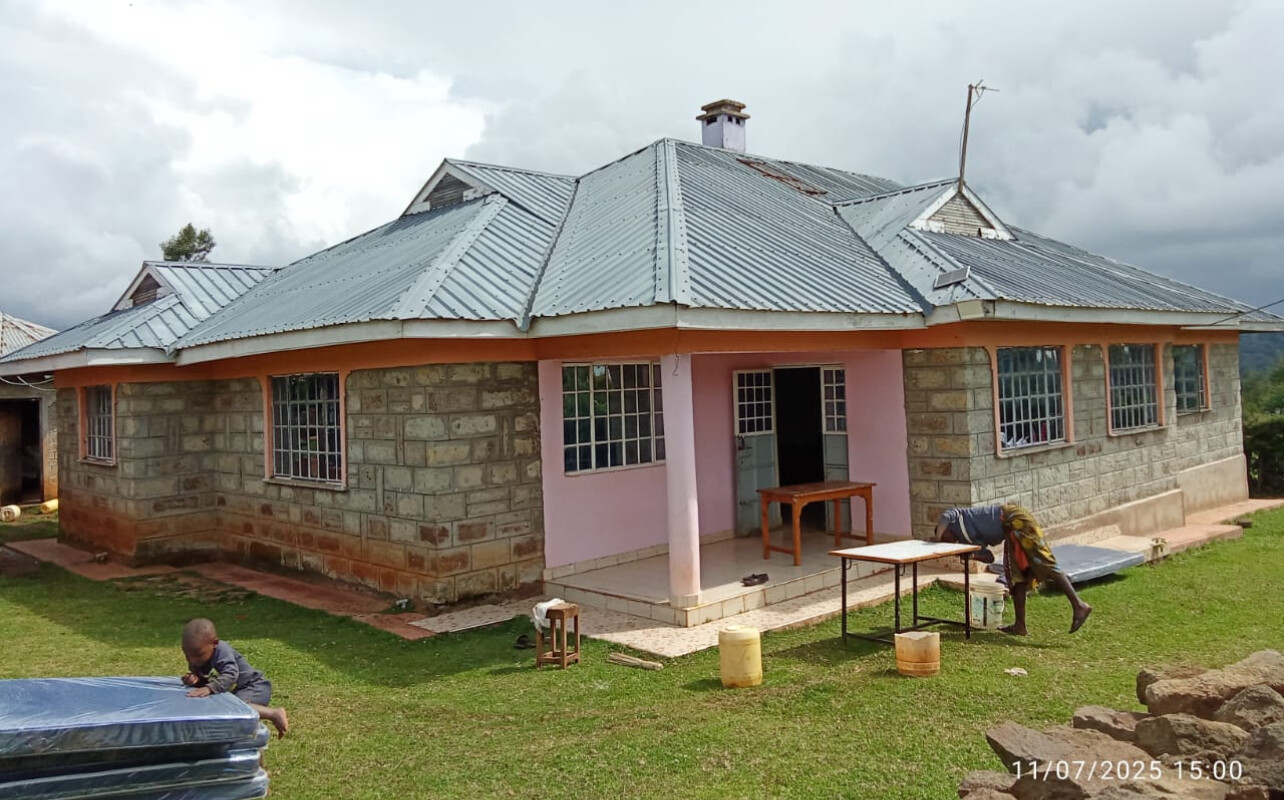
Brock Hinzmann is chairperson for the Silicon Valley Node of The Millennium Project, an international think tank that monitors global trends and helps plan for sustainable alternative futures.
Brock began running in the late 1960s in Oregon’s Willamette Valley—then a hub of U.S. distance running—just as Kenyan athletes were emerging on the world stage. At 16, he ran his first marathon in 2:44:52. His career highlights include a 6th-place finish at the 1983 Honolulu Marathon and his fastest time of 2:19:15 at the Boston Marathon in 1984 (21st place). He continued to run competitively throughout his career, representing his company’s track team and running wherever his international travels took him.

He completed his last marathon in 2018 at age 65, but at 71, running is still part of his life. “I’ve always found runners around the world to be like a tribe—accepting and supportive of each other,” Brock reflects.
For Brock, investing in KATA is more than financial. It is a way of giving back to the running community that inspired him. He encourages everyone to keep running and to travel widely—two passions that continue to guide his life.

by Boris Baron
Kenya’s Dominic Ngeno Returning to TCS Toronto Waterfront Marathon
It speaks volumes about a marathon when podium finishers are eager to come back. Last year, Kenya’s Dominic Ngeno finished runner-up at the TCS Toronto Waterfront Marathon. Now, from his home in Iten, he confirms he will return for this year’s edition on October 19.
“It was an amazing race last year and I learned a lot,” he says with a grin. “The race was good. I am coming now to combat. I was so happy that the fans were cheering us all the way in the streets. It was so amazing.”
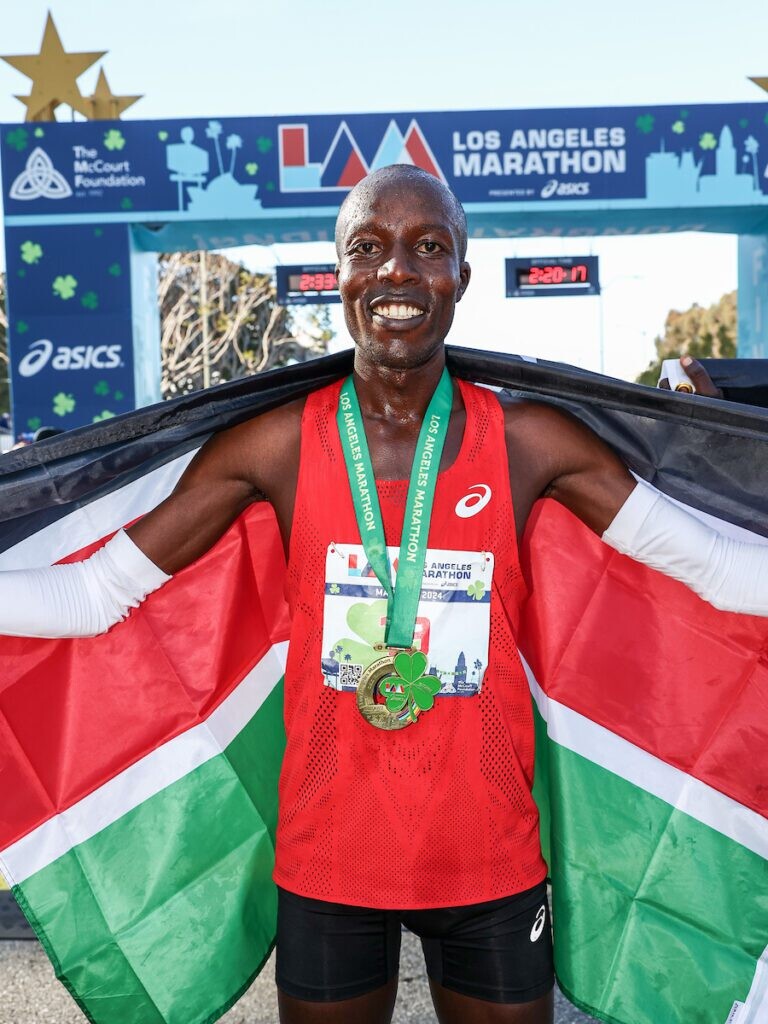
Finding his stride in Iten
In recent months, Ngeno has made some important changes. He left his training base in Kaptagat to return home to Iten, 2,400m above sea level — the famed “Home of Champions.” The switch has made him happier and, he believes, stronger. The proof came at the 2025 Paris Marathon, where he finished 5th in a new personal best of 2:06:37.
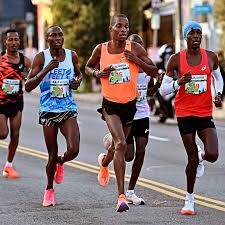
“I ran 2:06:37 in Paris and it is a hard course,” he explains. “It is not like Toronto. Last year I feared Toronto was tough because for a few years guys were running 2:09 or 2:10. But when I finished, I saw it was good. Paris compared to Toronto? Toronto is a nice course.”
Training with purpose
Speaking via WhatsApp video, he animatedly describes his training and credits his group of six training partners with pushing him forward. Just before the interview he had run 20km in the evening, then 10km the following morning, with a demanding session of 15 x 1km intervals planned later that day. Every couple of weeks he adds a 40km long run.
“When I am not training, I am resting in the compound — just sleeping,” he says with a smile. “Sleeping is part of the training program. After lunch I sleep, then go for training. When I come back, I take tea and wait for dinner.”
Like many Kenyan athletes, he still makes time to follow English Premier League football.
“Yeah, I am a big fan of Chelsea — the Blues,” he laughs. “My favourite player used to be Didier Drogba, but now it is Cole Palmer.”
A latecomer with big dreams
Ngeno turns 28 on September 3rd, still relatively new to the marathon. After high school he played soccer, then studied in Eldoret for two years, where he met some of Kenya’s top runners. But it was a chance encounter at a 2021 cross country meet with Amos Kipruto — the 2022 London Marathon champion and 2019 world bronze medalist — that shifted his focus.
“We had some small interactions,” Ngeno recalls. “He really inspired me because he didn’t run so many half marathons, and his dream came true after he started running marathons. That inspired me. I ran only two half marathons before deciding to be a marathoner full time.”
Building a future beyond running
Professional running offers him a chance to secure a brighter future. A contract with Asics helps, but he is also investing wisely.
“There is life after running so you need to invest whatever you get,” he says. “Now I have a small business — I have electronics stores and I am also farming. After running I will work with my family and grow that. I have shops and people who work for me. Whenever someone needs something like a television, they can go there.”
Looking ahead
Some of the greatest marathoners — Haile Gebrselassie, Kenenisa Bekele, Eliud Kipchoge — have thrived well into their late 30s. Ngeno believes he has another decade at the top and is motivated by the possibility of representing his country.
“First, I love running, and because I love running I want to run my best and change my life,” he declares. “I want to be the best. I have that dream of running for Kenya. This year when they were selecting the team I was not far from selection. I believe soon I will run for Team Kenya — maybe at the World Championships or Olympic Games.”
For now, his focus is firmly on the TCS Toronto Waterfront Marathon, where he aims to take on a world-class field and turn last year’s second place into victory.
(08/28/2025) ⚡AMPby Paul Gains
TCS Toronto Waterfront Marathon
The Scotiabank Toronto Waterfront Marathon, Half-Marathon & 5k Run / Walk is organized by Canada Running Series Inc., organizers of the Canada Running Series, "A selection of Canada's best runs!" Canada Running Series annually organizes eight events in Montreal, Toronto and Vancouver that vary in distance from the 5k to the marathon. The Scotiabank Toronto Waterfront Marathon and Half-Marathon are...
more...SYDNEY MARATHON – KIPCHOGE’S LAST DANCE?
The 2025 Sydney Marathon men’s field is stacked with talent rarely seen outside the World Marathon Majors. Thirteen men boast personal bests faster than the course record of 2:06:18, while nineteen have broken 2:07. The depth rivals Tokyo’s strongest lineups of recent years. On the start list are legends and rising stars alike: Eliud Kipchoge, Birhanu Legese, Dawit Wolde, Edward Cheserek, and Vincent Ngetich.
Kipchoge: The Legend at a Crossroads
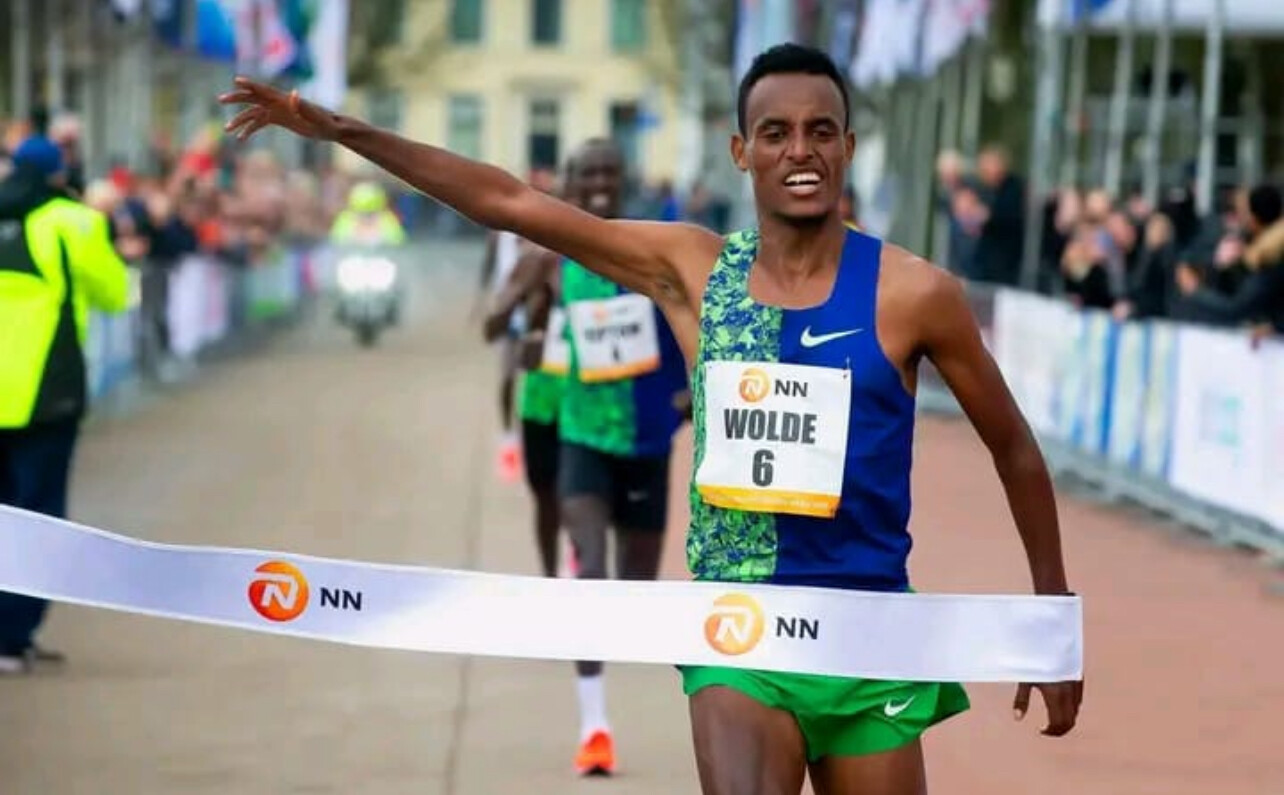
Nothing new can be said about Eliud Kipchoge’s greatness — his 2:01:09 from Berlin 2022 remains the second-fastest marathon in history, and his body of work defines the modern era. Yet the past two seasons have tested him. Tenth in Tokyo 2024, a DNF at the Paris Olympics, and a weary fade in London 2025 seemed to confirm decline. But in London he fought back, refusing to surrender, and clawed his way to sixth in 2:05:25. For a 40-year-old, that was extraordinary.
Kipchoge is no longer racing under the crushing weight of expectation. Instead, he runs for inspiration — to show what resilience looks like. That makes him dangerous still. And it raises the question: could Sydney be the stage for one final act of brilliance?
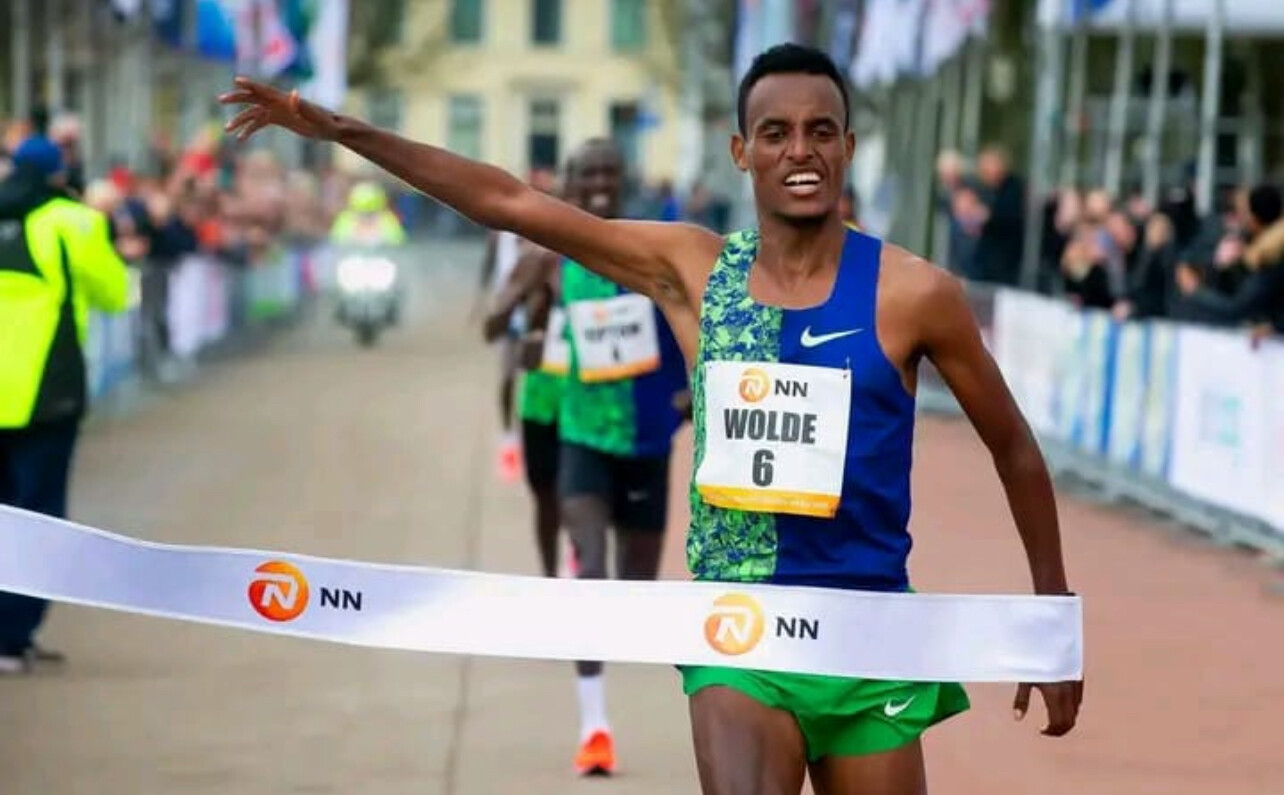
The Challengers
Dawit Wolde (Ethiopia) – Fresh off victory in Xiamen 2025 (2:06:06, course record), the Olympian owns a 2:03:48 best. His confidence and consistency mark him as a serious contender.
Birhanu Legese (Ethiopia) – Twice a Tokyo champion (2019, 2020) and a proven 2:02:48 performer in Berlin, he brings the pedigree of a man who has already mastered Major moments.
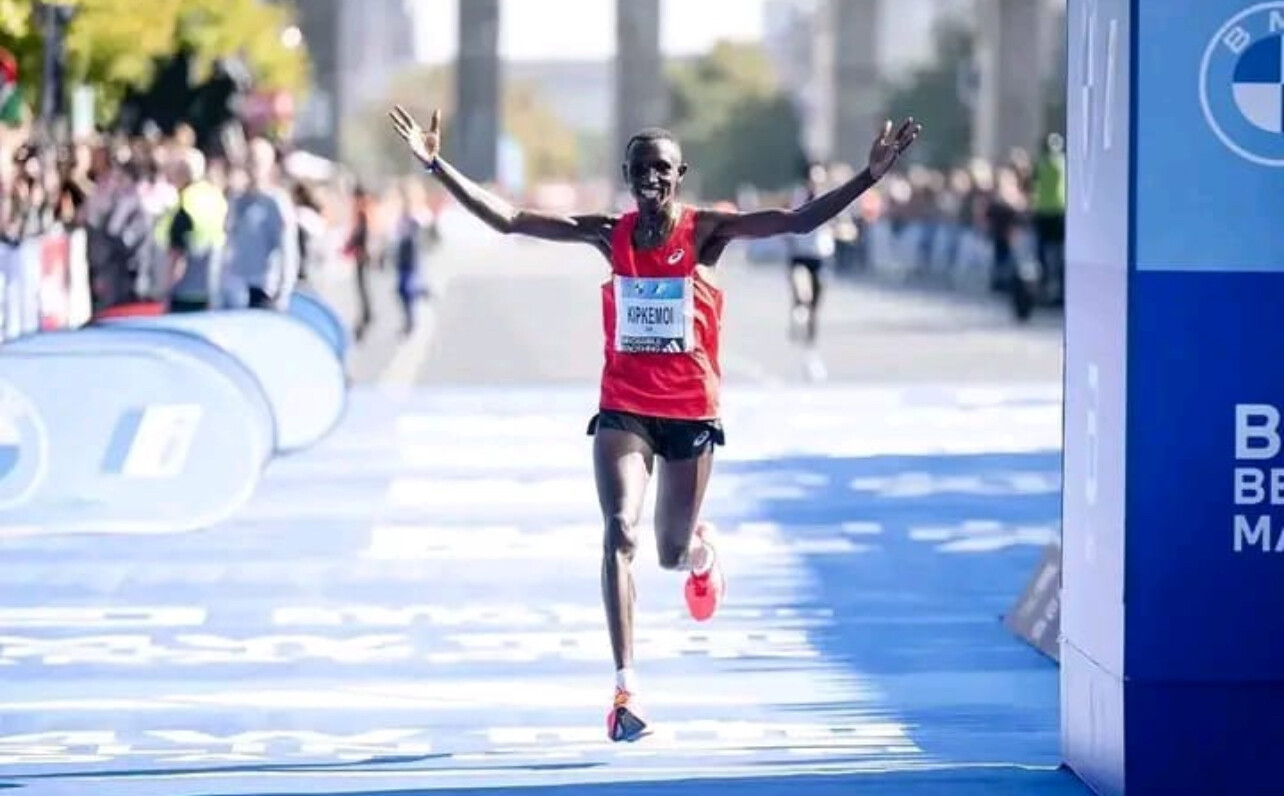
Edward Cheserek (Kenya/USA) – “King Ches” ruled the NCAA with 17 titles before turning to the marathon. In just his second attempt he ran 2:05:24 in Valencia 2024, slashing nearly six minutes from his debut in New York. Rapid progression makes him the true wildcard.
Vincent Ngetich (Kenya) – At 26, he is the face of the new generation. His 2:03:13 debut in Berlin 2023 was the third-fastest debut in history. Since then, he has collected back-to-back podiums in Tokyo. Of all Sydney entrants, he alone has stood on a Major podium in the past two years. With youth, momentum, and speed, he starts as the man to beat.
Generations Collide
Sydney will be more than a race — it will be a clash of eras. On one side stands Kipchoge, the living legend who has carried the sport for two decades, searching for one last masterpiece. On the other, the hungry new wave led by Ngetich, ready to seize the crown.
On September race day, the streets of Sydney could bear witness to either a farewell triumph… or the dawn of a new reign.
(08/28/2025) ⚡AMPby Boris Baron
Sydney Marathon
The Sydney Marathon is a marathon held annually in Sydney, Australia. The event was first held in 2001 as a legacy of the 2000 Summer Olympics, which were held in Sydney. In addition to the marathon, a half marathon, 9 kilometres (5.6 mi) "Bridge Run", and a 3.5 kilometres (2.2 mi) "Family Fun Run" are also held under the banner...
more...Remembering Carl Brandt: A Pillar of the Running Community
The running world lost a true friend and supporter this past week with the passing of Carl Brandt. Surrounded by his family, Carl passed peacefully, leaving behind a legacy of love, encouragement, and dedication that touched countless lives.
His sons Noah and Peter shared the news, expressing gratitude for the support their father gave throughout their lives and acknowledging the wide impact he had on the community. Plans for a celebration of life memorial will be announced soon.

“He was one amazing guy and was someone who helped running become what it is today,” says Bob Anderson, founder of Runner’s World and lifelong advocate for the sport.
Carl’s influence extended far beyond his own circle—he gave time, energy, and care to uplift runners at all levels. Whether through his presence at events, his support of friends and athletes, or his consistent belief in the positive power of running, he left an enduring mark on the sport.
As the running community reflects on his passing, many will remember Carl not just for what he did, but for who he was: a kind, generous, and steadfast supporter of others. His impact will live on in the lives he touched and the sport he helped shape.
(08/27/2025) ⚡AMPby Boris Baron
KATA Running Camp Kapsait Hosts Competitive Time Trial
The KATA Running Camp in Kapsait, operated by Fredrick Kiprotich, staged an exciting time trial today featuring both 10 km and 5 km races. The athletes, representing Bob Anderson’s KATA program, delivered strong performances on the challenging high-altitude course.
10 KM RESULTS
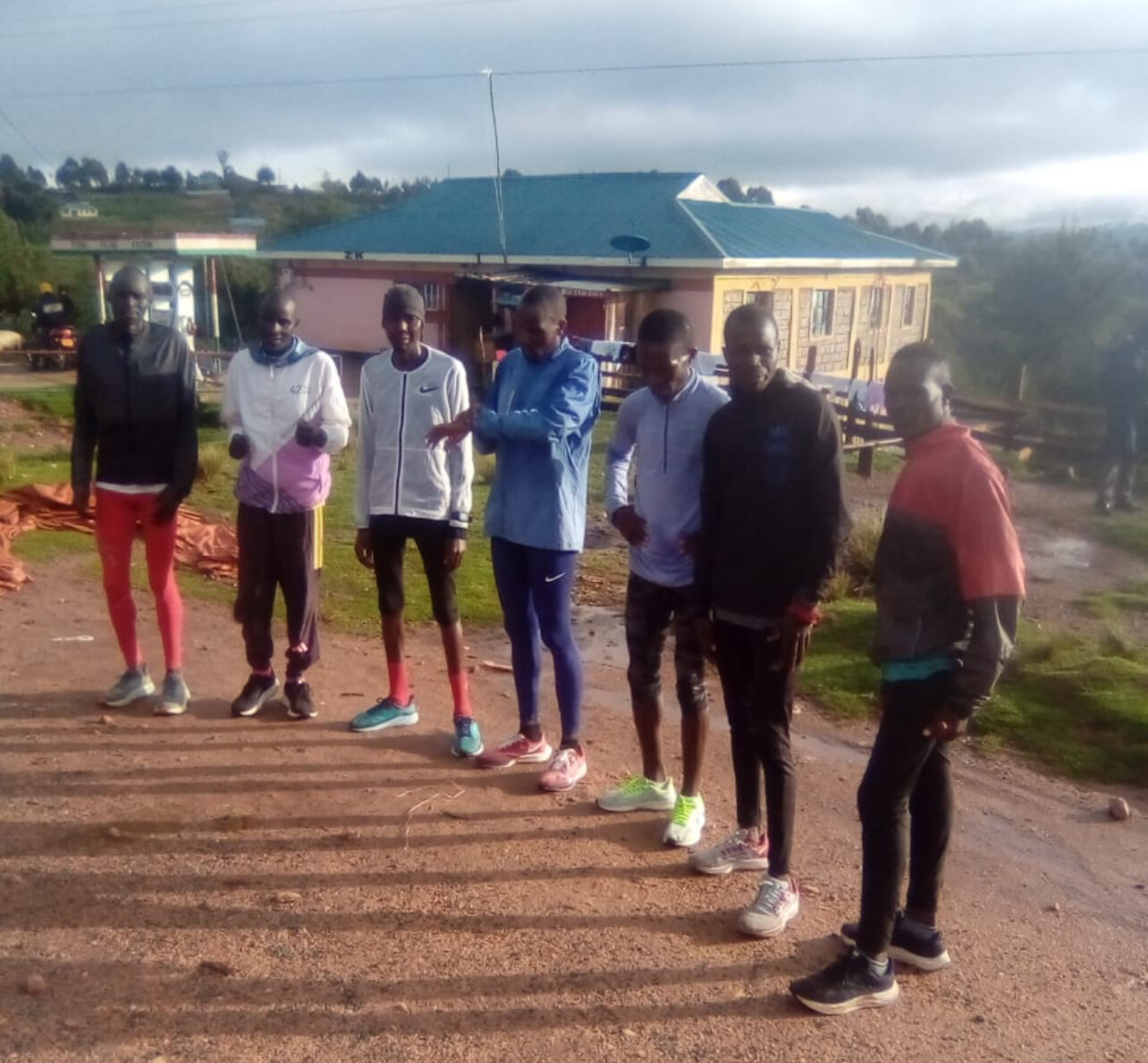
The men’s 10 km race came down to a thrilling finish, with Evans Kipruto edging out Cornelius Chepkok by just two hundredths of a second. Kipruto clocked 29:42.01, with Chepkok right behind in 29:42.03.
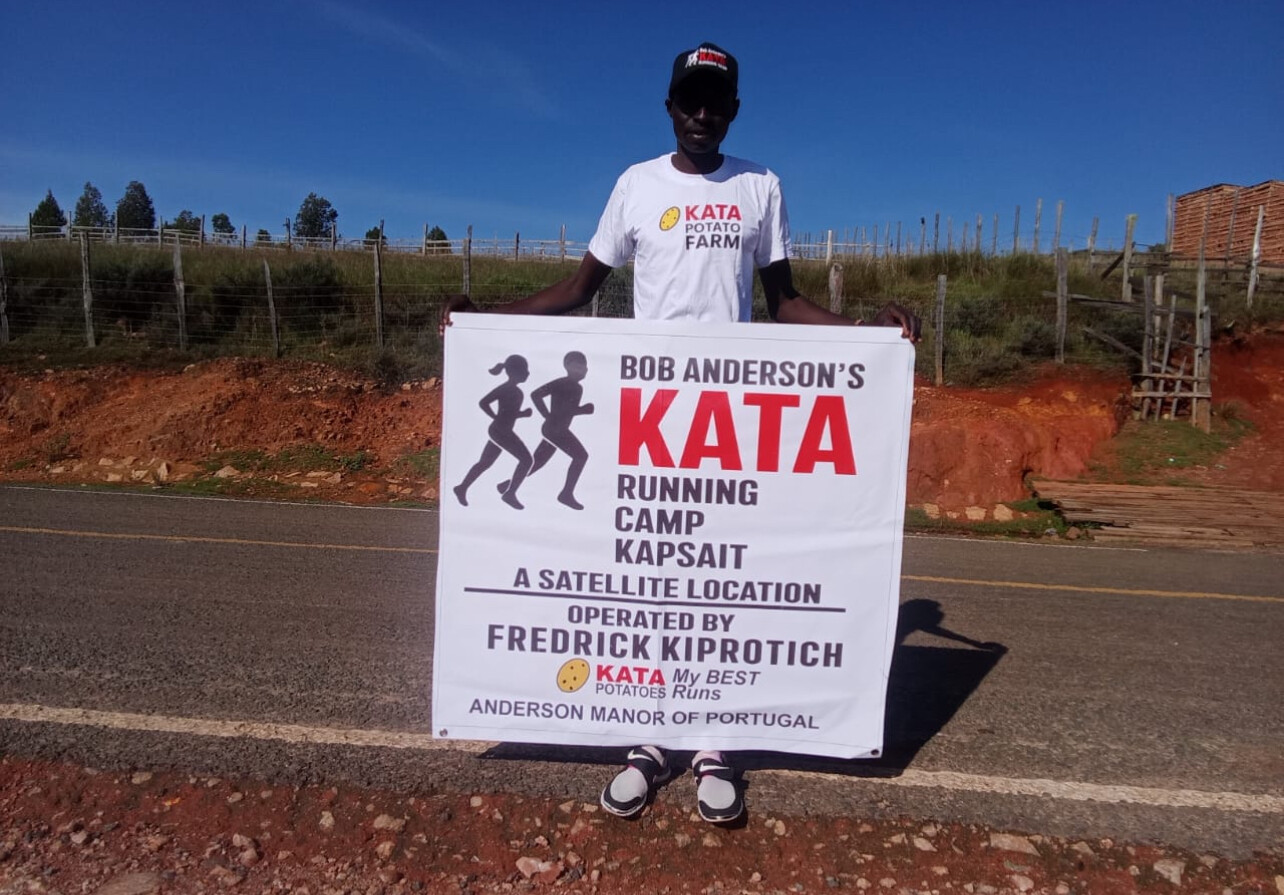
• Kenneth Rono secured third in 31:15.14, followed by Charles Lonyang’ngro in 31:16.28.
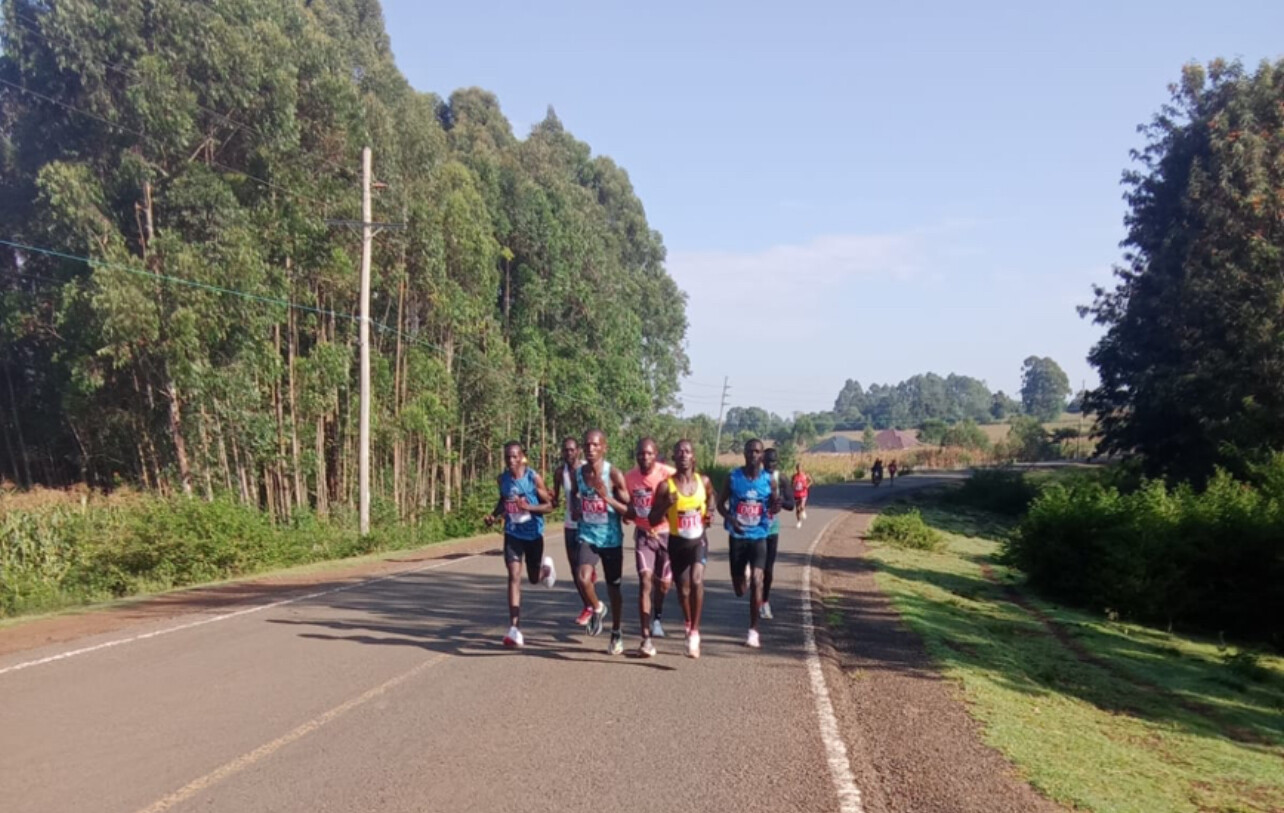
• Silas Maiyo ran 31:48.35, and Evans Bowen rounded out the top six in 32:00.42.
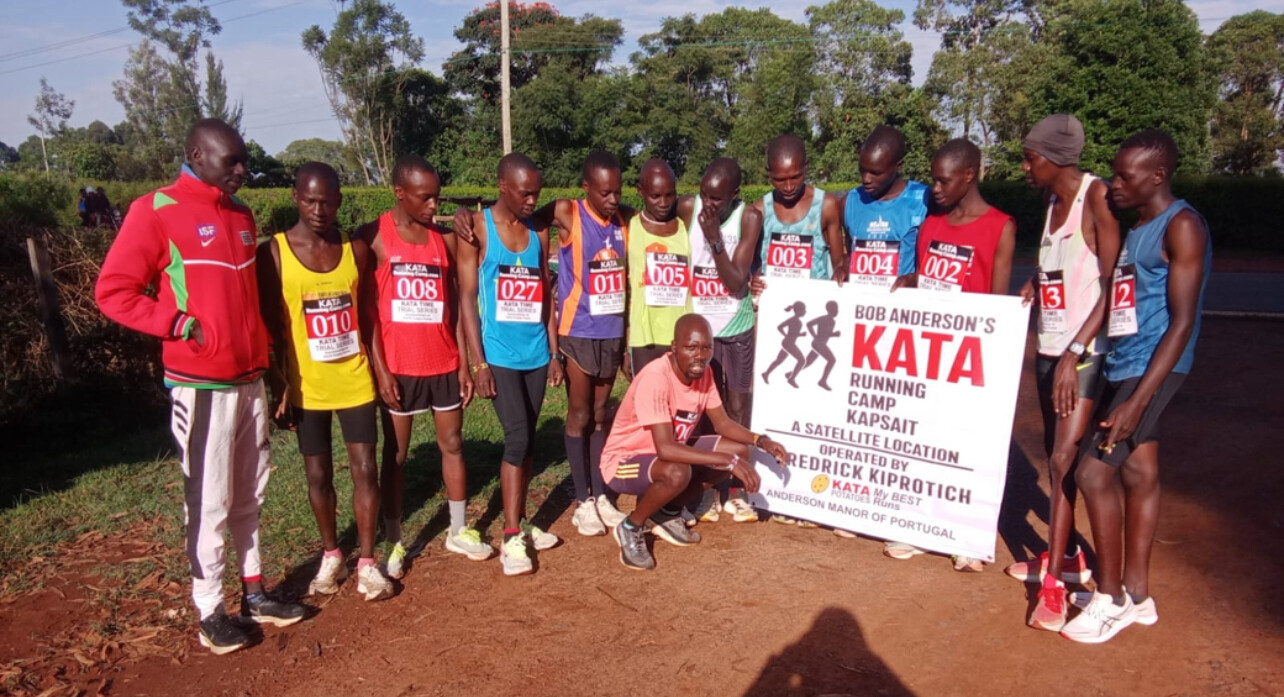
5 KM RESULTS
The 5 km event showcased the camp’s emerging young talent. Collins Kimutai led the field with an impressive 14:30.00, followed by Timothy Kibet in 14:41.04 and Titus Kiprop in 14:48.50.
• Dennis Kpsgei finished fourth in 14:54.55, while Leinius Kosgei crossed in 14:59.58.
• Noel Kibet rounded out the group in 15:30.45.
Building the Future of Distance Running
These results highlight the growing strength of the KATA Running Camp program, which combines world-class training with the support of KATA Potato Farms to sustain the athletes. Bob Anderson’s vision—uniting athletics with agriculture—is fueling opportunities for runners across Kenya, including satellite locations like Kapsait.
“Time trials like today’s are an important part of our program,” said camp operator Fredrick Kiprotich. “They allow athletes to test themselves against one another, build confidence, and prepare for upcoming competitions.”
From Kapsait to camps across Kenya, the KATA initiative continues to empower athletes and develop the next generation of champions.
(08/26/2025) ⚡AMPby Boris Baron
Jacob Kiplimo Dominates Buenos Aires Half, Eyes Chicago World Record
Uganda’s half marathon world record-holder Jacob Kiplimo showed once again why he’s in a class of his own, storming to a course record 58:29 at the 21K de Buenos Aires on Sunday (24). Racing in windy, chilly conditions, the two-time world cross-country champion dismantled the field and confirmed his status as the man to watch ahead of next month’s Chicago Marathon.
“I felt great throughout, but the wind affected me,” Kiplimo said after the race. “My main target today was to enjoy the experience, and I did that. As a fan of Lionel Messi, I was eager to come to Buenos Aires. My build-up for Chicago is going very well. I’ve heard there will be a world record pace there. I plan to run more conservatively, but I’d like to be close to the world record in the end.”

Relentless Front-Running
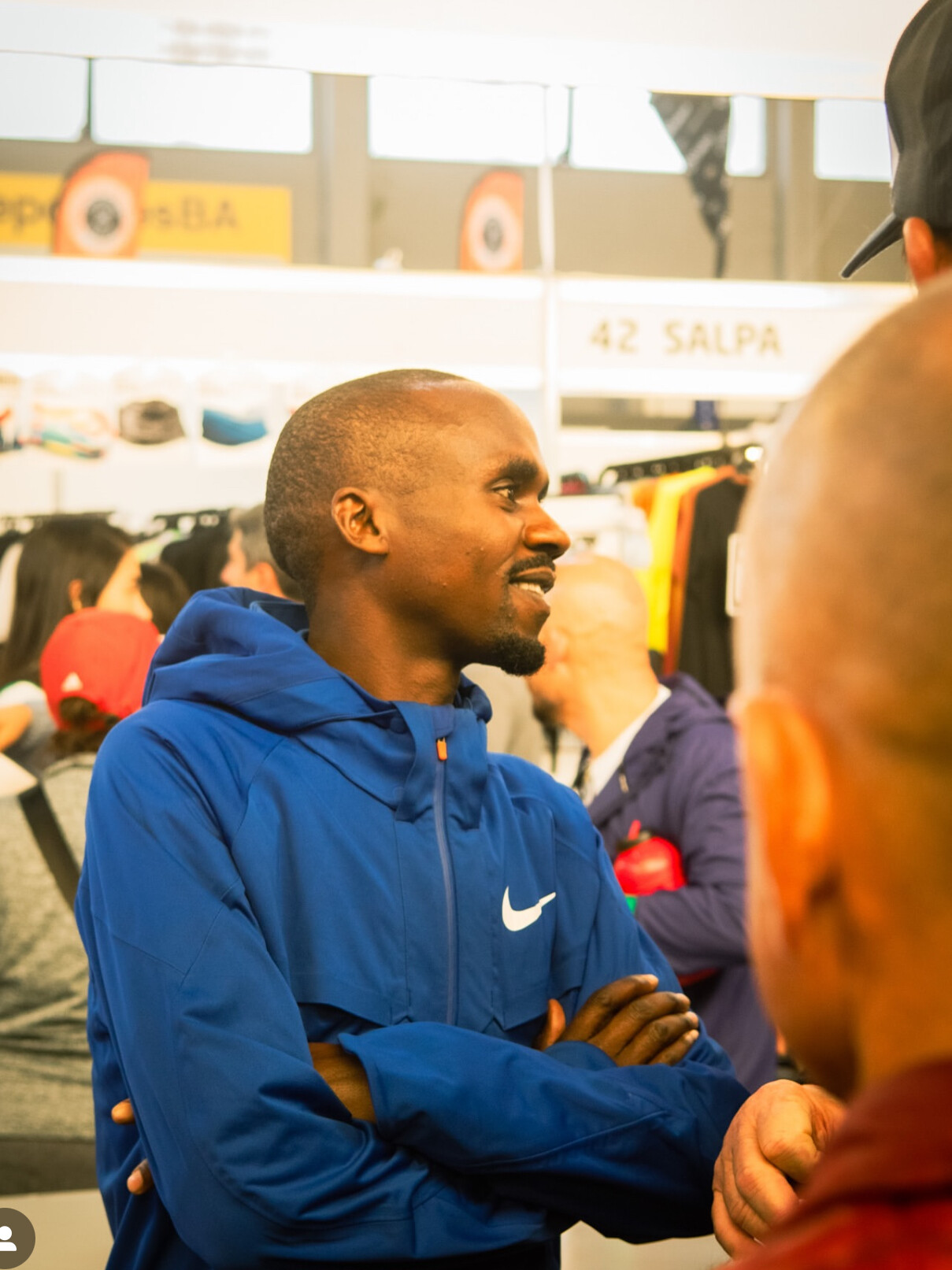
The men’s pack opened at 2:44/km pace, with 5km reached in 13:42. Kiplimo took control before 10km (27:25) and soon left his rivals behind. By 15km (41:03), the 2021 Olympic bronze medallist was nearly a minute clear, and despite gusting winds he still cut 36 seconds off the course record.
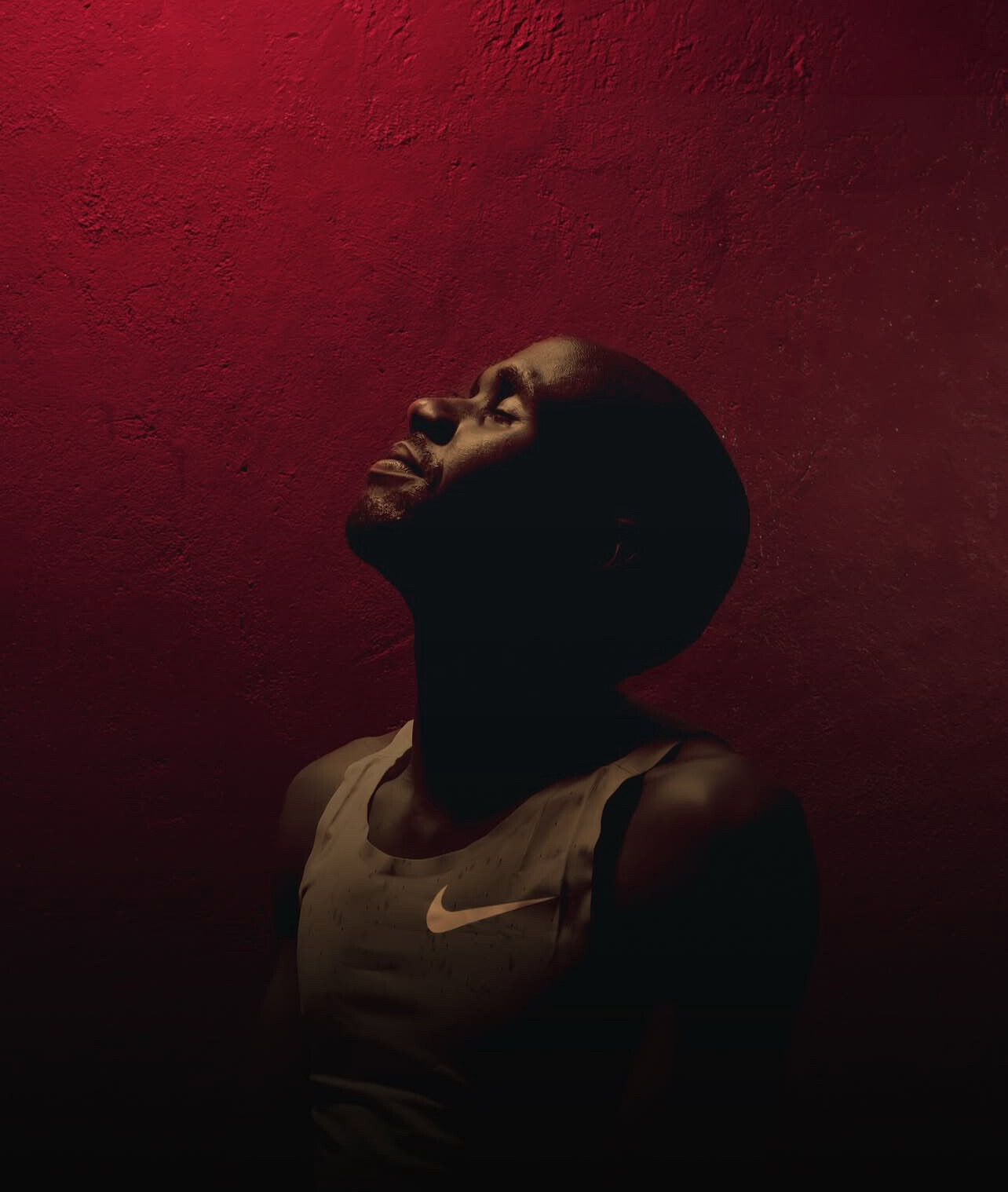
Behind him, Ethiopia’s Seifu Tura (59:56) outkicked Kenya’s Vincent Nyamongo (59:57) for second.
Women’s Race
Kenya’s Veronica Loleo surged late to win the women’s race in 1:06:58, ahead of Ethiopia’s Ftaw Zeray (1:07:07) and fellow Kenyan Catherine Amanangole (1:07:13).
Top Results
Men
1. Jacob Kiplimo (UGA) – 58:29 (CR)
2. Seifu Tura (ETH) – 59:56
3. Vincent Nyamongo (KEN) – 59:57
4. Bereket Nega (ETH) – 1:00:03
5. Isaac Kipkemboi (KEN) – 1:00:03
Women
1. Veronica Loleo (KEN) – 1:06:58
2. Ftaw Zeray (ETH) – 1:07:07
3. Catherine Amanangole (KEN) – 1:07:13
4. Jesca Chelangat (KEN) – 1:07:41
5. Ludwina Chepngetich (KEN) – 1:07:44
(08/24/2025) ⚡AMPby Boris Baron
KATA Thika to Host Annual Double Road Race: A Celebration of Athletics and Sustainability
THIKA, Kenya – August 21, 2025: Thika is preparing to host one of Kenya’s most unique running events—the annual Double Road Race, set for September 20 at the Kenya Athletics Training Academy (KATA) headquarters.
Unlike any traditional race, the Double Road Race is contested in two stages. Athletes first run 10 kilometers, take a short recovery break, and then return to the course for a 5-kilometer dash. The winners are determined by their combined times, making the race a true test of speed, stamina, recovery, and mental toughness.
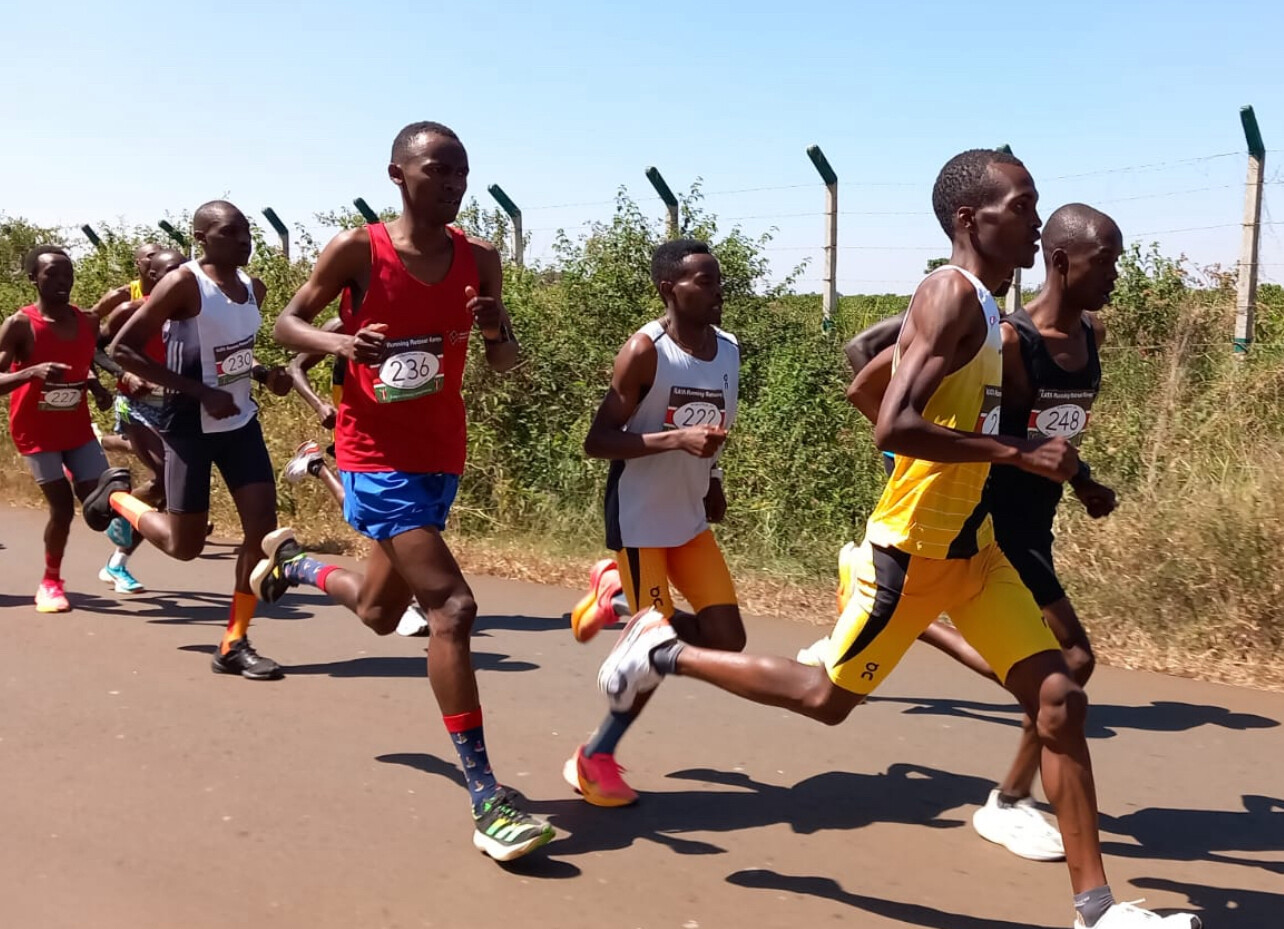
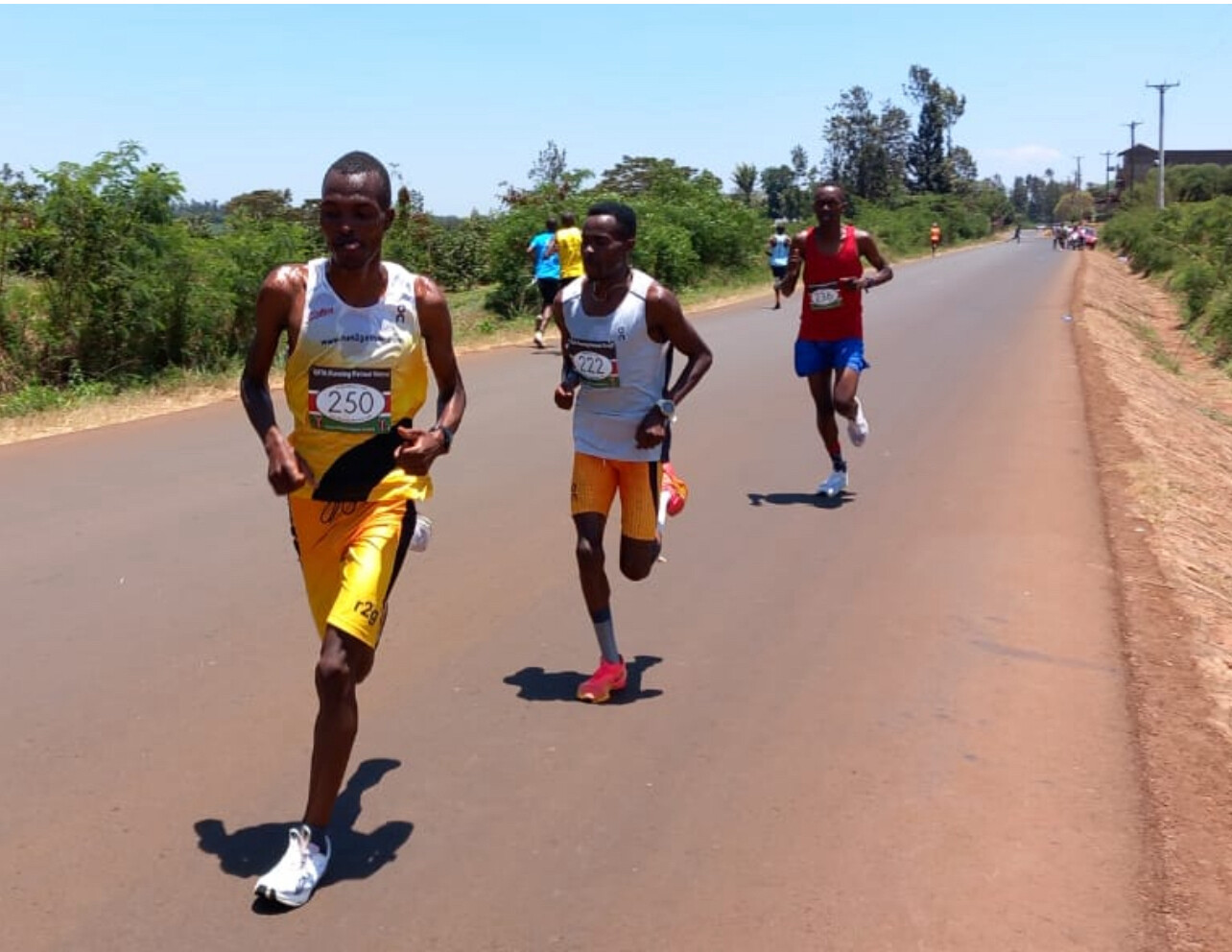
This innovative format has drawn athletes of all levels—juniors, elites, and masters—creating an inclusive competition with more than 100,000 KES in prize money, co-sponsored by Bob Anderson, founder of My Best Runs and creator of the Double Road Race.
The event’s roots go back more than a decade when Anderson envisioned a new kind of challenge that would push runners beyond traditional limits while giving young talent a chance to shine. Since then, the Double Road Race has become a signature event for KATA, which is led in Kenya by manager Christopher Muiruri.
“This race was started to provide a platform where athletes could test themselves differently,” Muiruri explains. “It has grown into a hallmark of KATA’s calendar, attracting runners from across the country.”
Beyond the racing, the event highlights KATA’s pioneering model of sustainable athletics development. Under Anderson’s vision, more than 30 KATA camps across Kenya have been supported to grow potatoes, creating a revenue stream to sustain training environments. At KATA Thika, athletes themselves manage the farm, producing crops that help fund camp operations.
“This initiative ensures that camps can sustain themselves long-term without relying solely on external funding,” says Muiruri. “It also teaches athletes the value of hard work both on and off the track.”
Head coach John Matheri emphasizes that the Double Road Race is more than just a competition. “It allows juniors, elites, and masters to showcase their talent. Results are posted globally on My Best Runs, giving athletes exposure and opportunities for sponsorships or coaching.”
The unique two-stage format makes strategy critical. Athletes must pace themselves in the 10K, recover quickly, and then summon every ounce of energy for the 5K. (the 5k starts one hour and 45 minutes after the start of the 10k.) Few races demand such balance of endurance and resilience, making the Double Road Race one of the toughest—and most rewarding—events in Kenya.
For Muiruri, the event embodies KATA’s broader mission. “We are creating a platform where athletics and sustainability meet. Our athletes not only excel on the track but also contribute to a model that ensures our camps thrive for years to come.”
As the September 20 date nears, anticipation is building for a day that will bring together athletes, coaches, and running fans in Thika. With its unique format, community spirit, and connection to sustainable farming, the Double Road Race at KATA Thika promises to be a celebration of innovation and Kenyan running at its finest.
At the the event last year a world record was broken. Shadrack (bib 250) clocked 28:33 for the 10k leg and then came back and ran 14:01 for the 5k leg. Total time 42:34 is the time to beat.
Whether competing for victory or cheering on emerging talent, this event is sure to leave a lasting impression on everyone involved.
(08/21/2025) ⚡AMP
by Robert Kibet.
KATA Double Road Race 15K
5th Annual KATA Double Road Race 15K Set for September 20, 2025, at KATA Thika The 5th Annual KATA Double Road Race 15K will be held on September 20, 2025, at the Kenyan Athletics Training Academy (KATA) in Thika, Kenya. The event includes a 10K leg, a break, followed by a 5K leg — a format designed to challenge runners...
more...Claudia Hollingsworth Smashes Oceania 800m Record with 1:57.67
Australian middle-distance sensation Claudia Hollingsworth has rewritten the record books, setting a new Oceania 800m record with a time of 1:57.67 at the Silesia Kamila Skolimowska Memorial.
The 19-year-old rising star continues her meteoric rise on the international stage, taking down the long-standing regional mark and further establishing herself among the world’s best half-milers. Her performance not only sets a new benchmark for Oceania but also signals her growing potential ahead of future global championships.
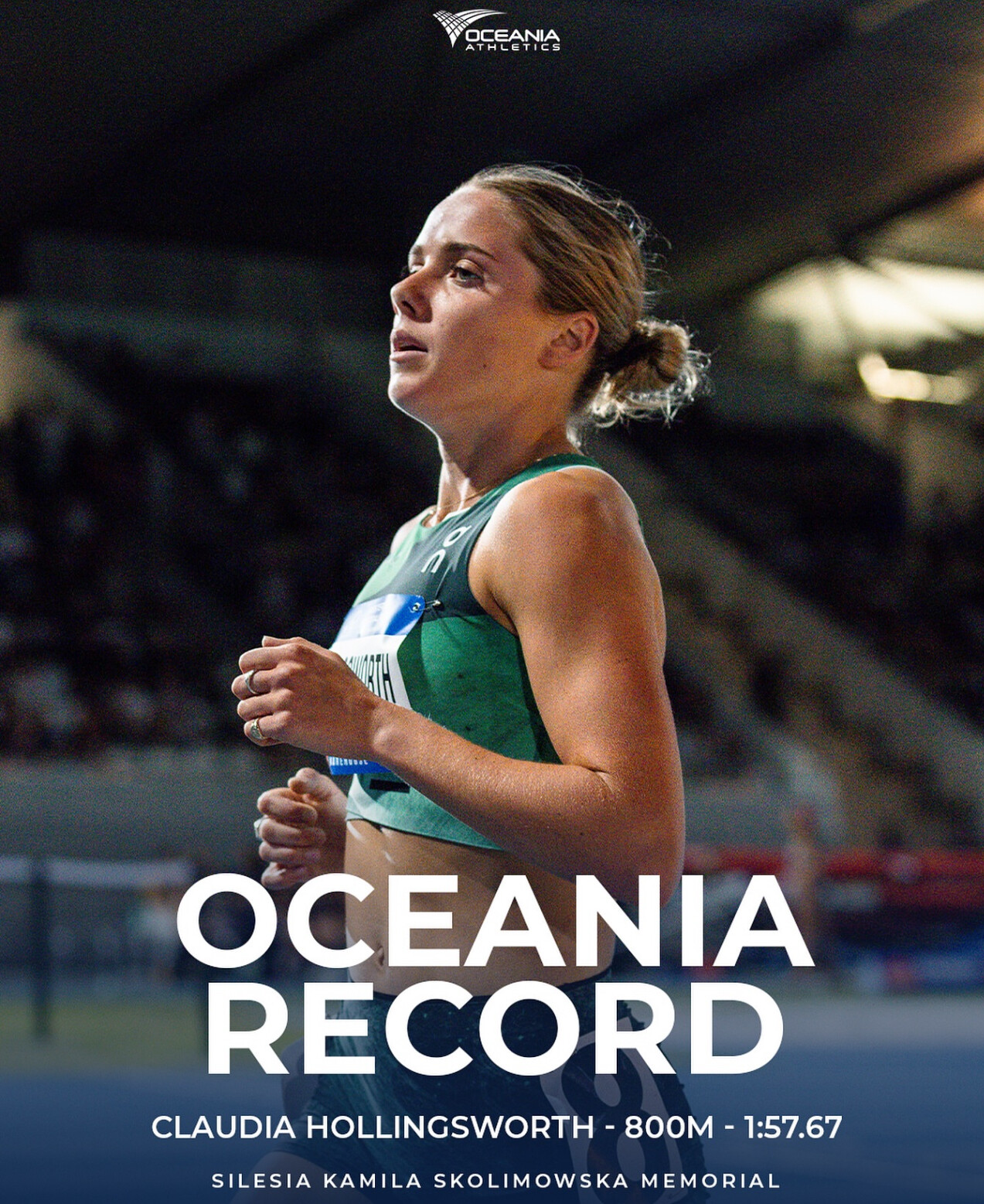
The Silesia Kamila Skolimowska Memorial, part of the Wanda Diamond League circuit, has become known for fast times and world-class competition. Hollingsworth thrived under the spotlight, racing with confidence and tactical precision before powering down the final stretch to secure the record.
With this breakthrough, Hollingsworth joins the conversation as one of the most promising young talents in world athletics. Her progression from junior standout to senior record-holder reflects both her natural talent and relentless dedication to training.

Fans and coaches alike will be watching closely as Hollingsworth builds momentum toward the 2025 World Championships and beyond. If her current trajectory is any indication, the new Oceania record of 1:57.67 may only be the beginning.
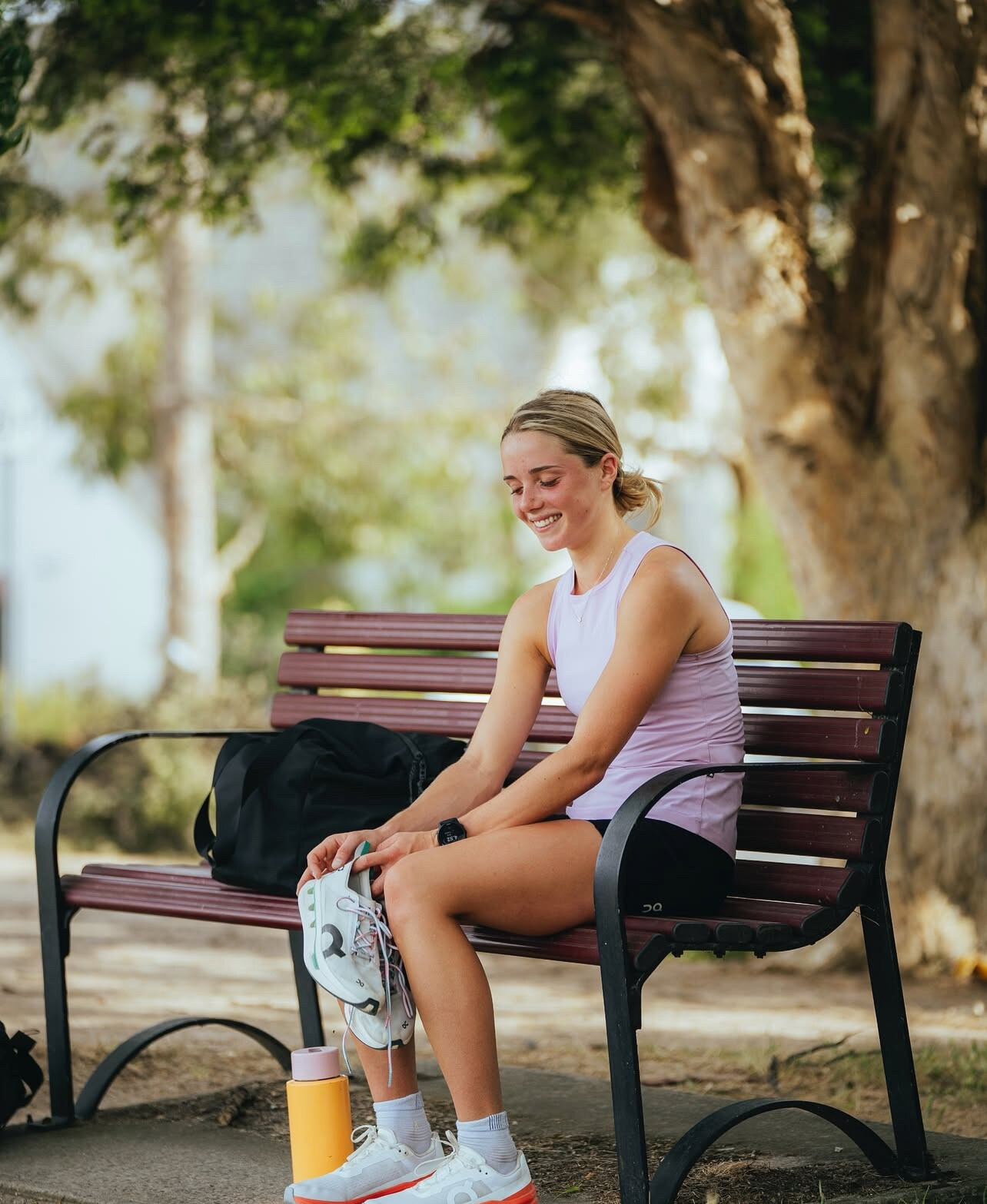
by Boris Baron
Rwandan Star Salome Nyirarukundo Set for TCS Toronto Waterfront Marathon
Salome Nyirarukundo has left a remarkable mark on the Canadian road racing scene since arriving from Rwanda seven years ago, most recently winning the 2025 Under Armour Toronto 10K. Now, the Ottawa-based runner is preparing for her next big challenge—the TCS Toronto Waterfront Marathon on October 19.
This will be her first marathon in six years. She last raced the distance at the 2019 Ottawa Marathon, finishing 4th in 2:30:44. Before that, she won the 2018 Montreal Marathon in an impressive 2:28:05.
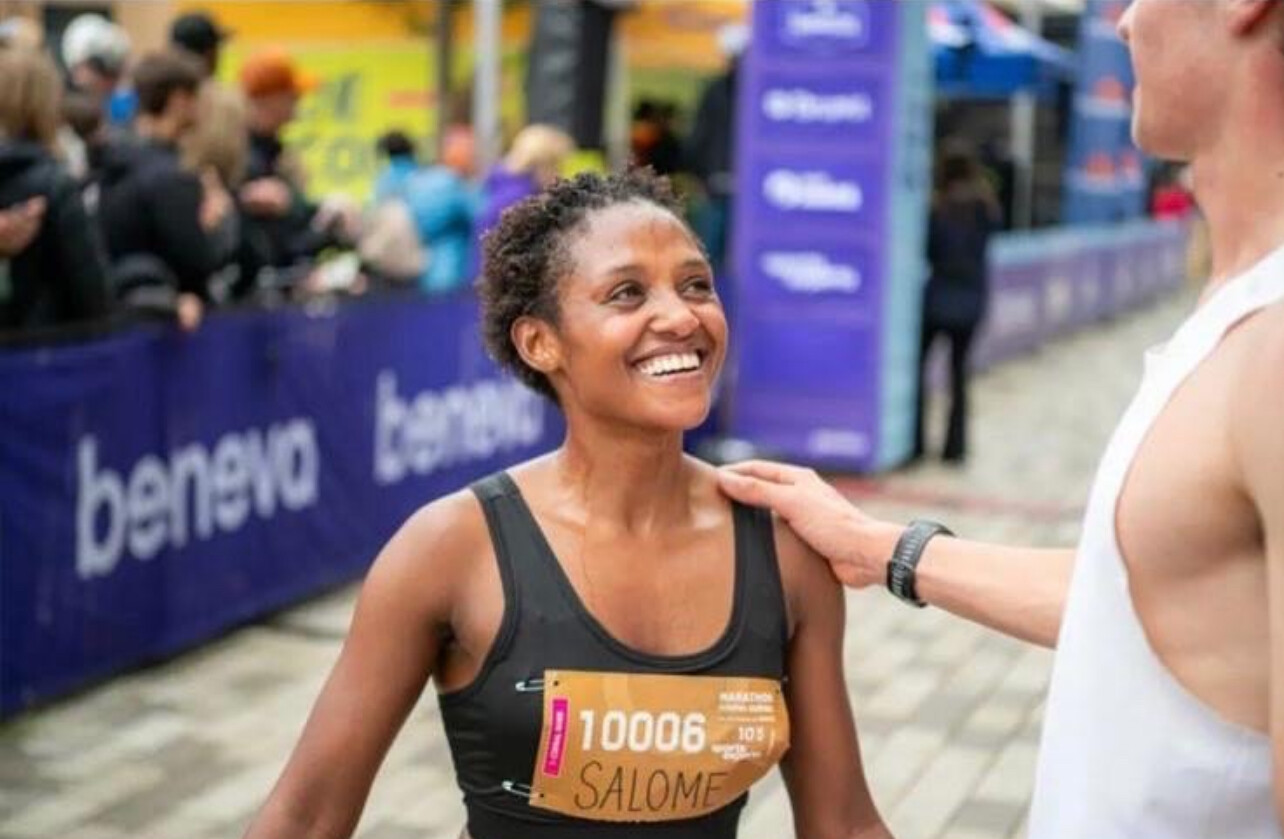
“It’s been three or four years that I have been hoping to do the Toronto Waterfront Marathon,” Nyirarukundo says. “It is a big race, but the timing was difficult before. I was injured and couldn’t participate. This year is the right moment for me to see what I can do. I always feel excited coming to Toronto because I have a good connection with the fans. I’ve run the Toronto 10K three times, and I think that experience will help me in the marathon.”
Her familiarity with the course could indeed be an advantage. The Toronto 10K shares much of its route with the marathon, running along the shores of Lake Ontario. Along with her 2025 victory, Nyirarukundo placed 2nd in both the 2023 and 2024 editions of the event.
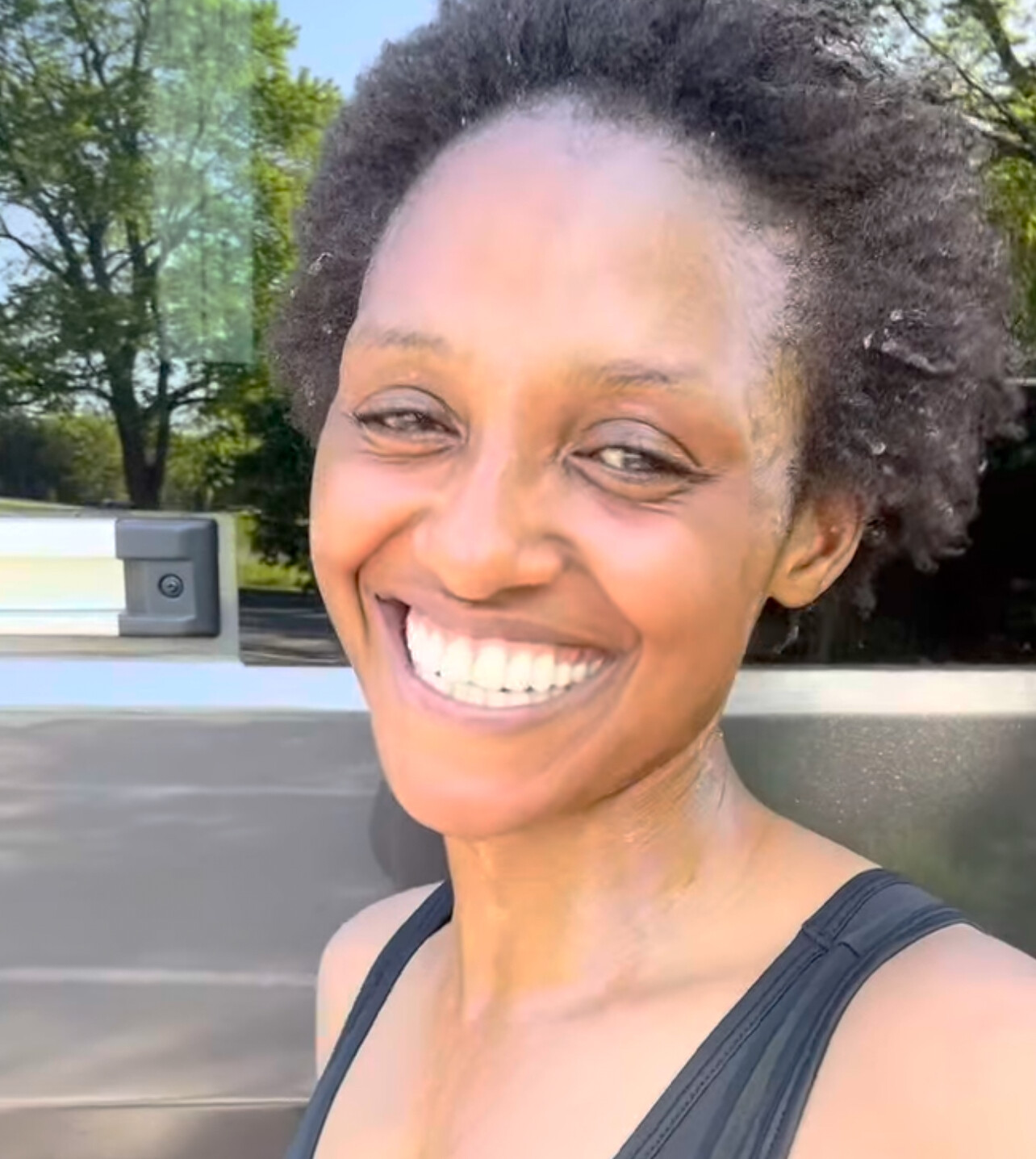
Still just 27, she has already achieved a distinguished international career. She represented Rwanda in the 10,000m at the 2016 Olympic Games and still holds her nation’s records in the 5,000m (15:34.91), 10,000m (31:45.82), and half marathon (1:08:48)—the latter faster than the Canadian national record.
Her talent was recognized early. As a teenager in Kigali, she was signed by Global Sports Communications and trained in Kaptagat, Kenya, alongside Eliud Kipchoge. She recalls him as quiet, humble, and willing to share everyday chores in camp despite his superstar status.
Since moving to Canada, Nyirarukundo has balanced training with working as a personal care worker in two Ottawa hospitals. While grateful for the employment, she admits it’s challenging to combine shift work with high-level training.
“Unfortunately, I am not in the same situation as before,” she explains. “When I ran 1:08:48 for the half marathon, I was training full-time morning and evening. Now I am doing two jobs and then training. It’s not easy, but I have confidence in myself. I believe I can still get back to that level.”
Despite her demanding schedule, she remains competitive. She placed 4th at the 2025 Canadian 10K Championships, finishing ahead of former national record holder Lanni Marchant. Seeing Canadian stars like Natasha Wodak and Malindi Elmore succeed well into their 40s has fueled her determination
“Natasha really inspired me,” Nyirarukundo says. “Last year she was number one in Canada, and I thought about quitting. But then I saw her and Rachel Hannah—very strong athletes—and I thought, ‘If they can do it, I can too.’”
Her friendship with Hannah has been another boost. The two have raced side by side in Toronto for years, and recently they trained together for a 38km long run in Plantagenet, Ontario.
Even with early-morning runs before 6:00 a.m. hospital shifts, Nyirarukundo pushes through, motivated by responsibility for her younger siblings back in Rwanda’s Rutsiro district. “I am mother and father for them,” she says. “Without them, I could not do what I am doing now.”
Balancing family obligations and training hasn’t been easy, but her passion for running remains intact. As she looks toward her Toronto Waterfront Marathon debut, Nyirarukundo has set a clear goal: to run under 2:30.
And she still makes time for life beyond running. “I don’t know how to swim, but I love outdoor camping,” she laughs. “I never did this in Rwanda. This year I’m going to Prince Edward Island for one week of camping at the end of August.”
Nyirarukundo dreams of one day representing Canada. With her mix of talent, resilience, and determination, the TCS Toronto Waterfront Marathon could mark a new beginning for this remarkable athlete.
(08/21/2025) ⚡AMPby Paul Gains
Emmanuel Rotich Joins KATA as Camp Manager
KATA has announced the appointment of Emmanuel Rotich as its new Camp Manager.
“KATA is based in central Portugal, housed at the Anderson Manor of Portugal, with offices in Thika, Kenya, and Los Altos, California. From these three locations, we coordinate all aspects of our camps and potato farms, making KATA a truly global initiative.”
“Emmanuel has a strong athletic background, was educated at Tulane University in New Orleans, and most importantly, after speaking with him, I was impressed with his passion for the sport we love and for tying in potato farming to support our mission.”
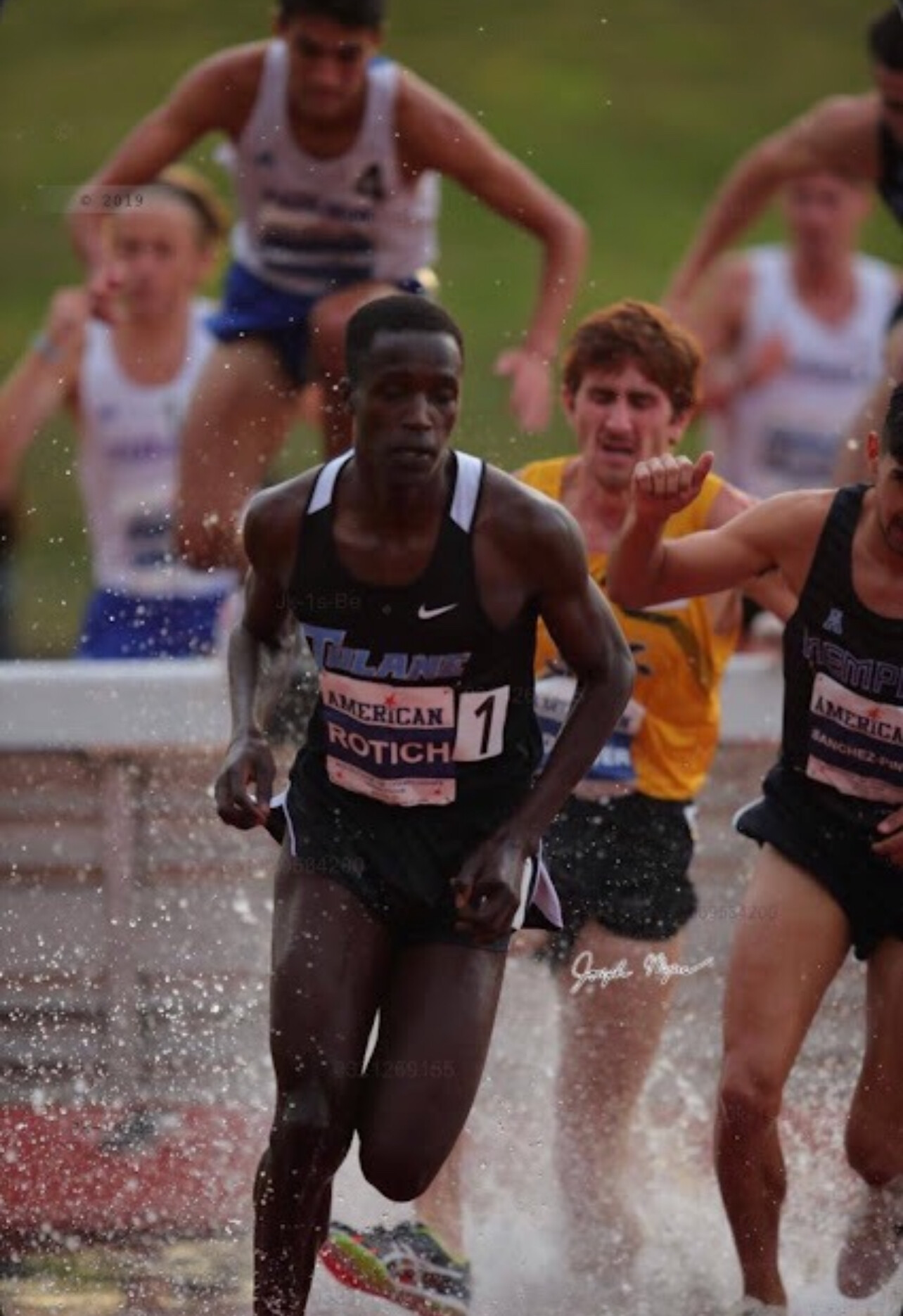
A Unique Mission: Athletics and Agriculture
In just 90 days, KATA has grown into a movement unlike anything else in the world. The program now operates 30 KATA Running Camps across Kenya, along with 20 additional KATA Potato Farms, bringing the total to 50 KATA farms. These farms provide both food security and revenue streams while directly supporting the athletes who train under the KATA banner.
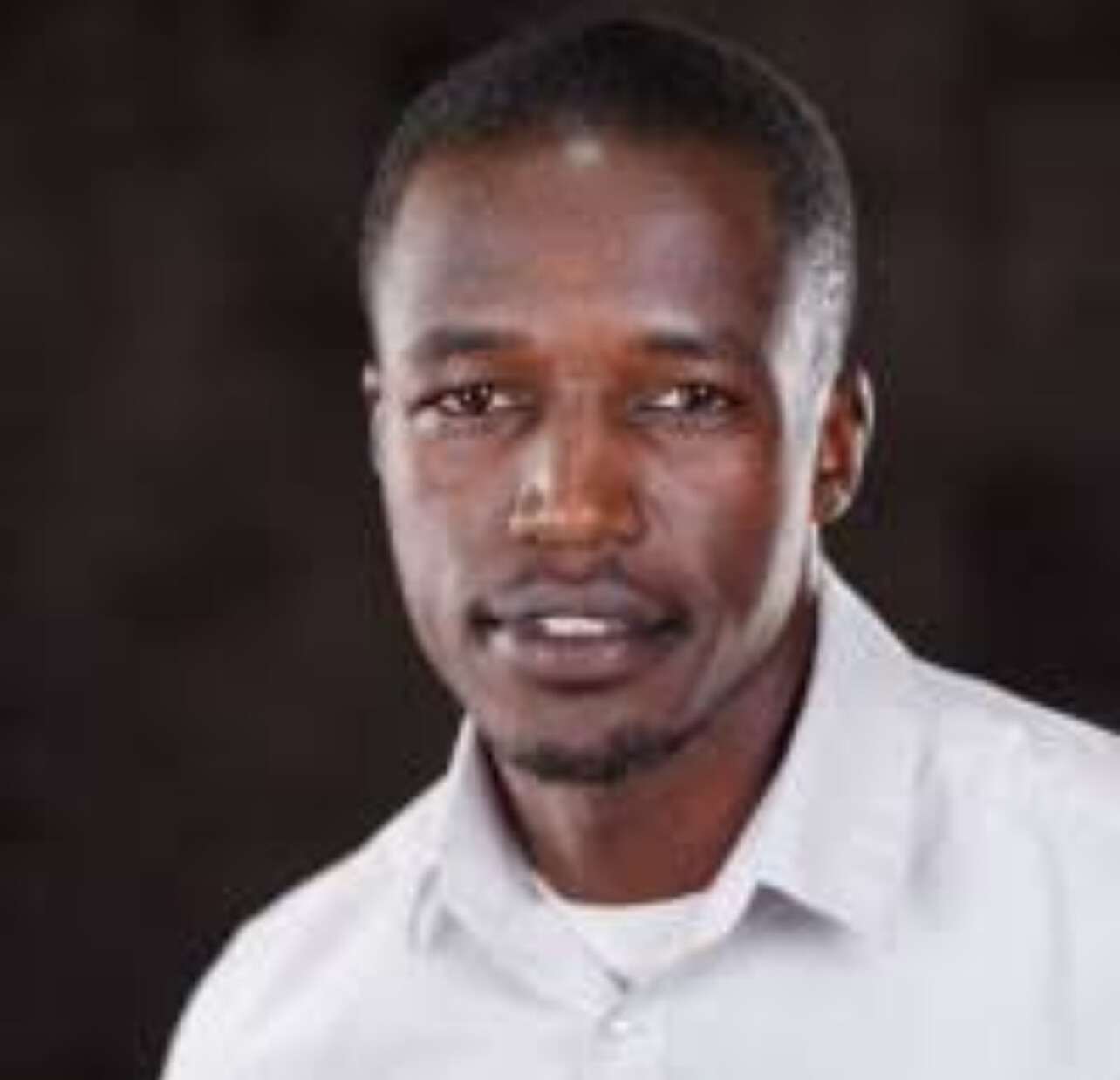
“There is nothing like this in the world,” said Emmanuel. “When Paul Kipsiele Koech, one of the 30 camp operators and an Olympic medalist, suggested I reach out to Bob—a person I had followed for years on Facebook—I hoped I would be selected to become part of the KATA family.”
Emmanuel Rotich: A Global Perspective

Born and raised in Kenya, Emmanuel Rotich brings an impressive mix of athletic, academic, and professional experience to KATA.
As a former student-athlete at Tulane University in New Orleans, he balanced competitive running with academics, earning a Bachelor’s degree in Architecture and a Master’s degree in Sustainable Real Estate Development. That journey instilled discipline, resilience, and a commitment to excellence—qualities he now carries into his professional career.

“I chose KATA because of its innovative approach to combining athletics with sustainable agriculture,” Emmanuel explained. “This dual focus reflects my values of personal development, community growth, and environmental responsibility.”
Vision for KATA
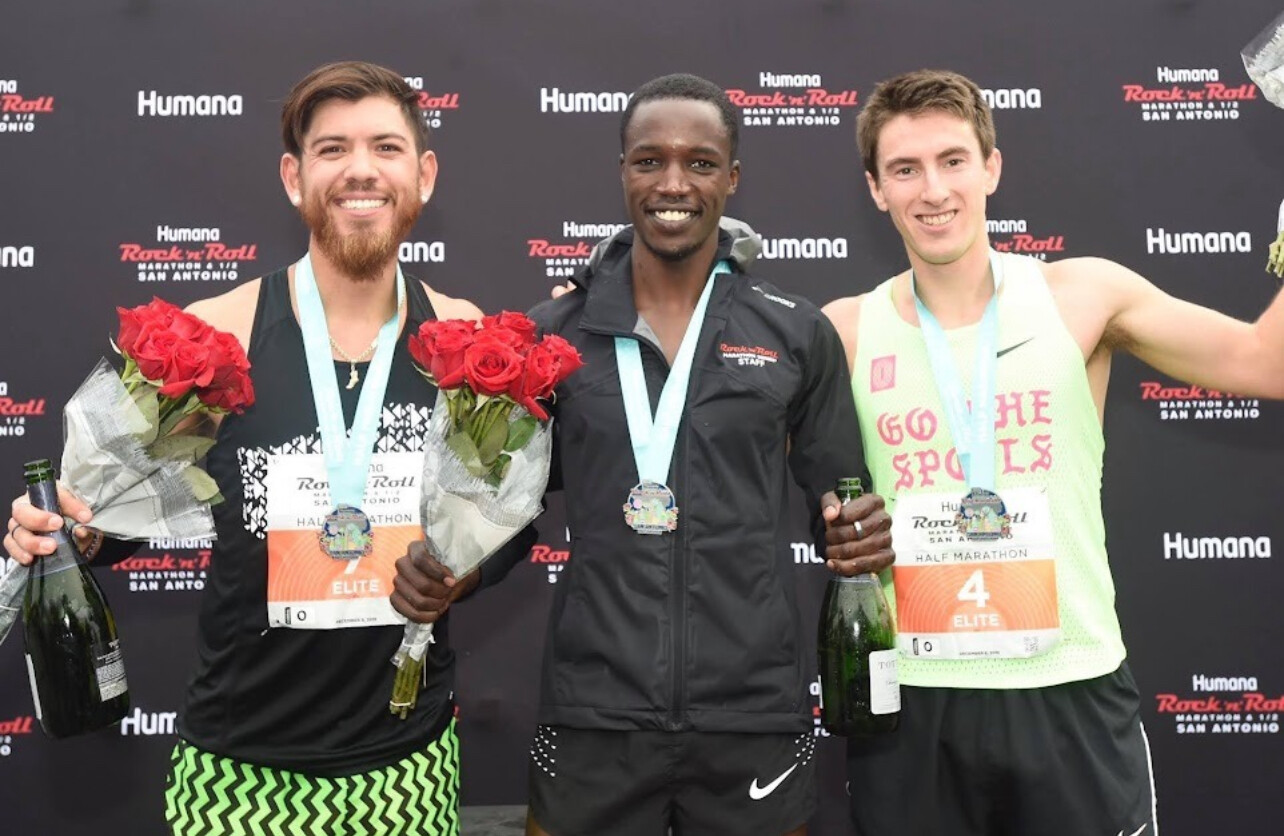
As International Manager, Emmanuel has outlined three clear goals:
1. Drive Business Growth – Build partnerships and expand KATA’s global influence.
2. Enhance Athlete Development – Ensure that runners in KATA Running Camps have the resources and opportunities they need to thrive.

3. Promote Sustainable Agriculture – Strengthen and grow KATA Potato Farms, which underpin the program’s long-term sustainability.
His professional background spans architecture, sustainable development, logistics, and operations management, combined with the firsthand perspective of an athlete. This balance of skills positions him uniquely to guide KATA into its next phase of growth.
Looking Ahead
“I see KATA not just as an academy but as a movement that integrates sports and sustainability,” Emmanuel said. “By combining athlete development with agricultural innovation, KATA creates a model that benefits individuals, communities, and the environment. I am inspired by Bob Anderson’s leadership and excited to contribute to this vision on both local and international levels.”
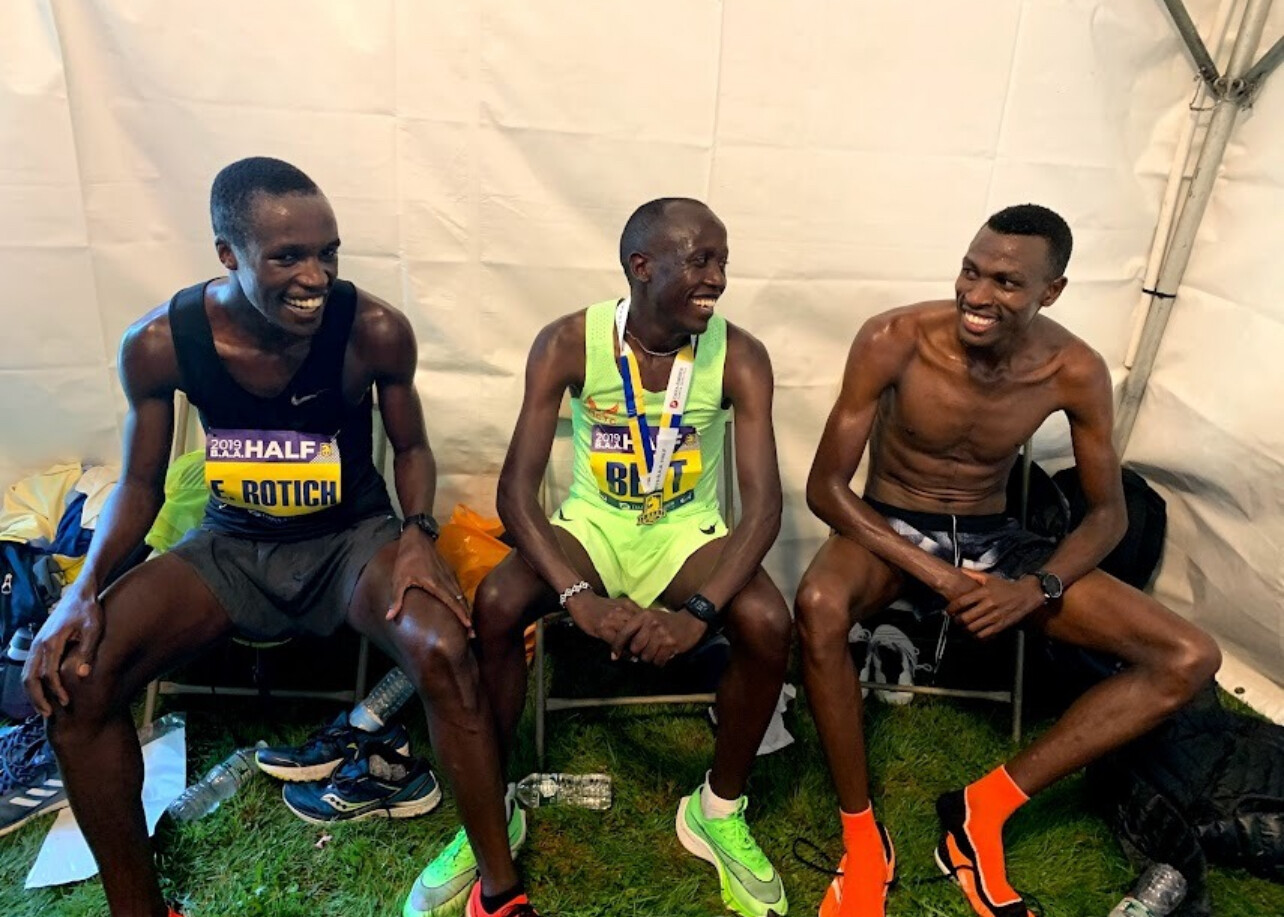
With Emmanuel Rotich stepping in as International Manager, KATA continues to gain momentum as a pioneering force in athletics and agriculture. What began as an idea just three months ago has already blossomed into a transformative program with global reach—and Emmanuel’s appointment signals that this is only the beginning.
(08/20/2025) ⚡AMPby Boris Baron
Dayna Pidhoresky Returns to TCS Toronto Waterfront Marathon
Canadian international Dayna Pidhoresky will return to the scene of arguably her greatest triumph on October 19, lining up at the TCS Toronto Waterfront Marathon.
It was at this World Athletics Elite Label Race in 2019 that the long-time Vancouver resident cemented her place on Canada’s Tokyo Olympic team by winning the Canadian Championship—and with it, an automatic berth. That performance also produced a personal best of 2:29:03, a time that still ranks her as the 9th fastest Canadian woman in history.
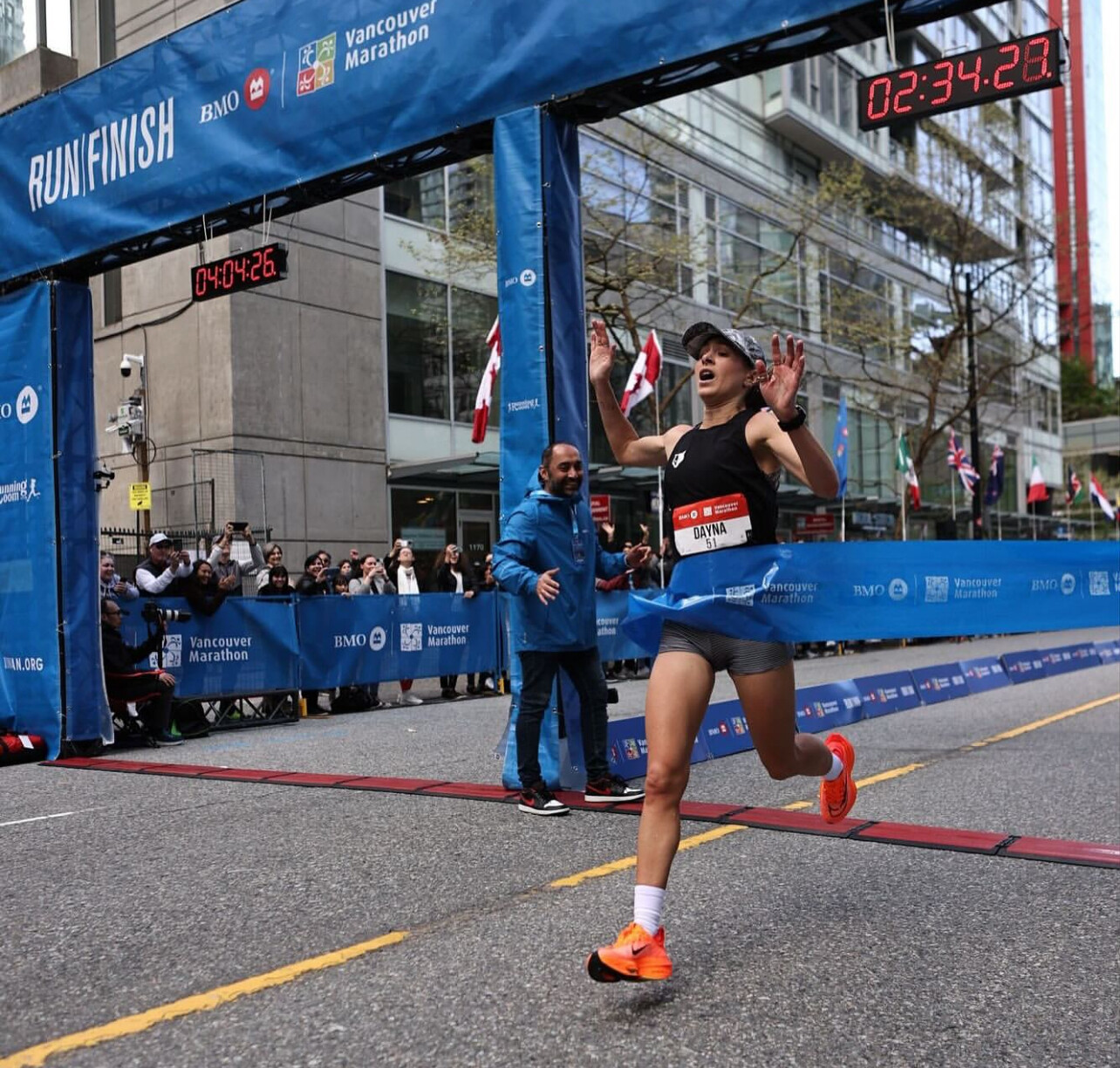
Now 38, Pidhoresky will be contesting Toronto for the fourth time, with this year’s edition once again serving as the Canadian Marathon Championship.
“I know it’s pretty fast based on having run my two fastest times there,” she says of her eagerness to return. “And just being a Canadian championship is a huge draw. There’s a little more incentive than lining up in Chicago or somewhere like that.

“That, I think, as well as being in Canada, it’s a little bit easier to get to than traveling far. All those things keep me coming back. It’s hard to race somewhere else in the fall, I think.
Pidhoresky has represented Canada on the world stage before, competing at the 2017 World Championships in London. Her Olympic journey, however, was far from ideal. On her flight to Tokyo, she was seated near a passenger who later tested positive for Covid. Instead of experiencing the joys of being an Olympian, she was forced into a 14-day quarantine—hardly ideal preparation for the biggest race of her life. On race day, she struggled and finished last.
Since then, she has proven her resilience, bouncing back to win the Vancouver Marathon in 2023 and again in 2025. Adding another Canadian title would be a meaningful milestone.
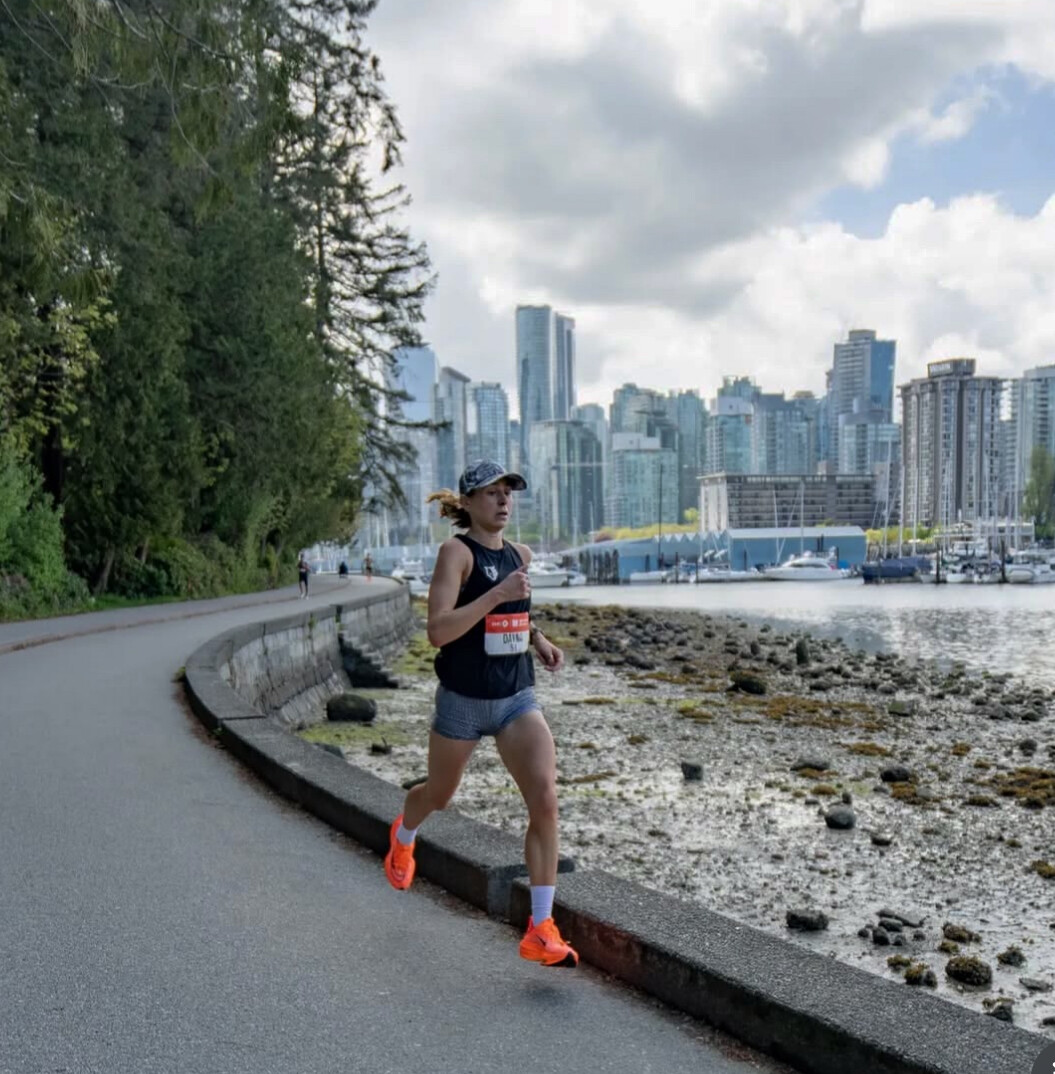
“My [national] championships wins are so spaced out from each other,” she explains. “I think 2011 was my first Canadian championship at 10K, then the marathon in 2019. So, if I could take another one in 2025, that would really show the span of my career.”
Staying healthy has always been one of her greatest challenges. Together with her husband and coach, Josh Seifarth, she has adjusted her training to improve consistency.
“I definitely cross-train a lot more,” Pidhoresky says. “That’s something I’ve done the last couple of years—trying to find the right balance between cross-training and running.
“In the past I might have run north of 170 km per week or had many weeks at 160 km. Now, although I might be fine doing that, I think it’s a little safer to keep it in the 130–140 km range during a marathon buildup and then supplement that with cycling.”
Six years after her personal best, Pidhoresky believes her best races are still ahead.
“Yeah, I think so for sure!” she declares. “That’s the frustrating part, and maybe why I keep at it. I think if I wasn’t working out well or not racing to my ability, it would be easy to throw in the towel.
“But I know I can still have my best results—I know that for sure. It’s just whether it comes together on race day. That’s racing (laughs). But that’s what keeps me coming back from injuries, because I know my best days are ahead of me.”
Pidhoresky also draws inspiration from fellow Canadians. National record holder Natasha Wodak, an occasional training partner, continues to race strongly at age 43. Malindi Elmore represented Canada at the Paris Olympics last year at age 44. For Pidhoresky, it’s clear: elite athletes are enjoying longer careers than ever before.
(08/19/2025) ⚡AMPby Paul Gains
TCS Toronto Waterfront Marathon
The Scotiabank Toronto Waterfront Marathon, Half-Marathon & 5k Run / Walk is organized by Canada Running Series Inc., organizers of the Canada Running Series, "A selection of Canada's best runs!" Canada Running Series annually organizes eight events in Montreal, Toronto and Vancouver that vary in distance from the 5k to the marathon. The Scotiabank Toronto Waterfront Marathon and Half-Marathon are...
more...Battling the Elements: KATA Running Camp No. 29 Time Trials in Sirikwa
SIRIKWA, Kenya – August 18, 2025 – At nearly 2,600 meters above sea level, training is never easy—but that’s exactly the point. Athletes at KATA Running Camp No. 29, under the guidance of operator and coach Christopher Ronoh, tested their limits in the camp’s latest 10km time trial.
With steady rainfall, unforgiving hills, and the thin air of Kenya’s high-altitude highlands, the course demanded not only fitness but also courage and resilience. The results reflected that determination.
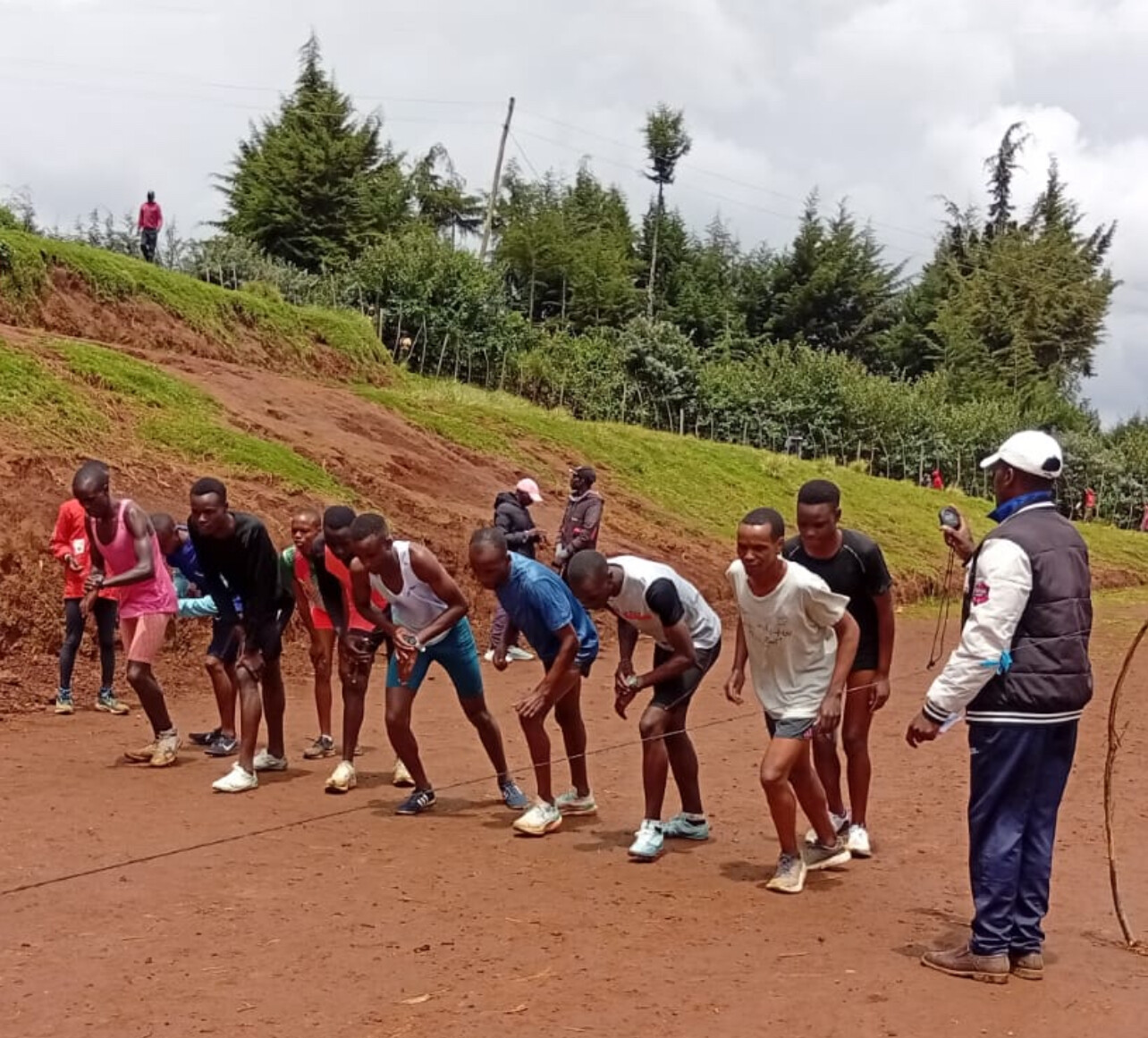
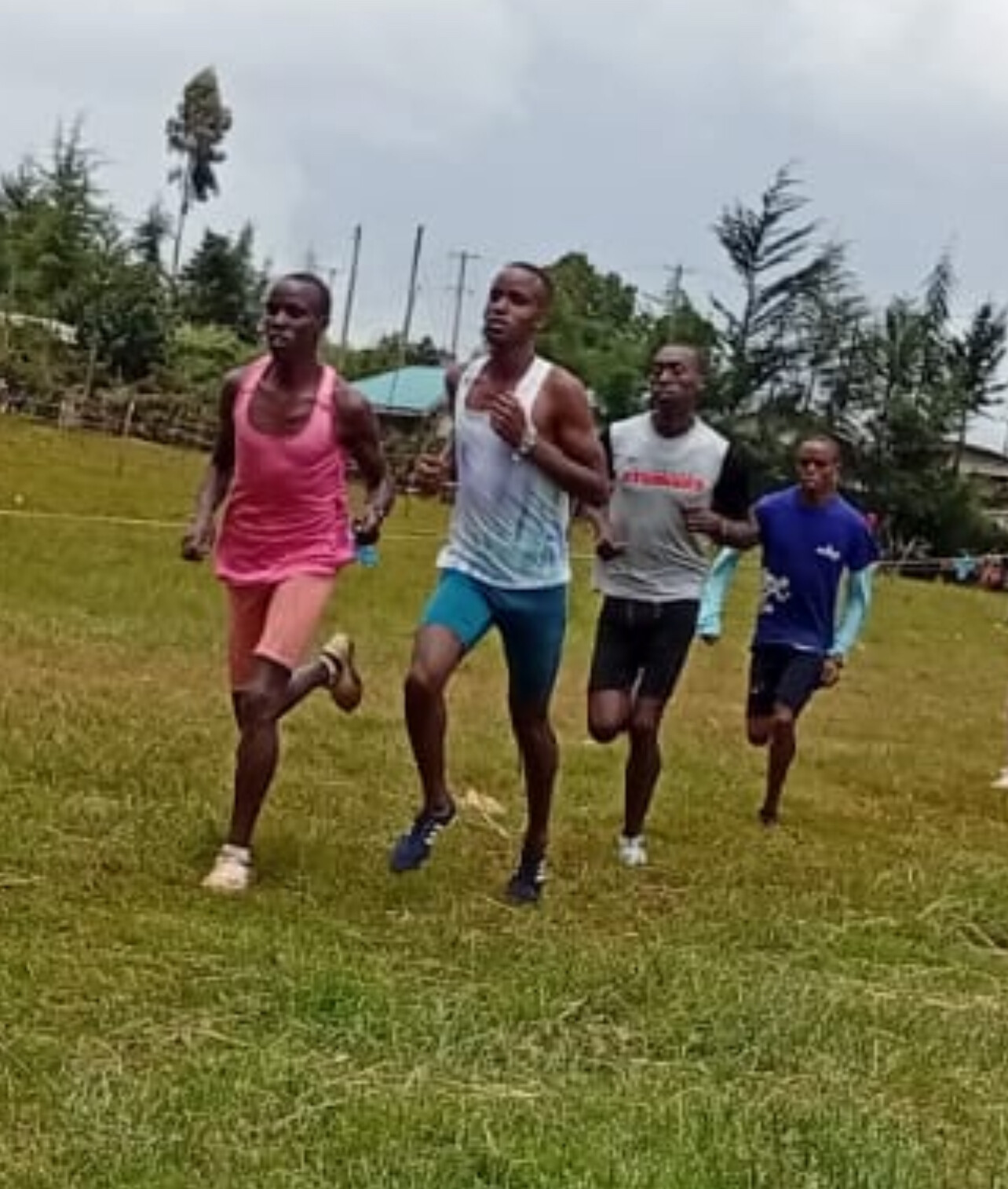
Men’s 10km Results
1. Nickson Kipkemoi – 31:05
2. Evans Langat – 31:20
3. Collins Bett – 31:32
4. Nickson Kiprotich – 31:49
5. Vincent Rono – 31:55
6. Shadrack Kiprotich Yego – 32:02
“These time trials are about more than finishing times,” said Coach Ronoh. “They teach athletes how to endure, how to handle pressure, and how to race in conditions that mirror what they’ll face internationally.”
Building Champions Through Challenge
The 10km effort was as much a mental test as a physical one. The rolling Sirikwa terrain combined with altitude pushed runners to dig deep—yet they rose to the challenge, showing the toughness that has long defined Kenyan distance running.
Kipkemoi’s 31:05 win on such a demanding course set the tone, but every athlete who crossed the line proved the strength of the camp’s training program.
Part of a Bigger Vision
KATA Running Camps, founded and directed by Bob Anderson, have rapidly grown to more than 30 locations across Kenya. Each camp provides structured training, coaching, food, and community support, with the long-term goal of preparing athletes for international success.
Time trials like this one are central to the program’s mission: sharpening athletes, building confidence, and shaping the next generation of Kenyan champions.
(08/18/2025) ⚡AMPby Boris Baron
Brothers From the UK Reconnect With Roots Through Running at KATA Thika Retreat
THIKA, Kenya, August 18, 2025 – When Amit and Mitul Pankhania landed in Kenya this August, it was more than a family visit. The brothers, both based in the United Kingdom, had come to see their parents, but they also sought something deeper—a chance to immerse themselves in the heartbeat of Kenyan running.
Their week-long stay at the Kenyan Athletics Training Academy (KATA) Thika Retreat, founded and directed by long-distance running enthusiast and My Best Runs publisher Bob Anderson, blended cultural reconnection with athletic discovery. It all culminated in their participation in the retreat’s monthly time trials, a hallmark of KATA’s training culture that attracts both local and international athletes.

A Shared Passion for Running
Though both hold demanding professional careers in the UK, Amit and Mitul share a love for fitness and recreational running. For them, the sport is about more than paces and splits—it’s about discipline, resilience, and connection.
“Kenya has always been close to our hearts,” Amit said after completing the time trial. “This time, instead of just visiting family, we wanted to experience what makes Kenyan athletes the best in the world. Staying at KATA Thika gave us that chance.”
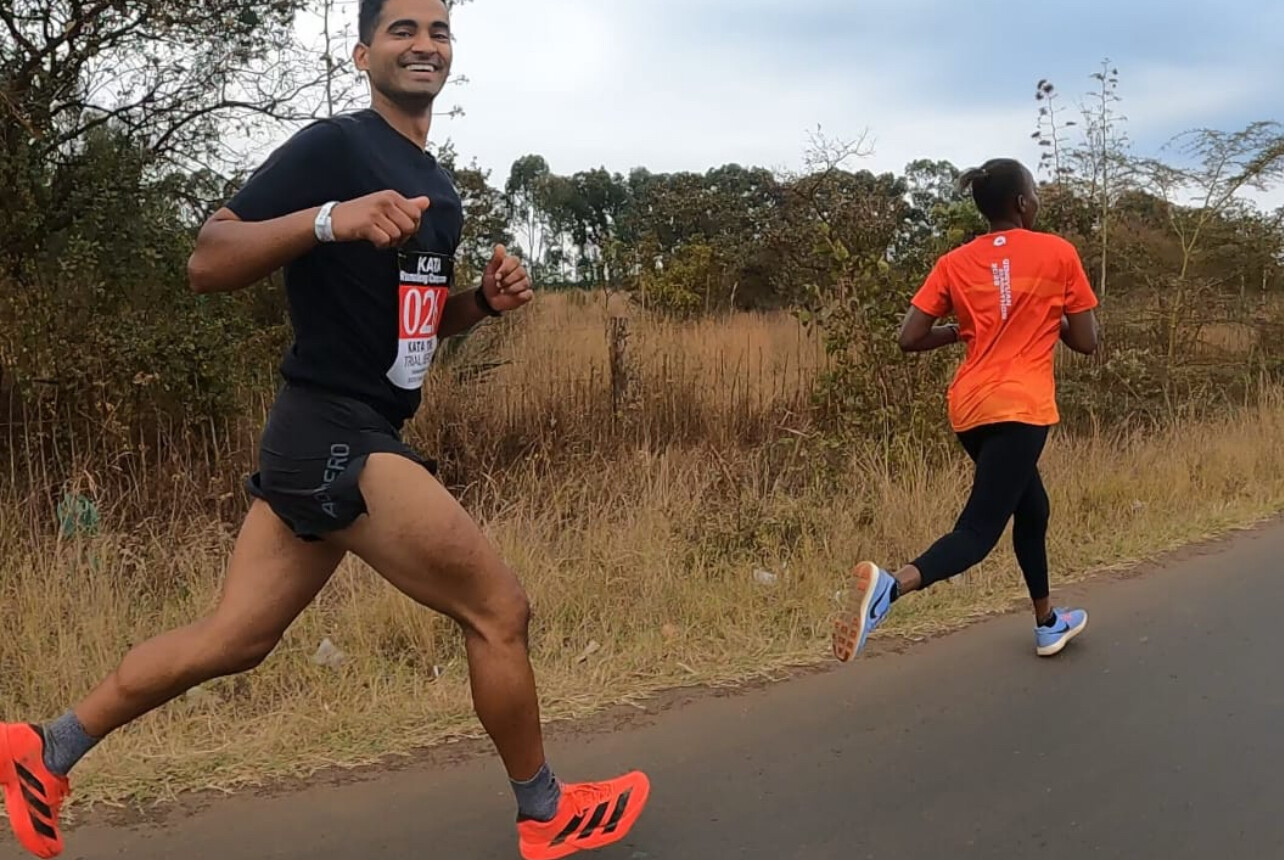
“It was inspiring to see the level of dedication here. Athletes wake up early, train hard, and push each other in ways you don’t often see back in the UK. Being part of that environment, even briefly, was eye-opening.”
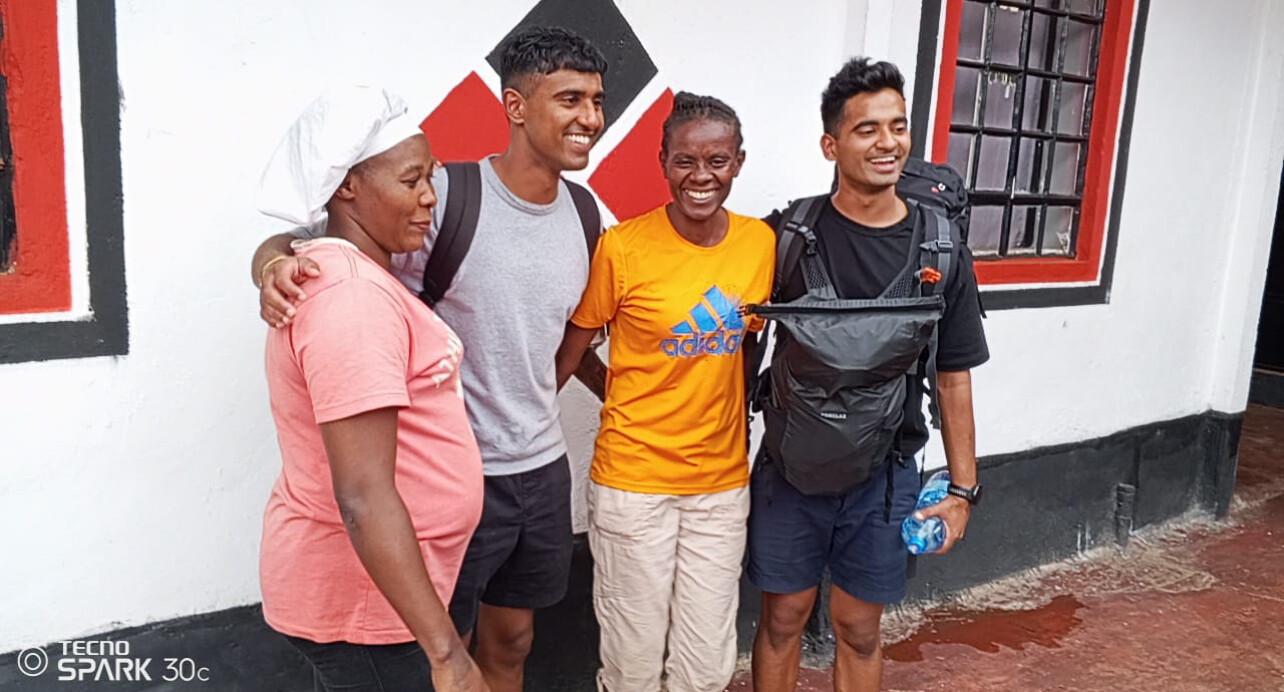
Training the Kenyan Way
For seven days, the brothers lived like KATA athletes. Mornings began with runs along Thika’s rolling hills, afternoons were spent on drills and strength work, and evenings turned into conversations about races, goals, and sacrifices.
“They didn’t come just as guests—they trained with us, ate with us, and encouraged everyone,” said Coach John, who leads training at the Thika Retreat. “That kind of interaction is important. Our athletes see how running connects people across continents.”
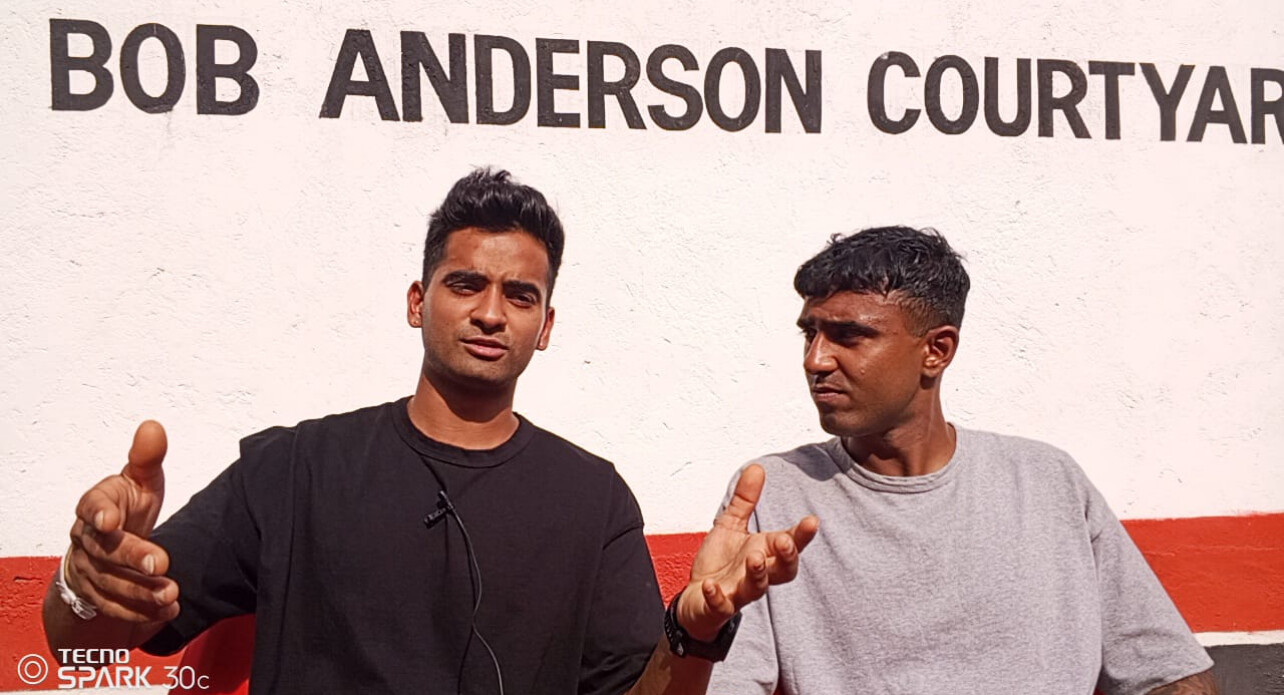
The Monthly Time Trials
The highlight of their visit came on Wednesday, August 13, at the retreat’s 5K and 10K time trials. On Thika’s undulating roads, the brothers lined up alongside dozens of local athletes, from young up-and-comers to seasoned competitors.
They weren’t there to chase podiums but to soak in the atmosphere. With nerves giving way to rhythm, Amit and Mitul pushed through the course, greeted at the finish line with cheers and applause.
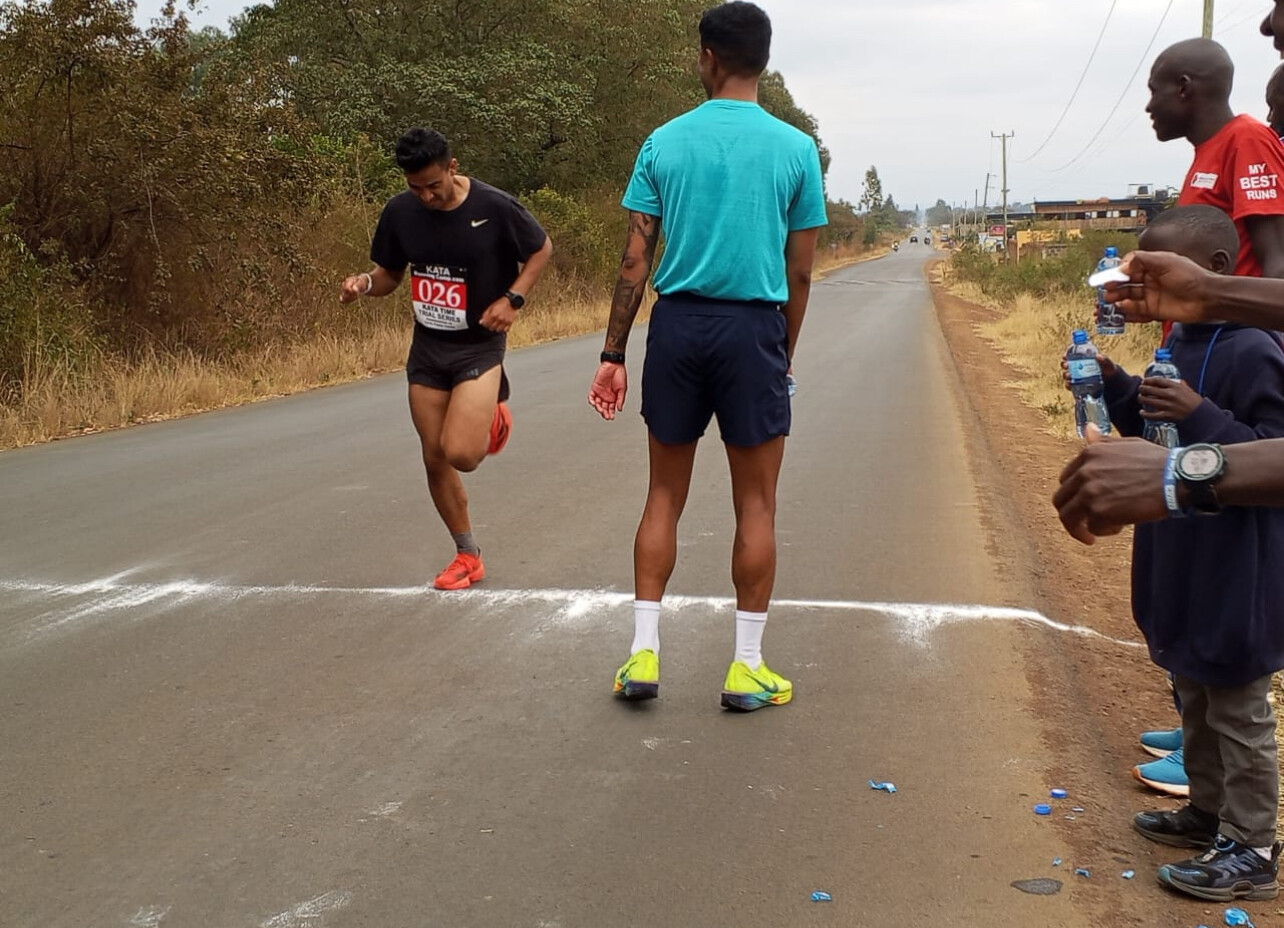
“The time trial was unforgettable,” Amit said. “It wasn’t about beating anyone—it was about being part of something bigger, a tradition that has shaped champions.”
Family, Roots, and Identity
Beyond training, the trip carried a personal weight. Visiting their parents in Kenya has always been a return to family roots. But staying at KATA Thika Retreat gave the journey new meaning.
“We grew up hearing about Kenyan running legends,” Mitul explained. “Being here, training in the same environment, made us proud of our heritage. Kenya isn’t just where our parents live—it’s a place of inspiration.”
Their parents, who visited the retreat one evening, were moved to see how athletics had deepened their sons’ connection to Kenya. It was a bridge across generations and cultures.
A Global Running Village
For Christopher Muiruri, who manages KATA Thika Retreat, stories like Amit and Mitul’s reflect its mission.
“When runners from abroad come here, it’s not just about training—it’s about learning, sharing, and inspiring,” he said. “The Pankhania brothers brought incredible enthusiasm, and they left with memories that will last a lifetime.”
Indeed, their journey underscored how running transcends borders. Whether on the streets of London or the roads of Thika, the sport continues to connect people in powerful ways.
Looking Ahead
As they return to the UK, Amit and Mitul carry more than memories. They take with them the rhythm of early-morning runs, the camaraderie of shared meals, and the spirit of Kenyan running that has inspired athletes worldwide.
“We’ll be back,” Amit promised. “And next time, we’ll bring friends to share this magic.”
Mitul added with a smile, “Running brought us closer to our heritage on this trip. That’s something you can’t put a price on.”
For KATA Thika Retreat, the visit was a reminder that athletics isn’t only about producing champions—it’s about building bridges. And for the Pankhania brothers, it was a journey that blended family, fitness, and the enduring heartbeat of Kenyan running.
(08/18/2025) ⚡AMPby Robert Kibet


